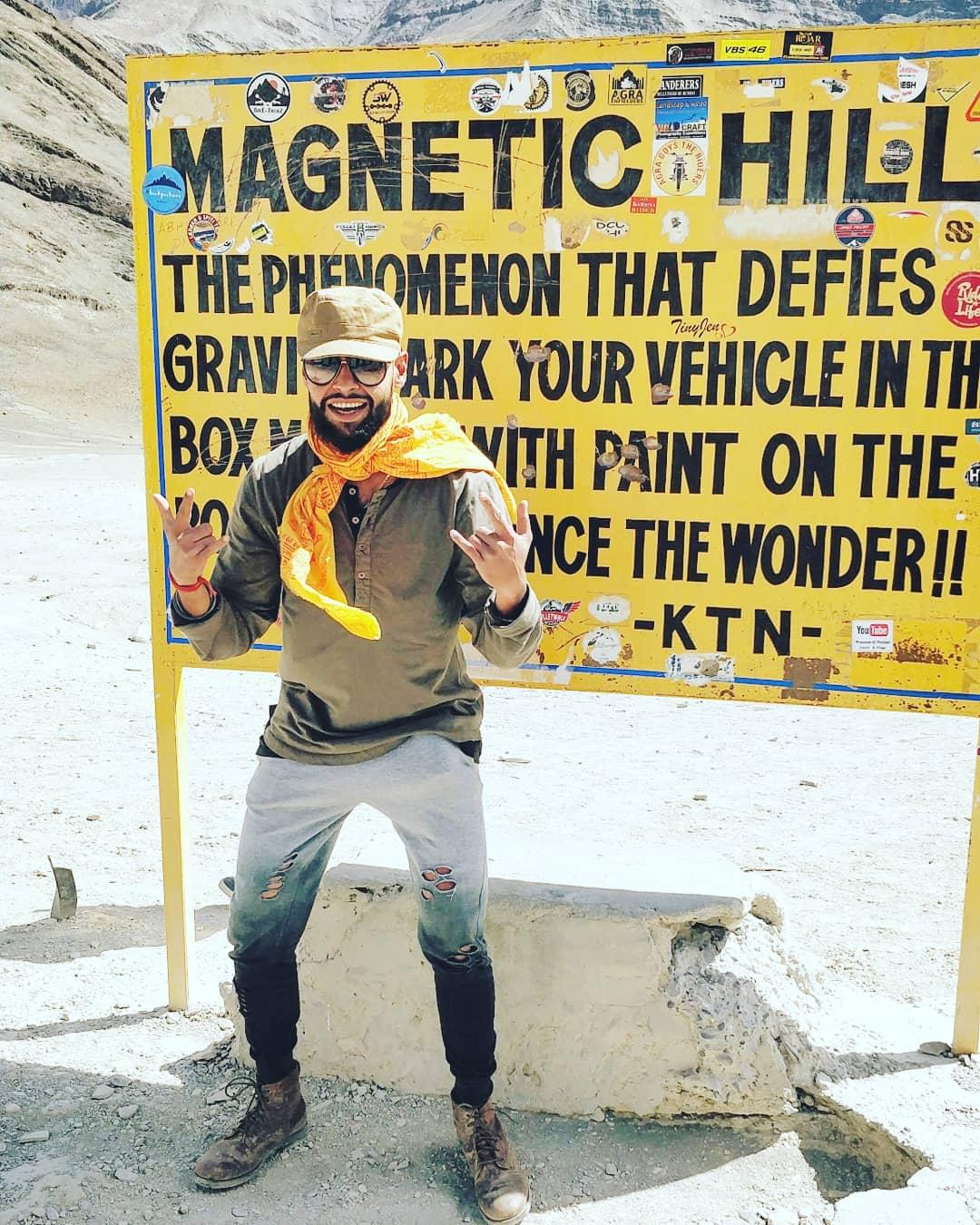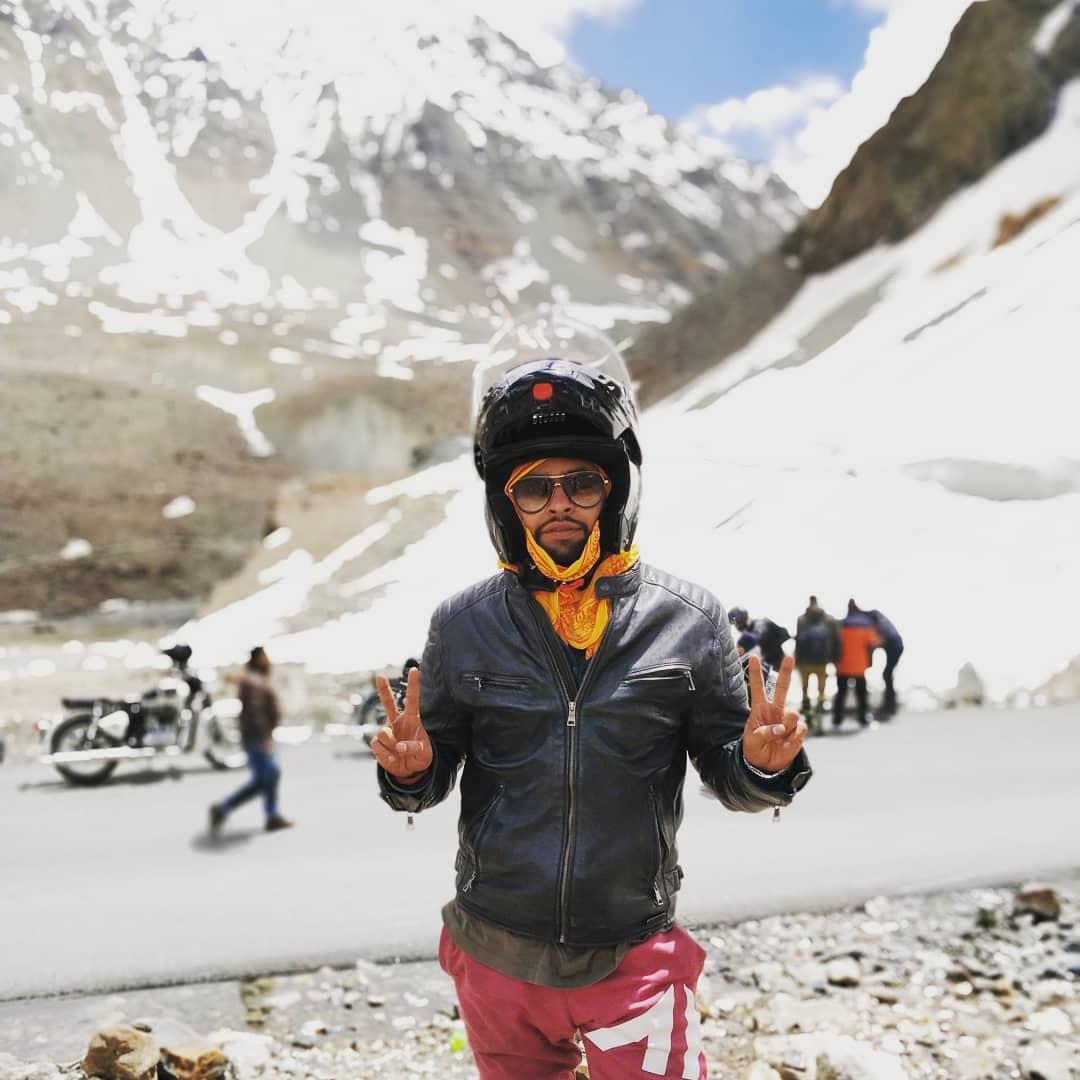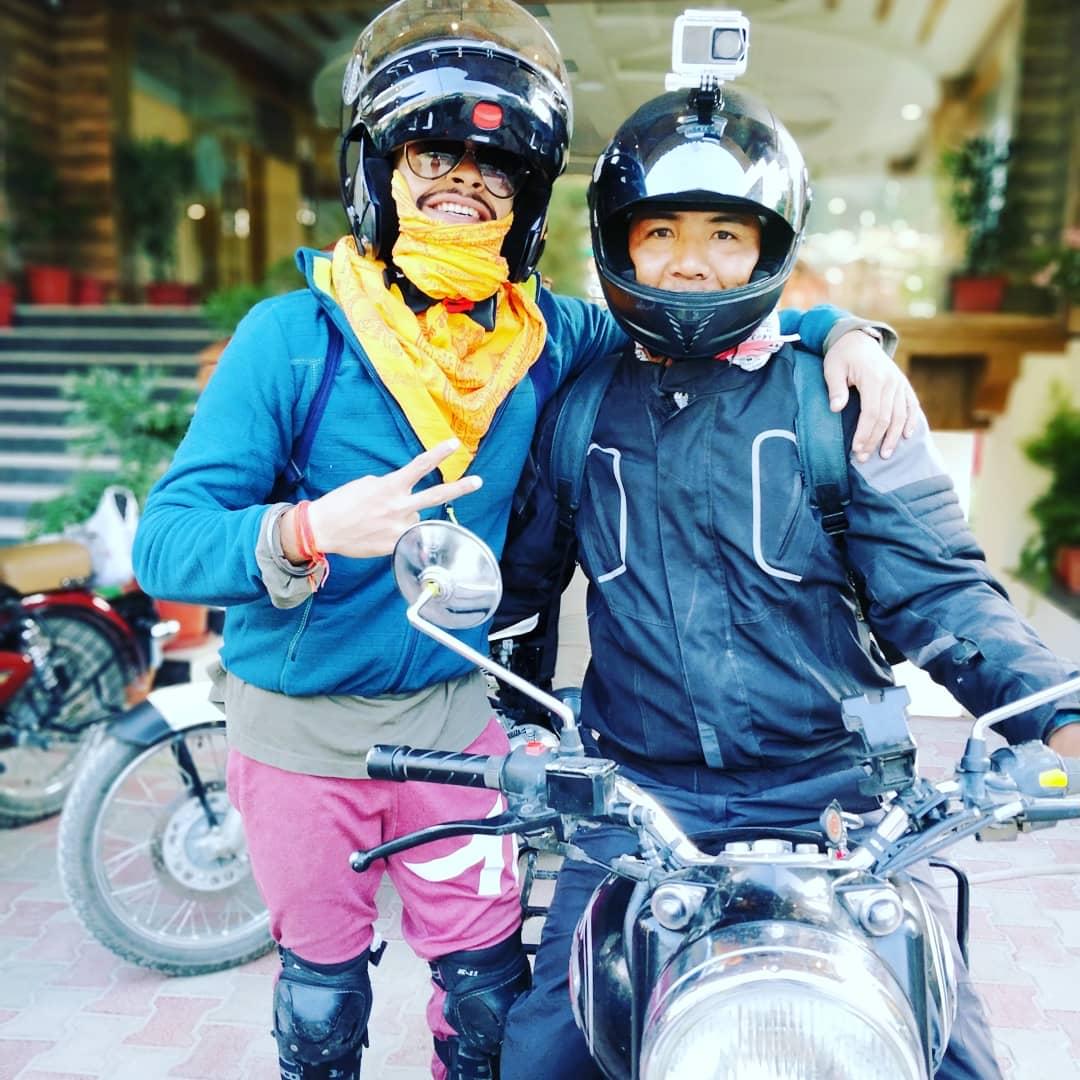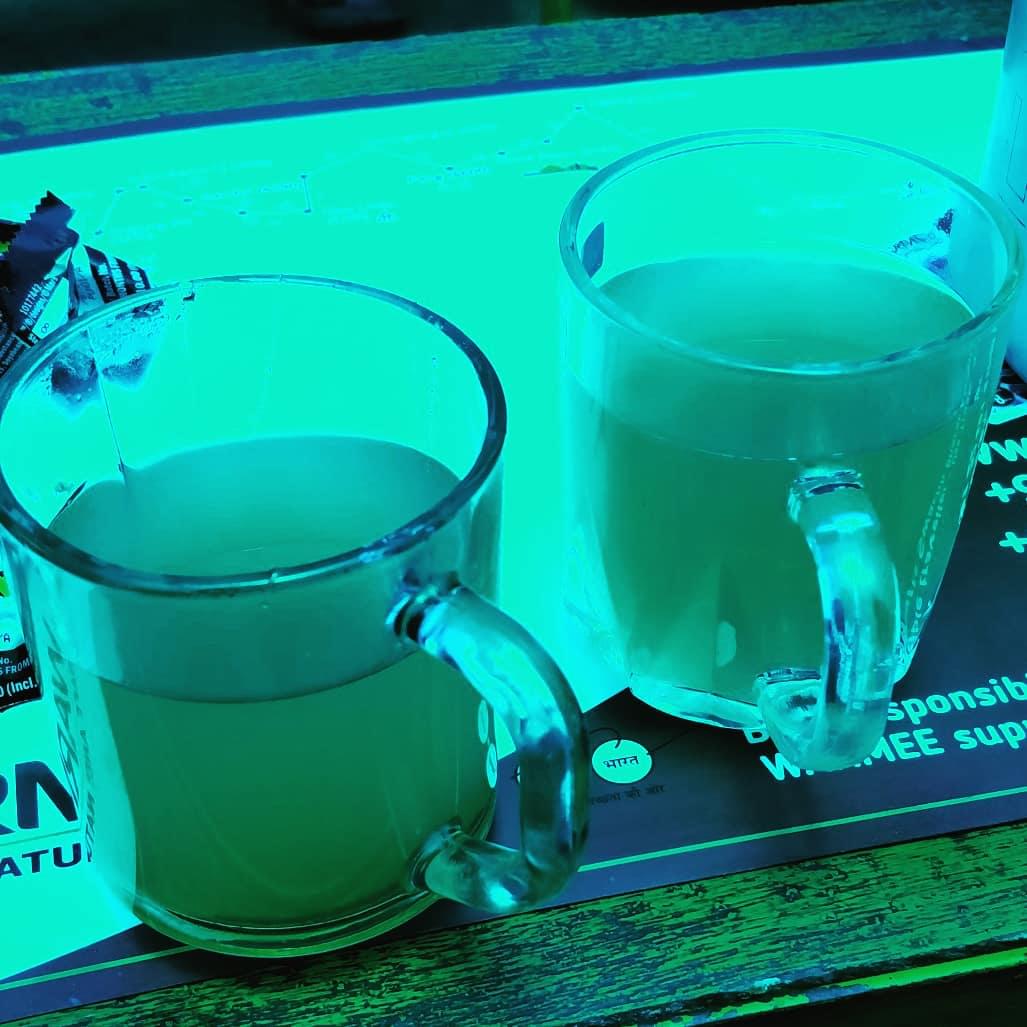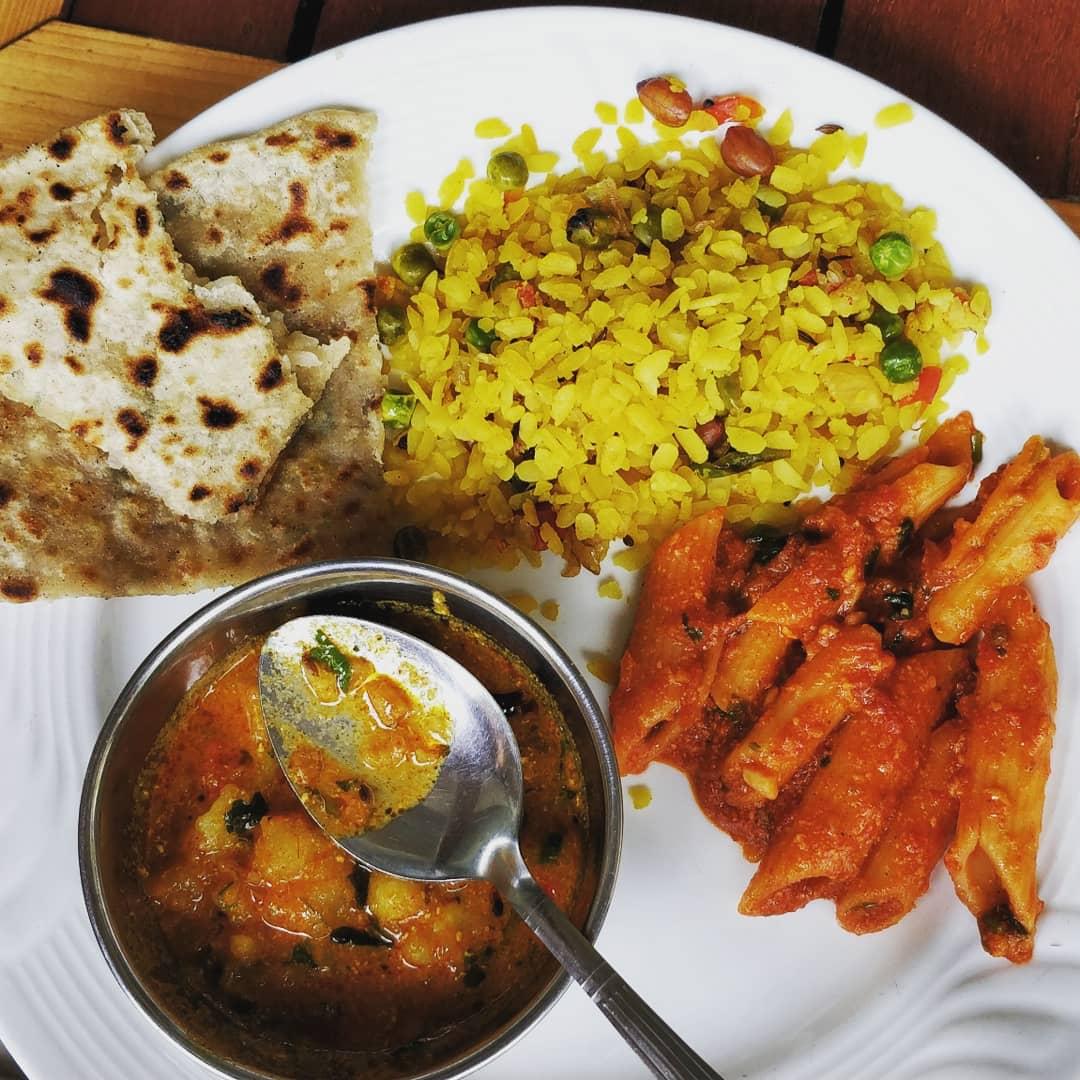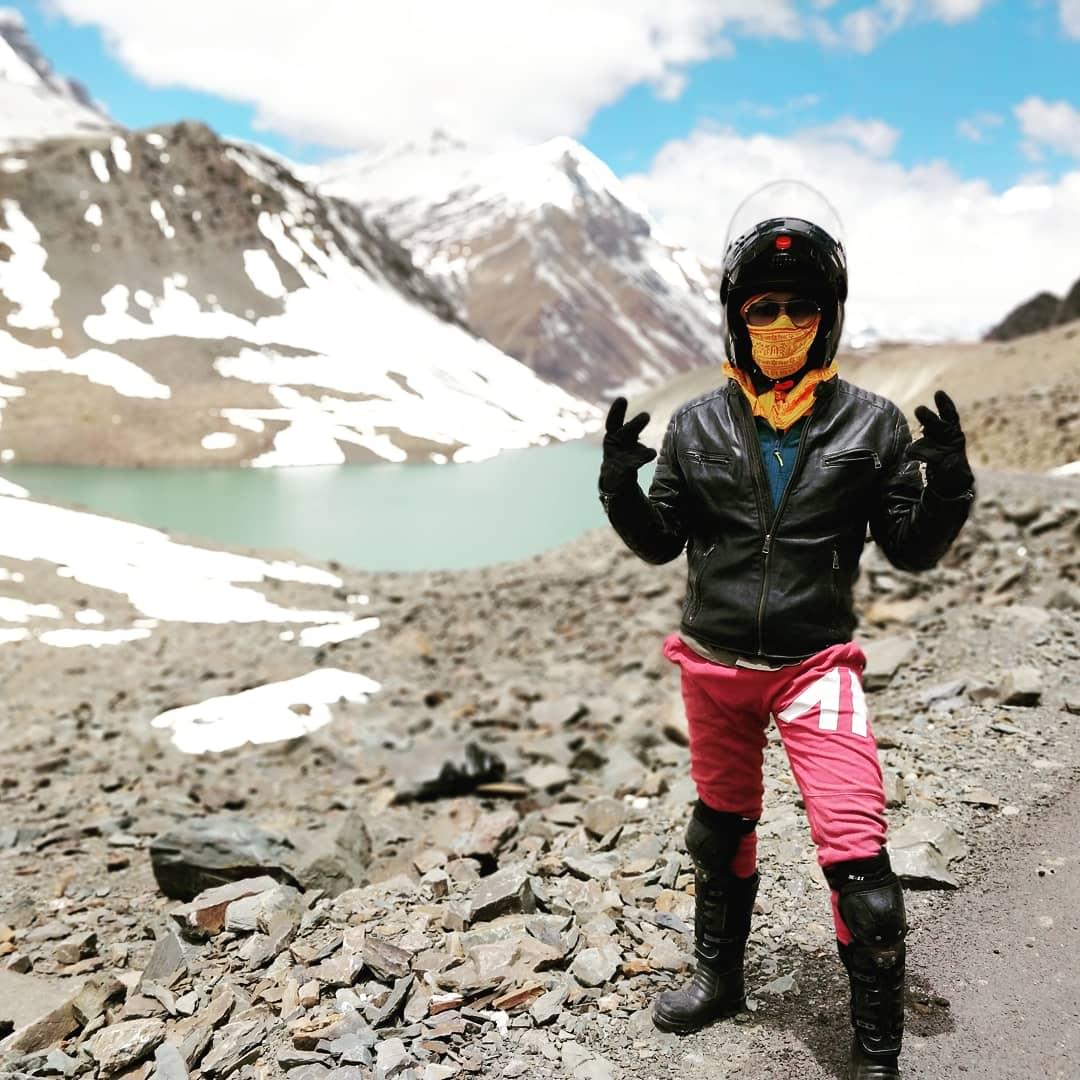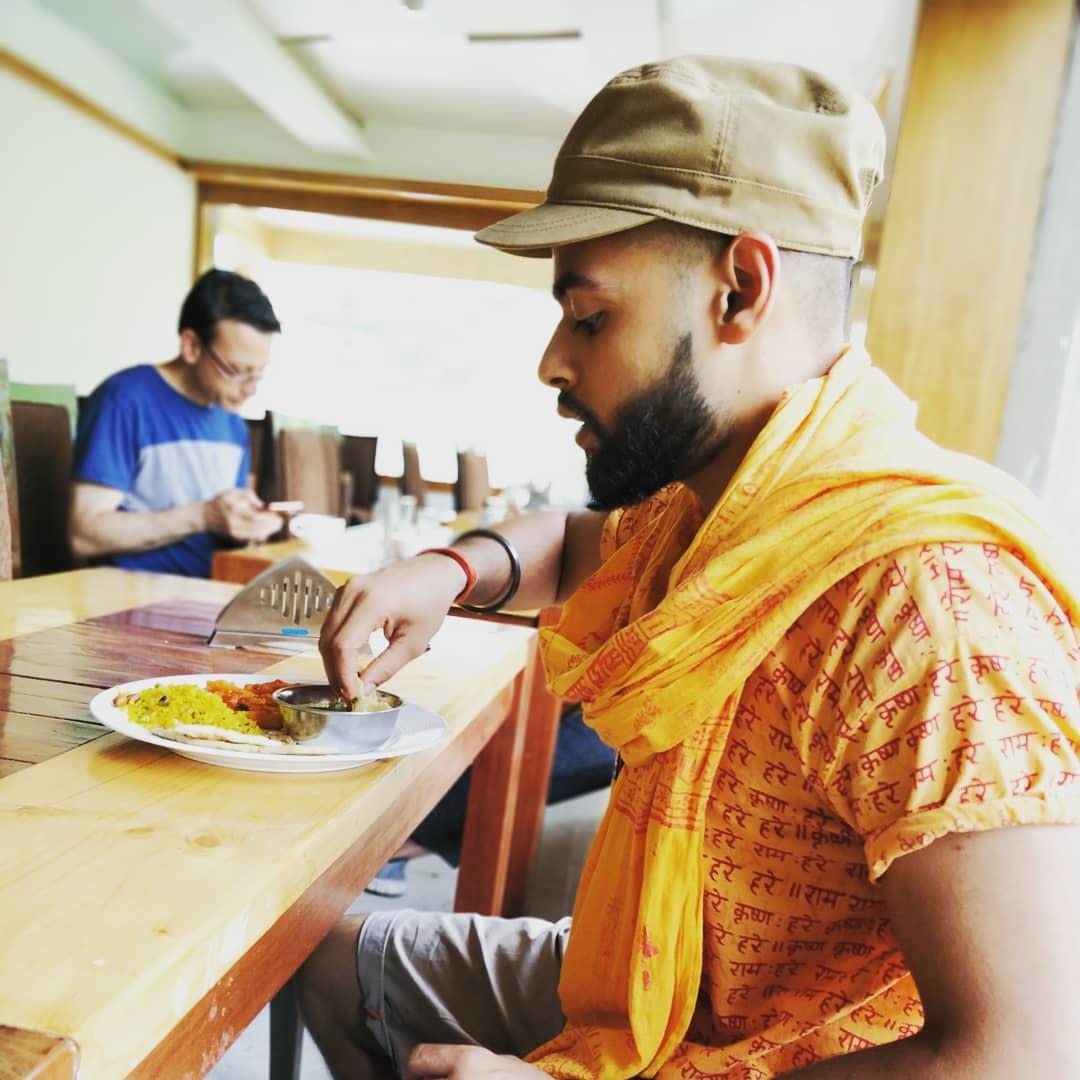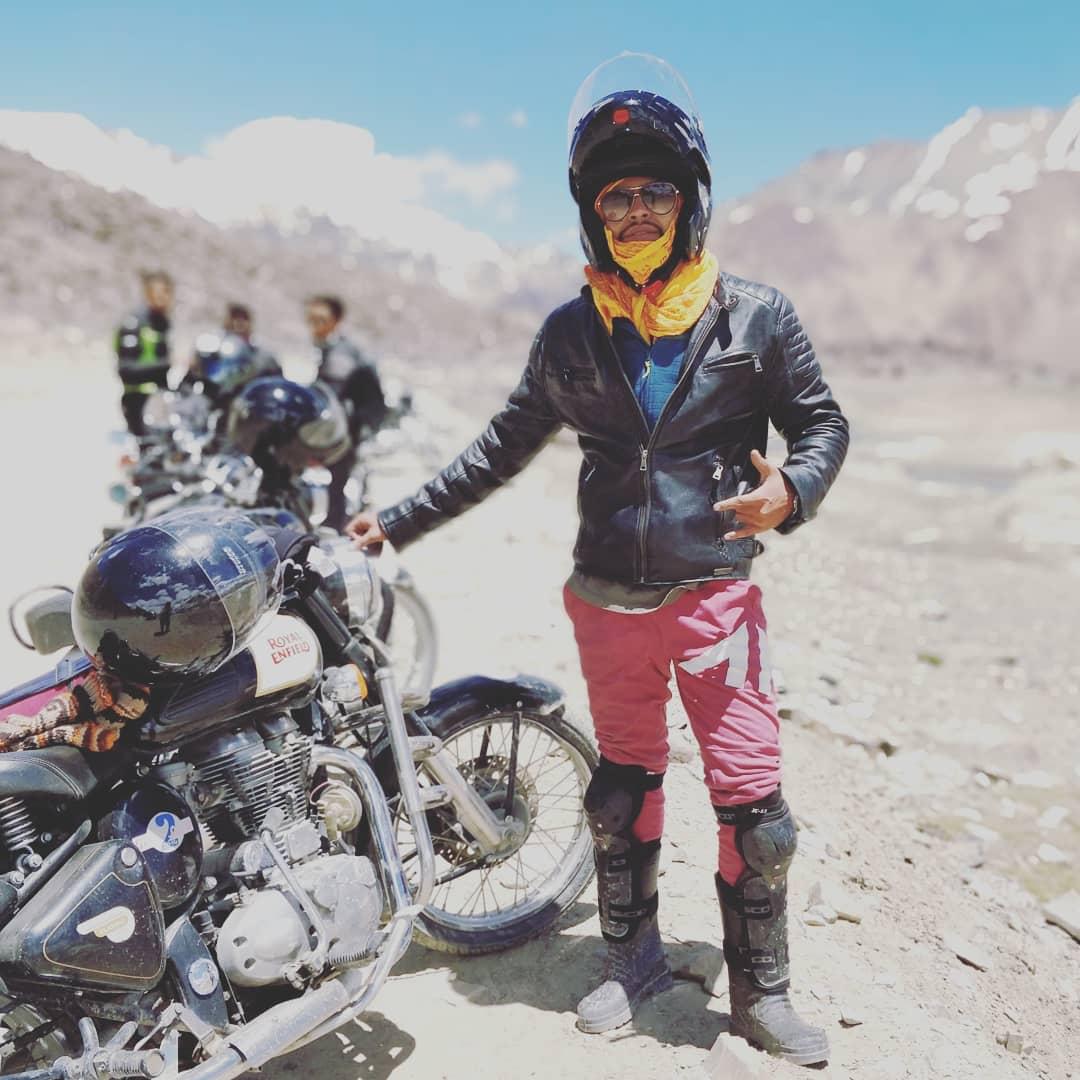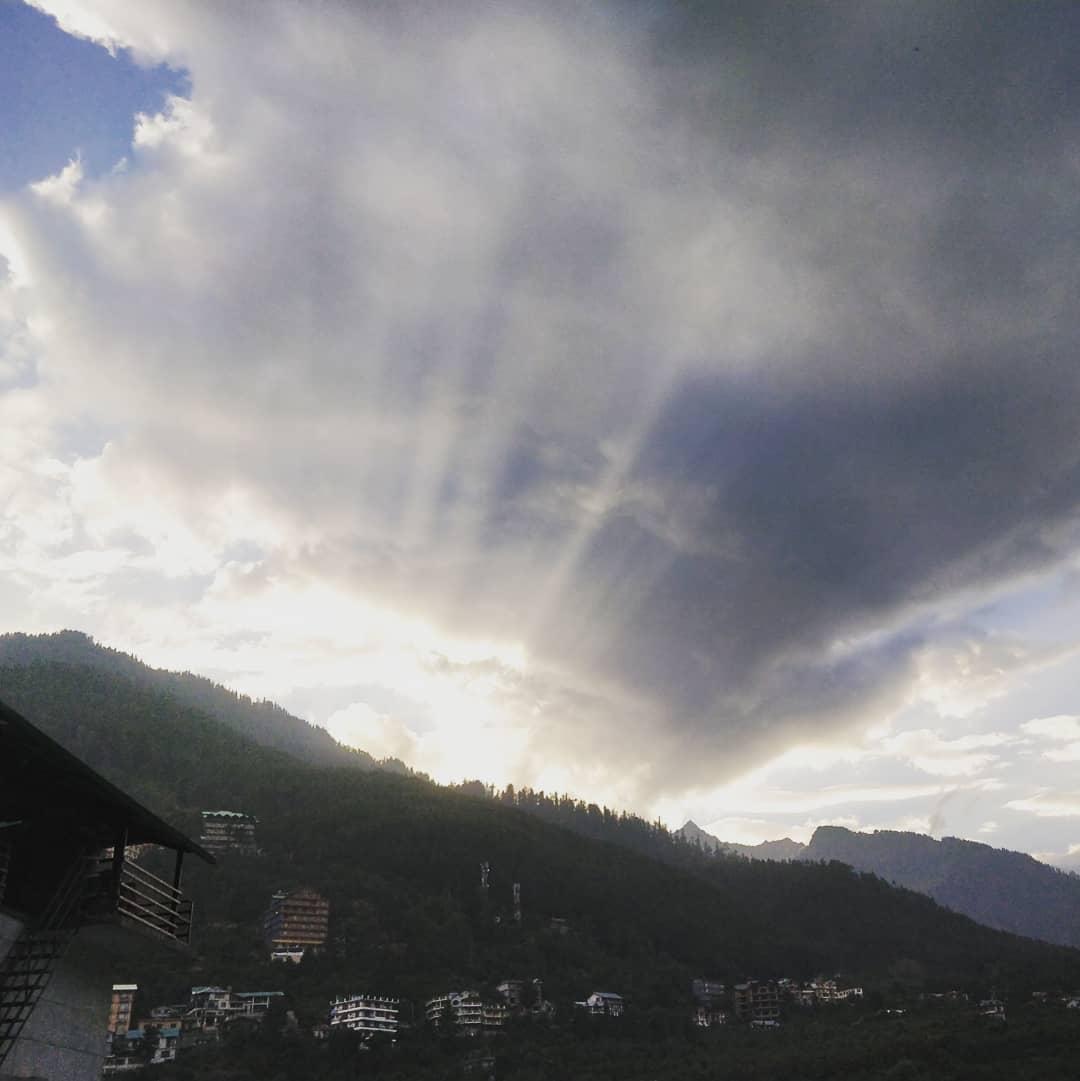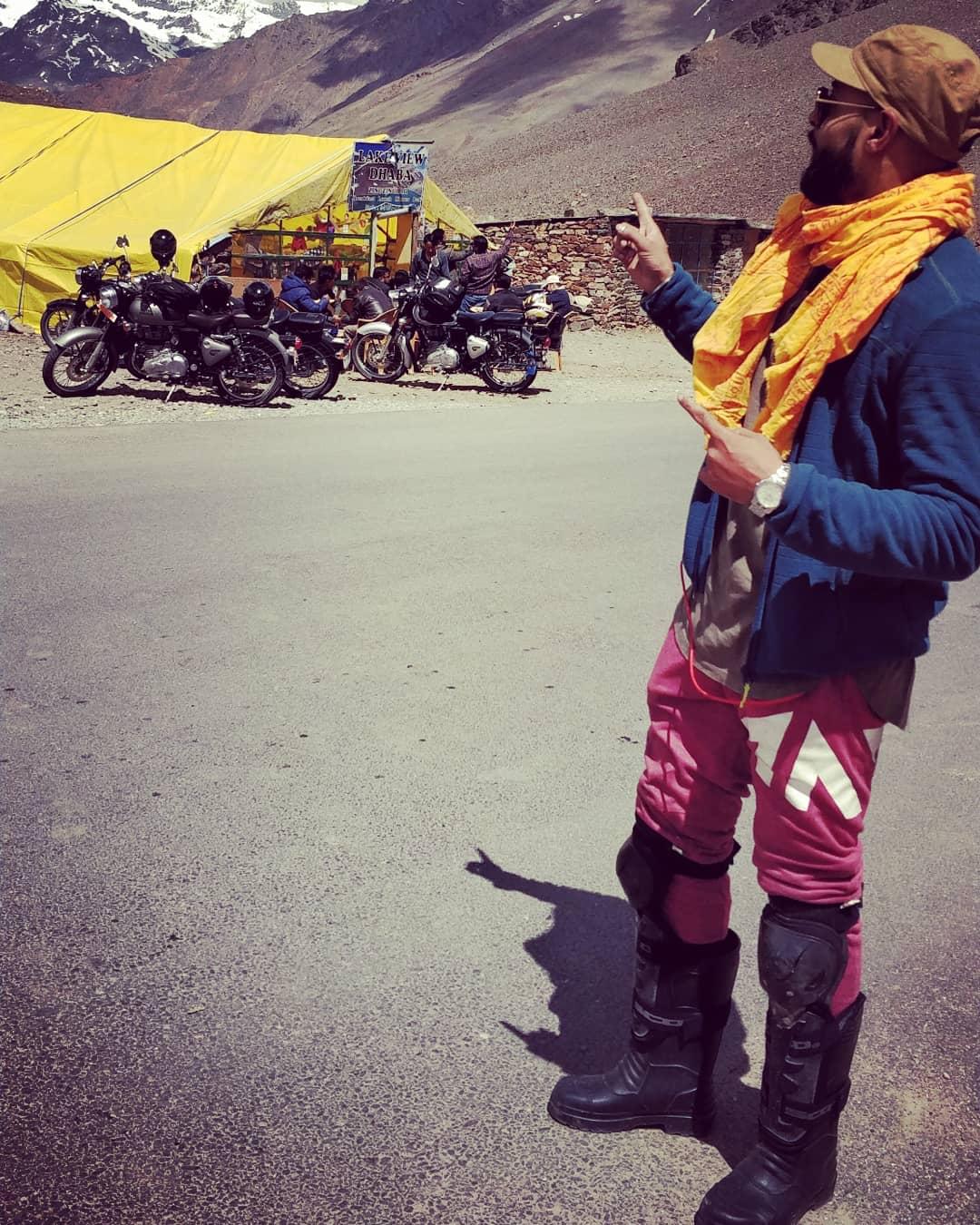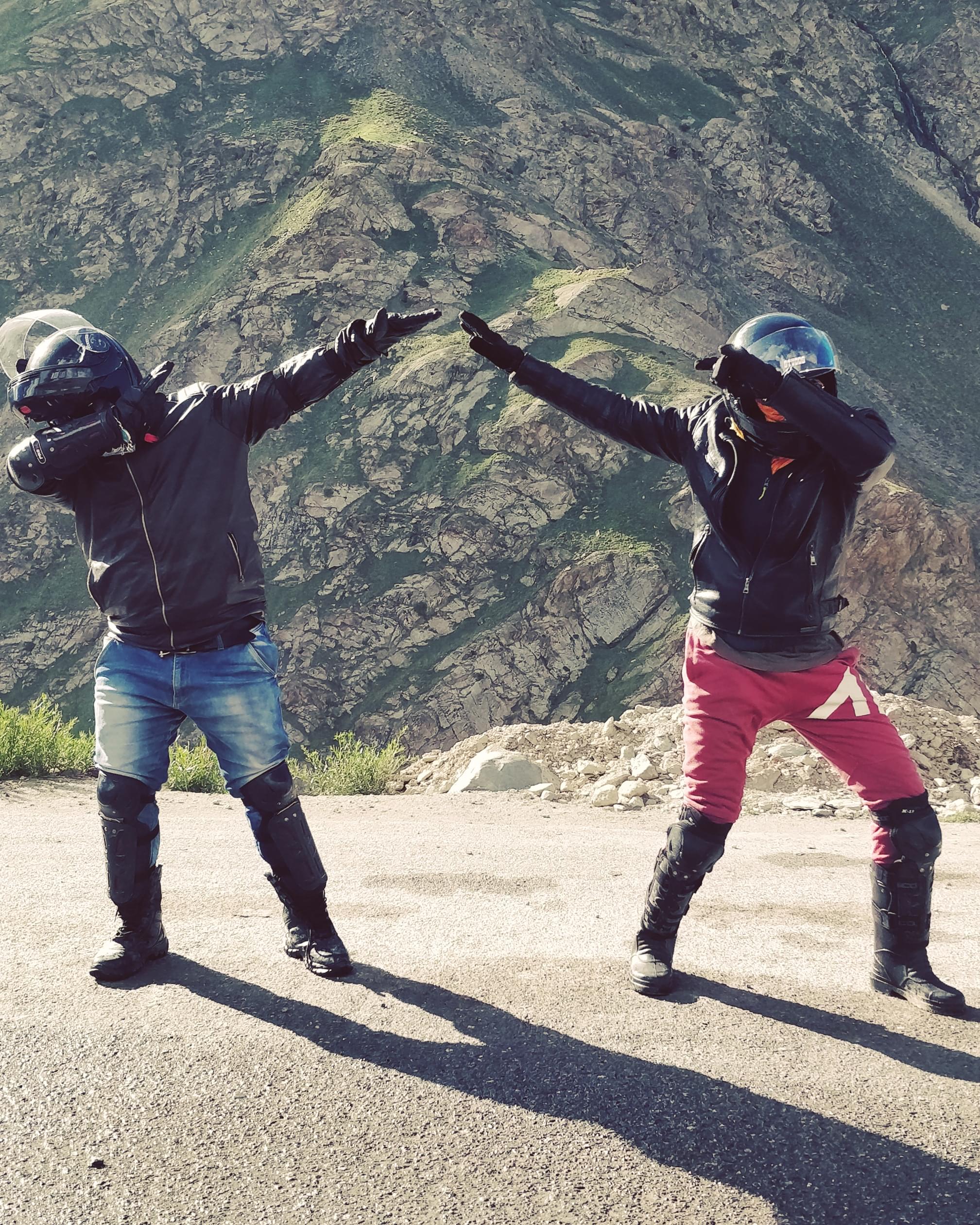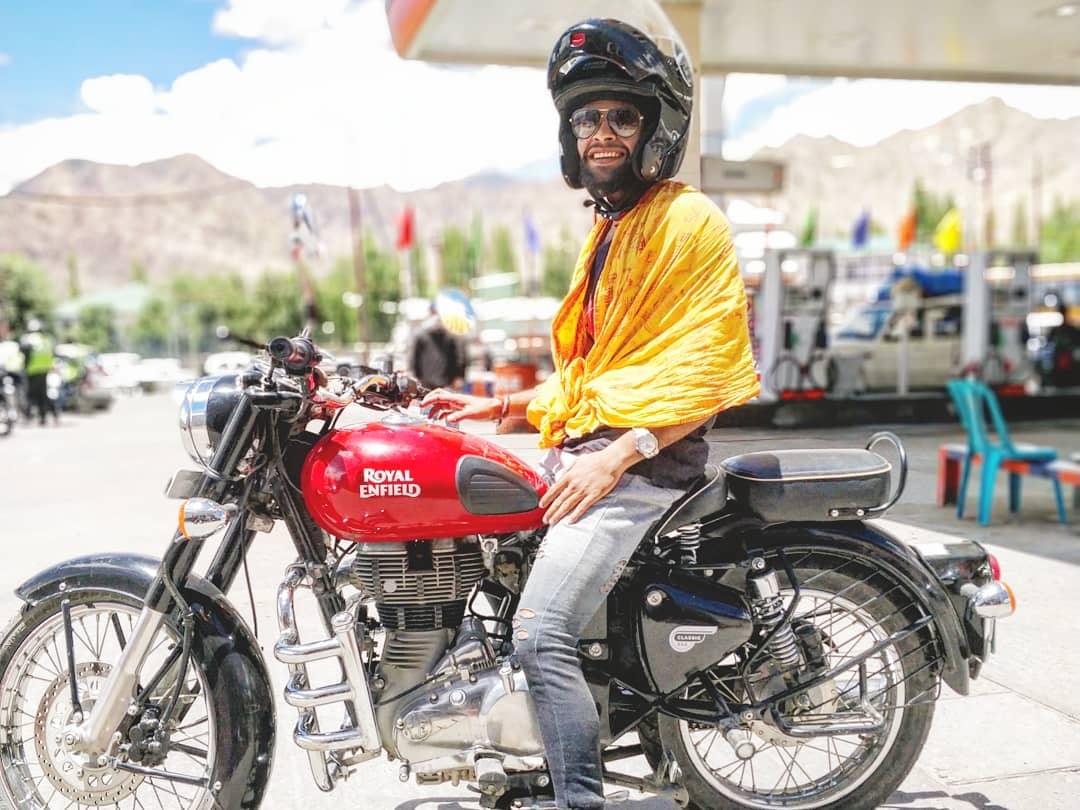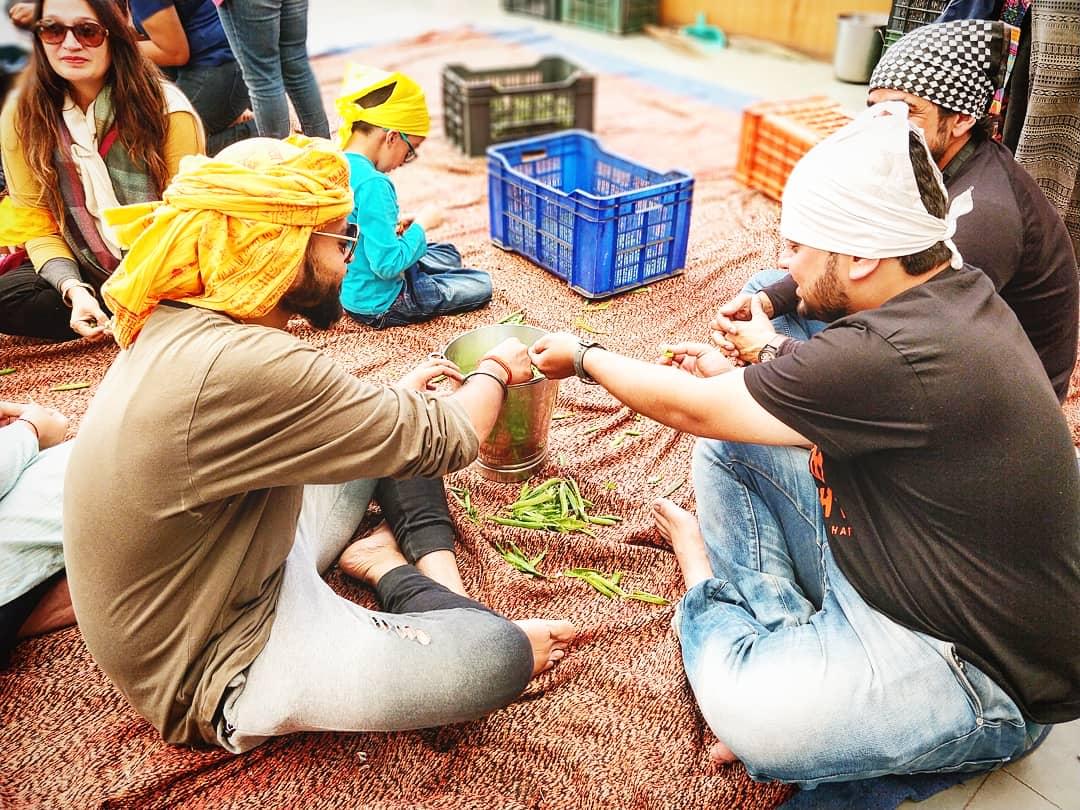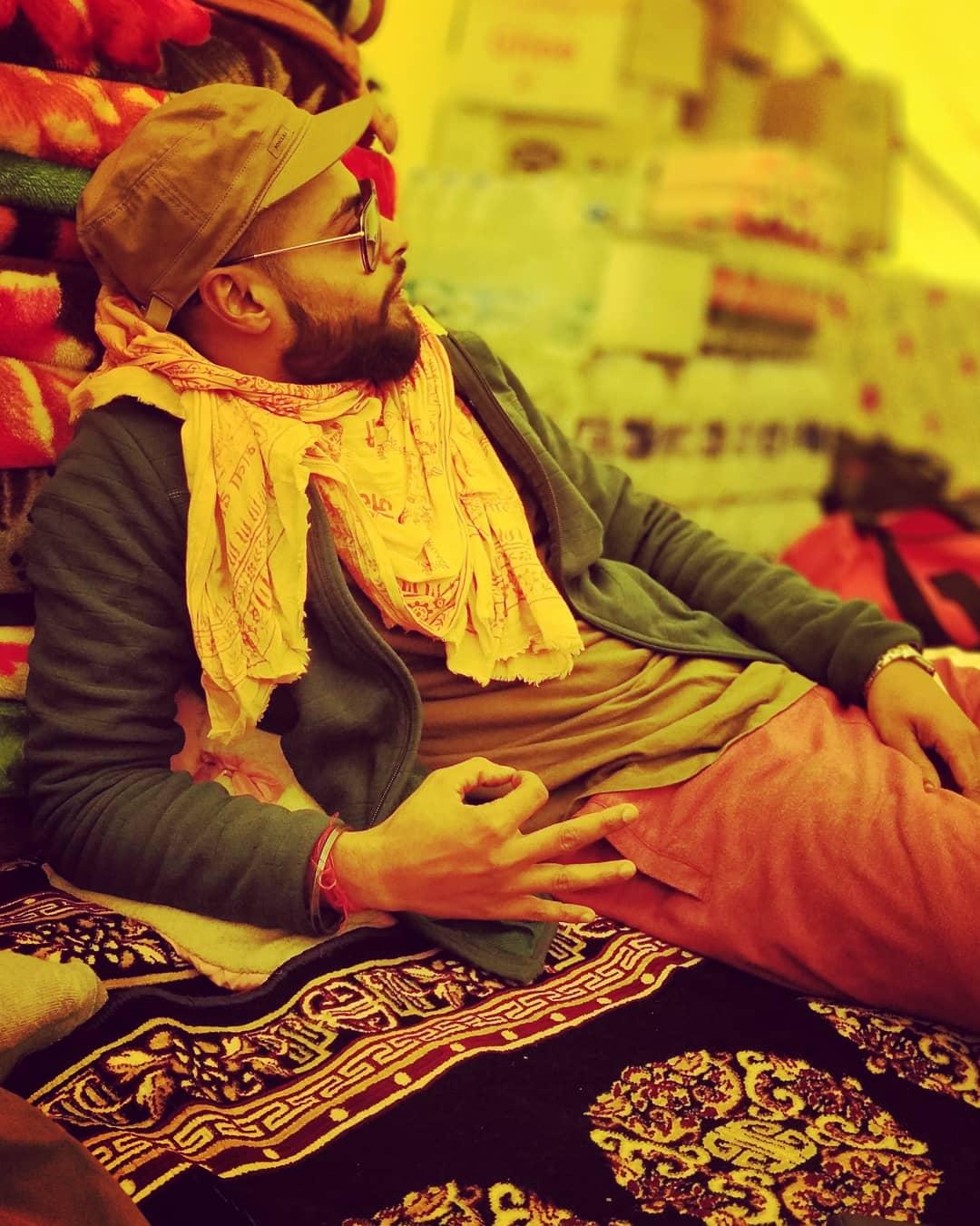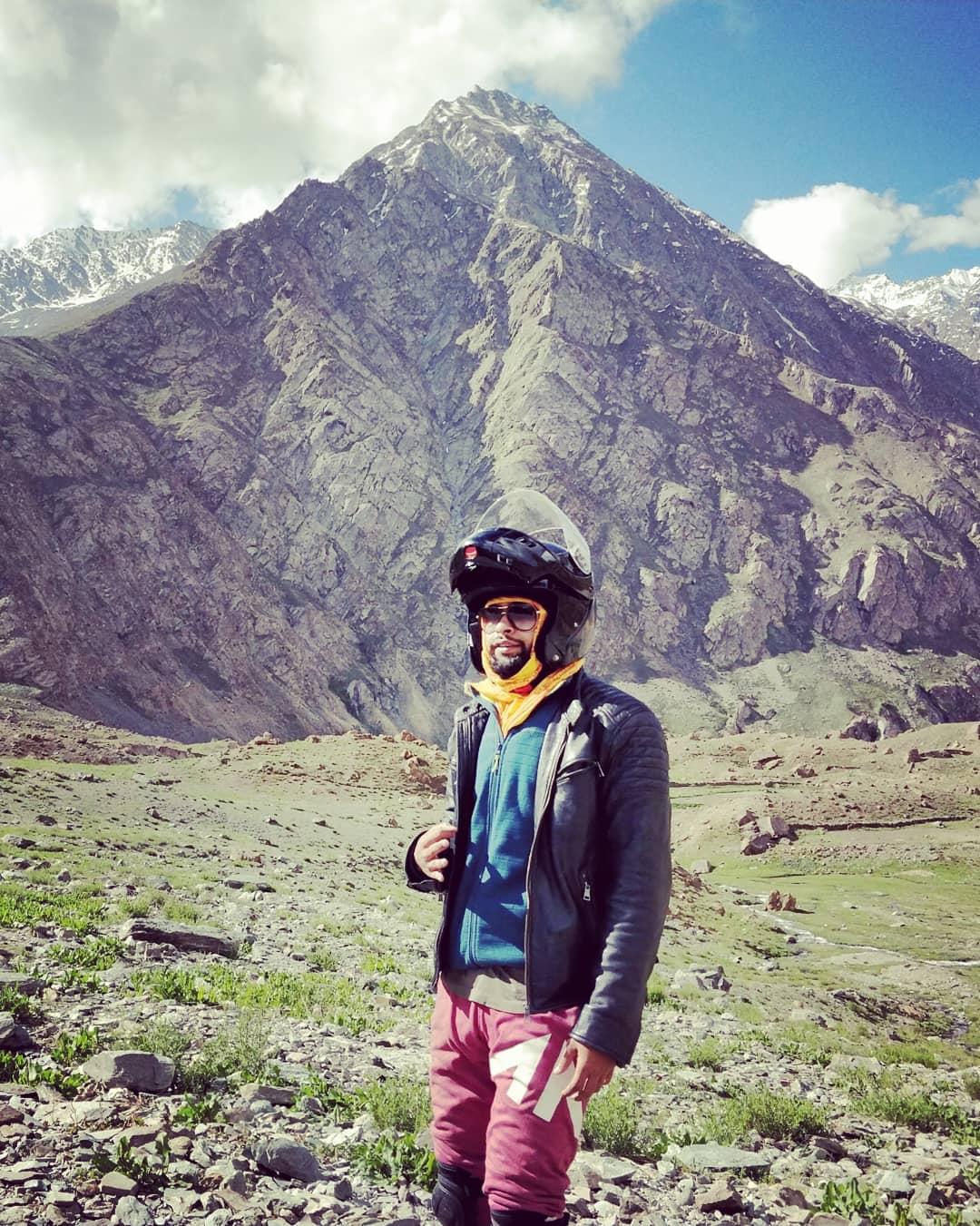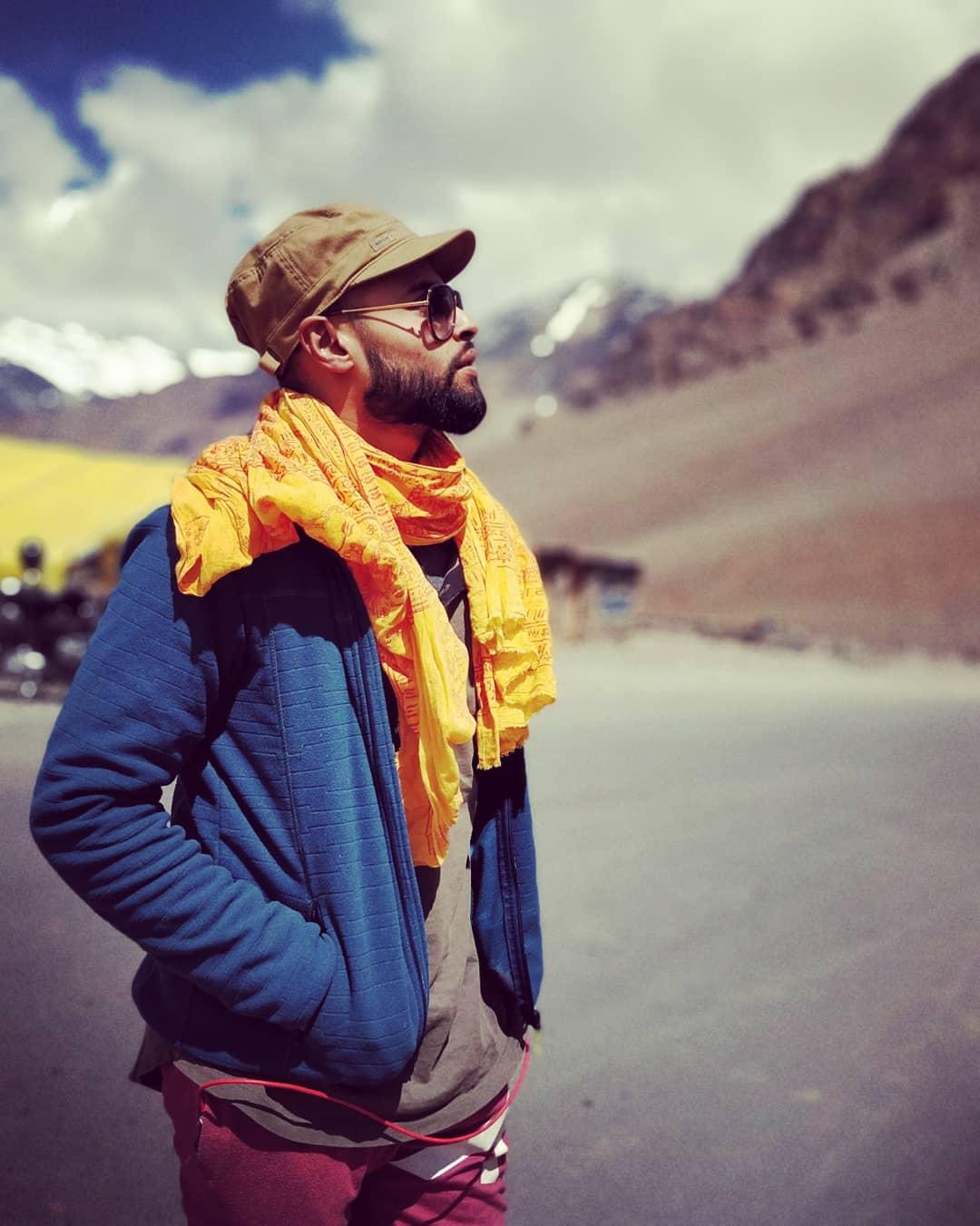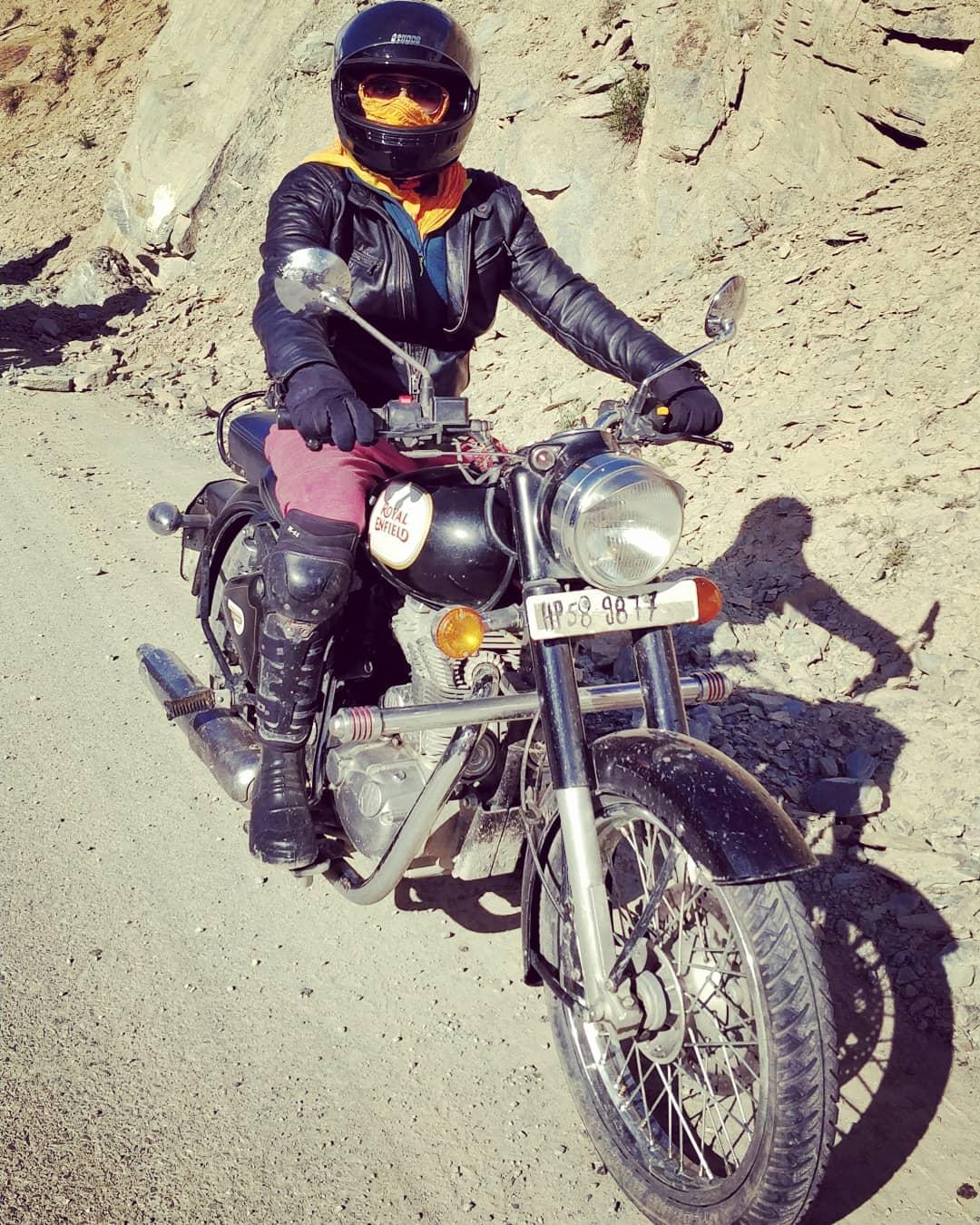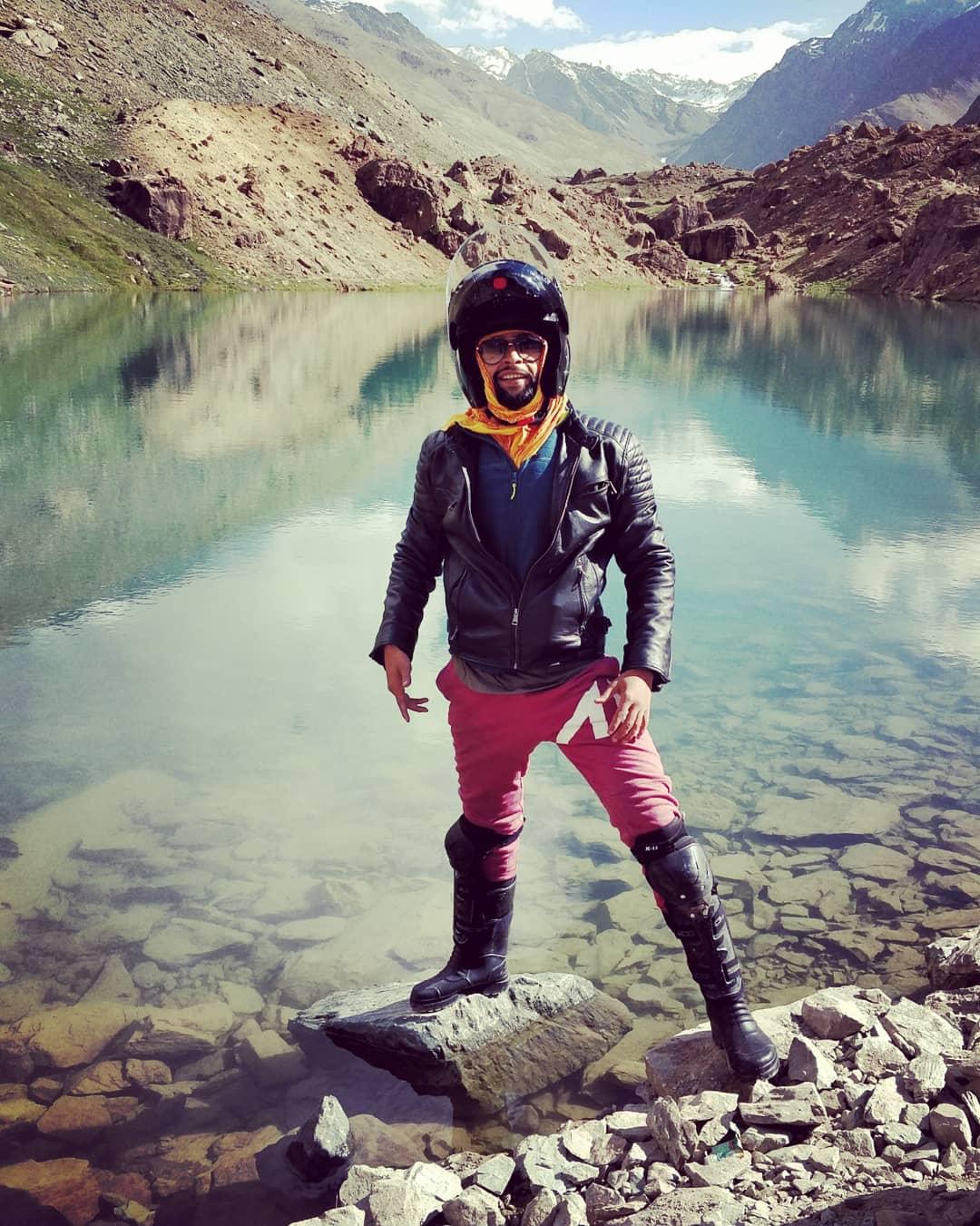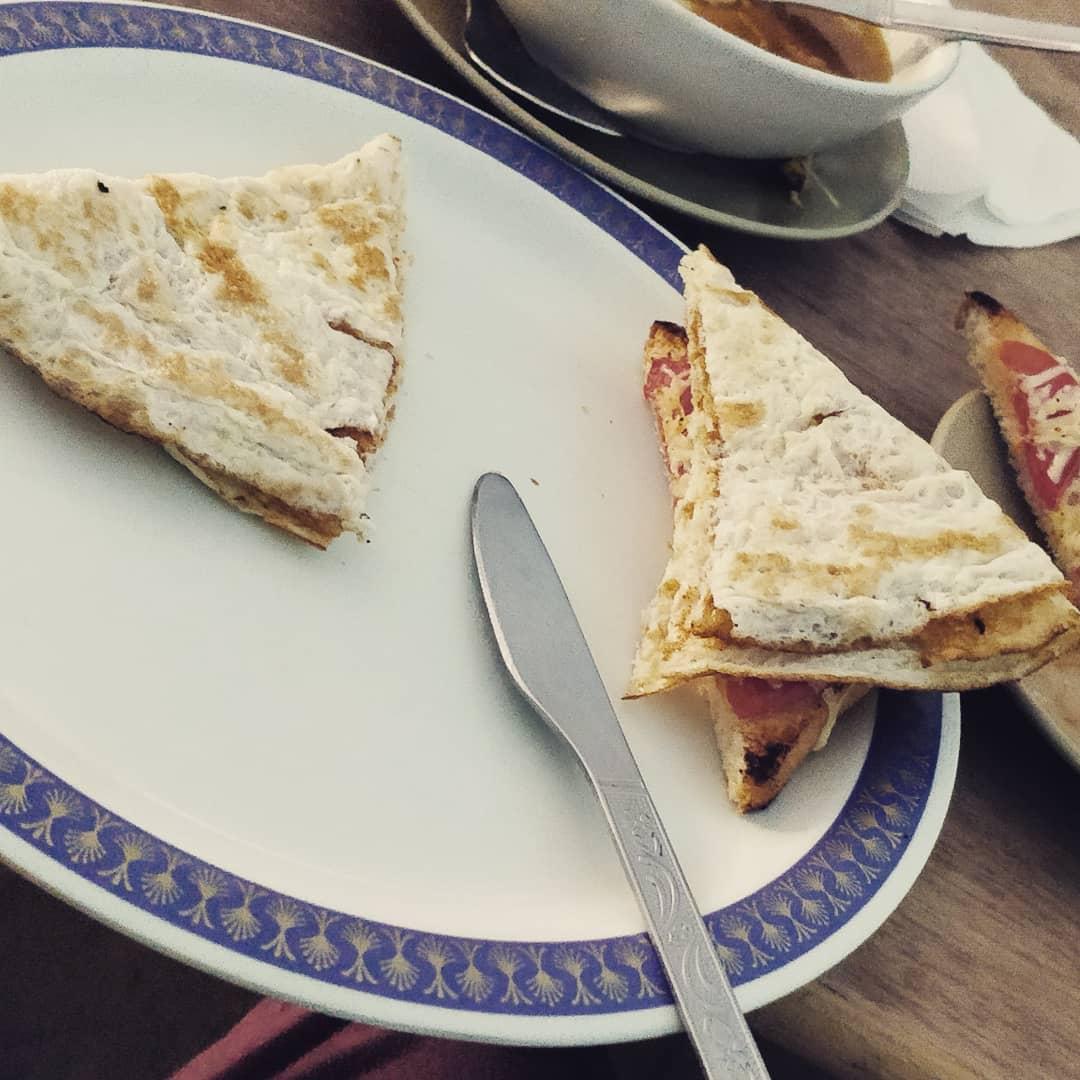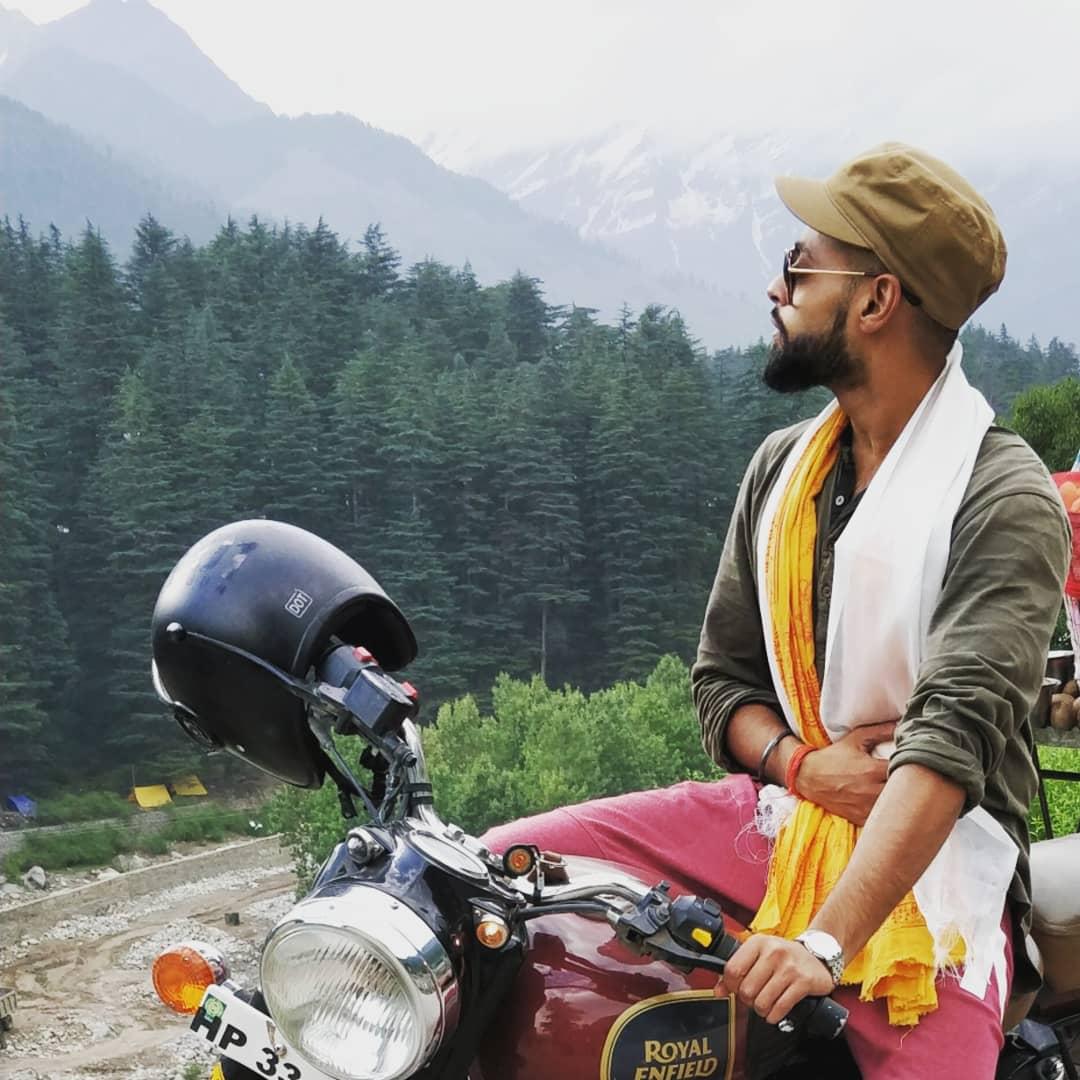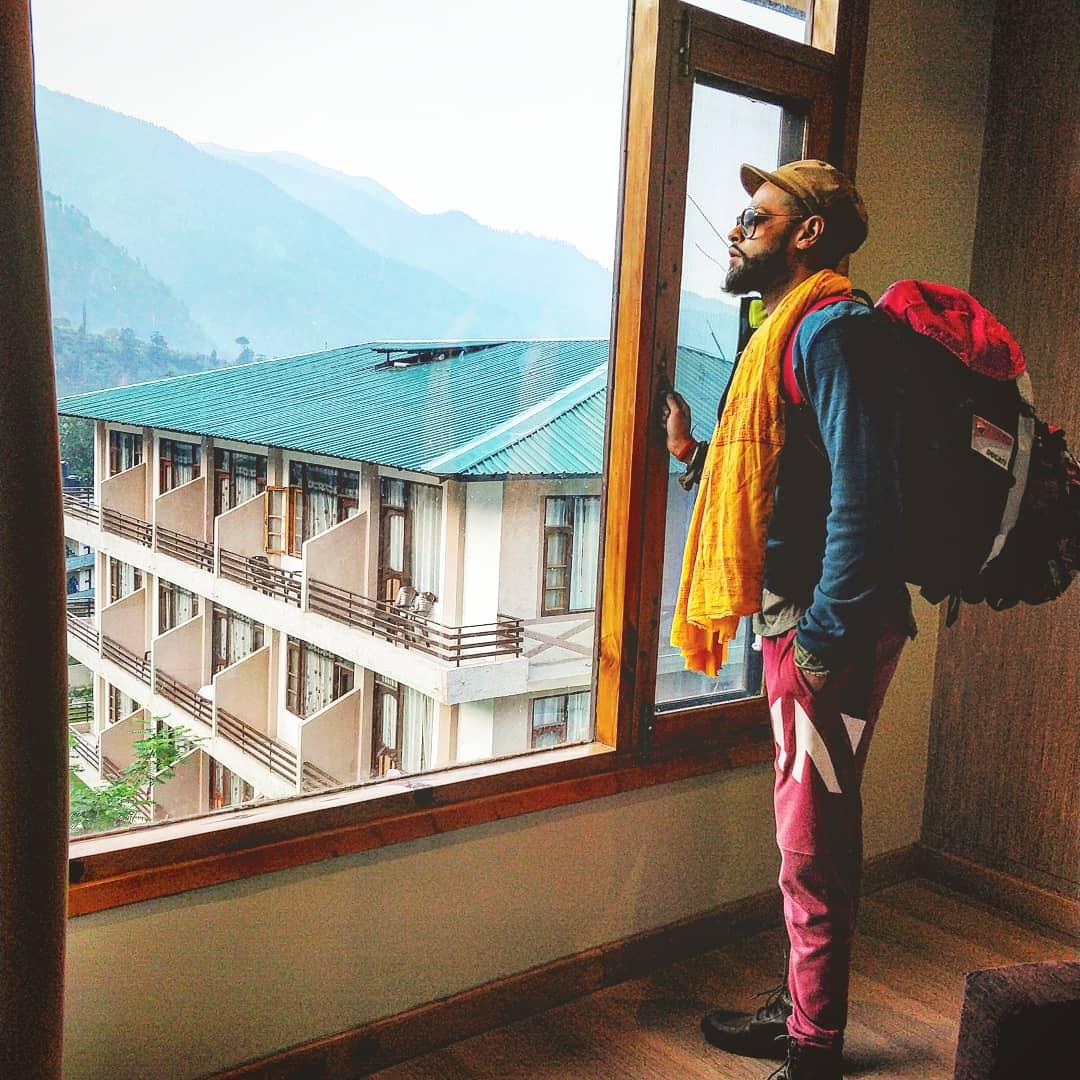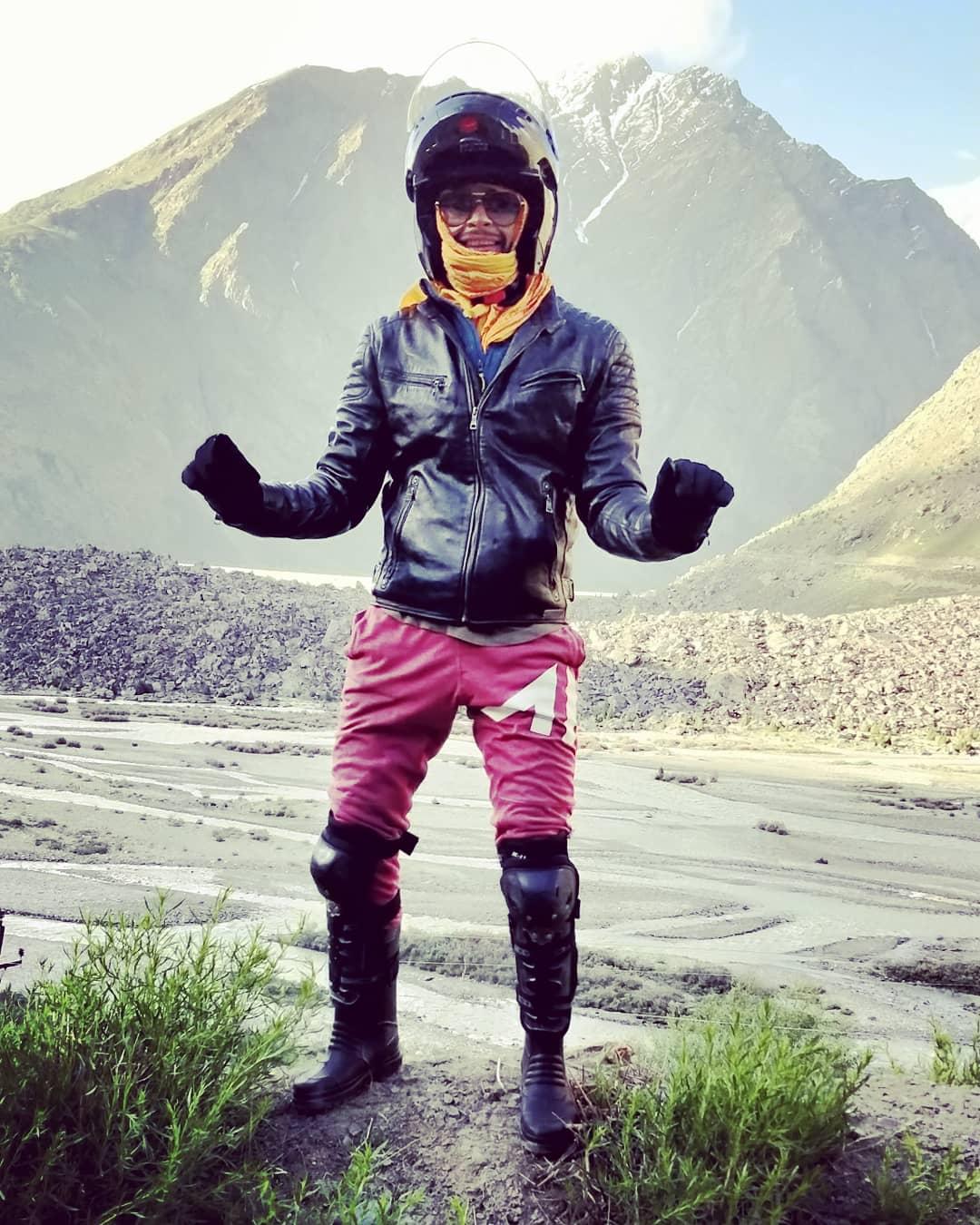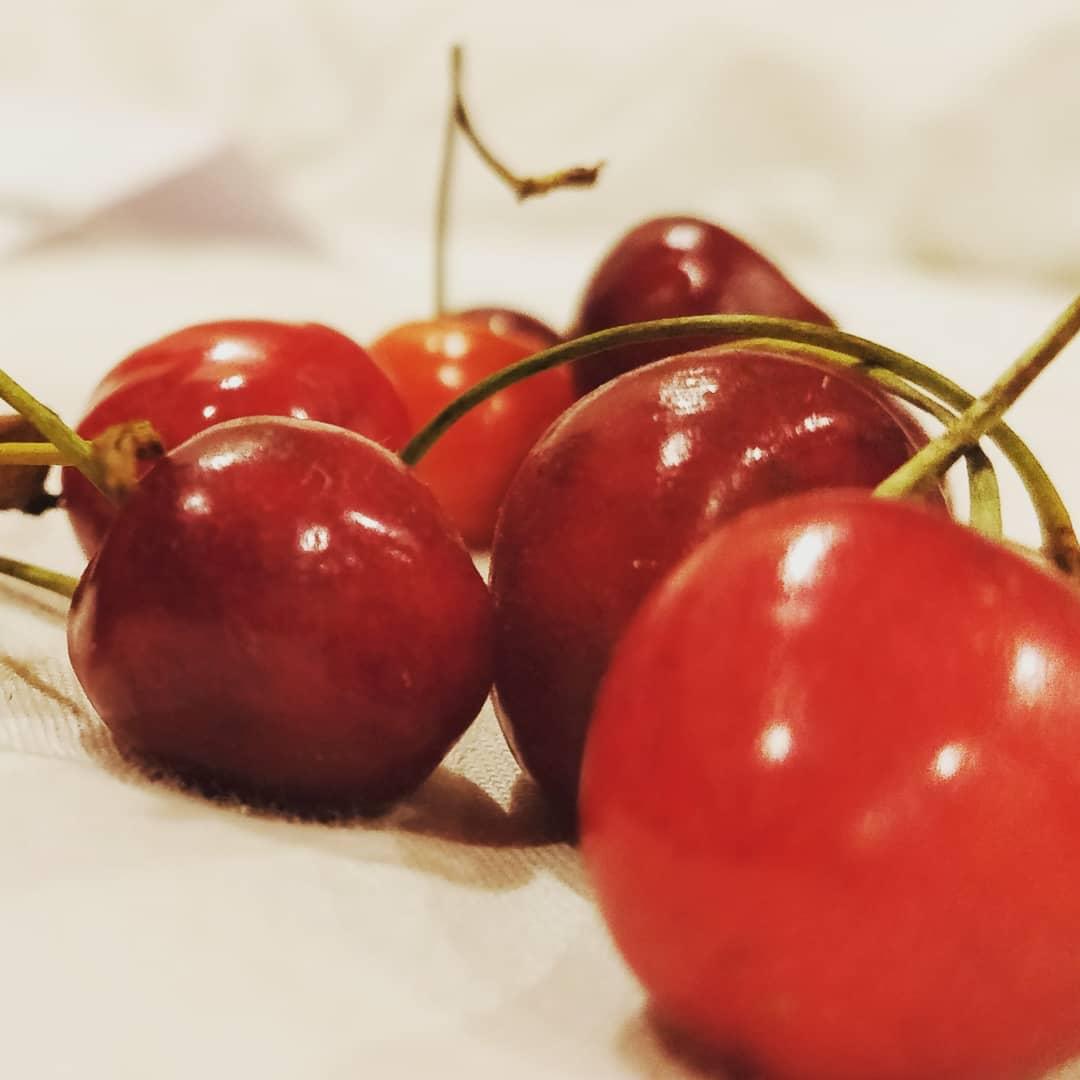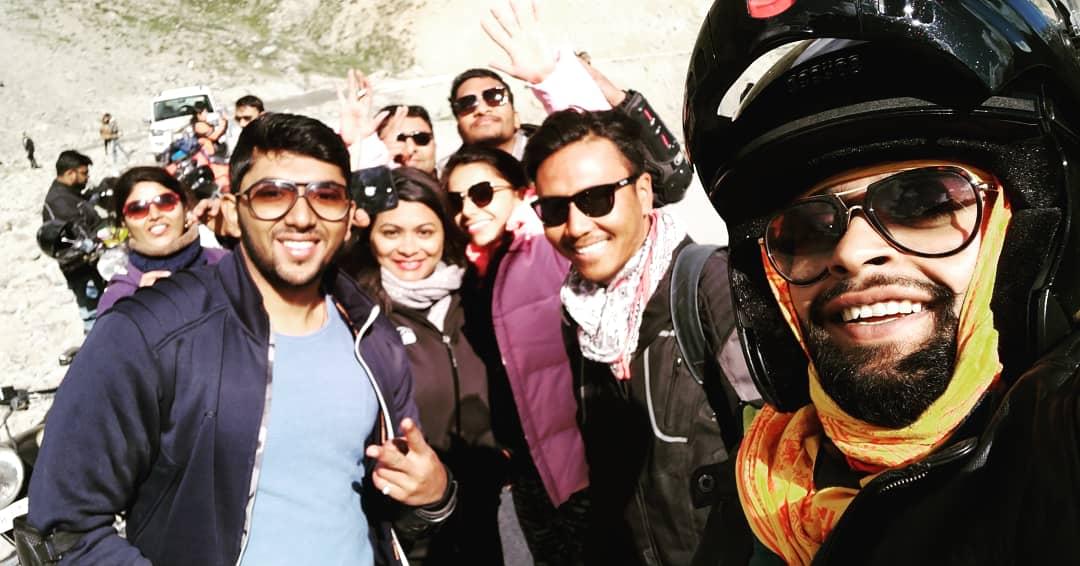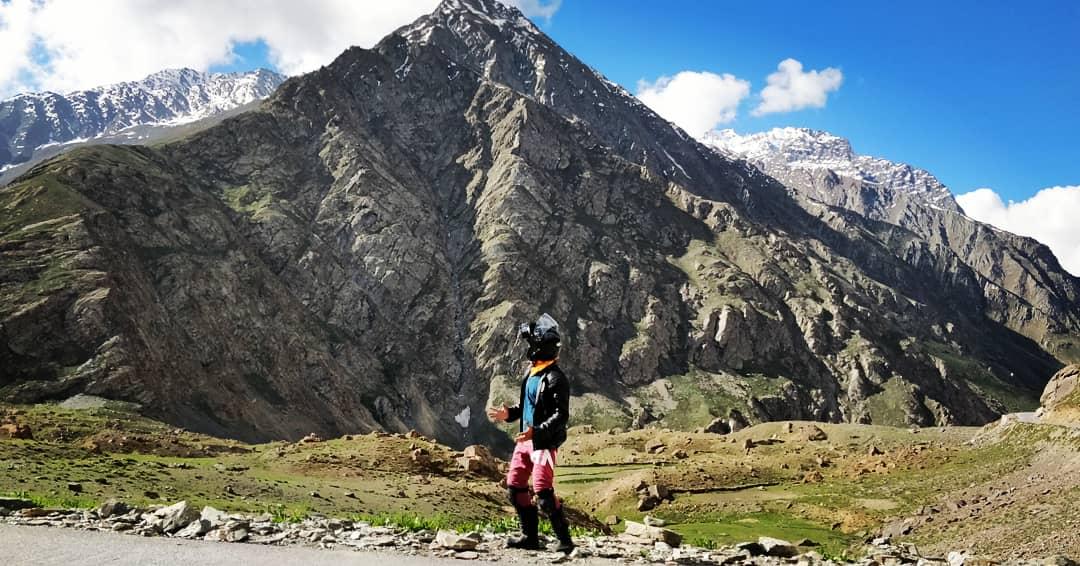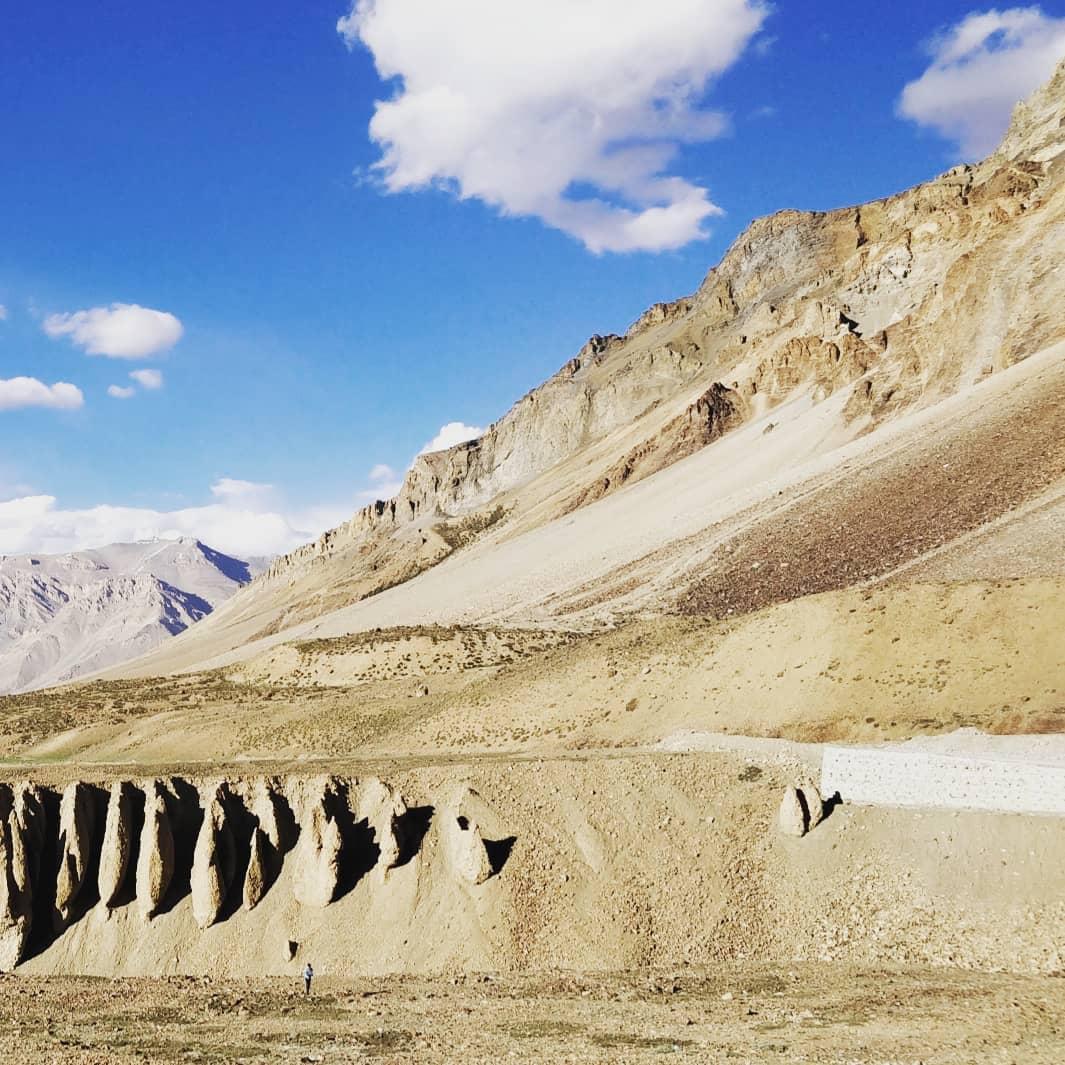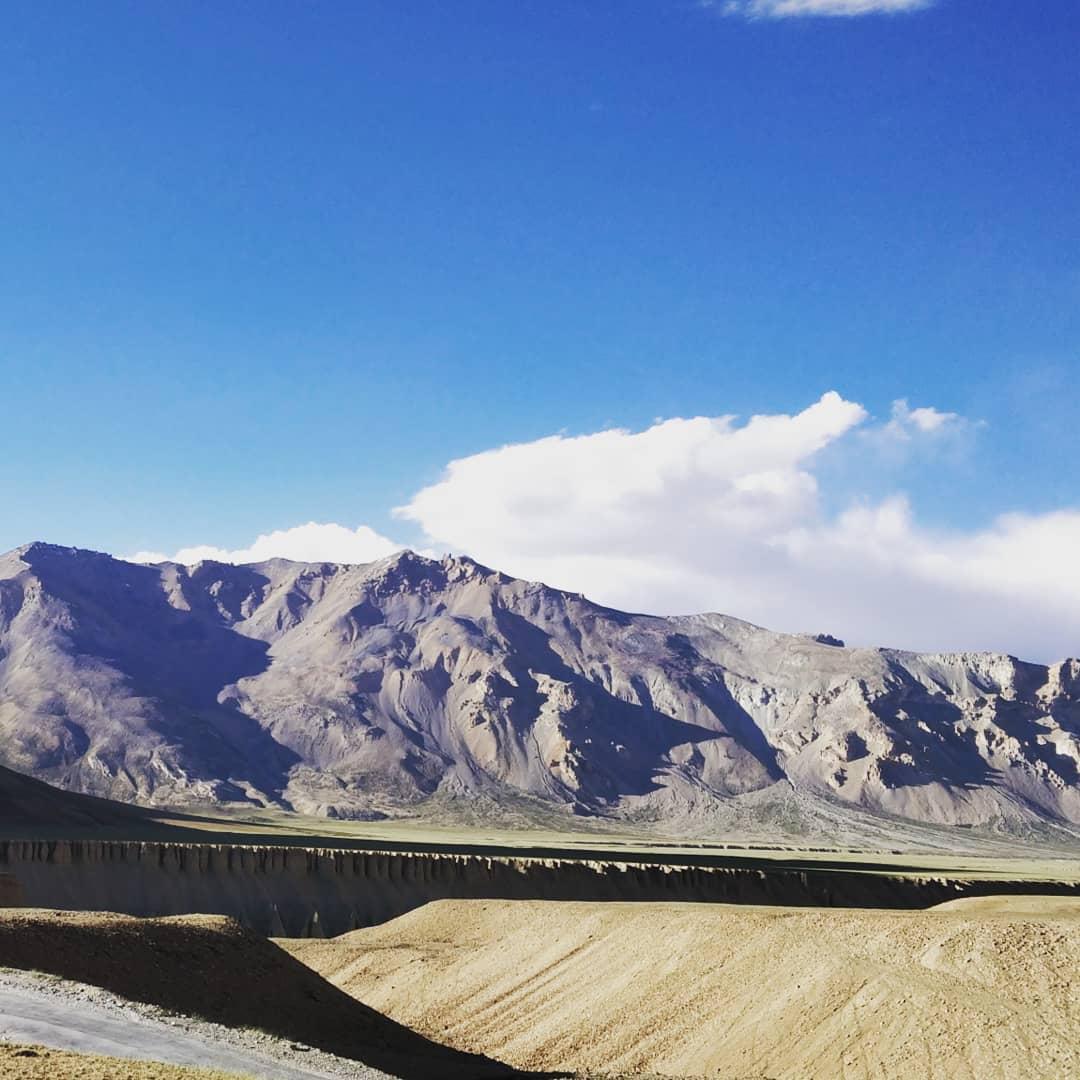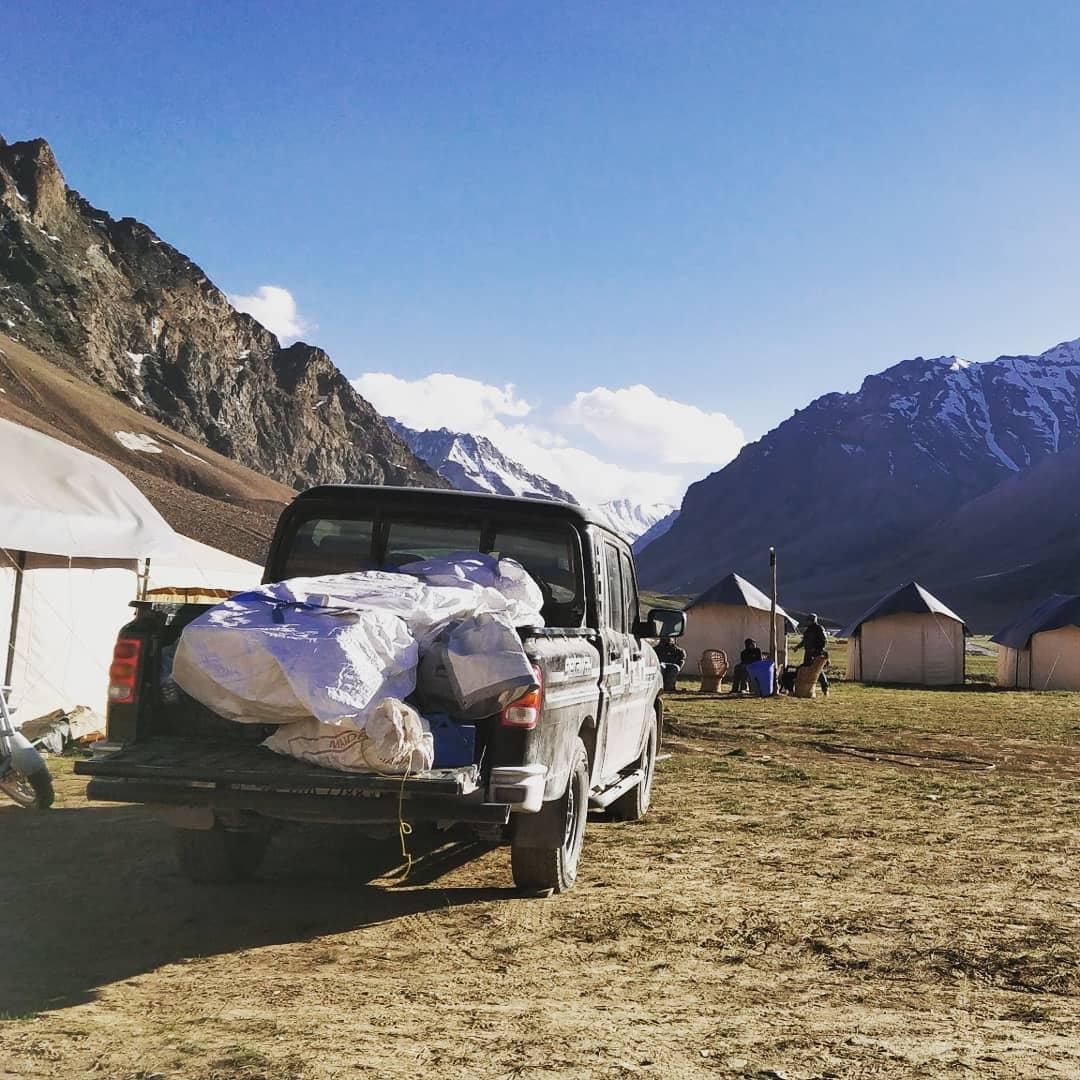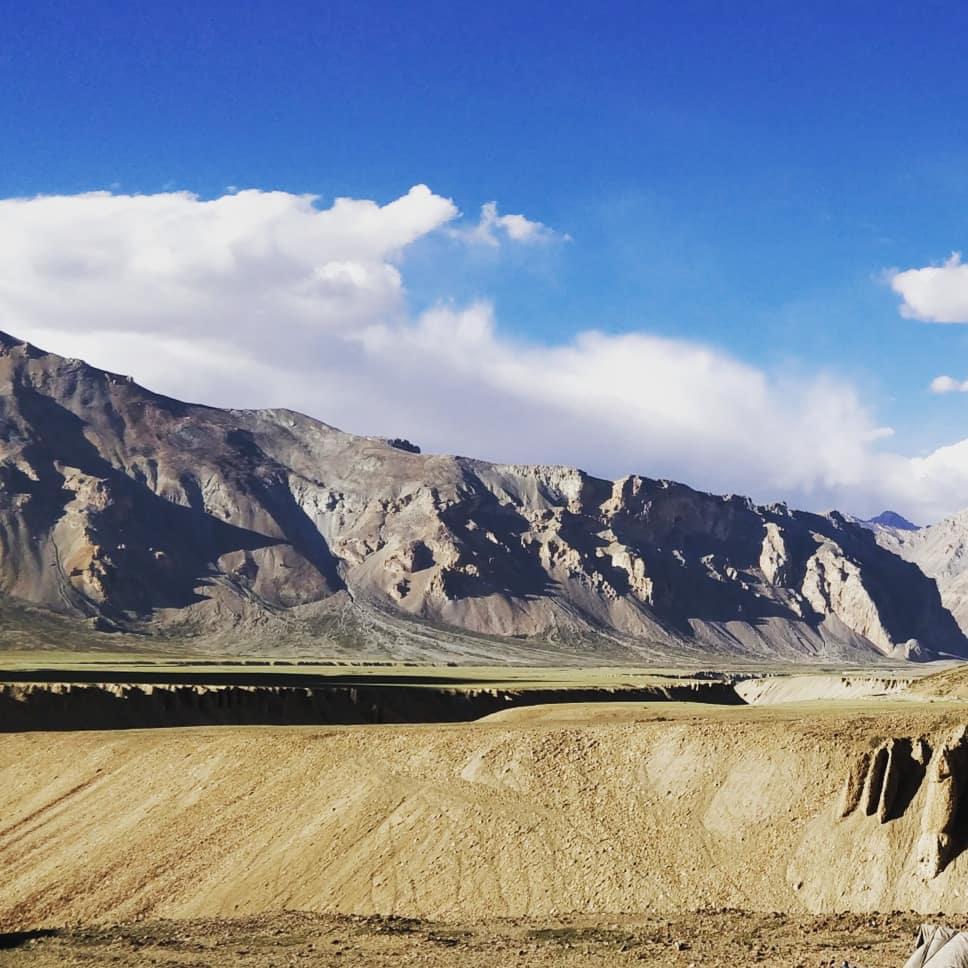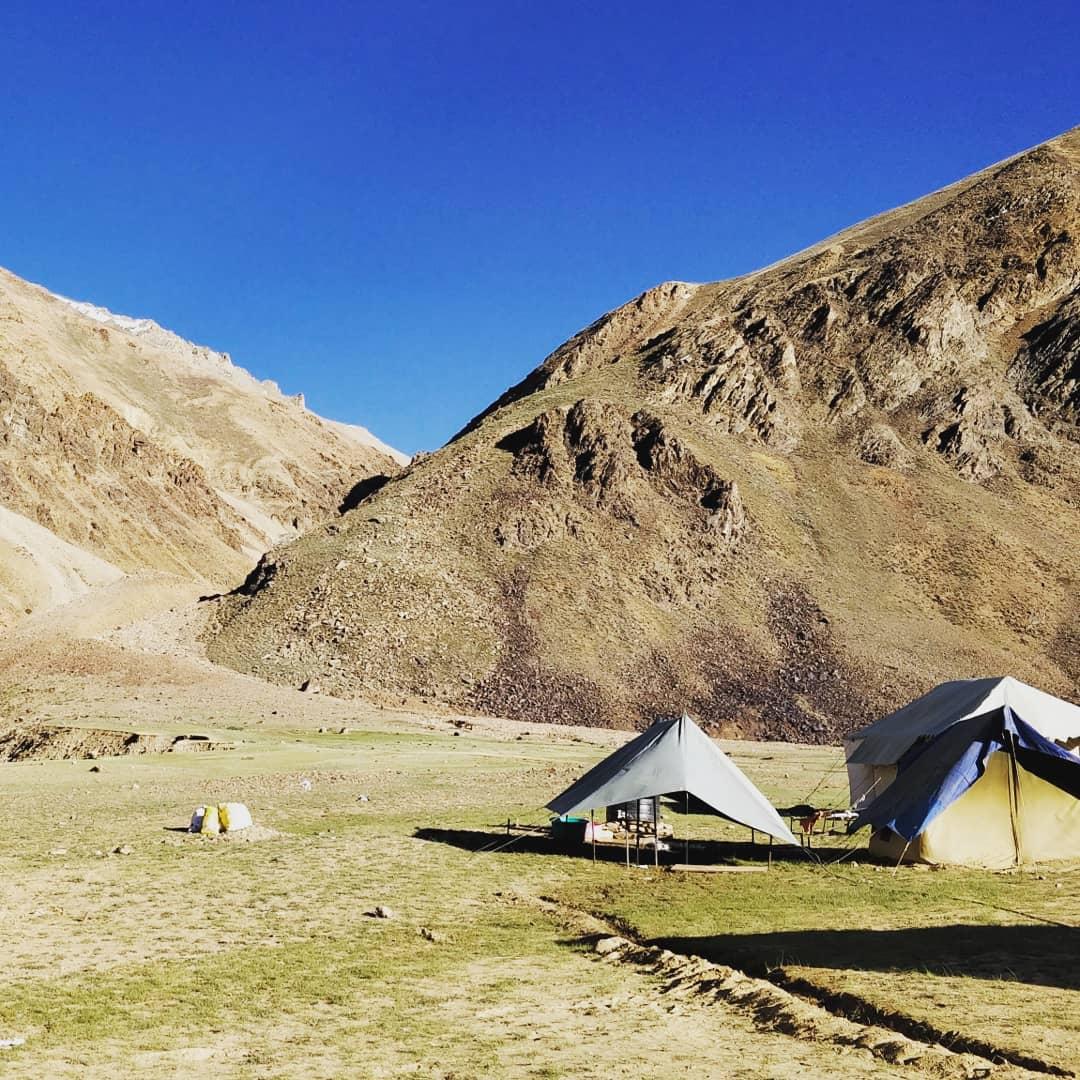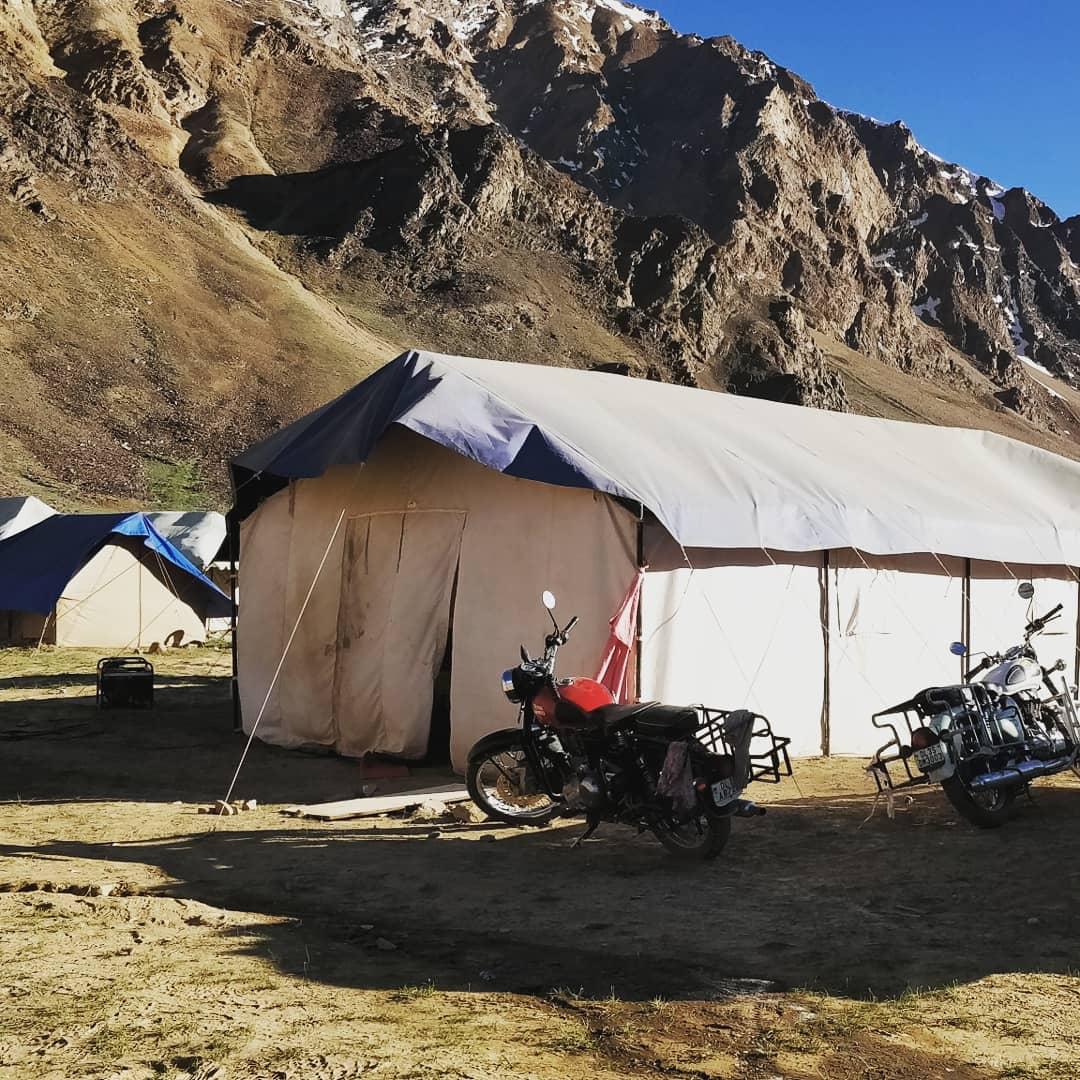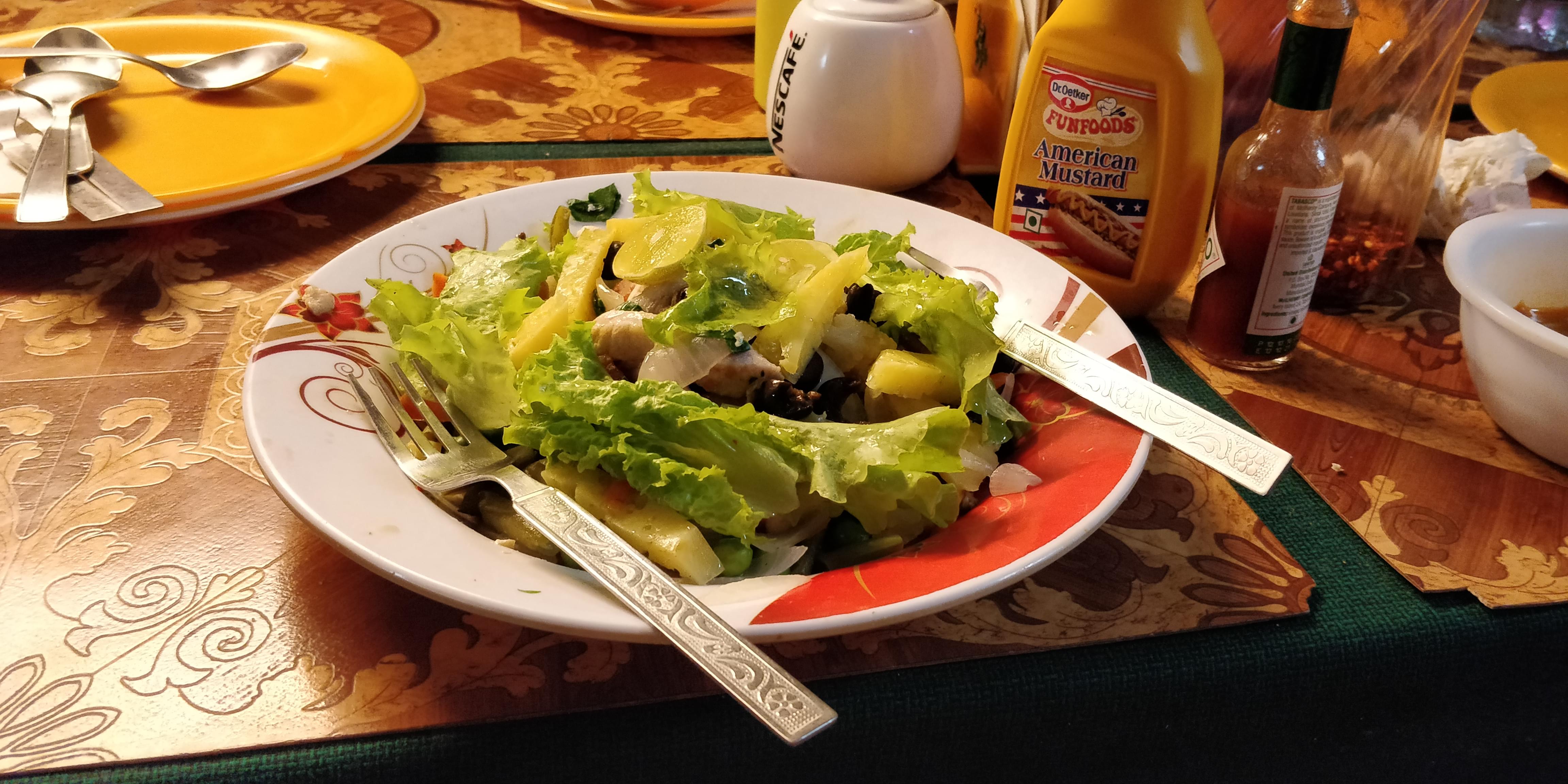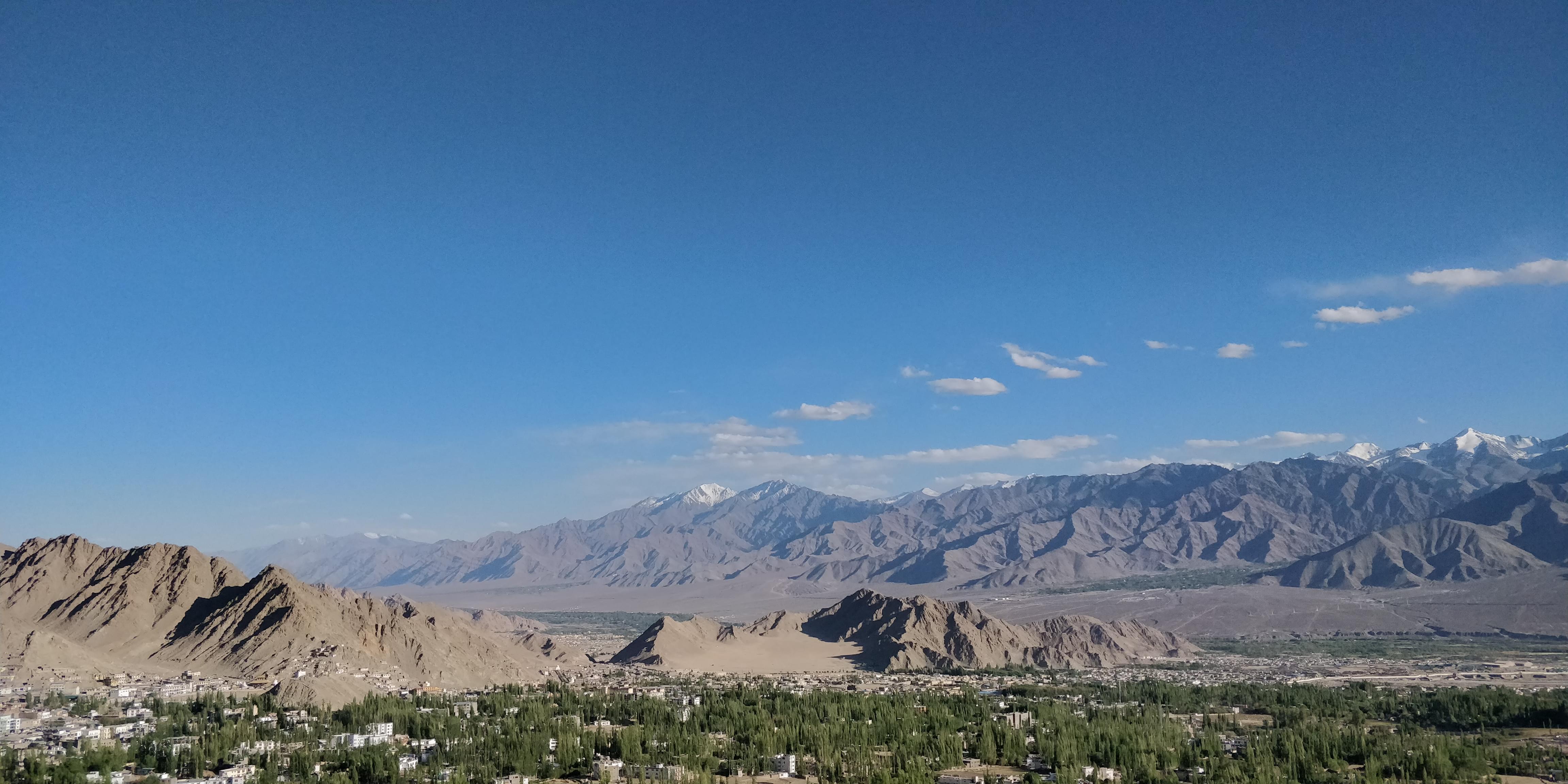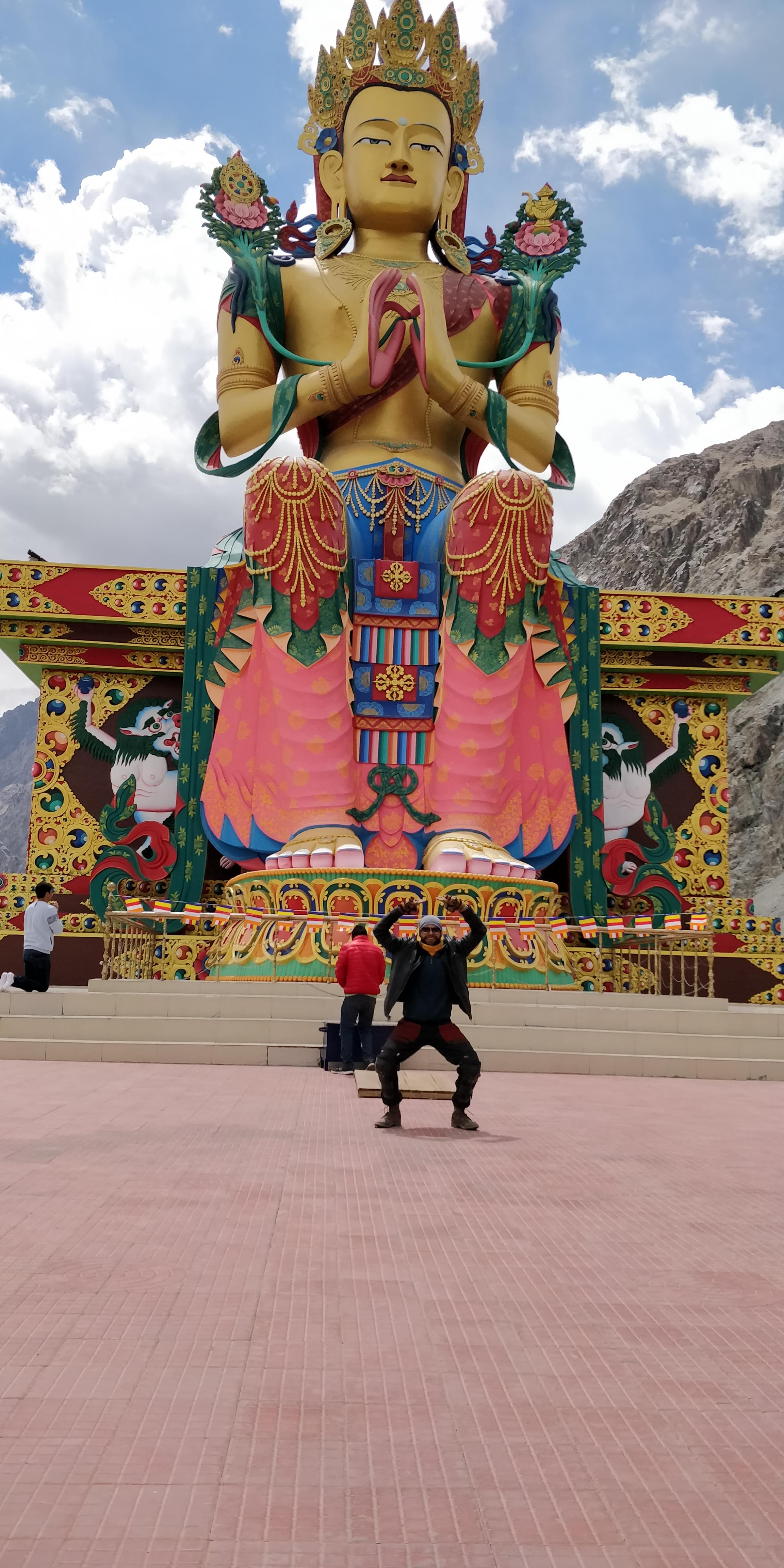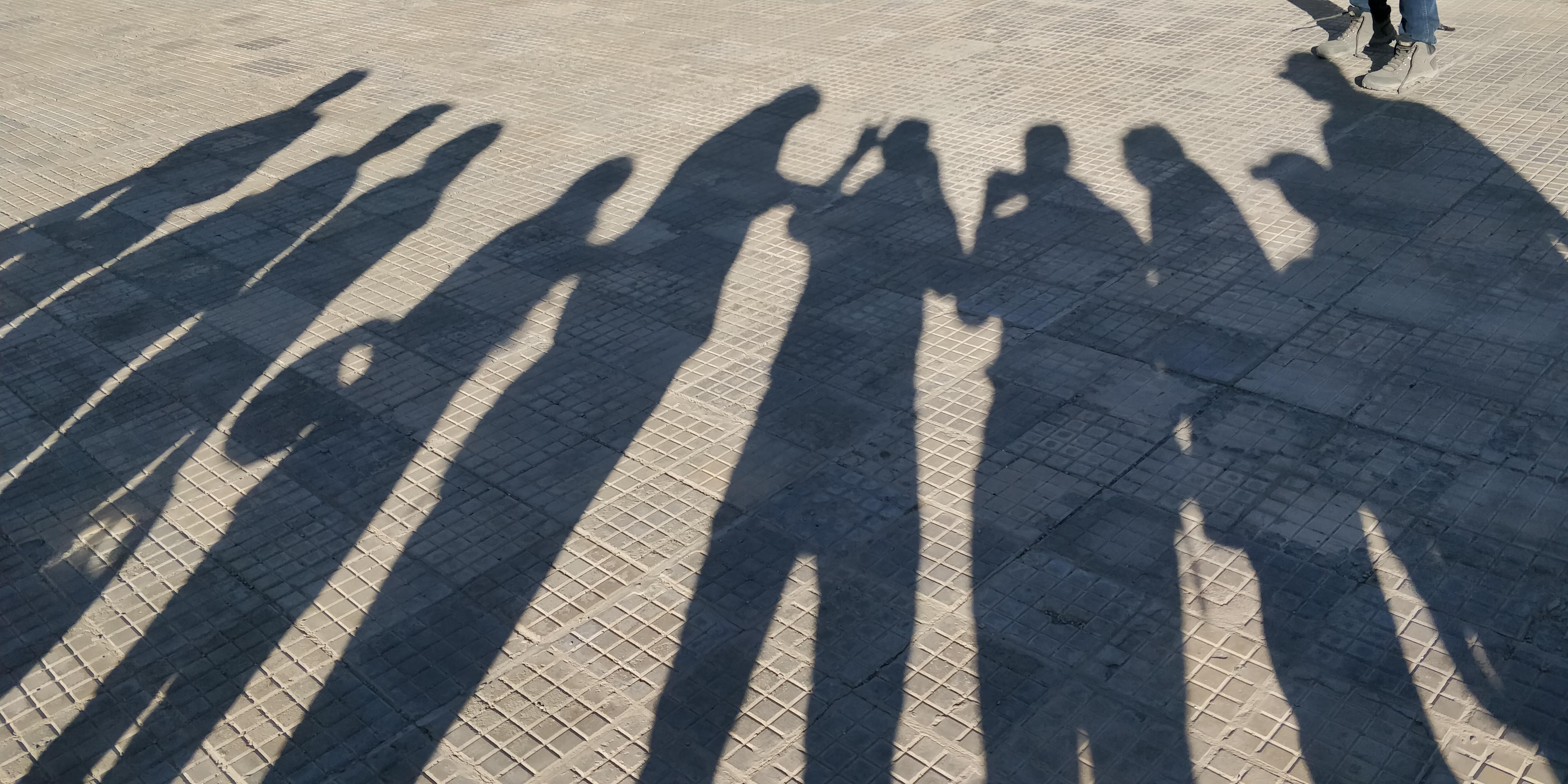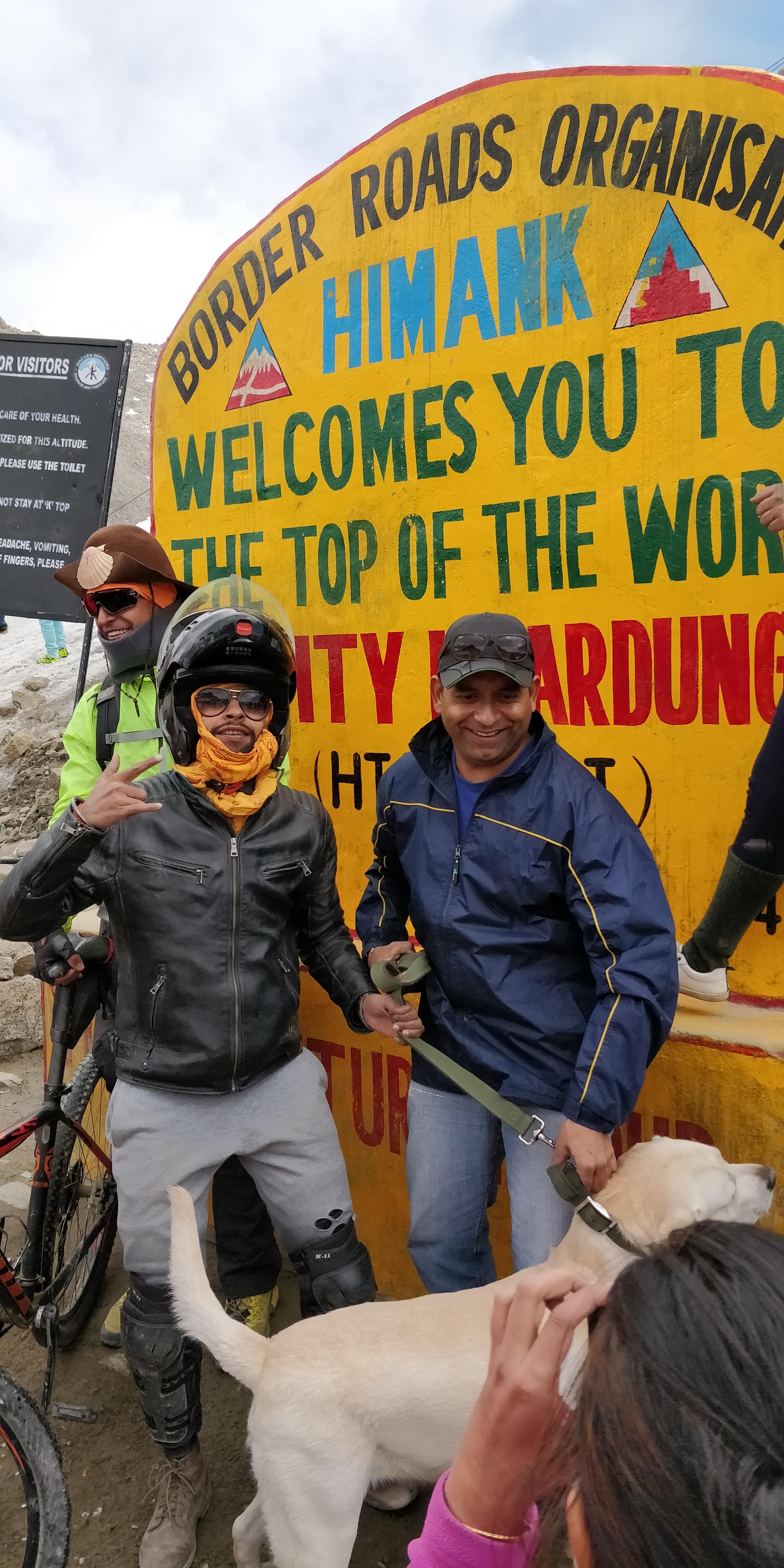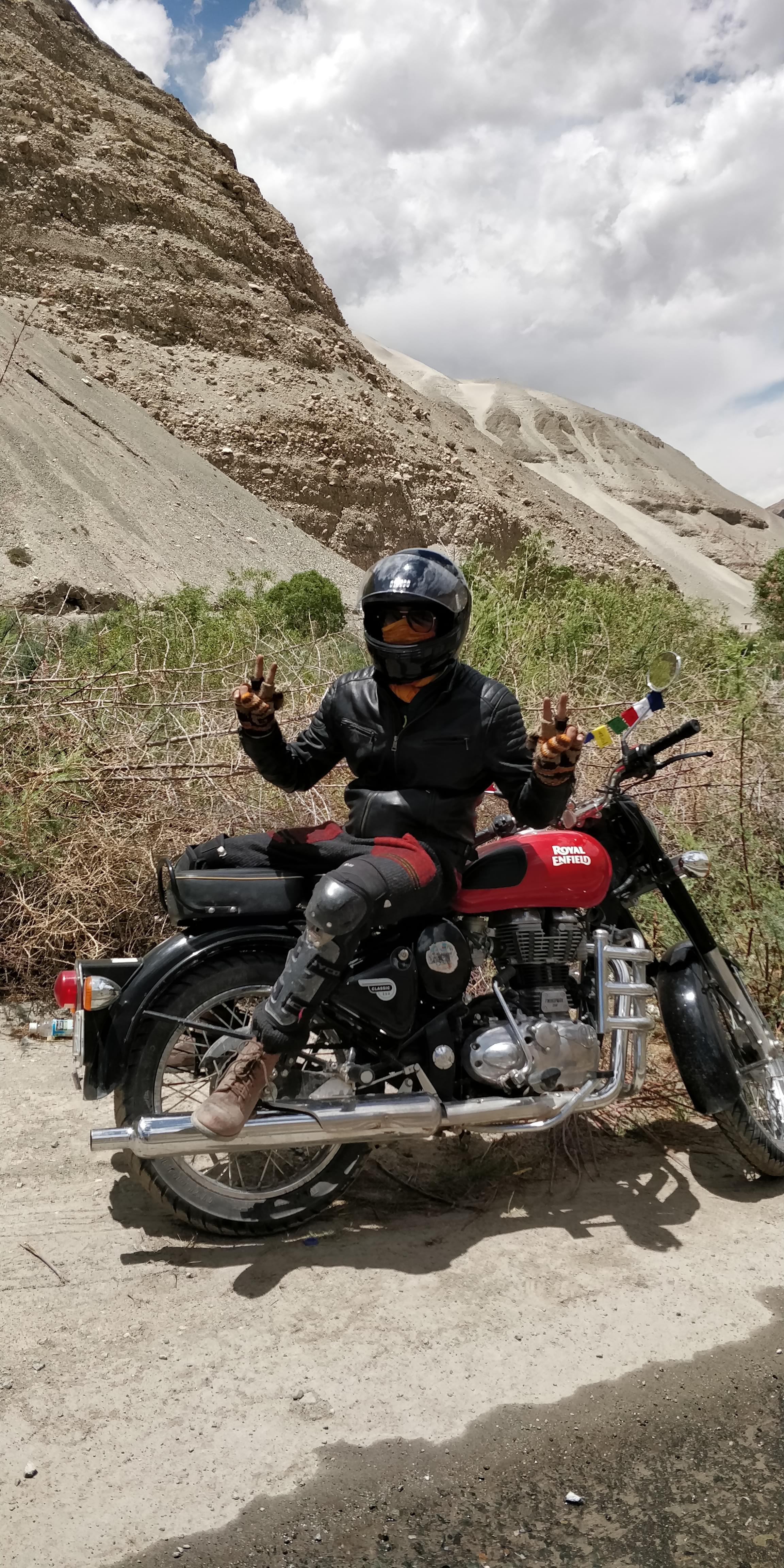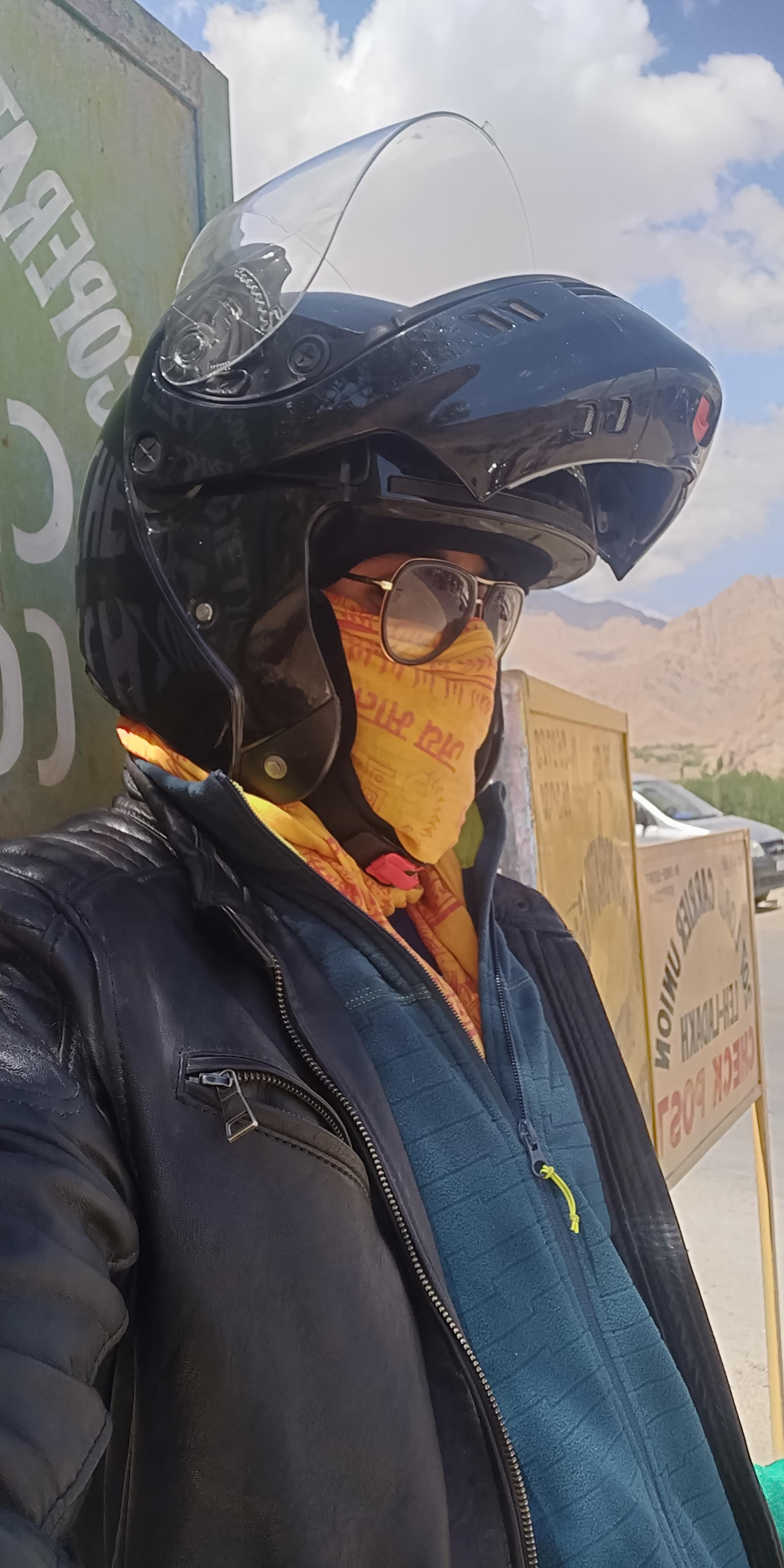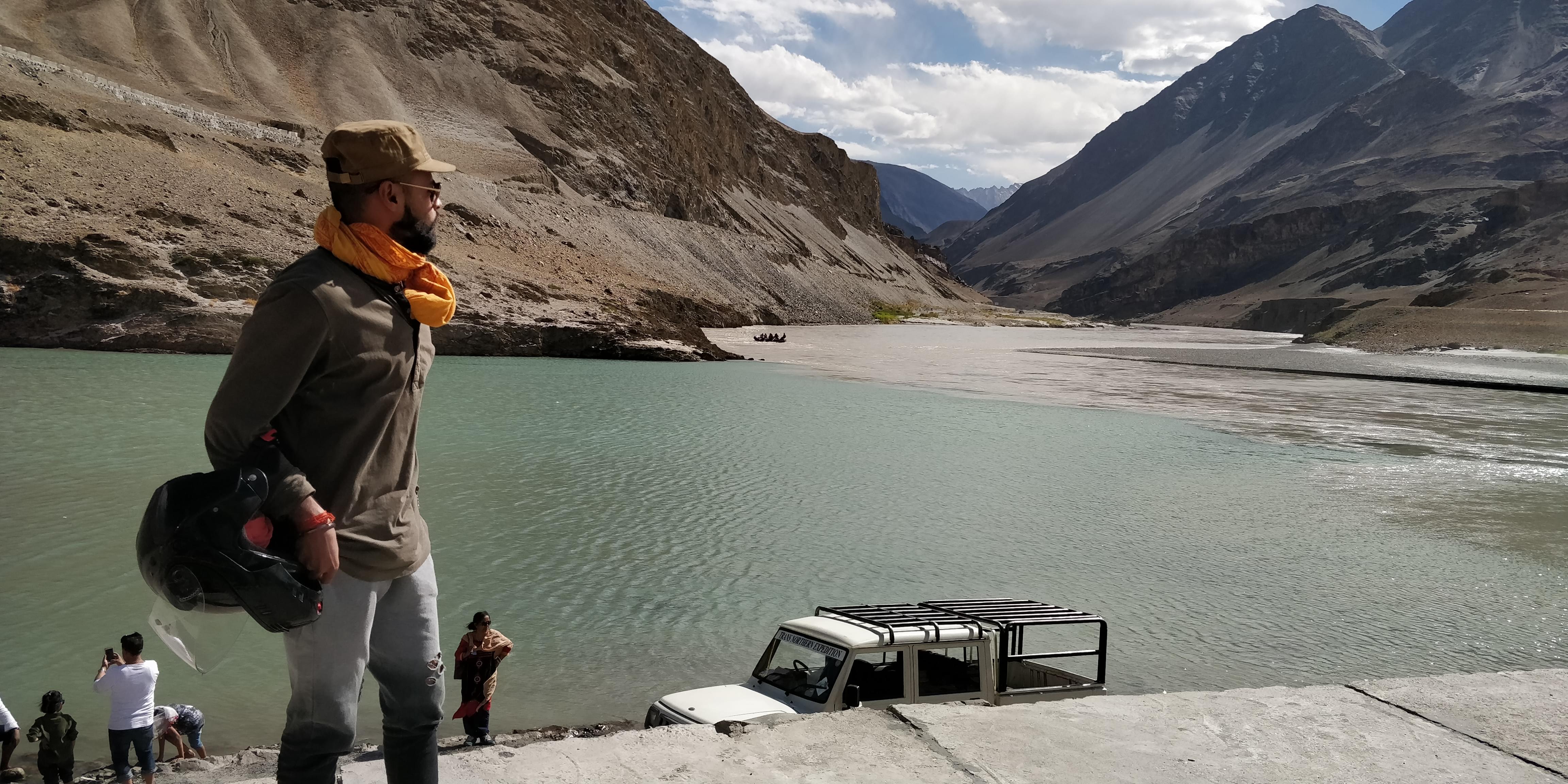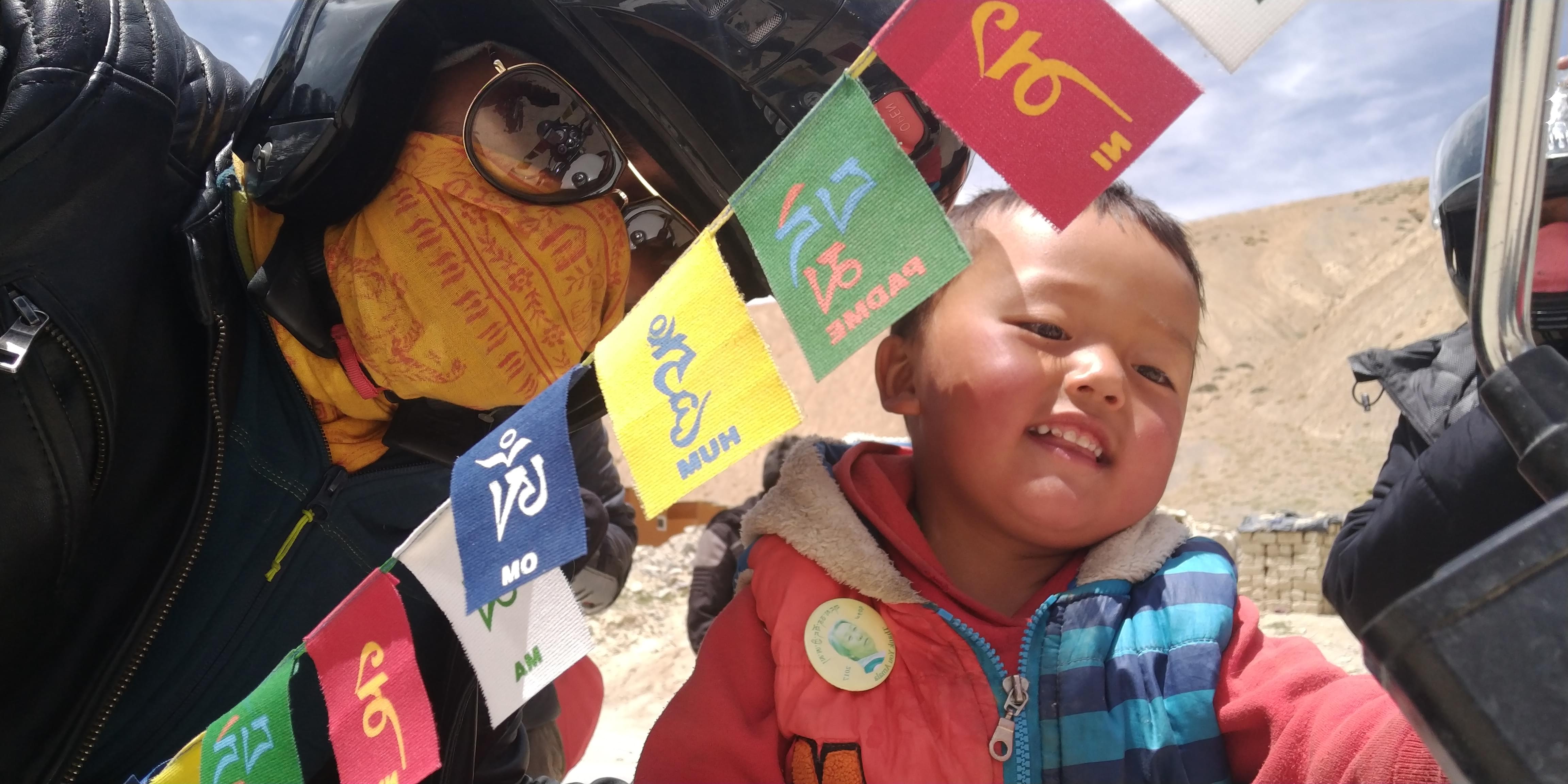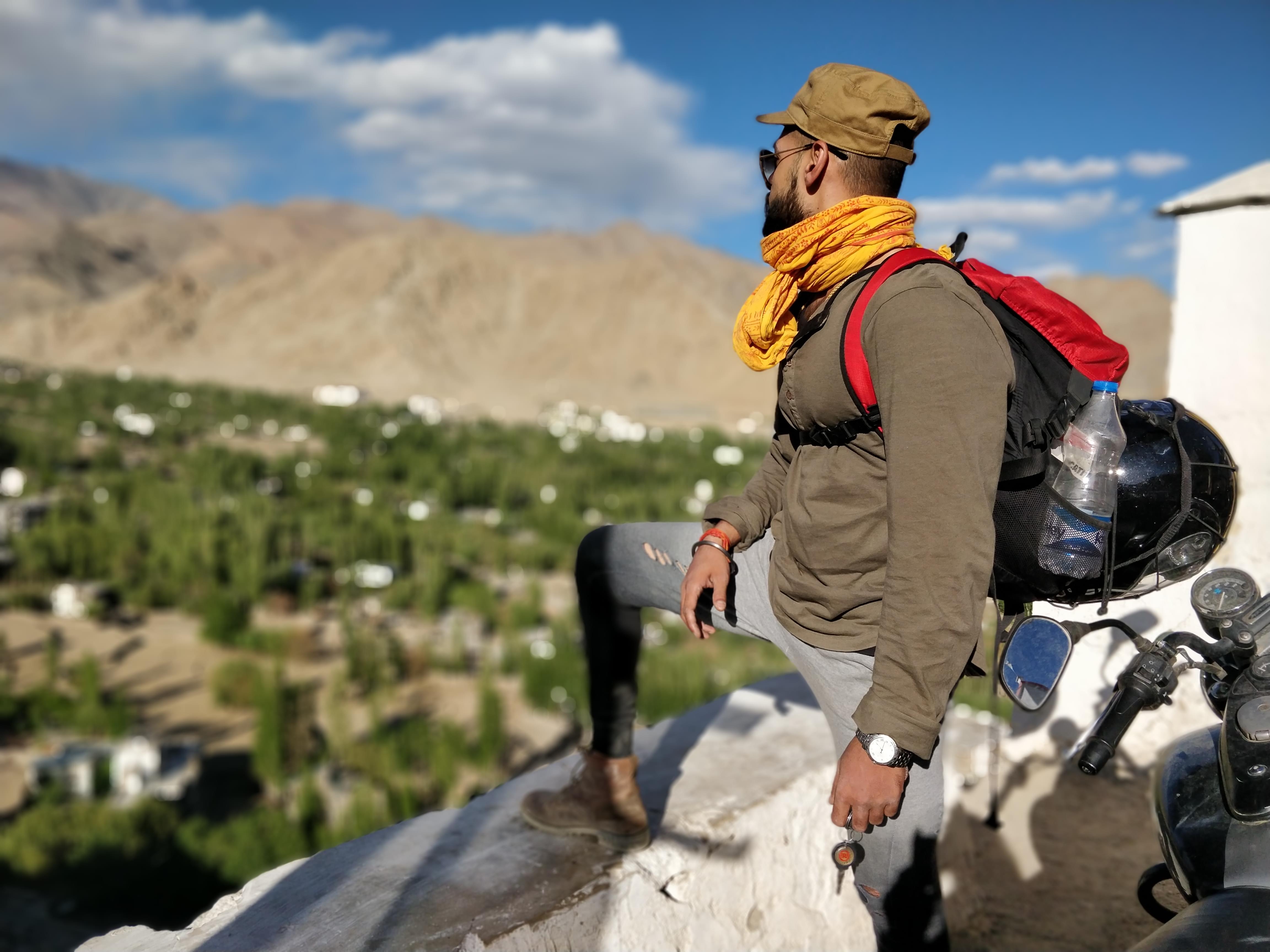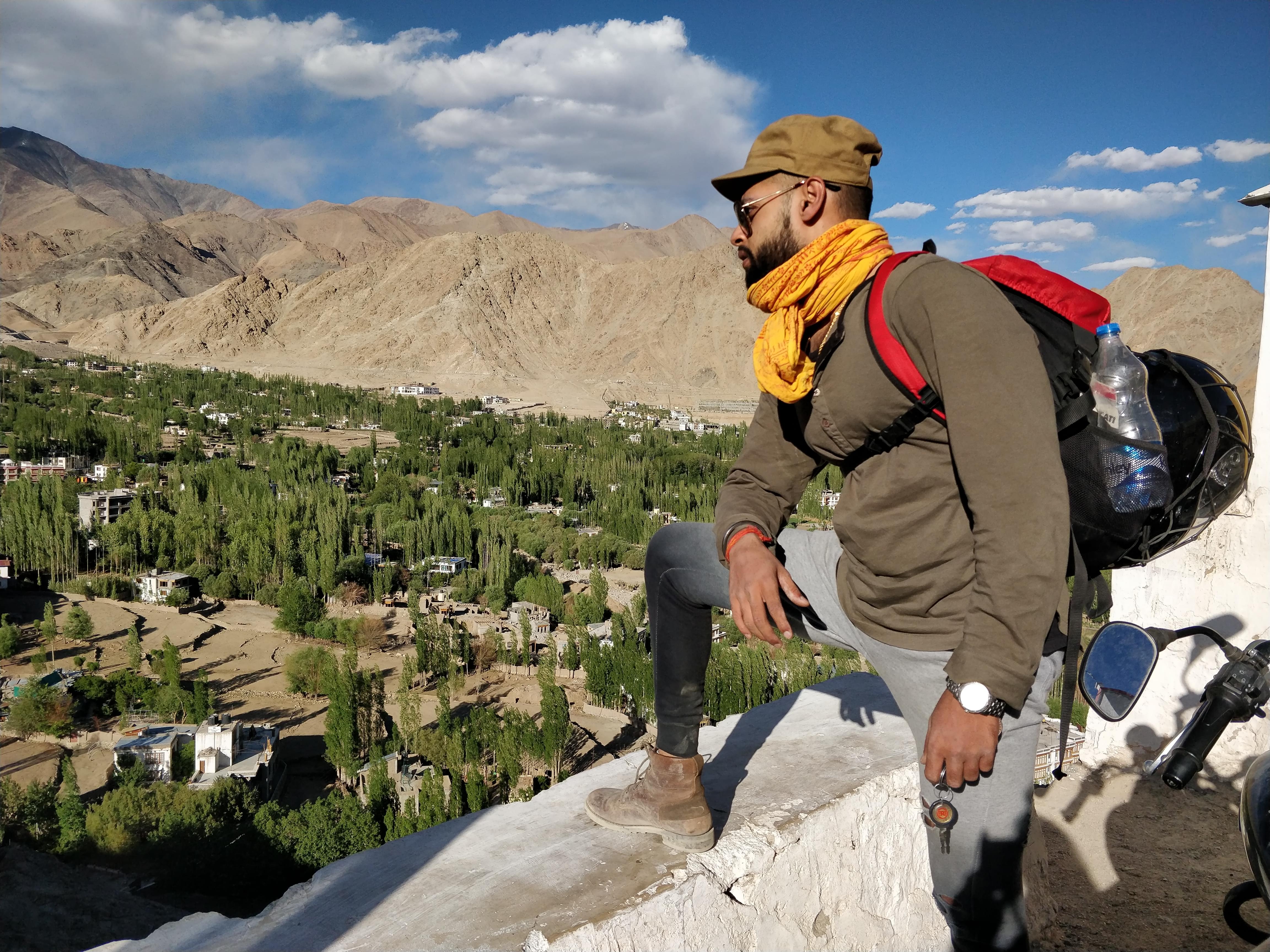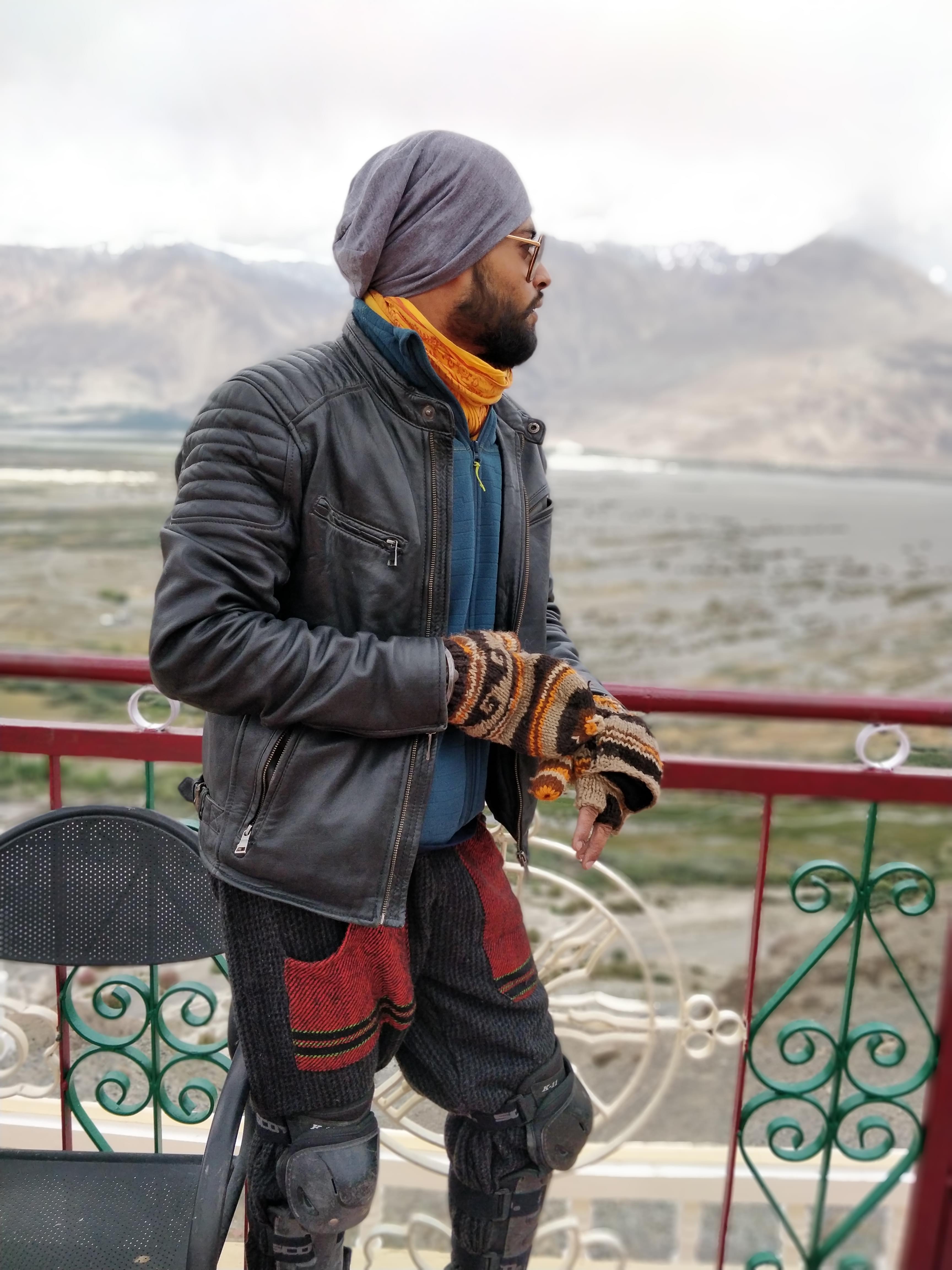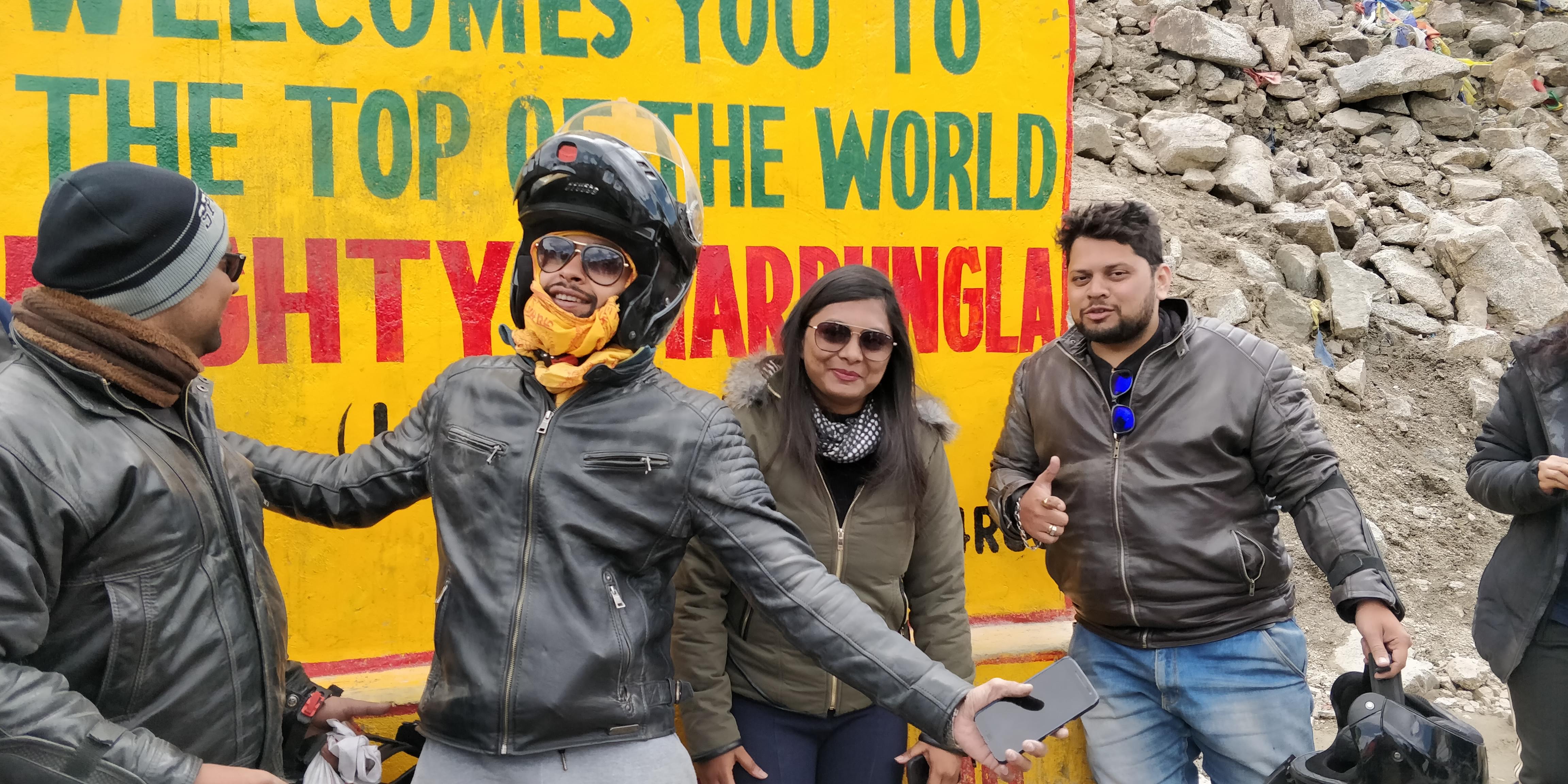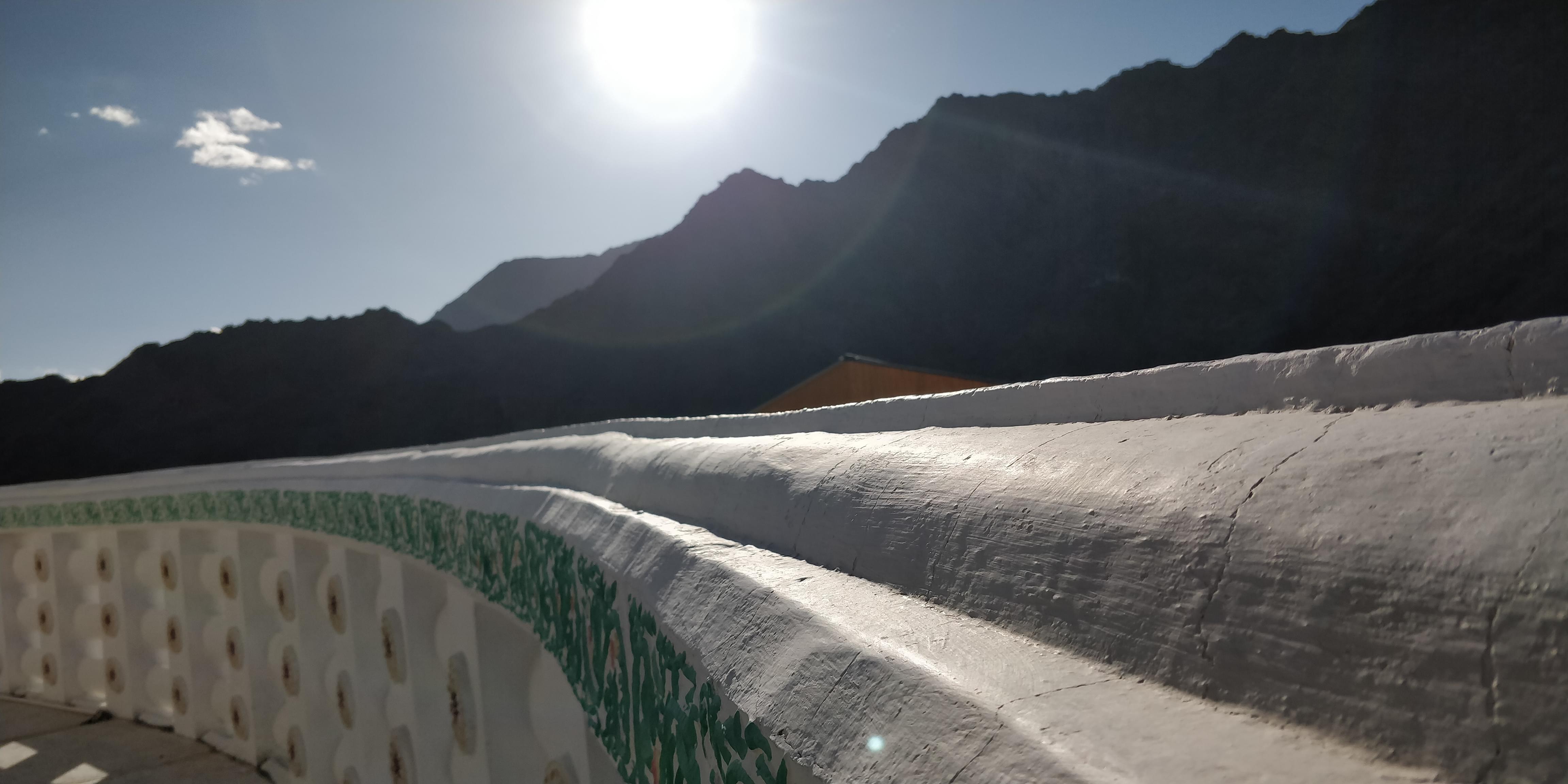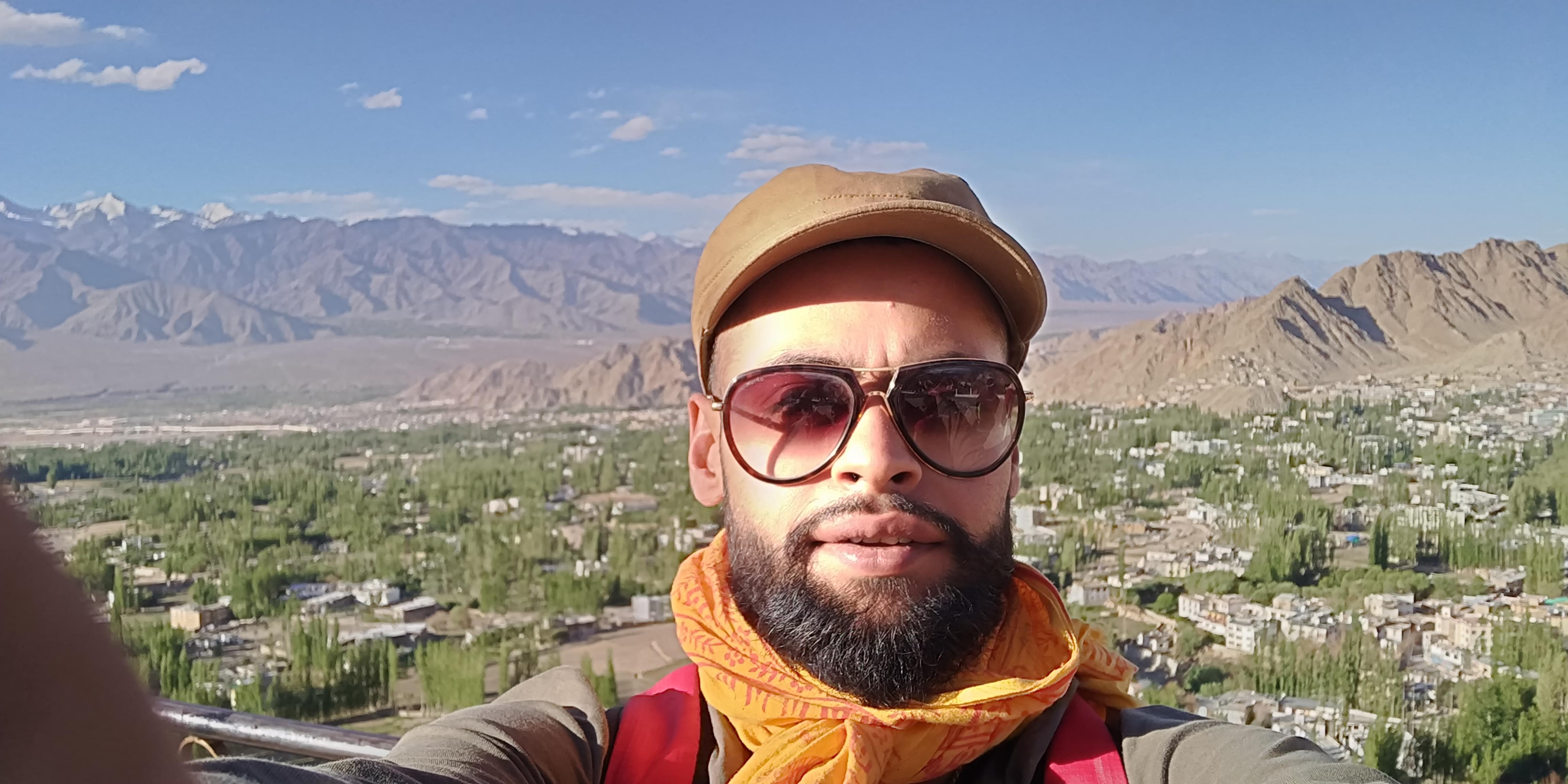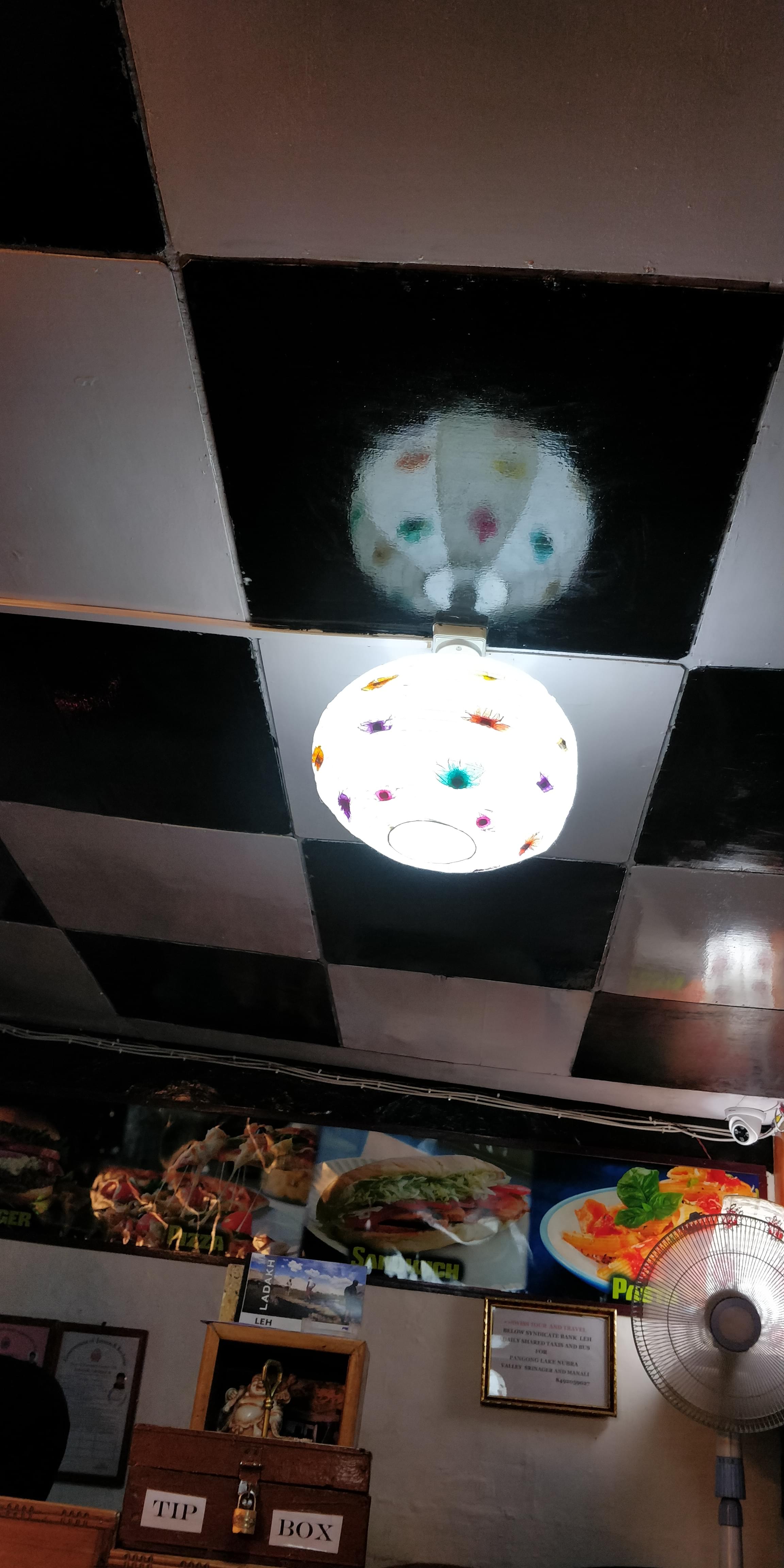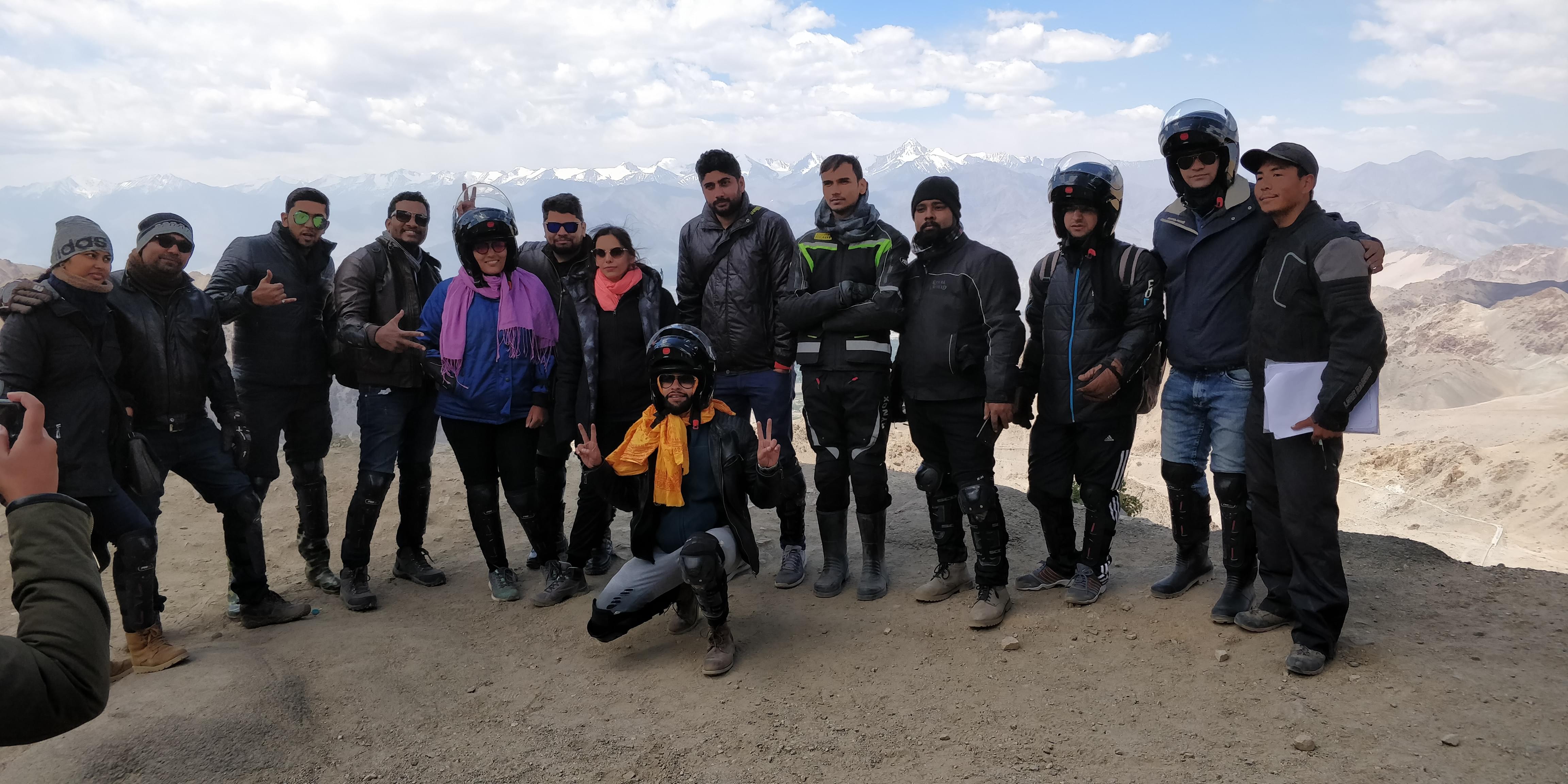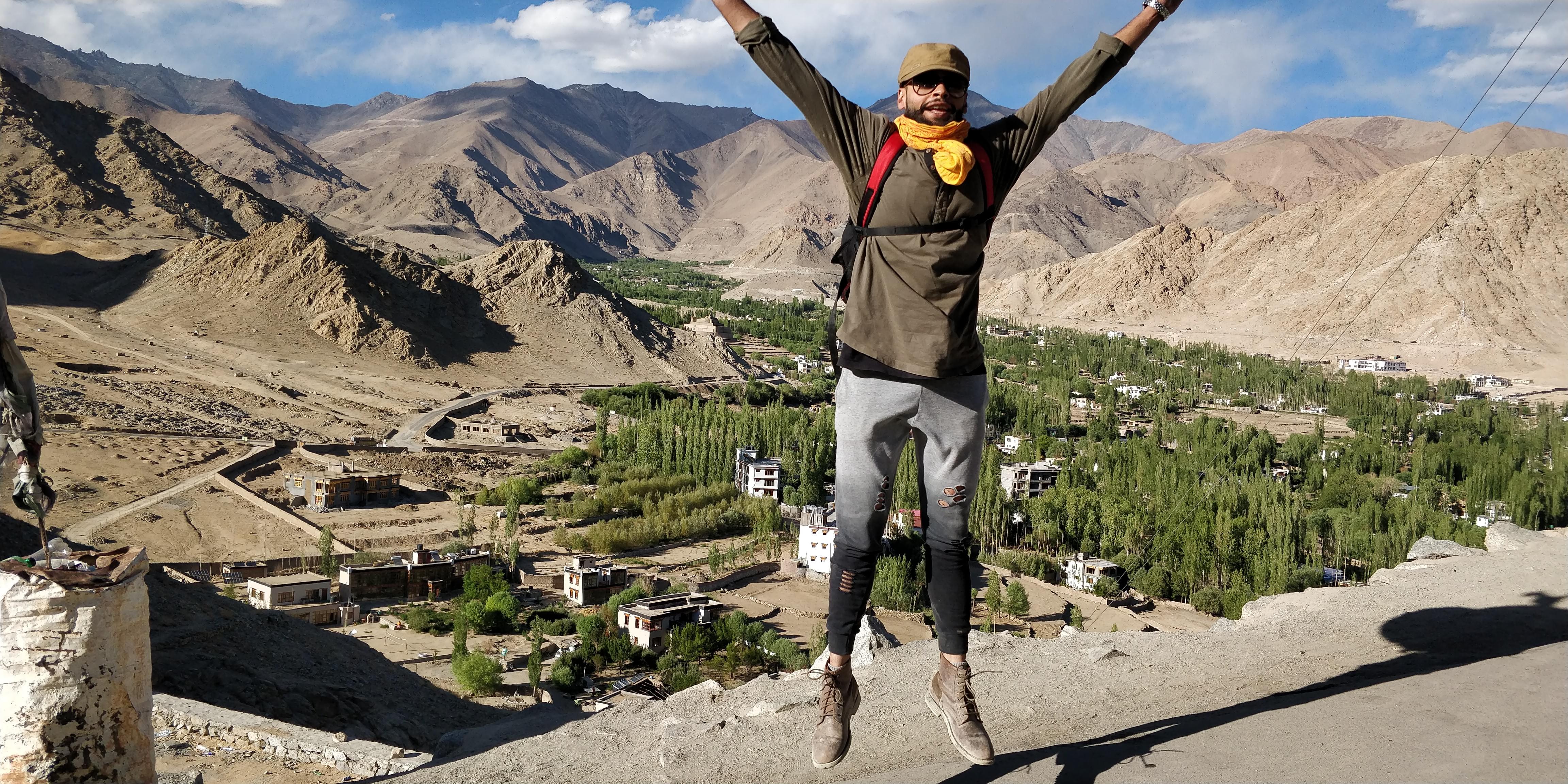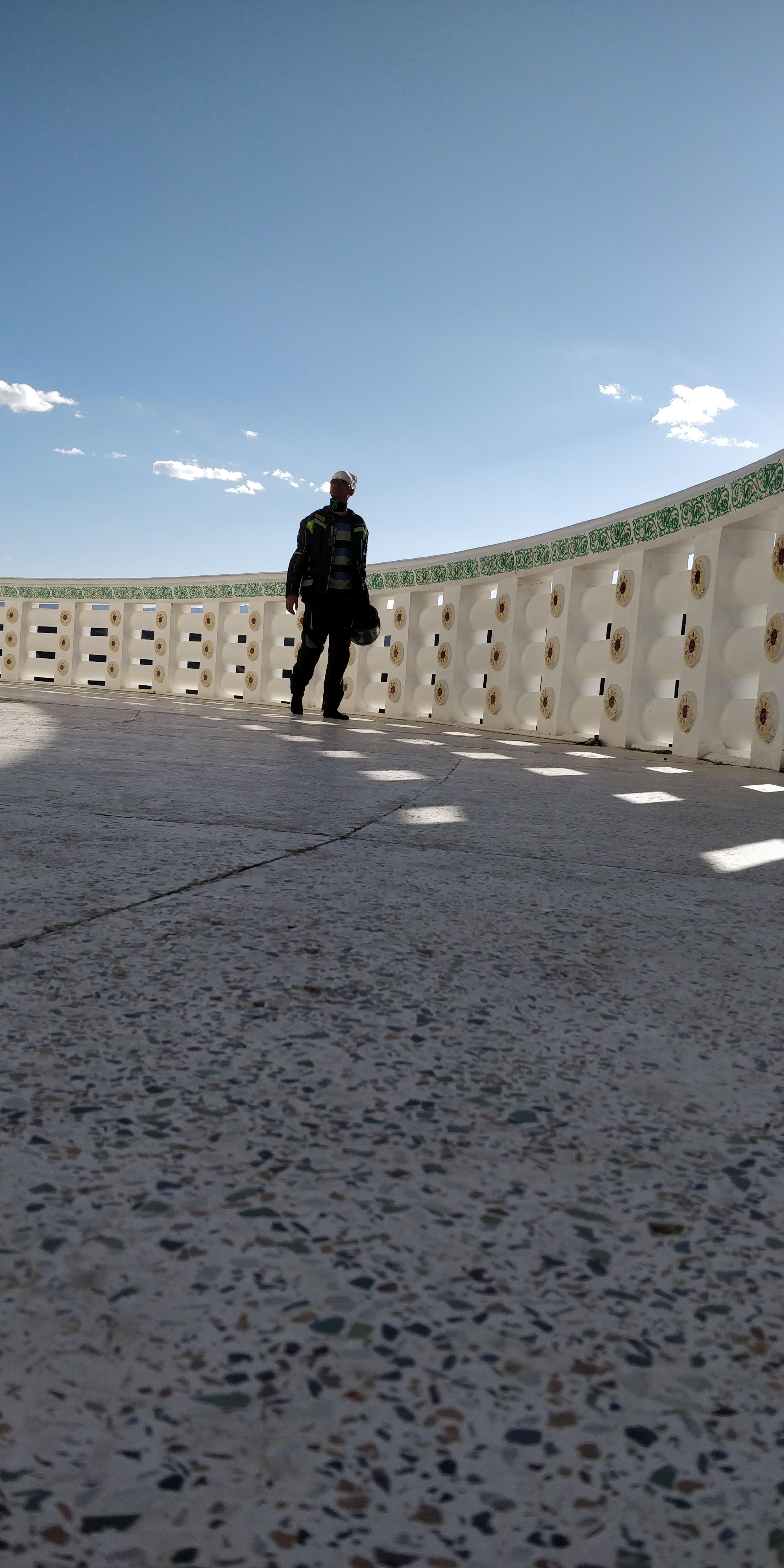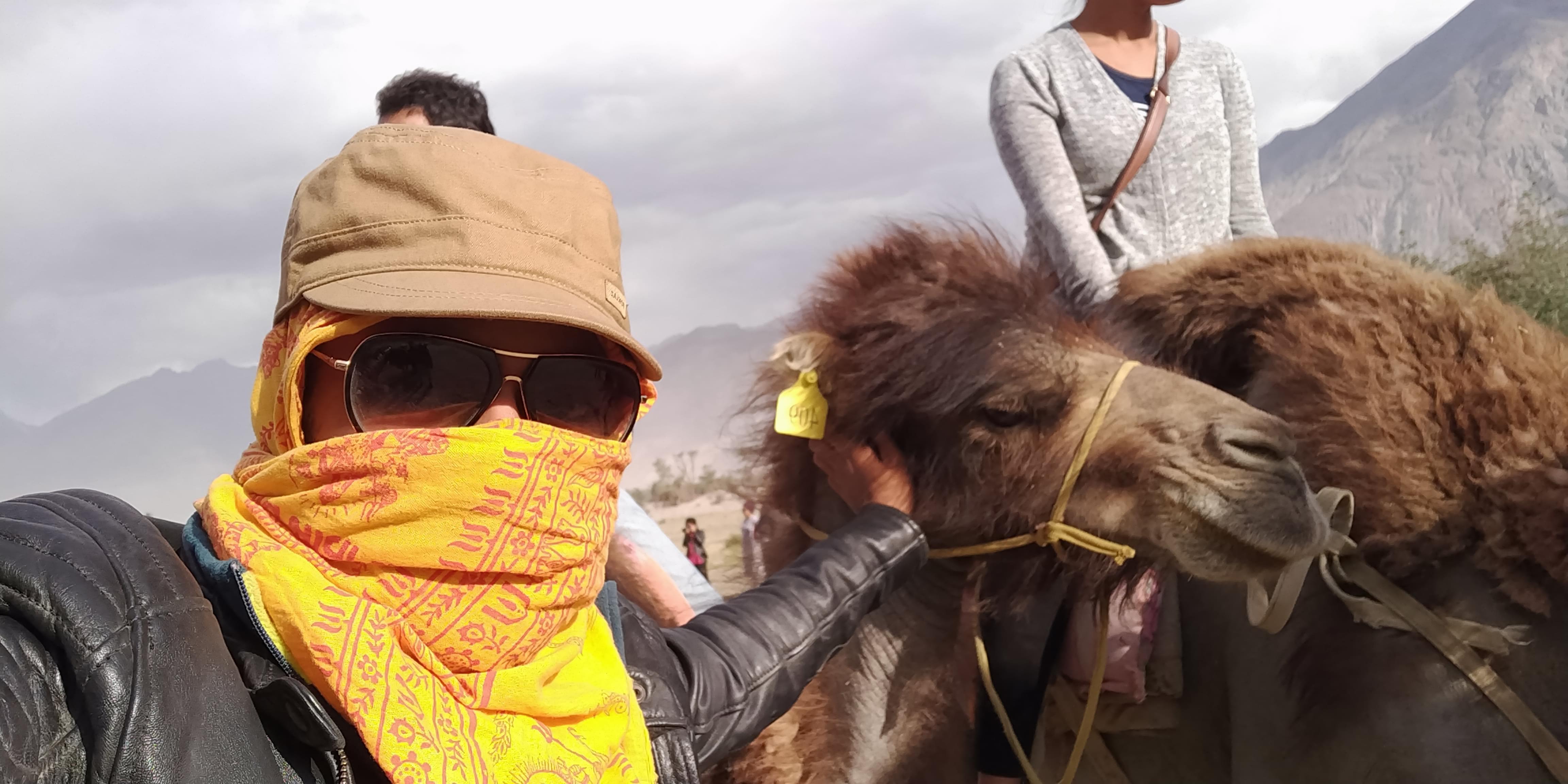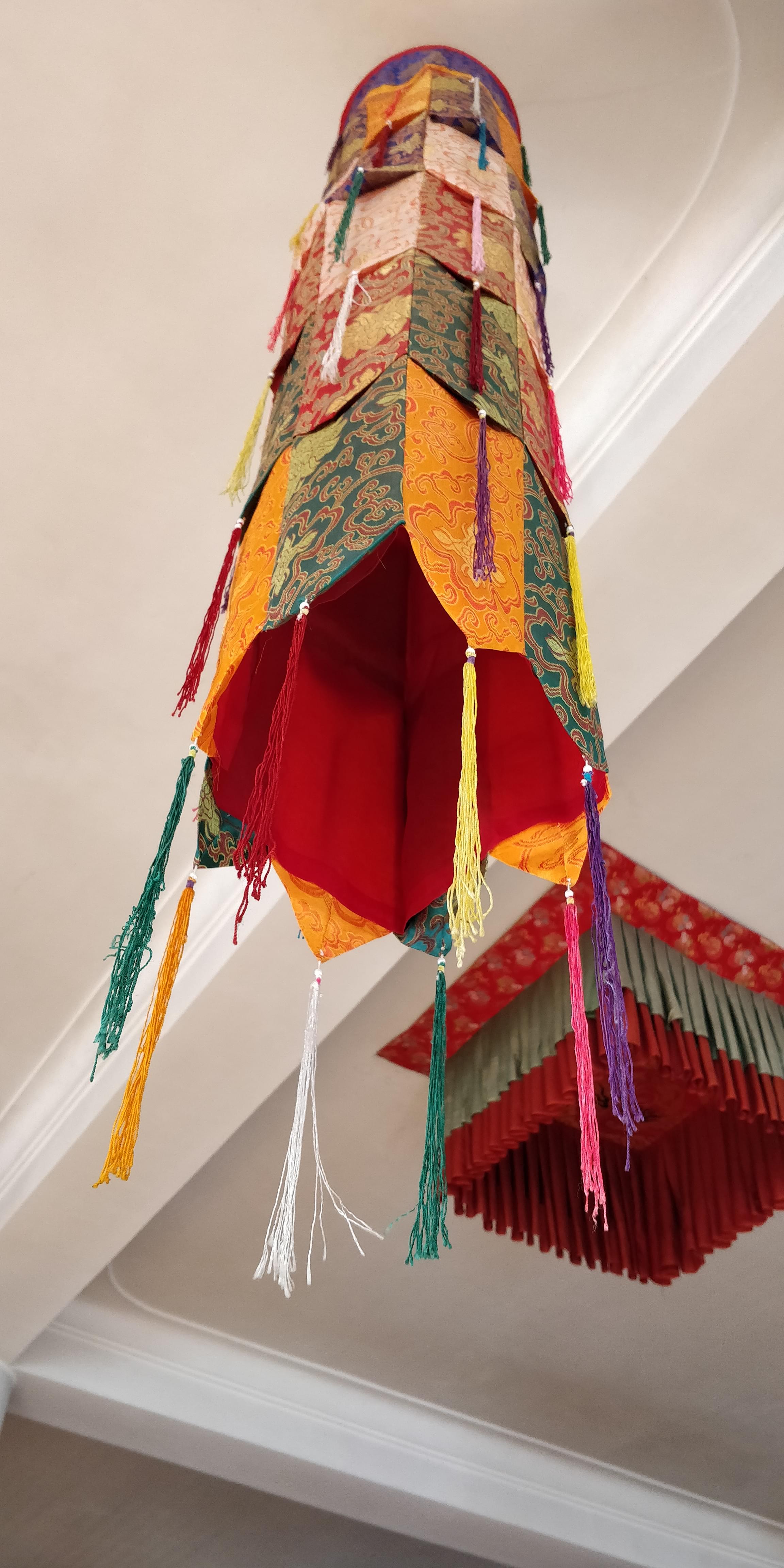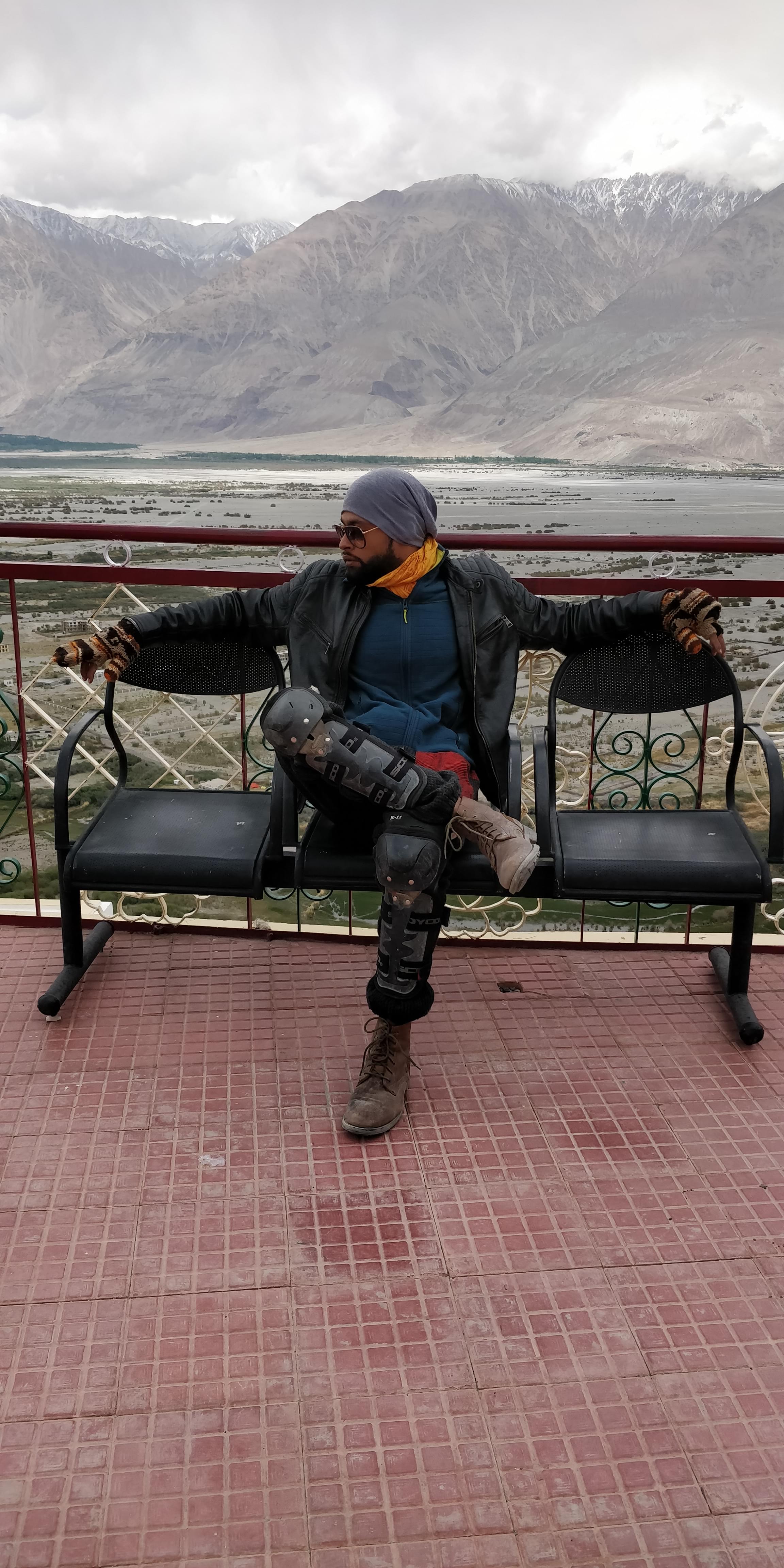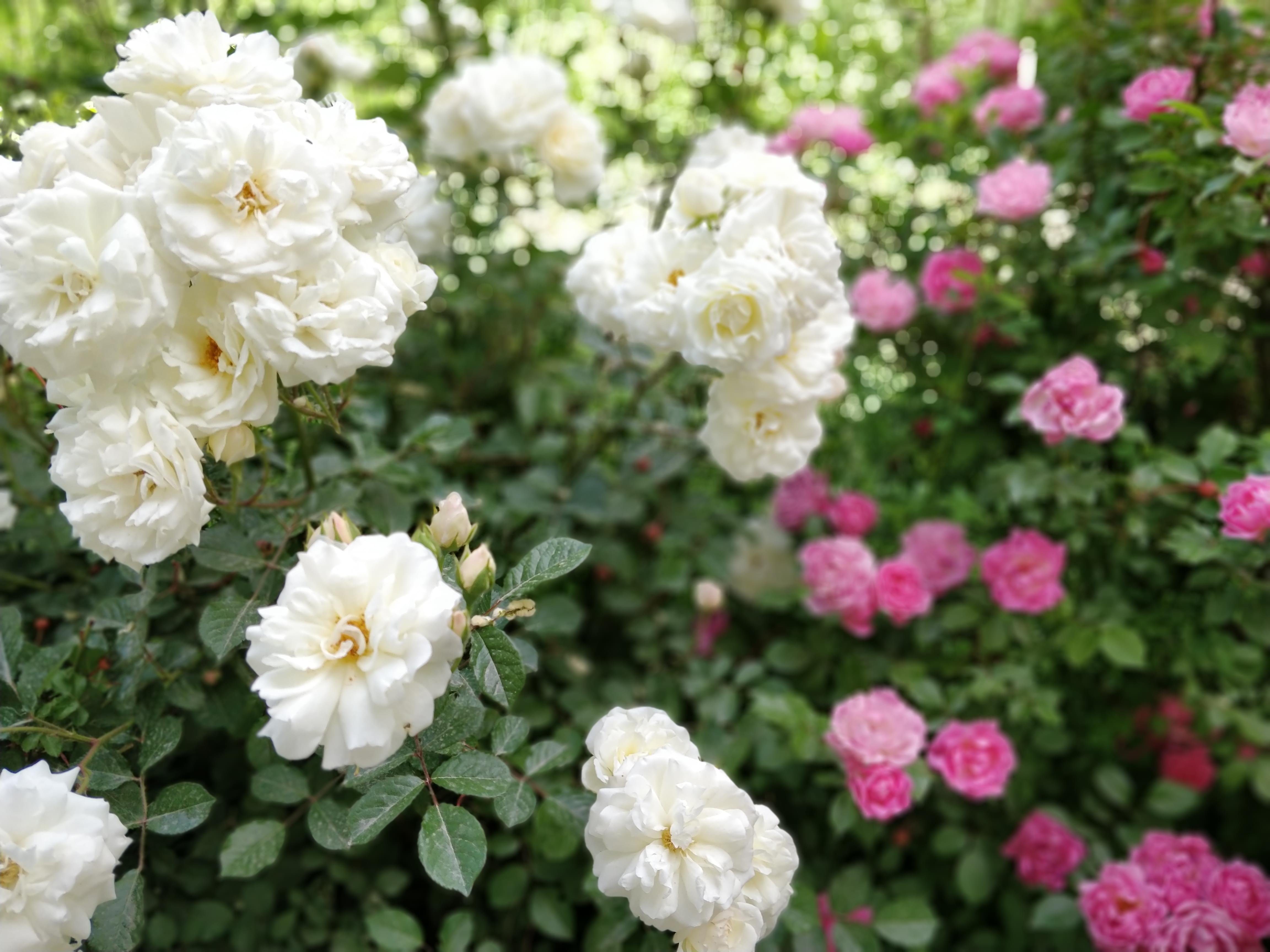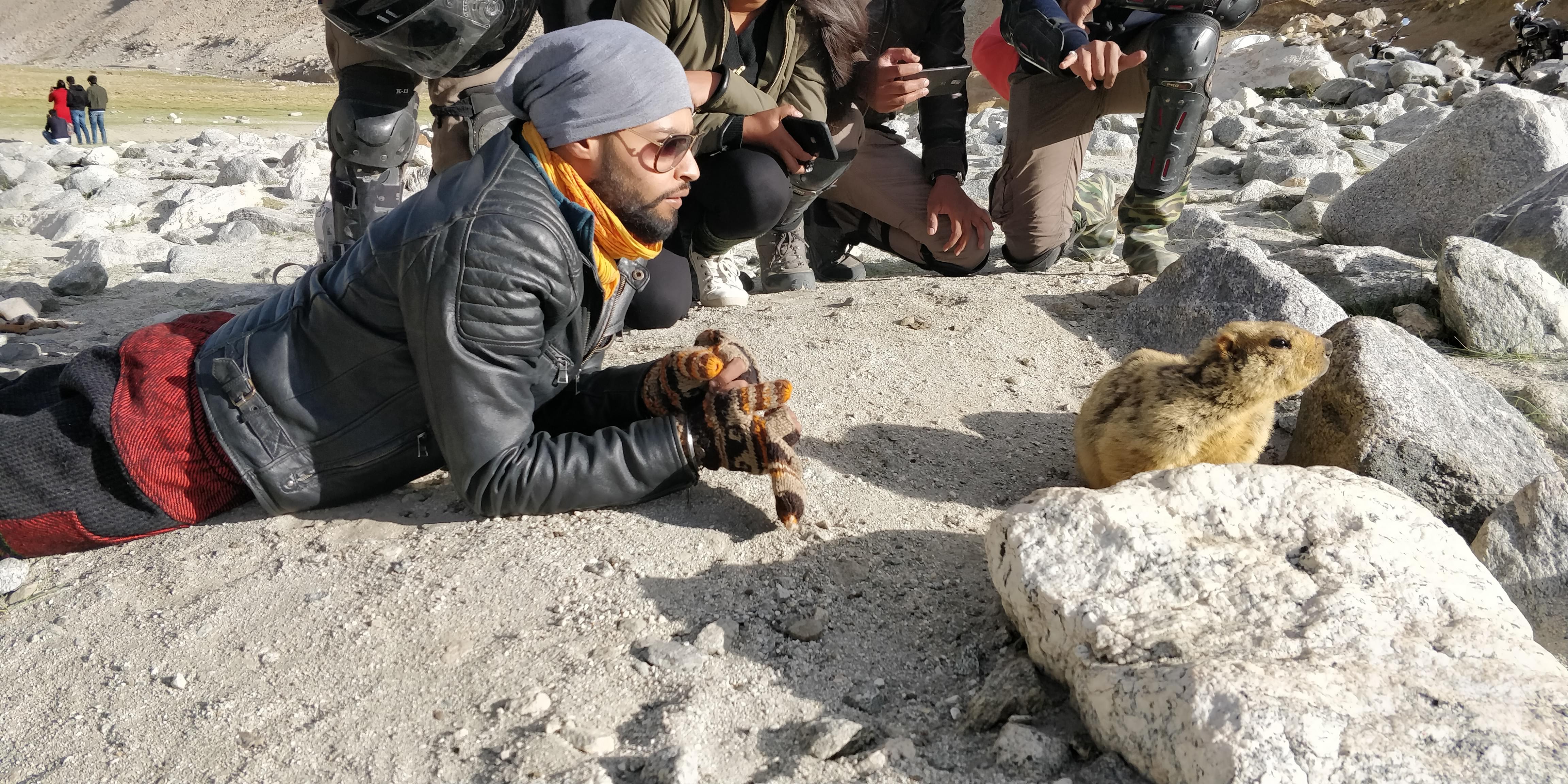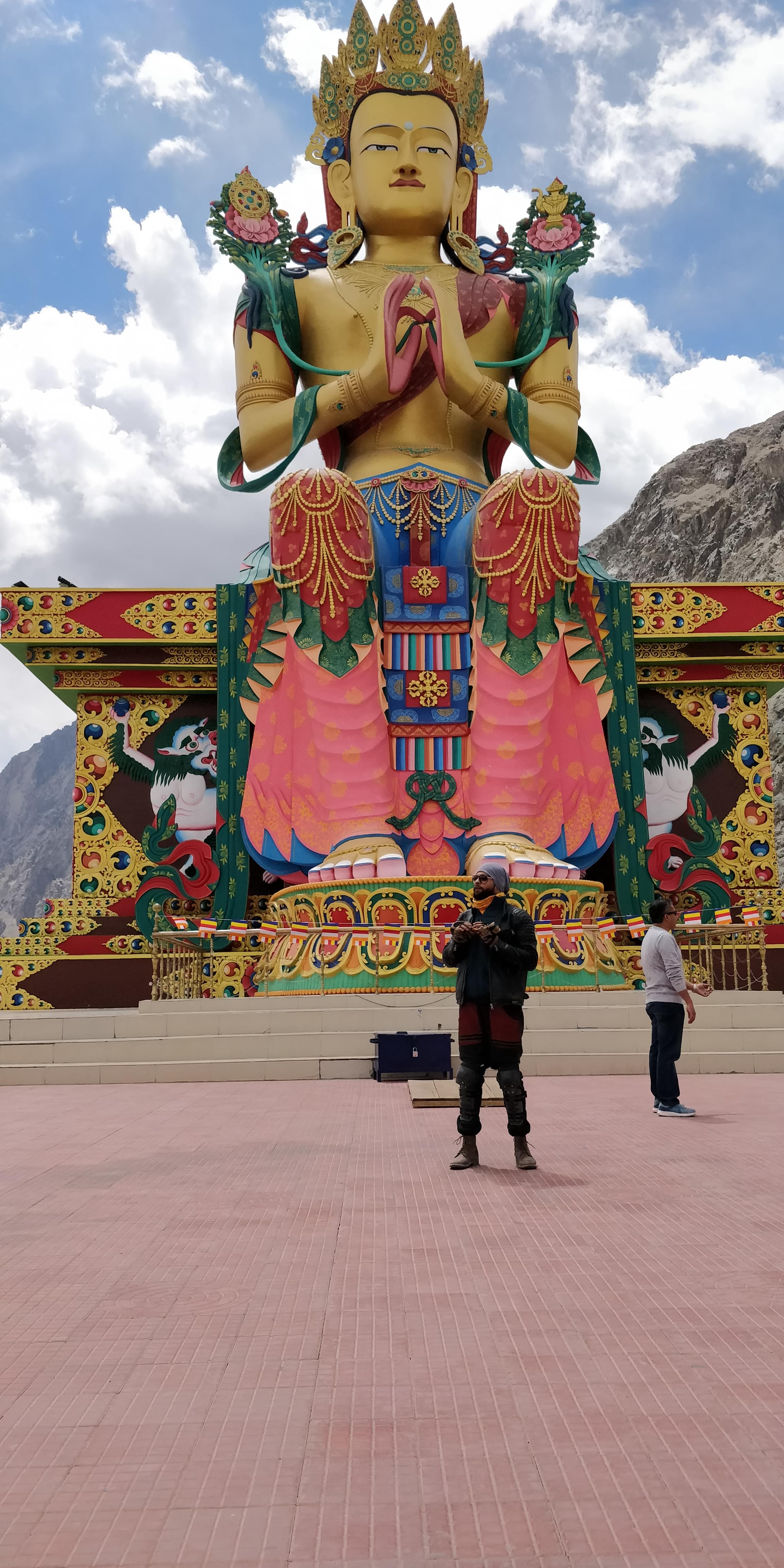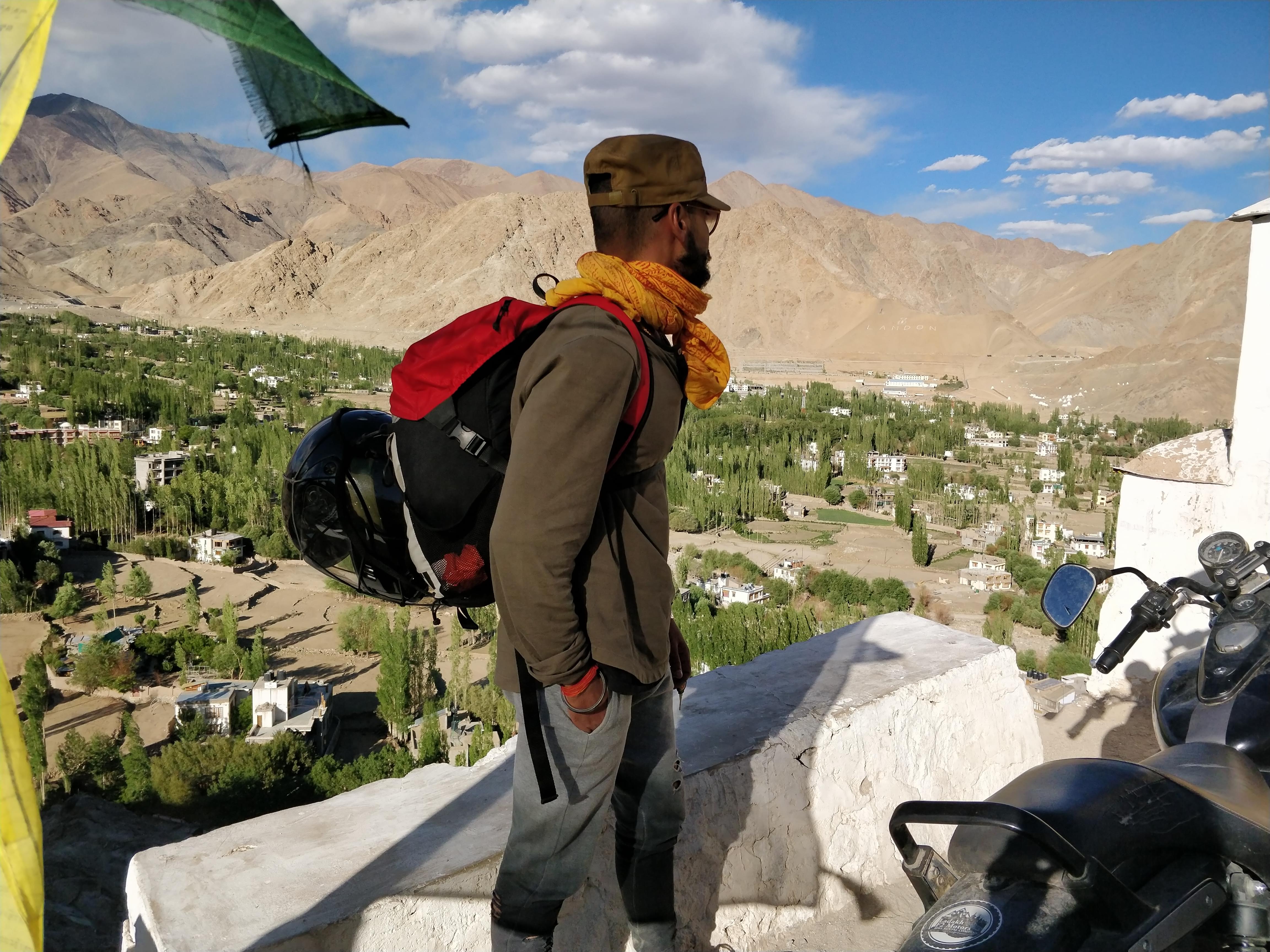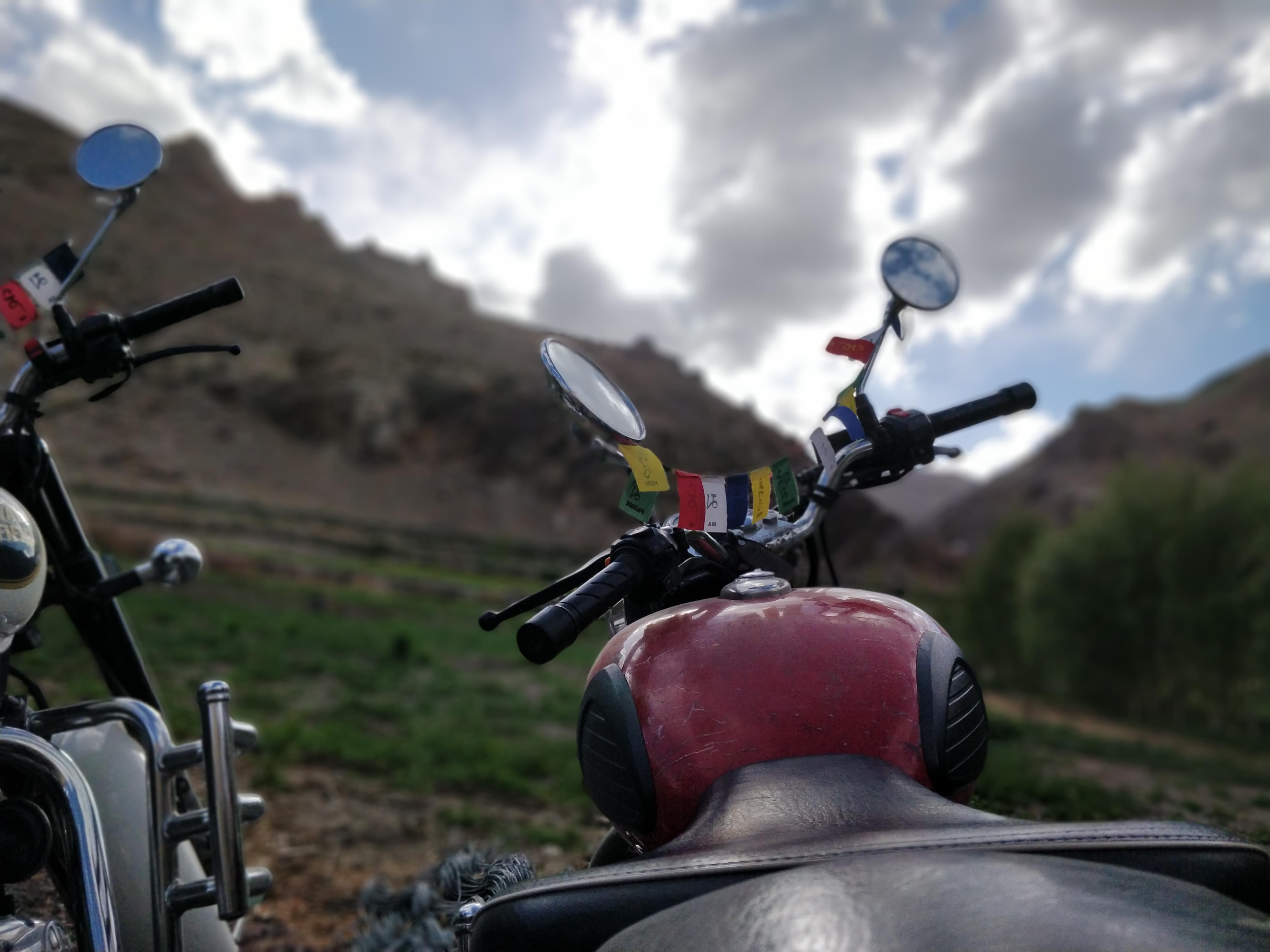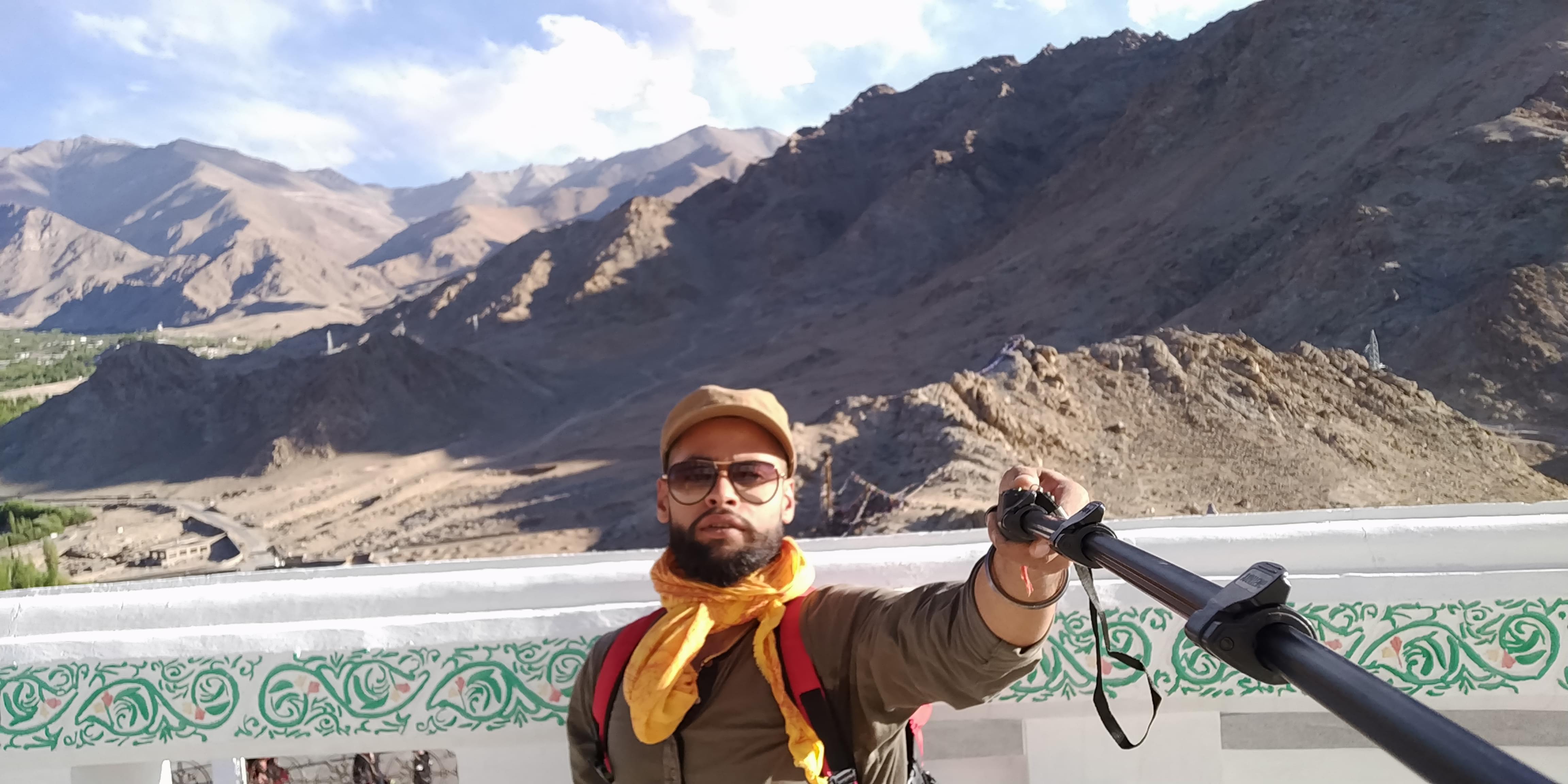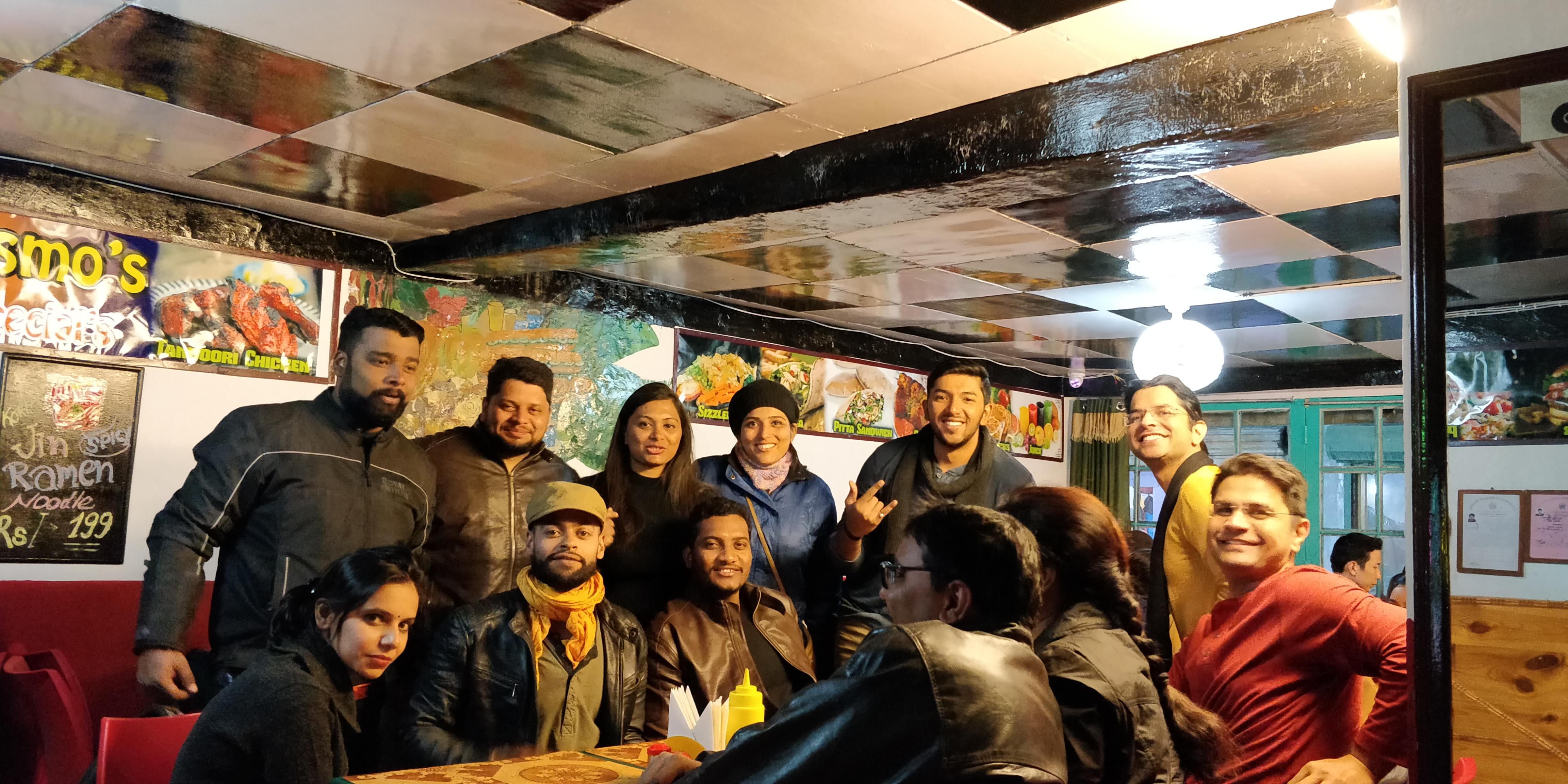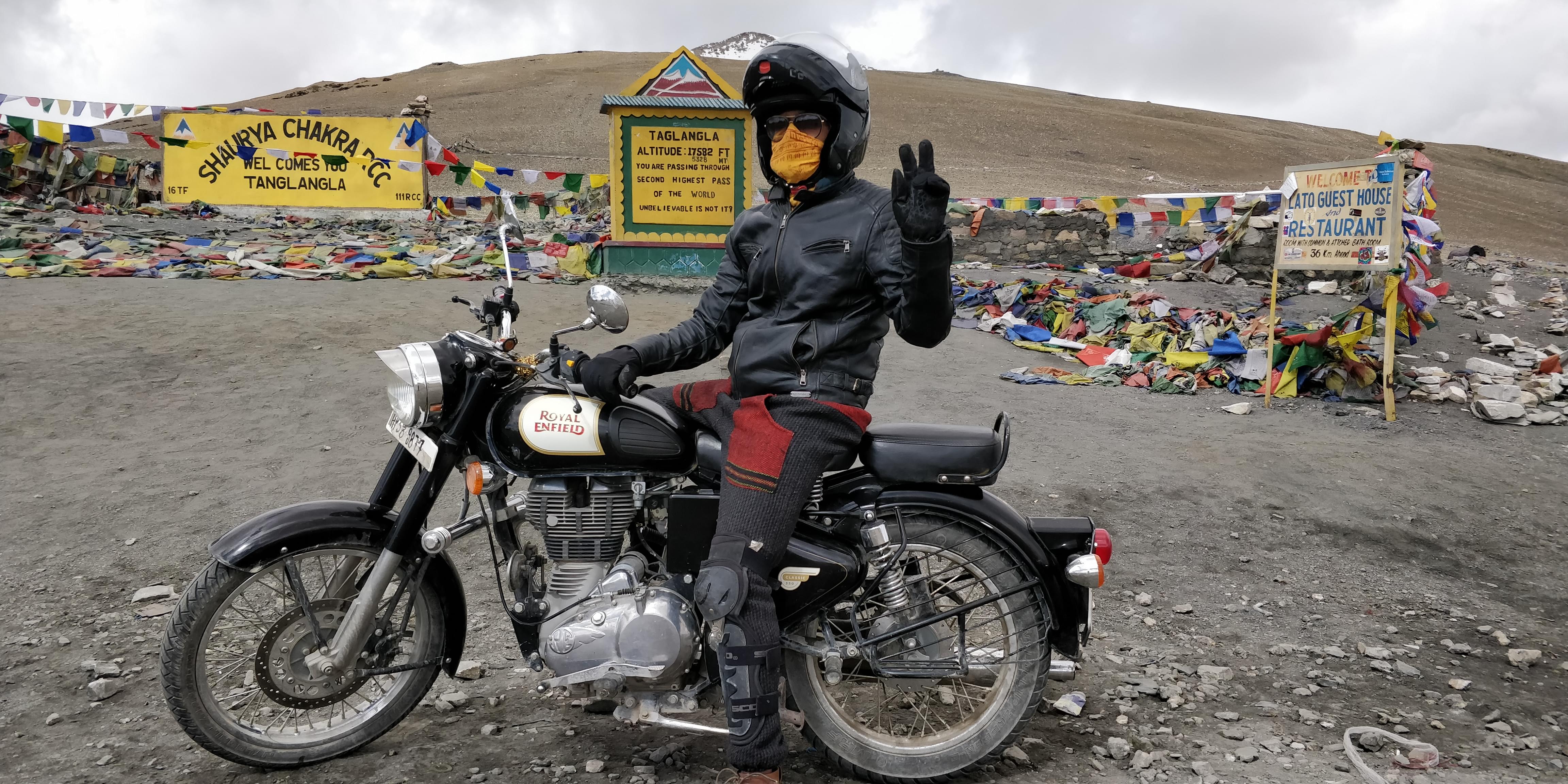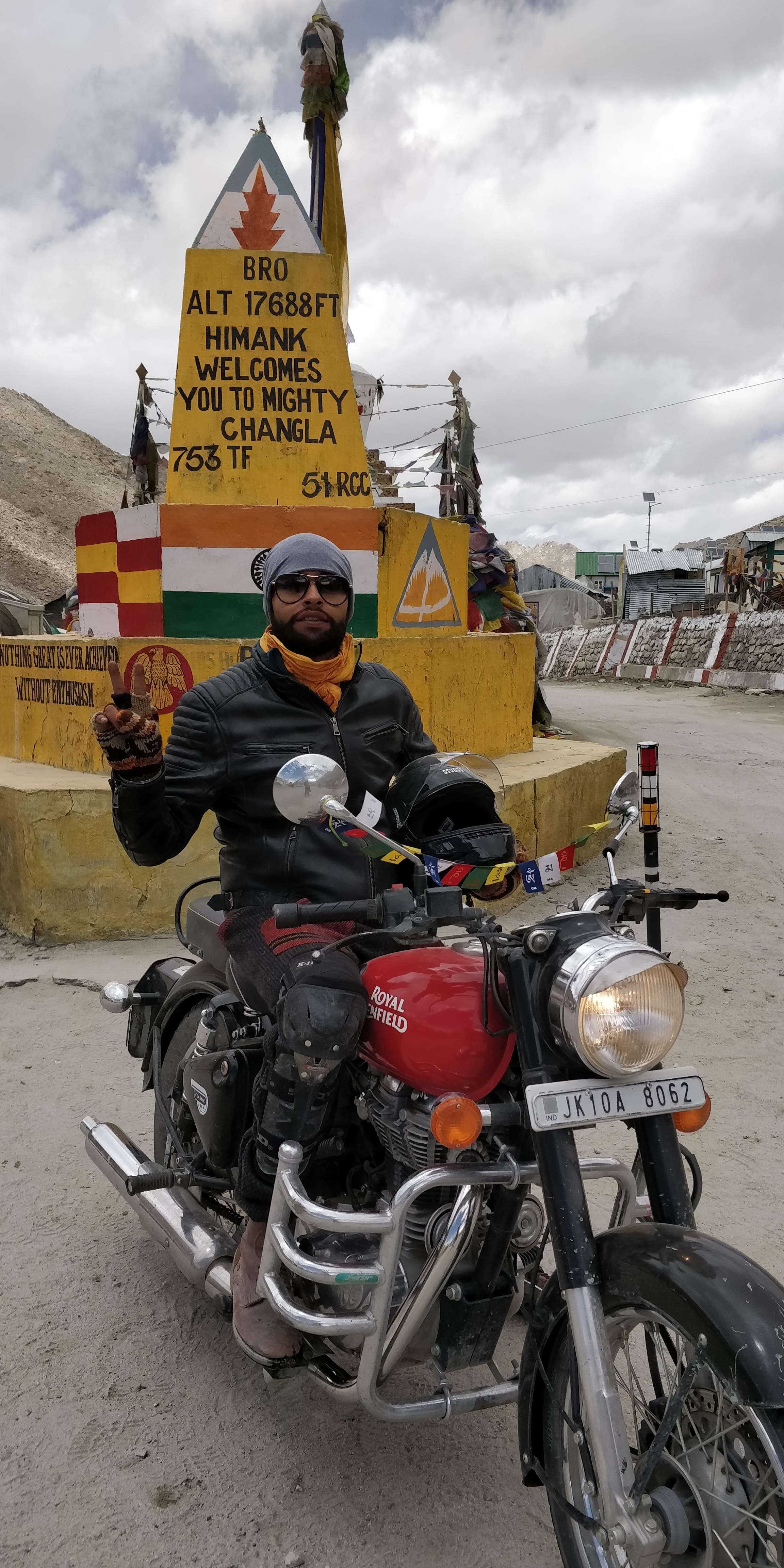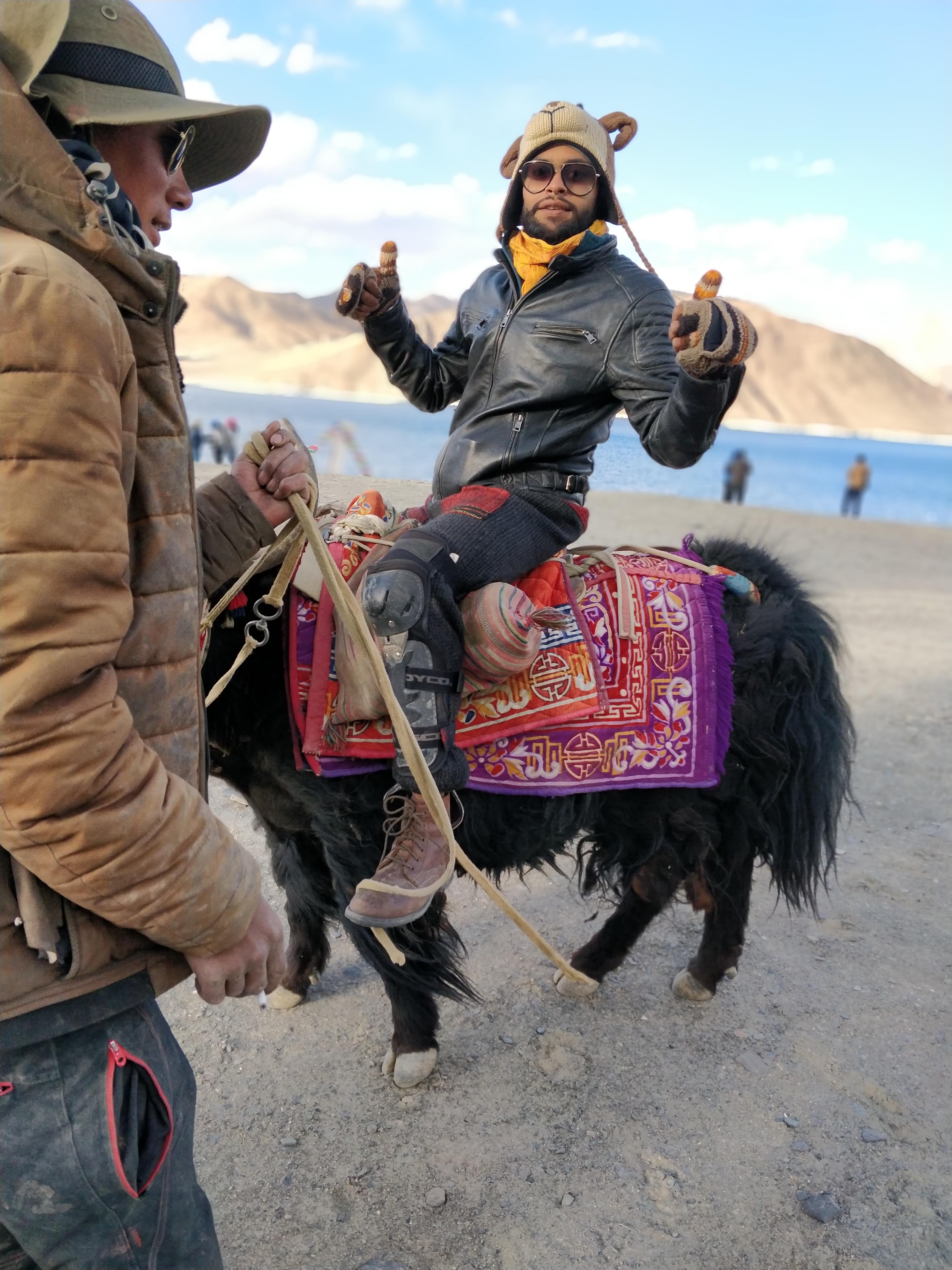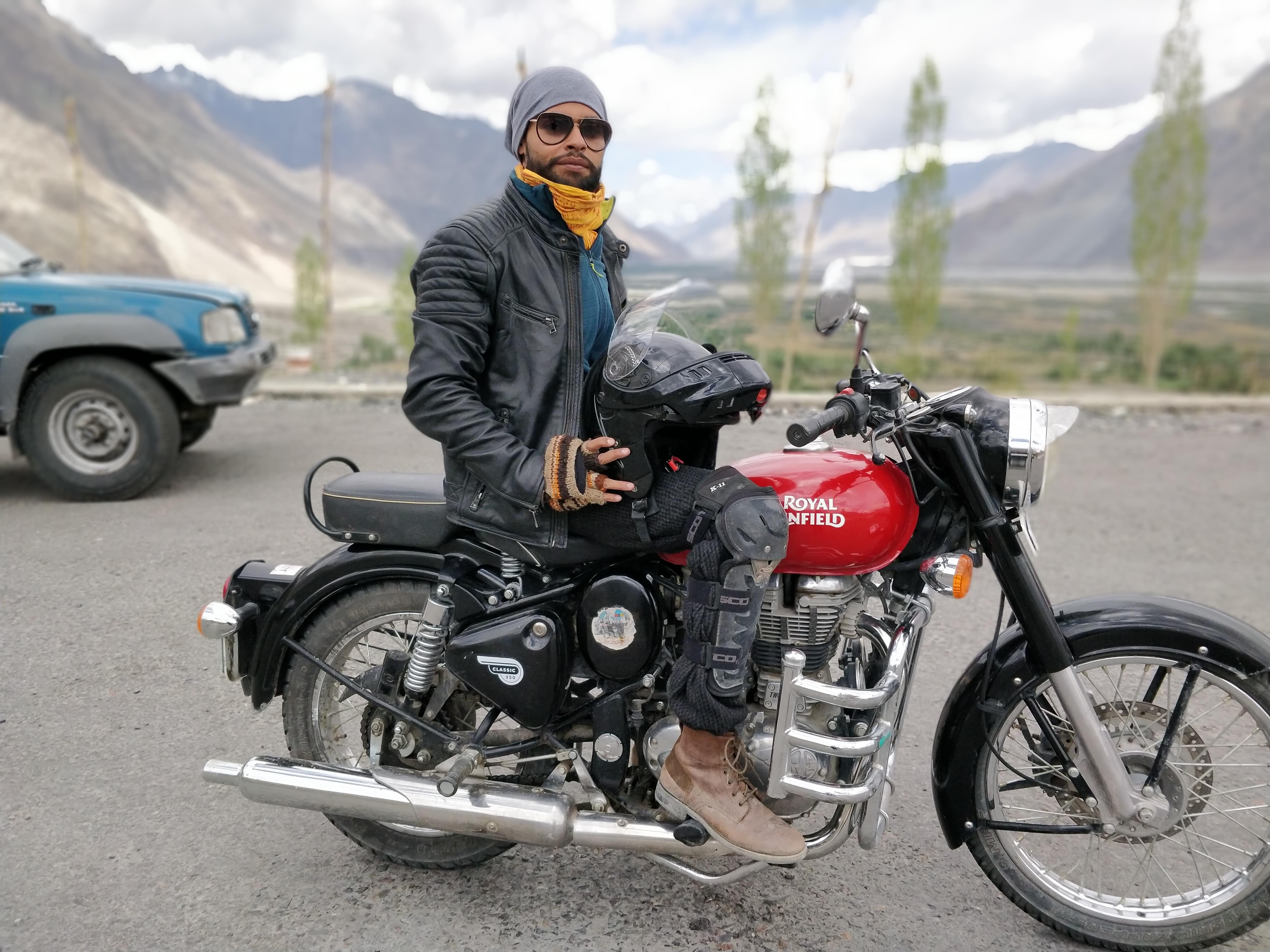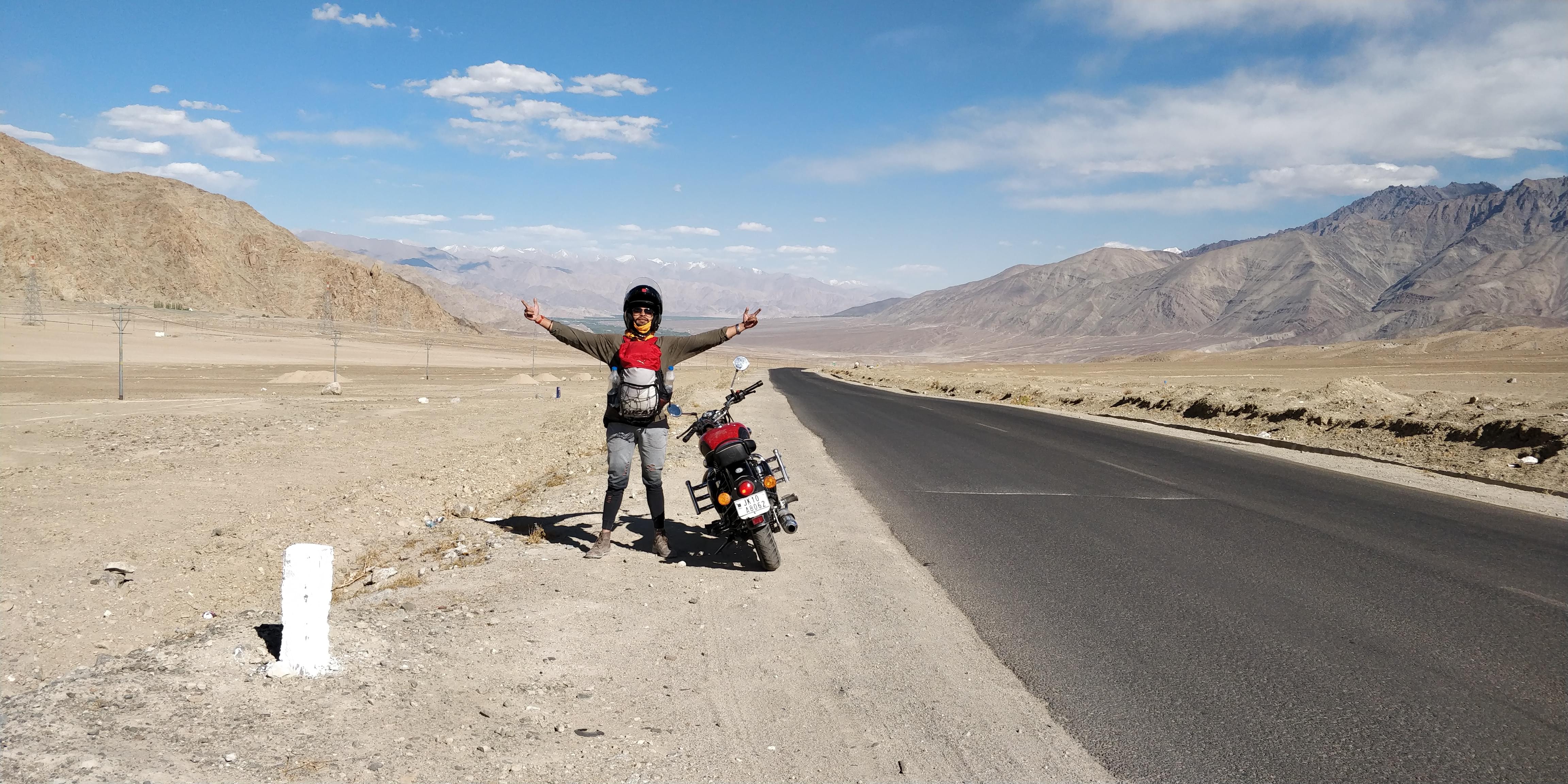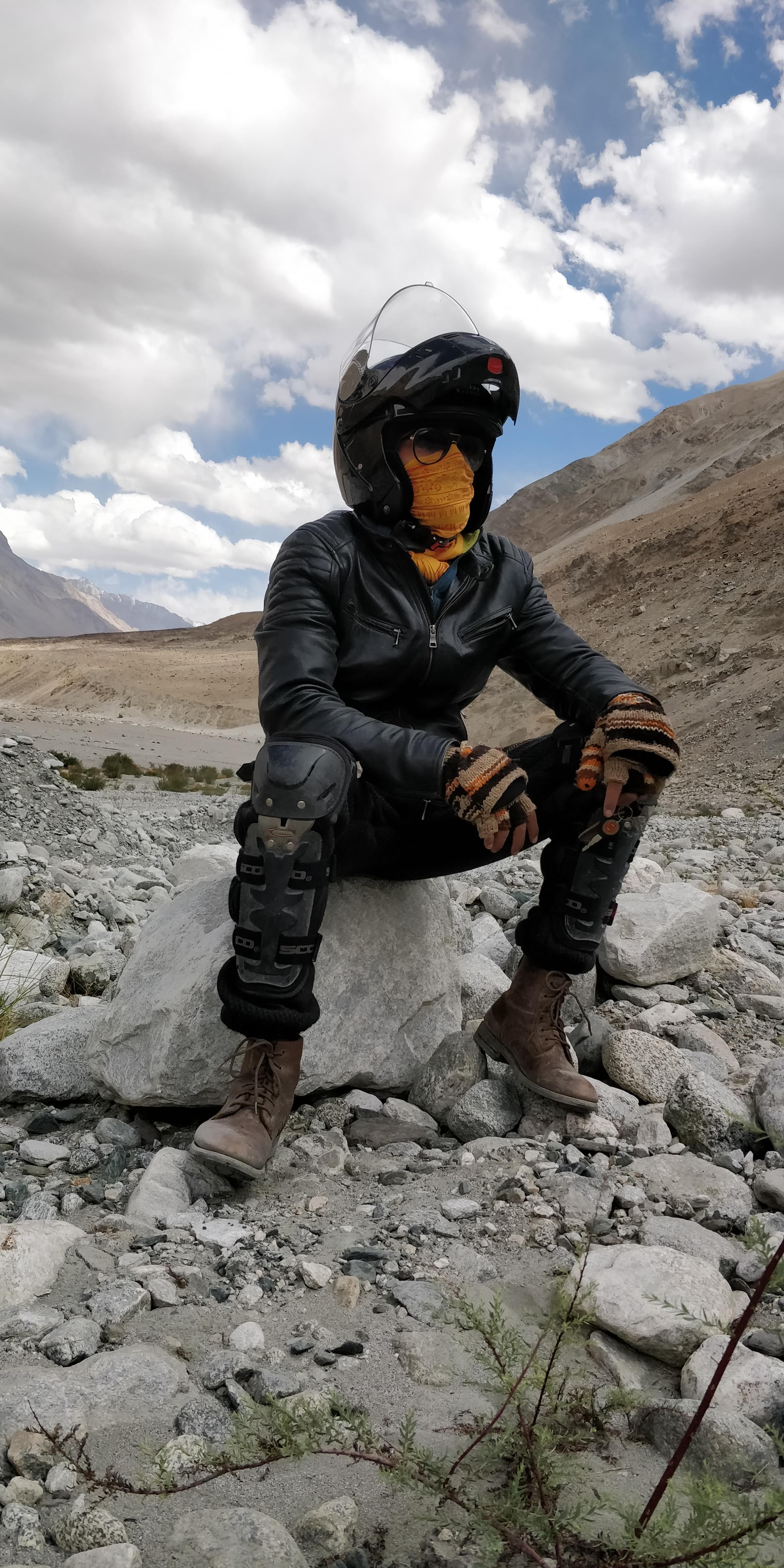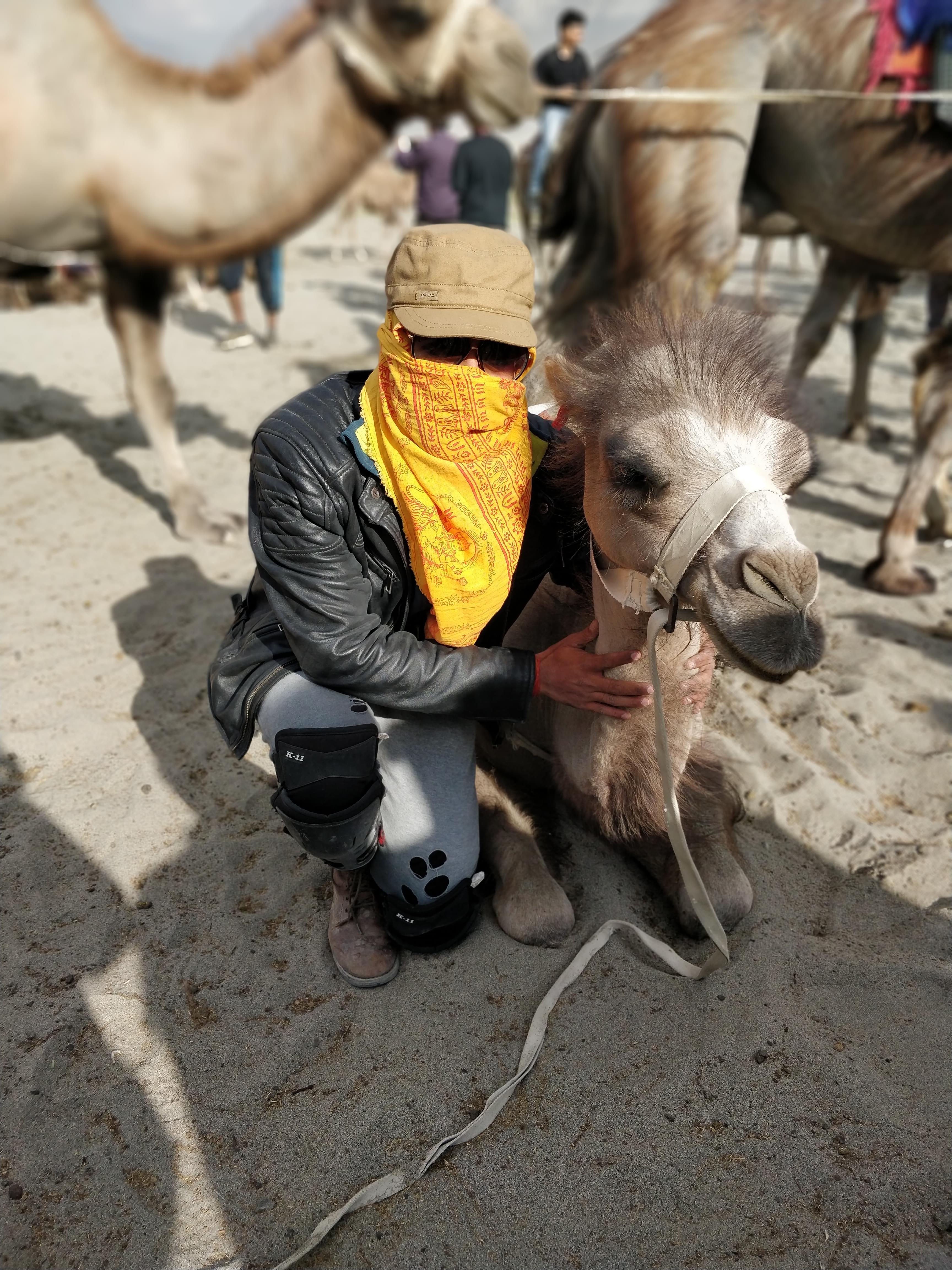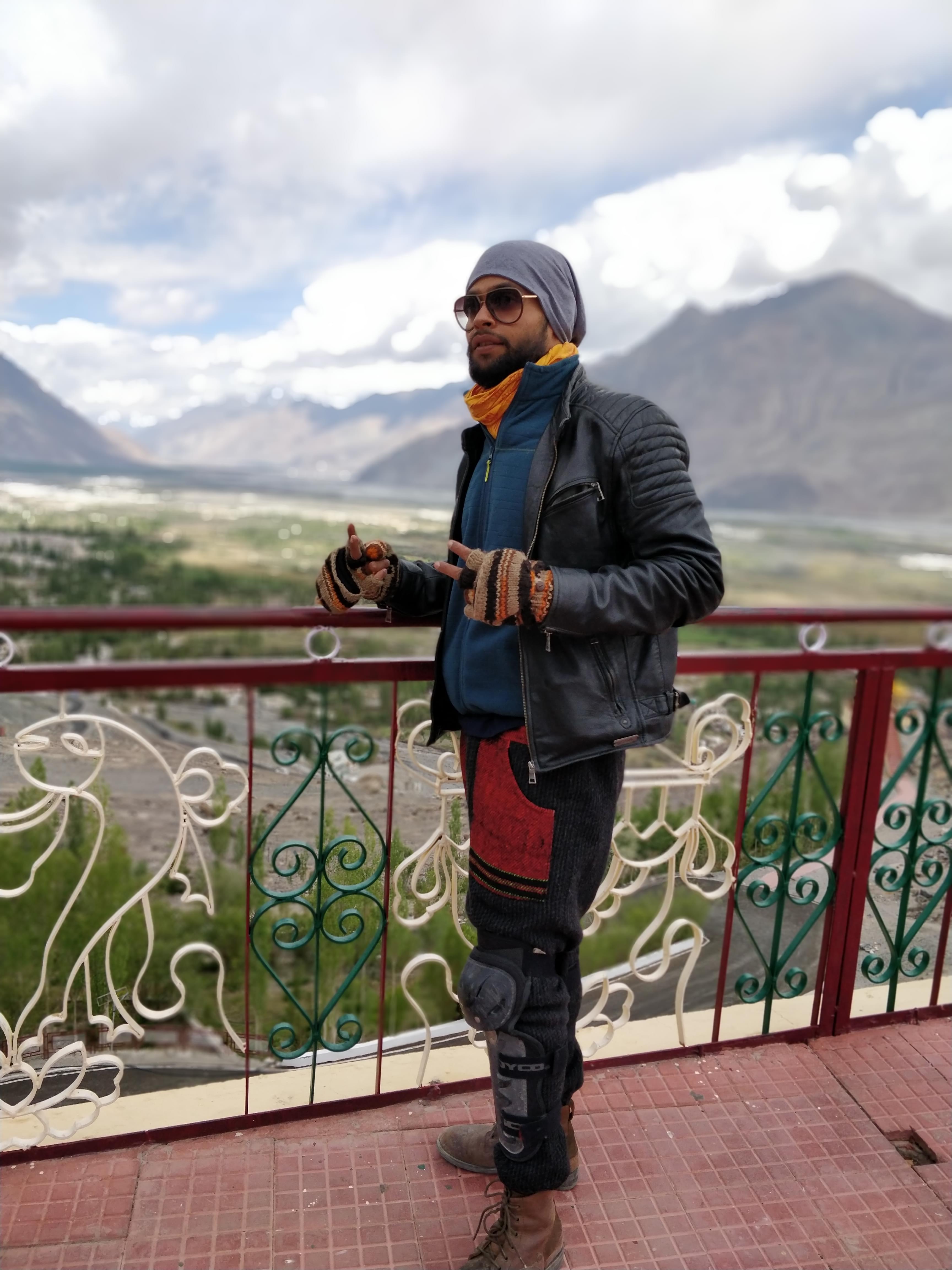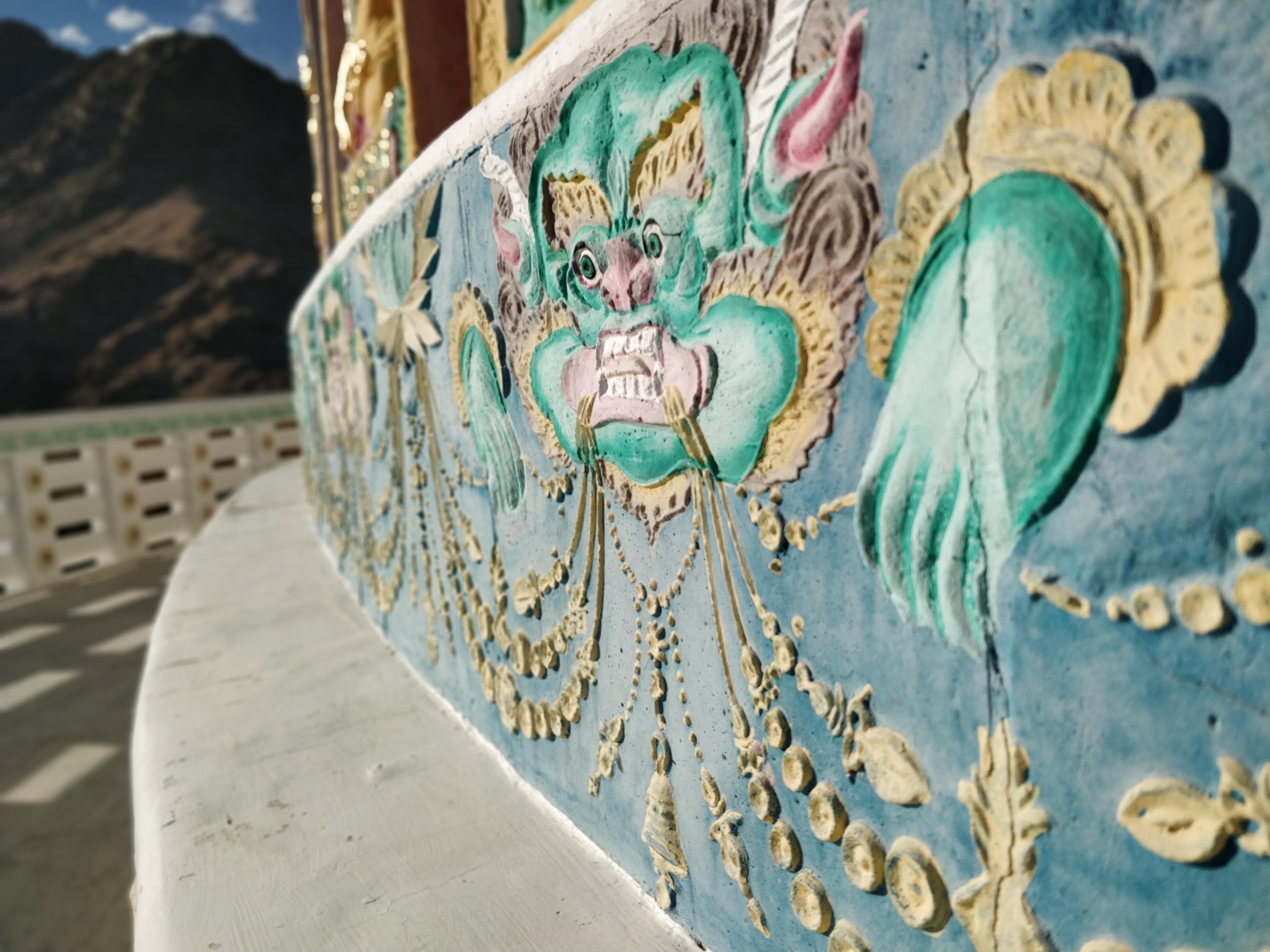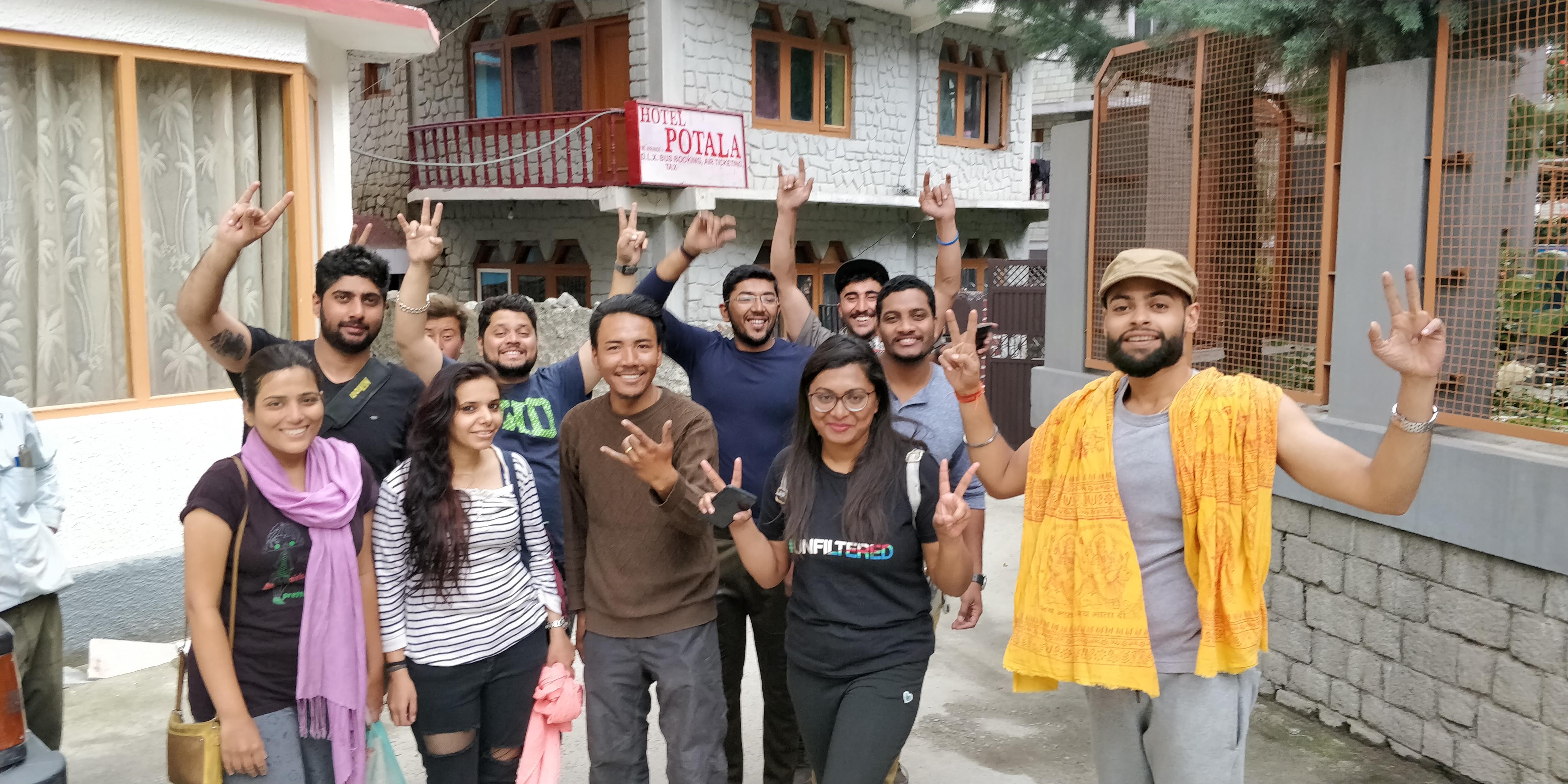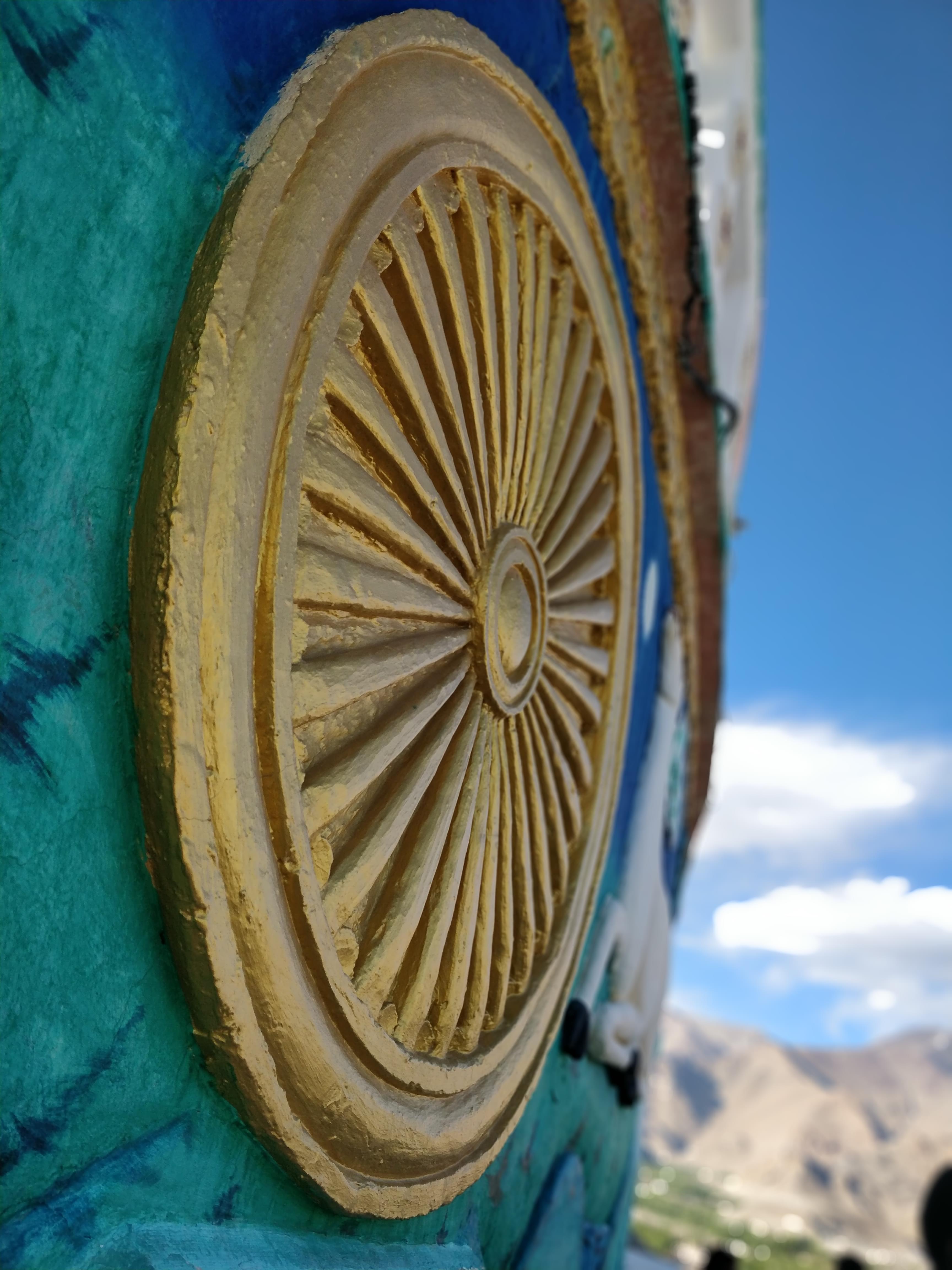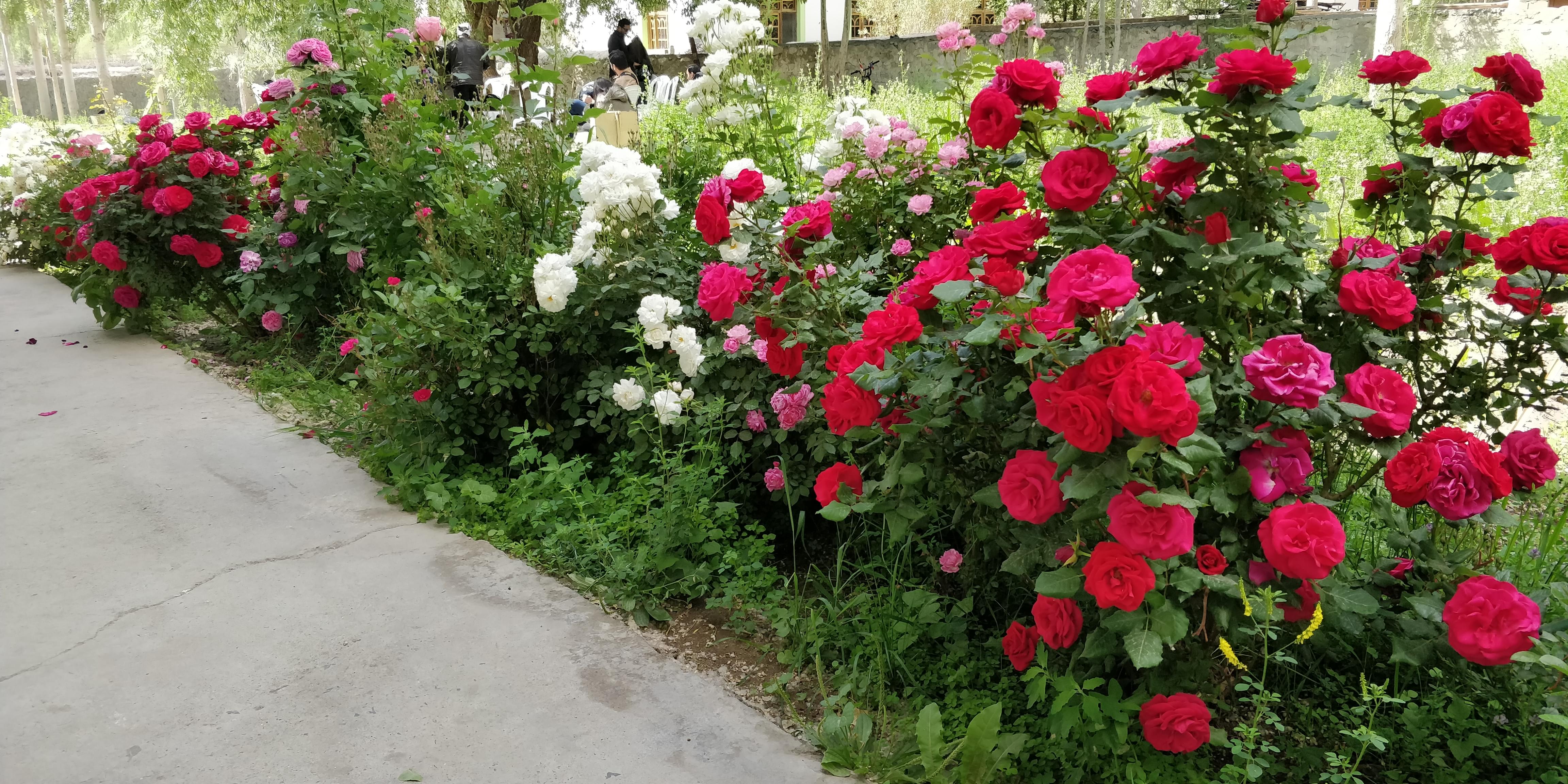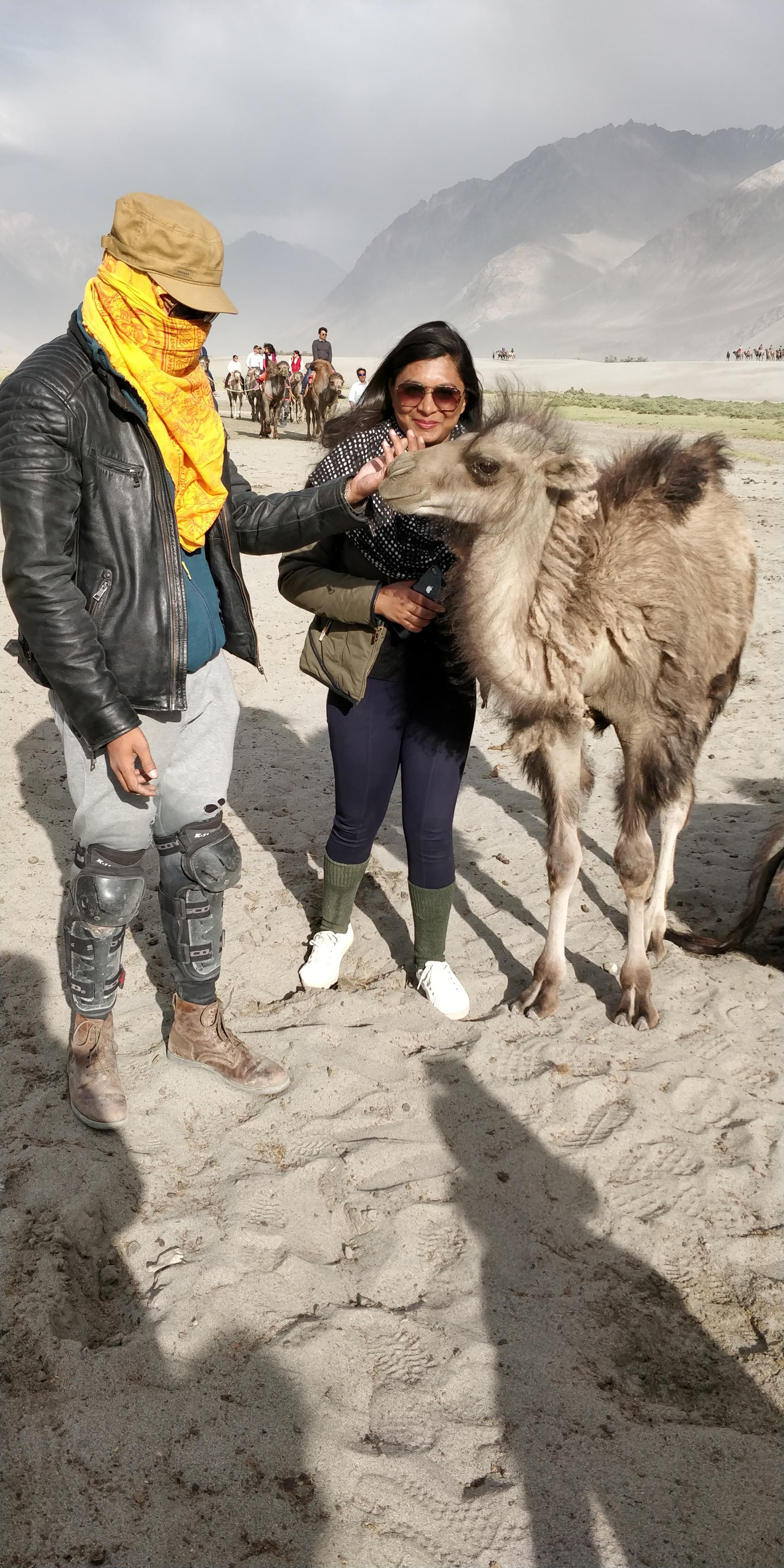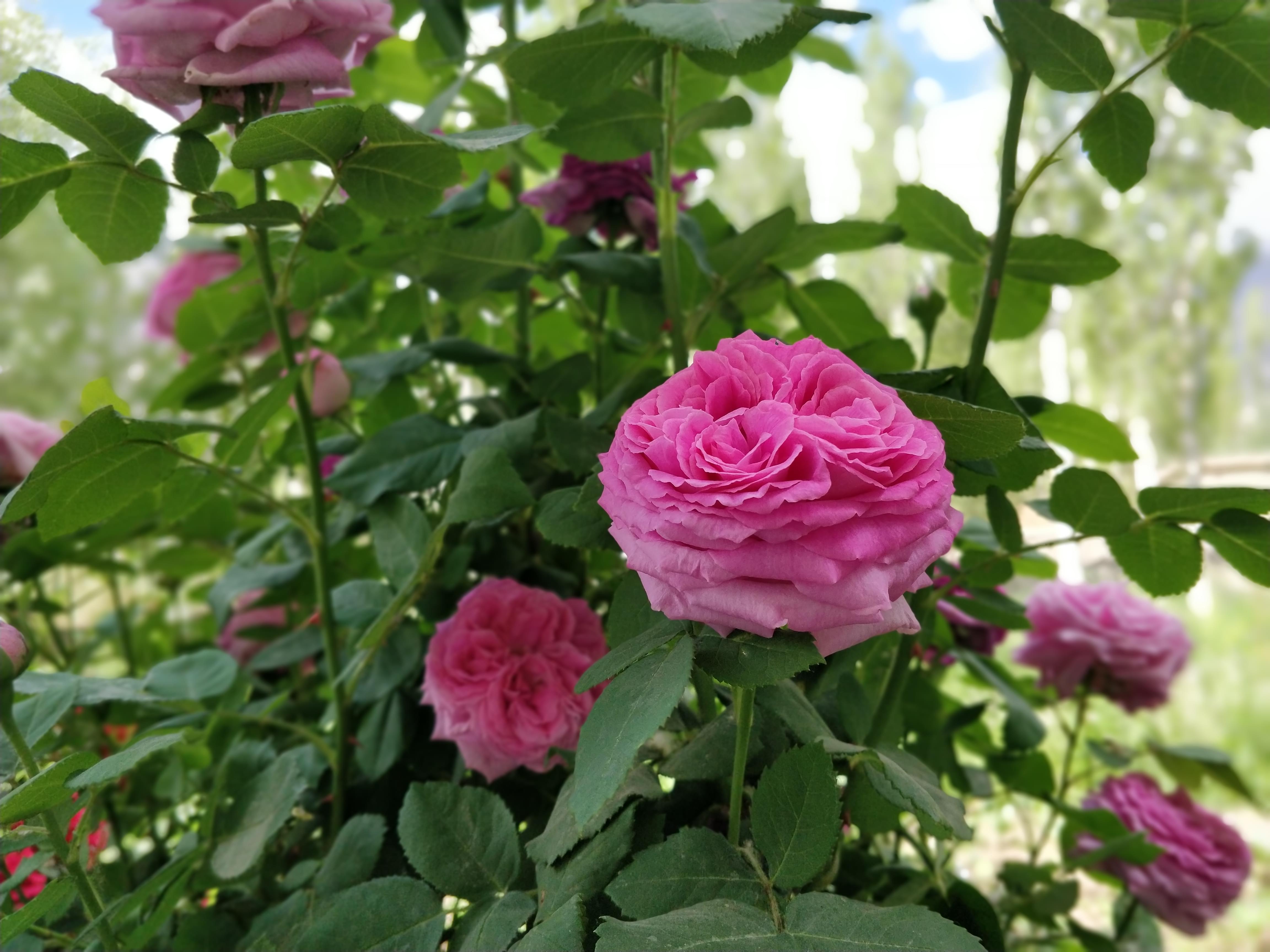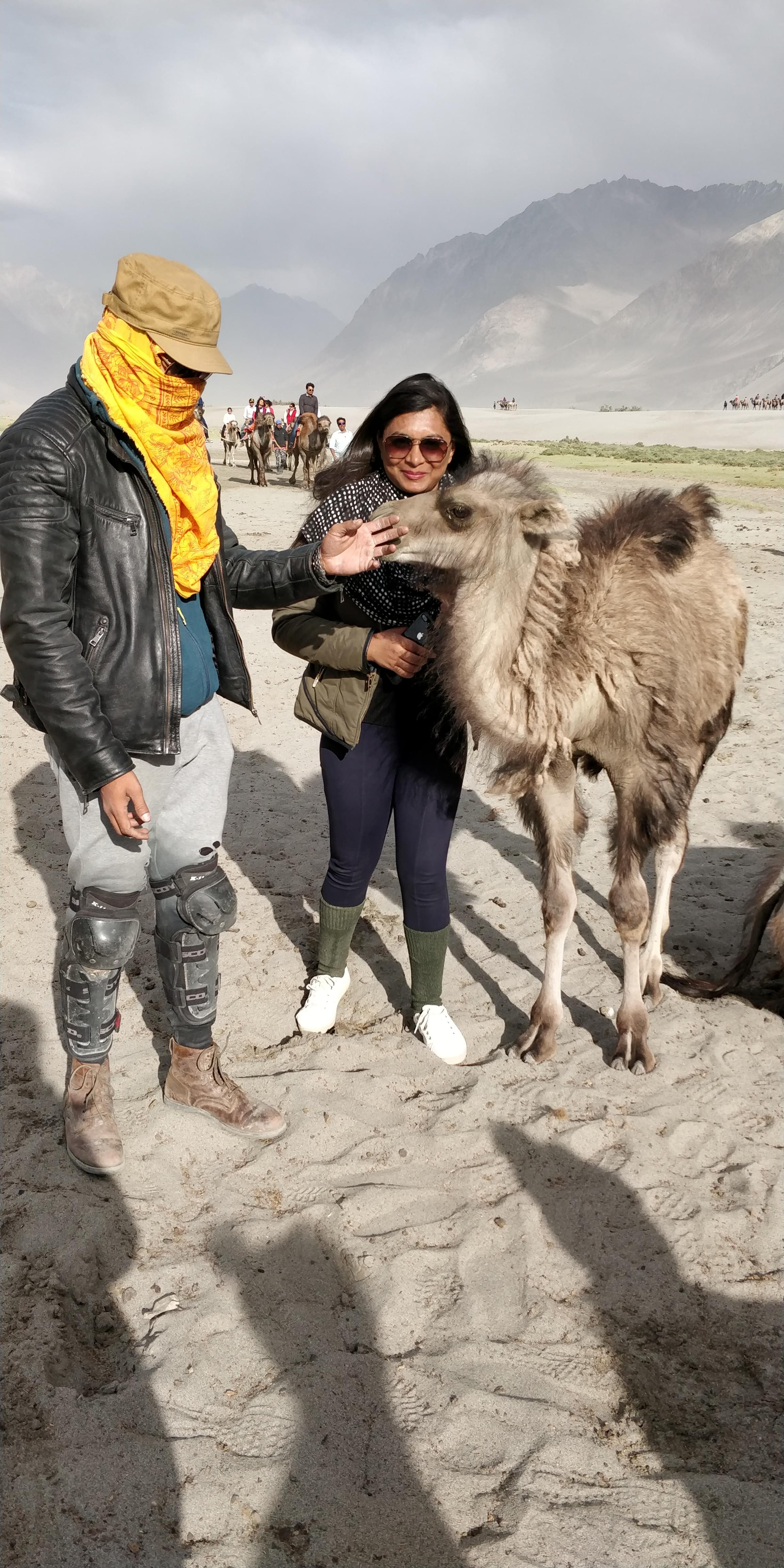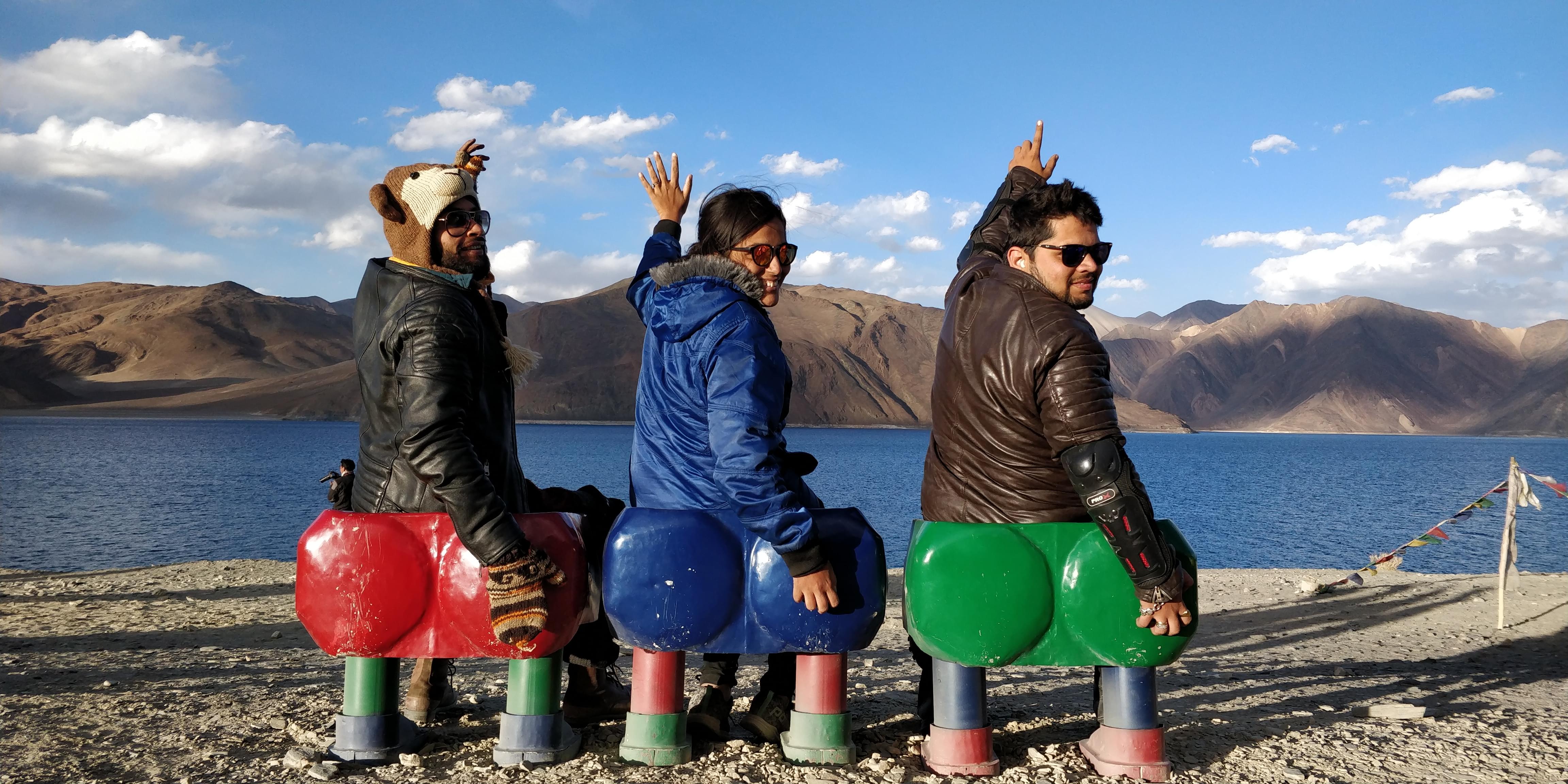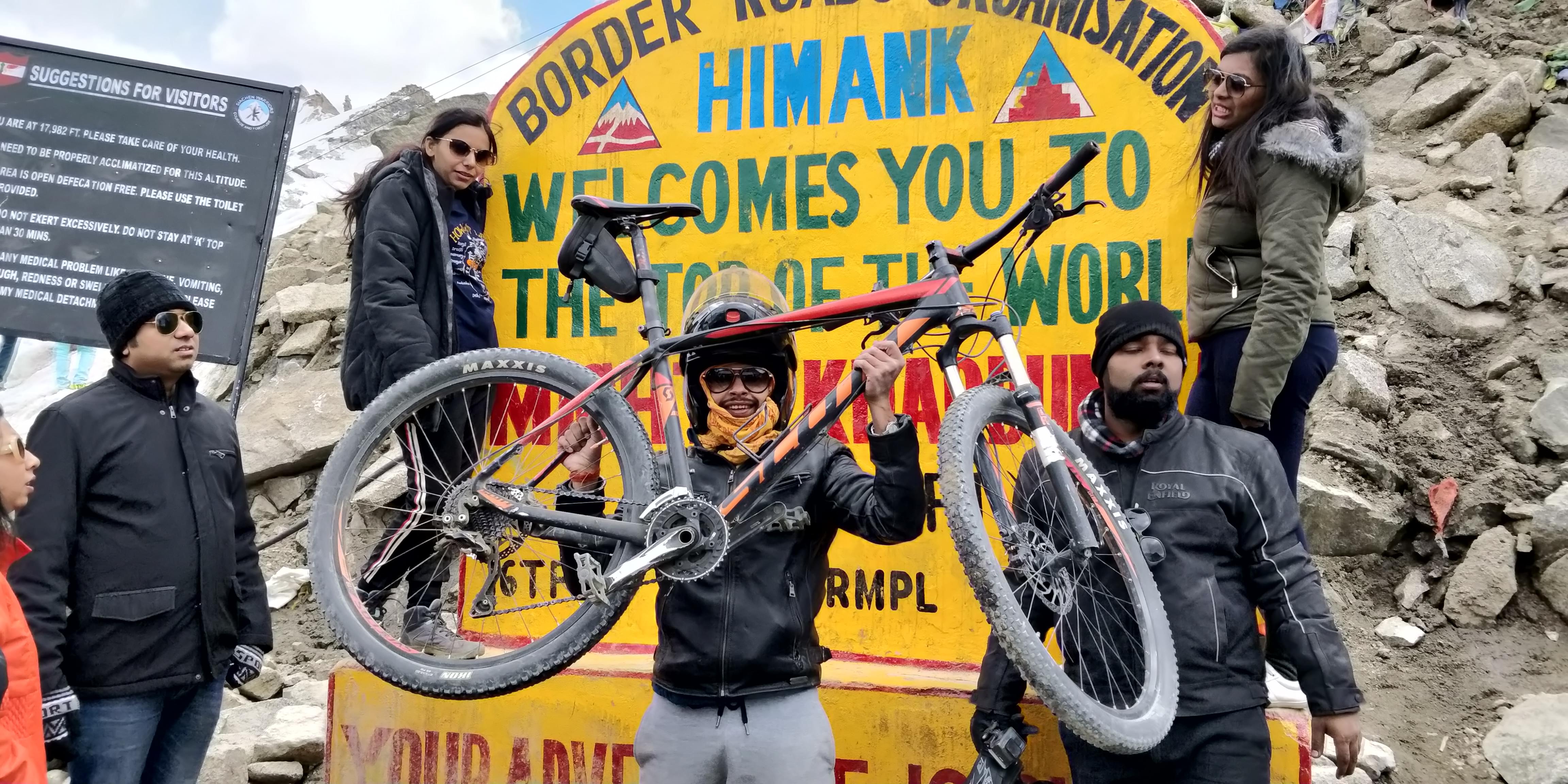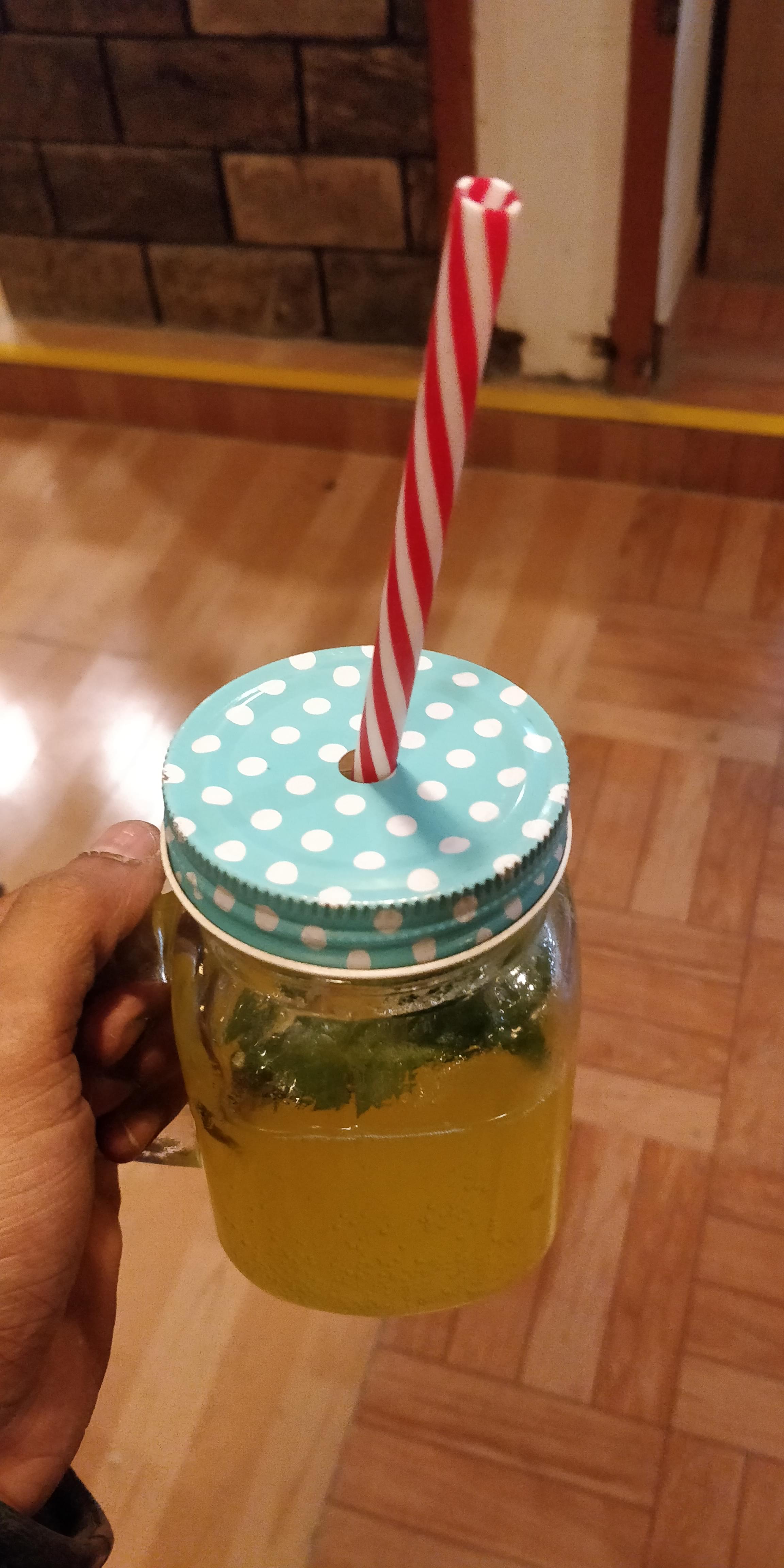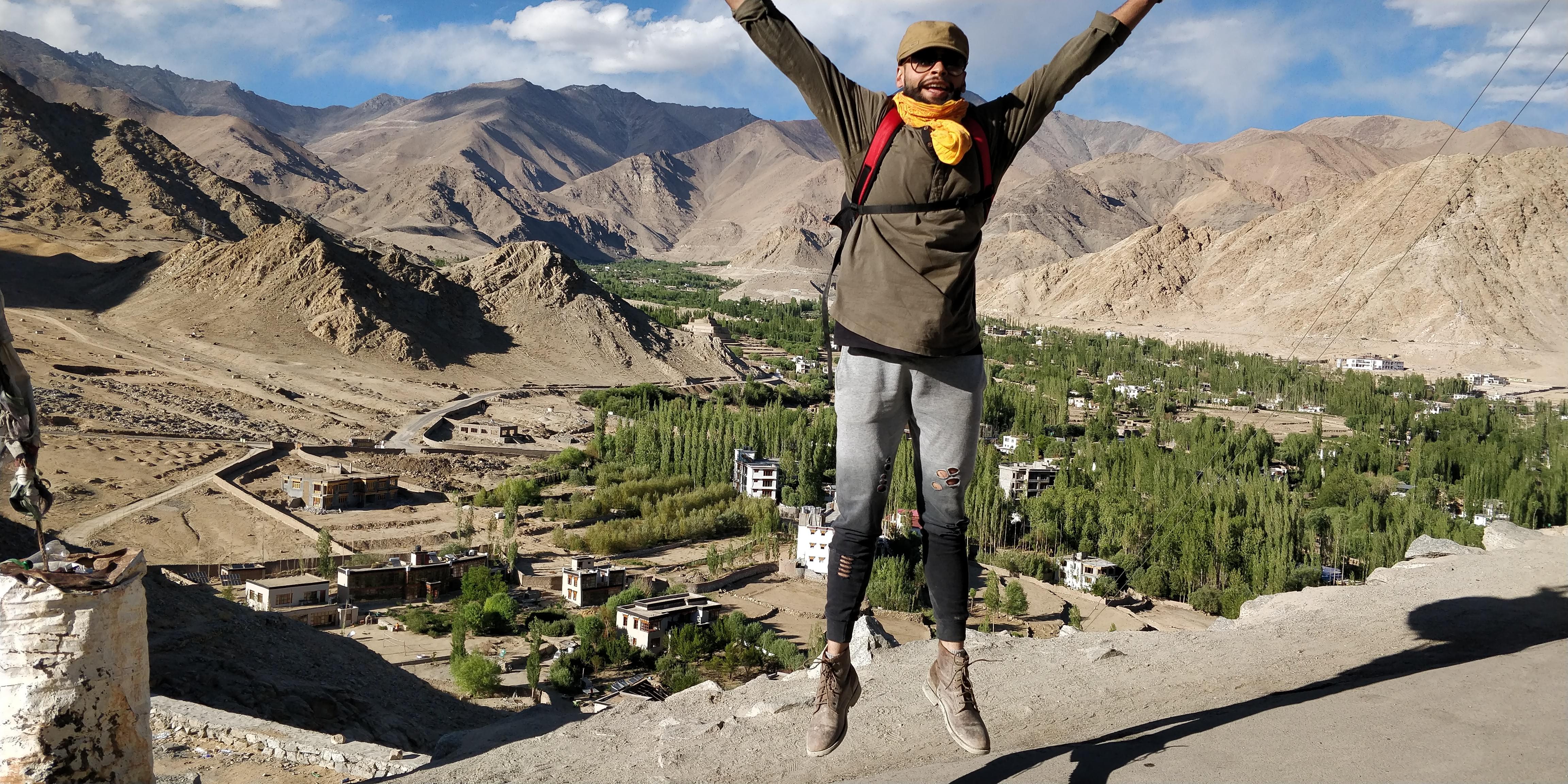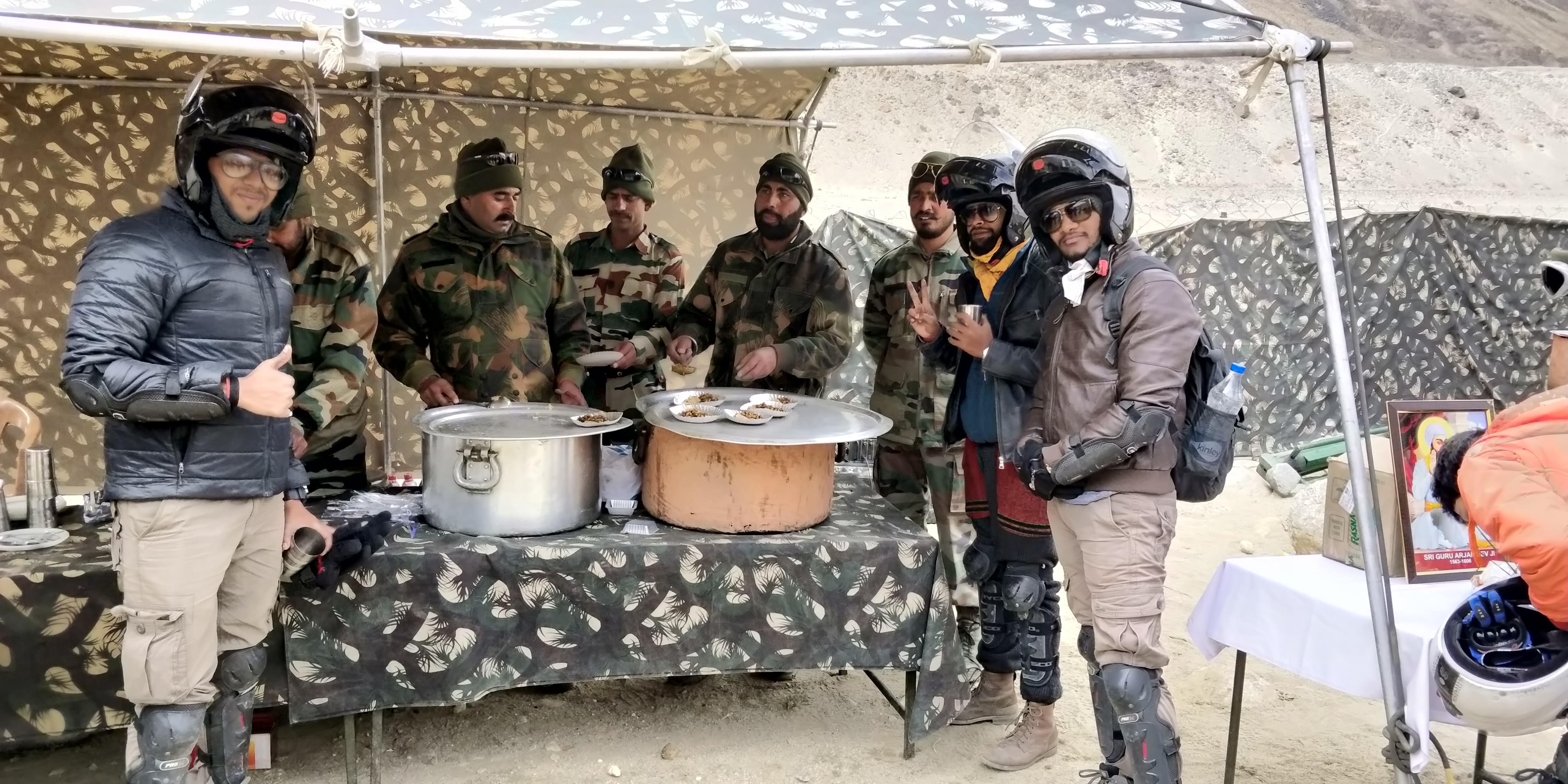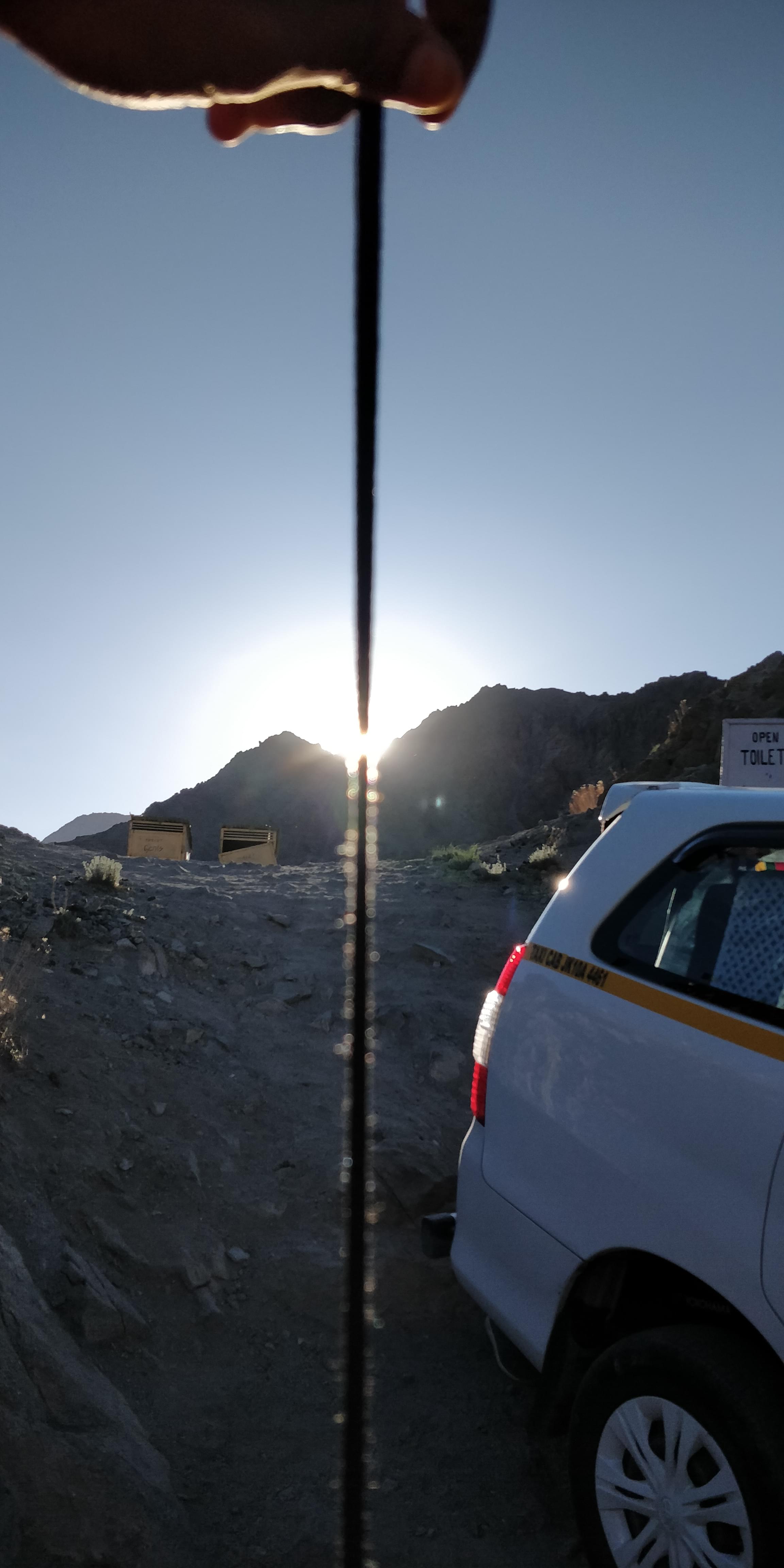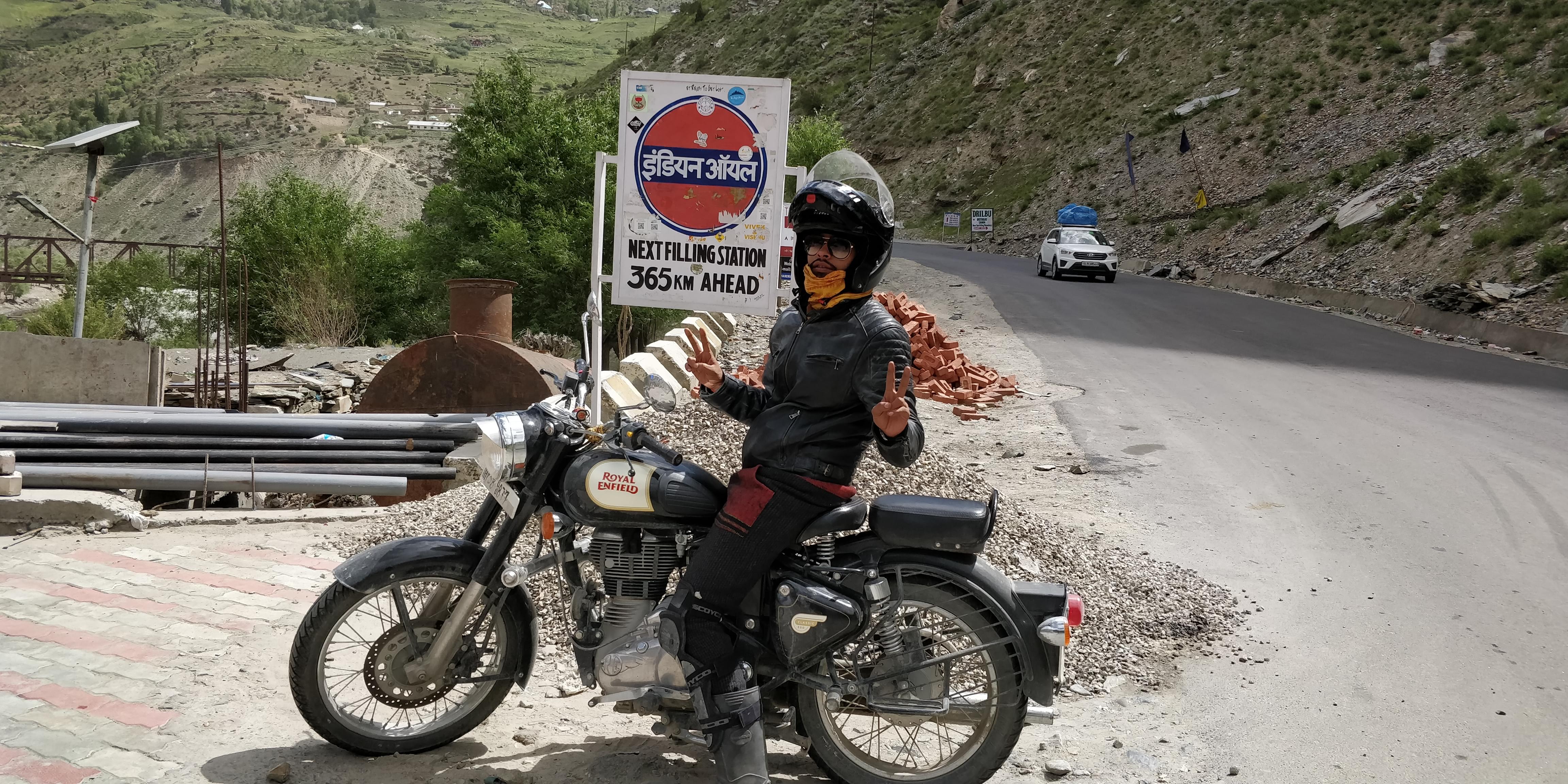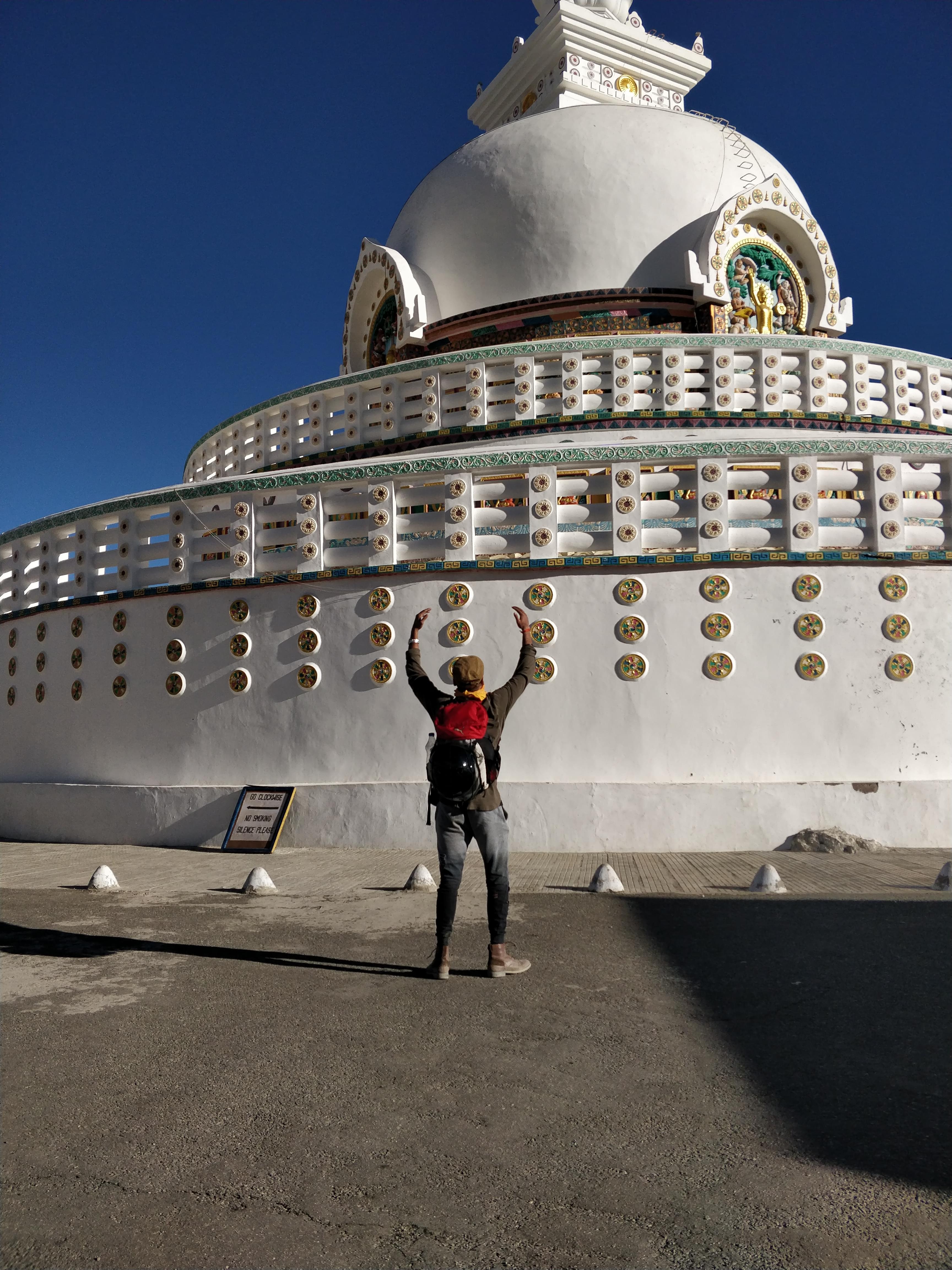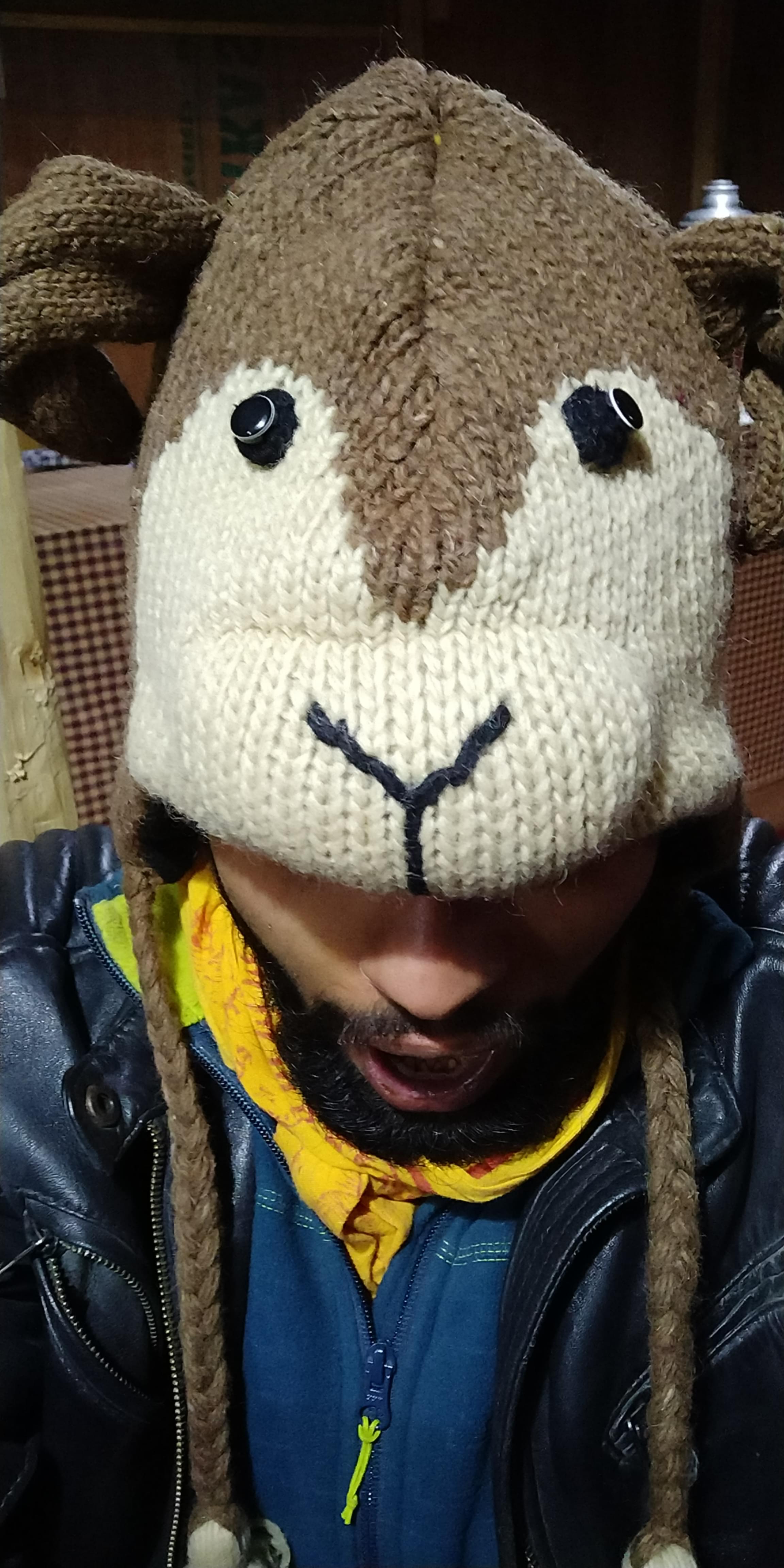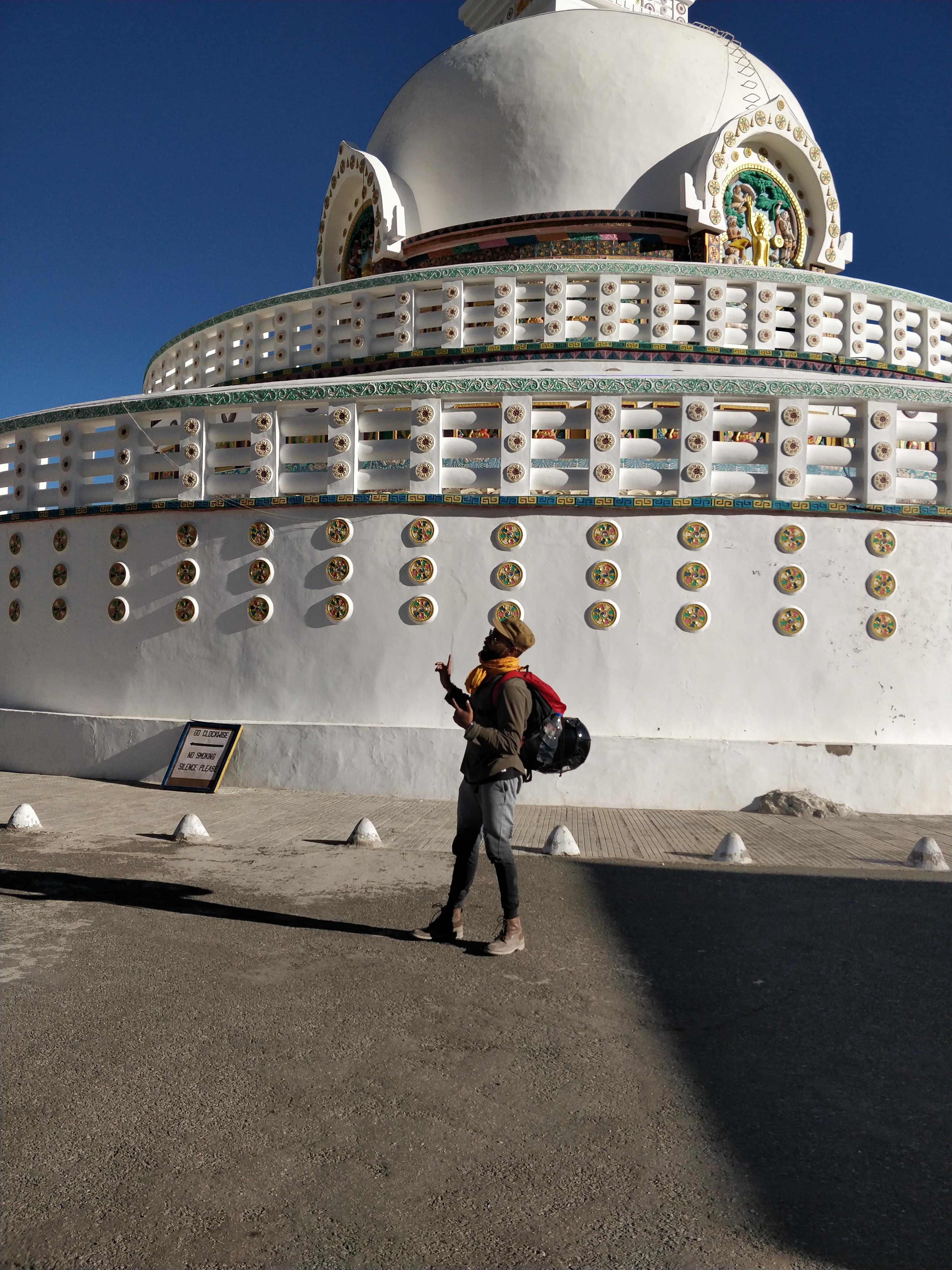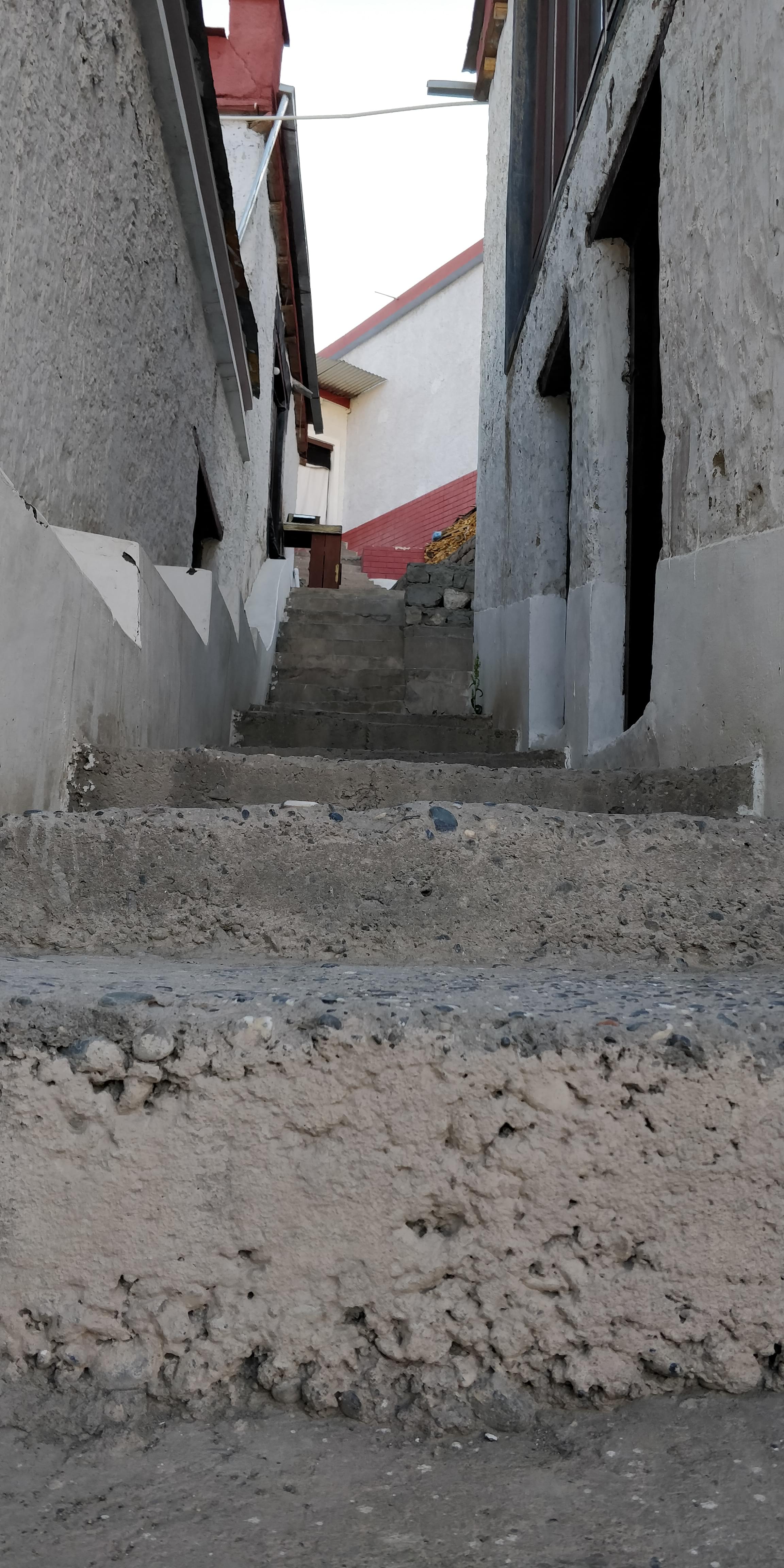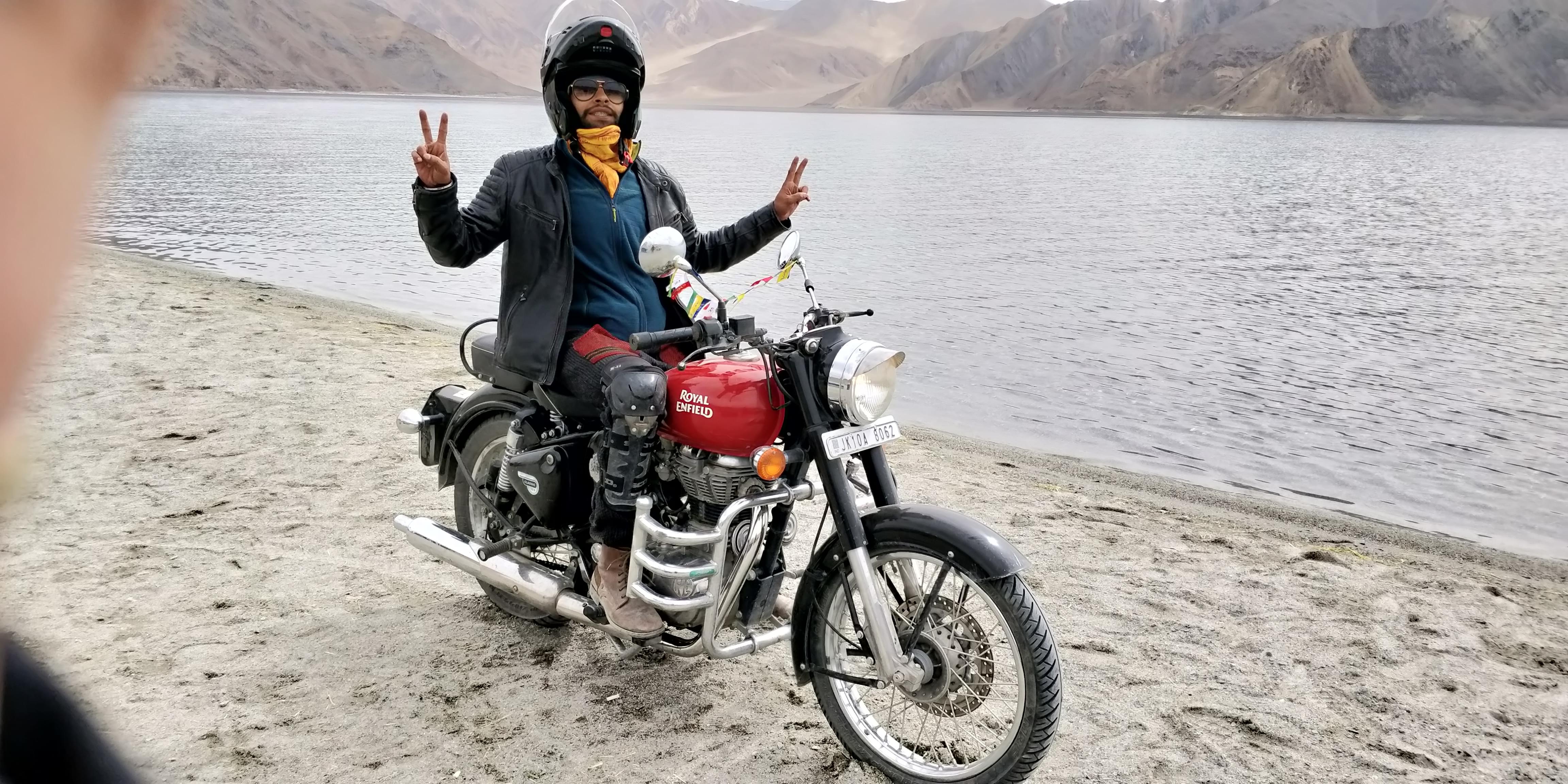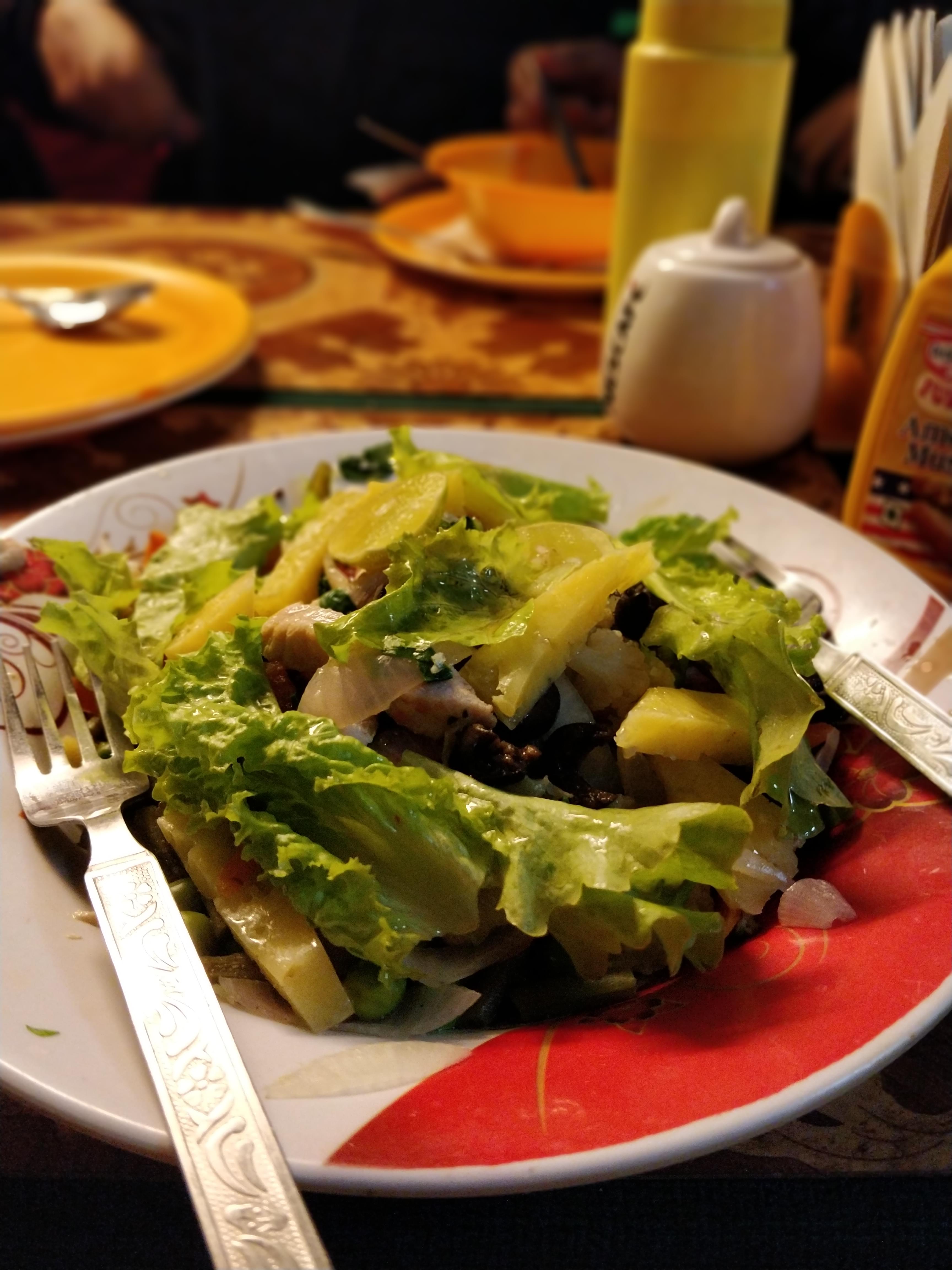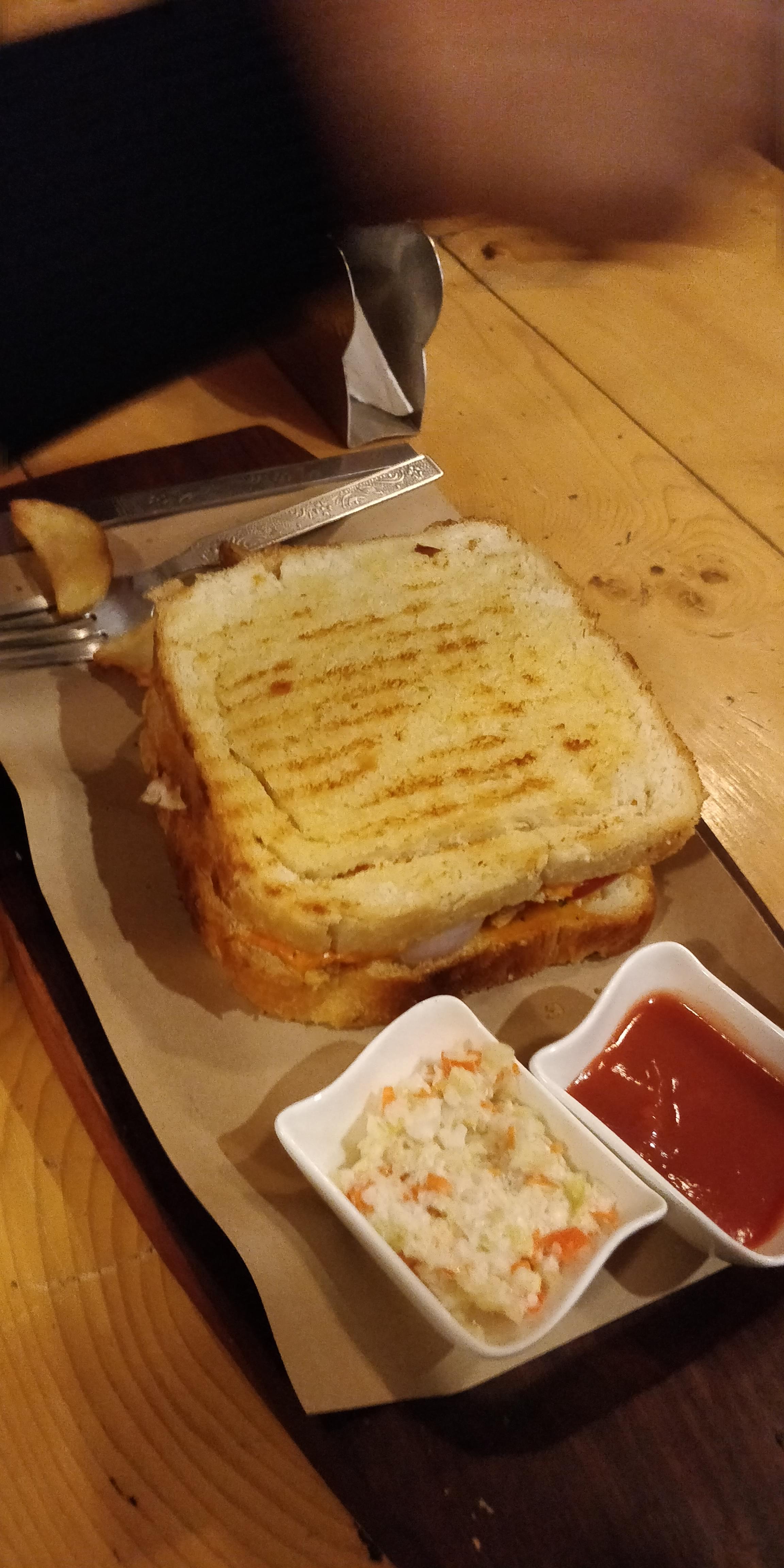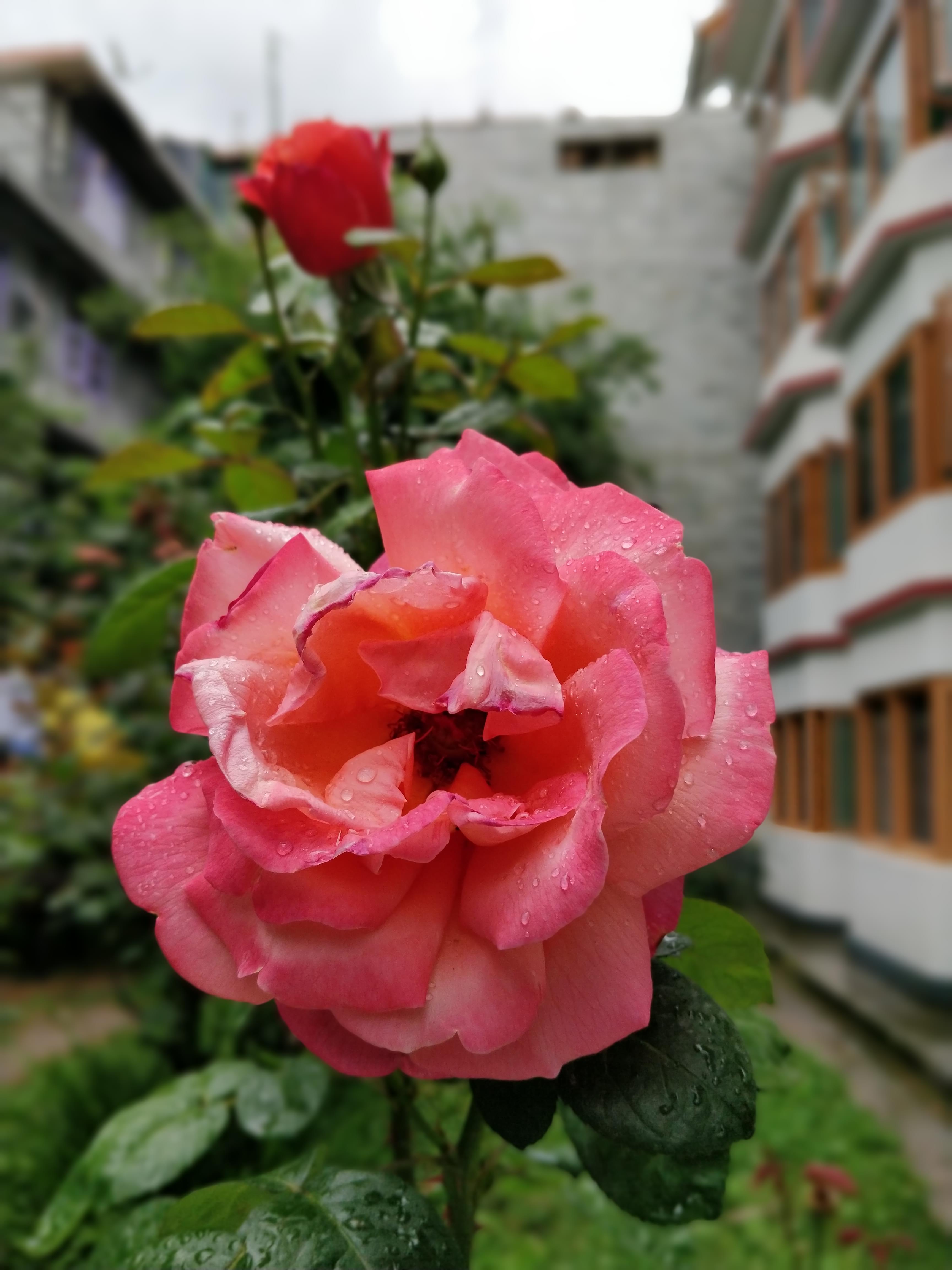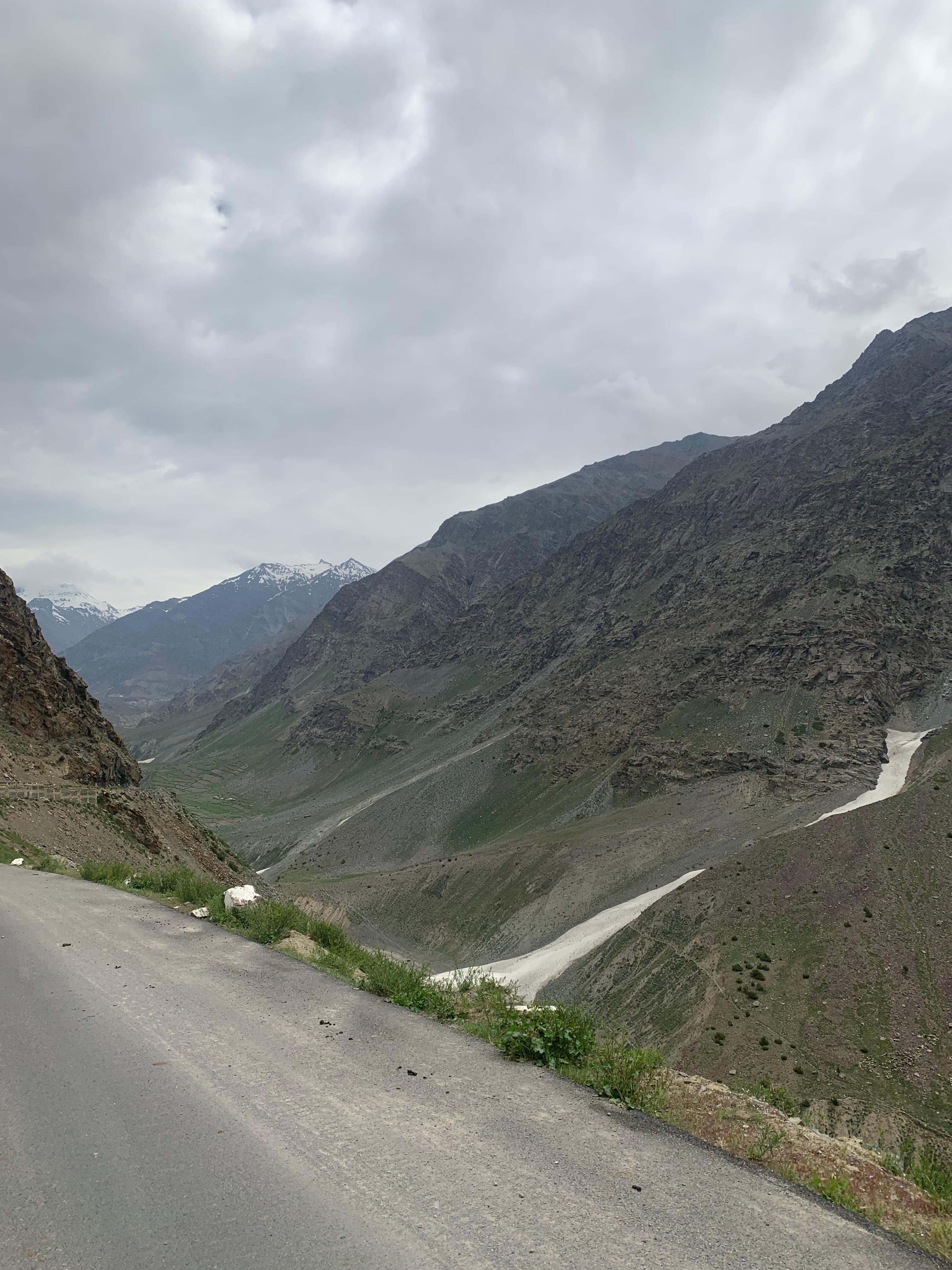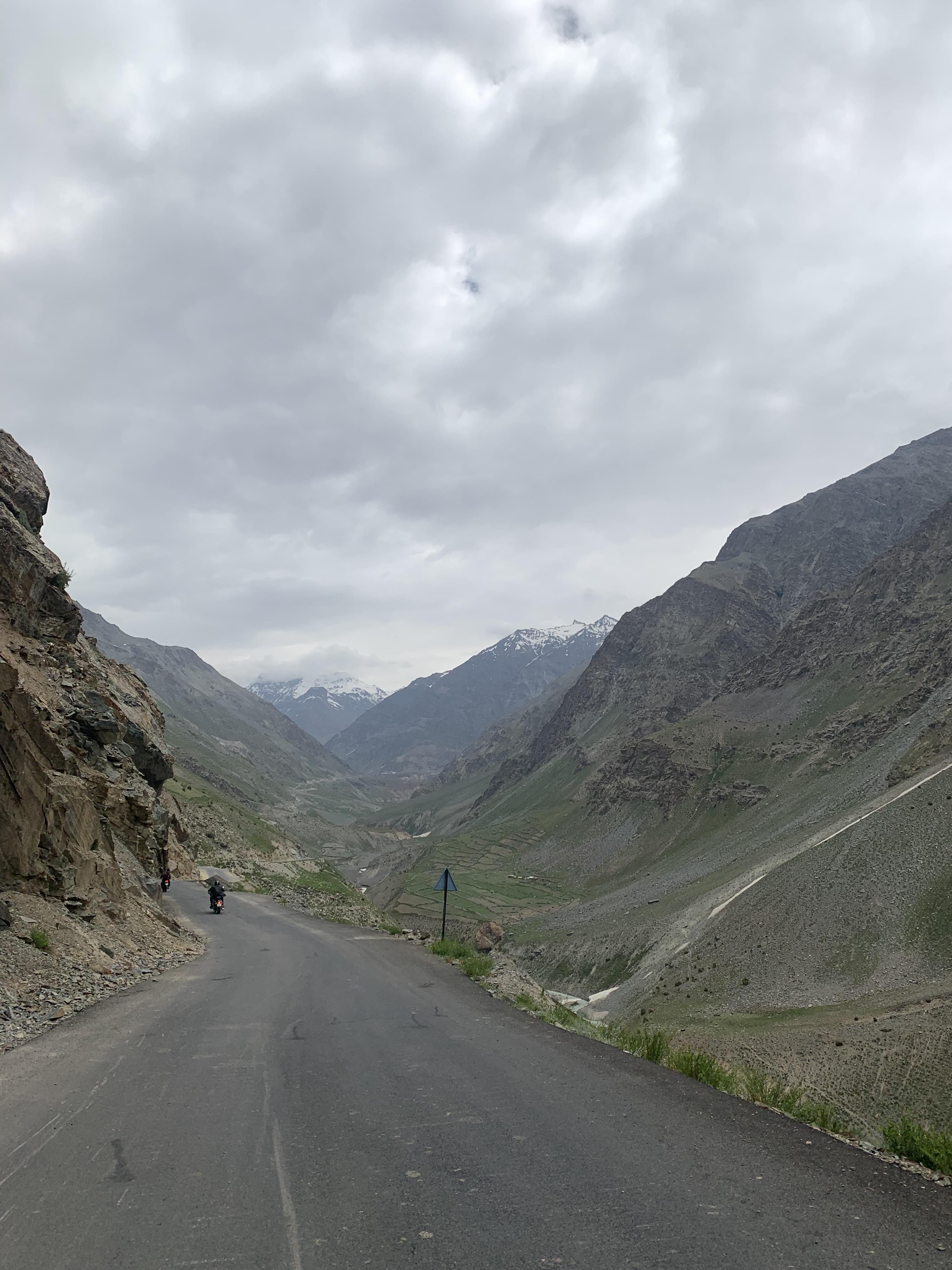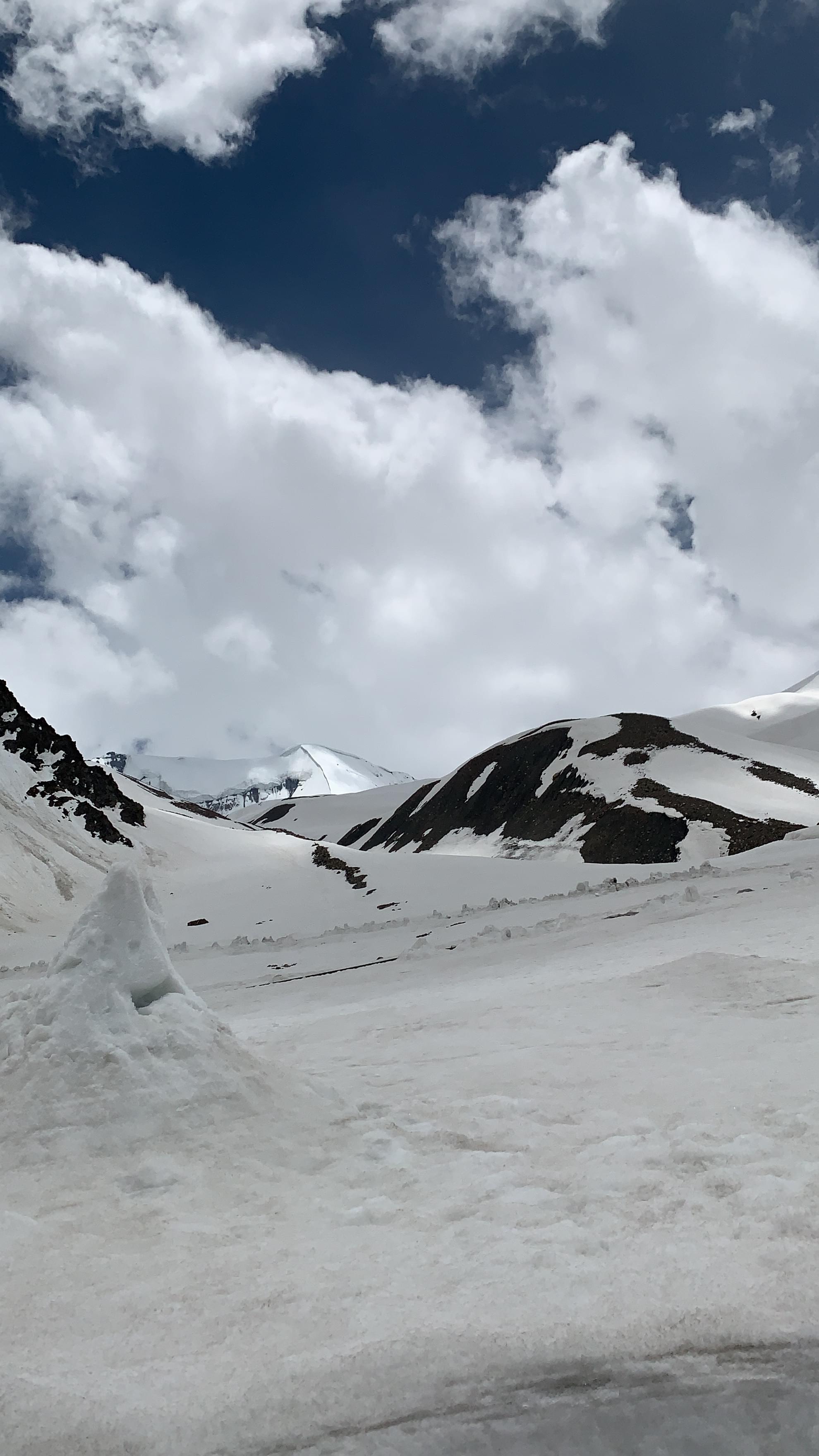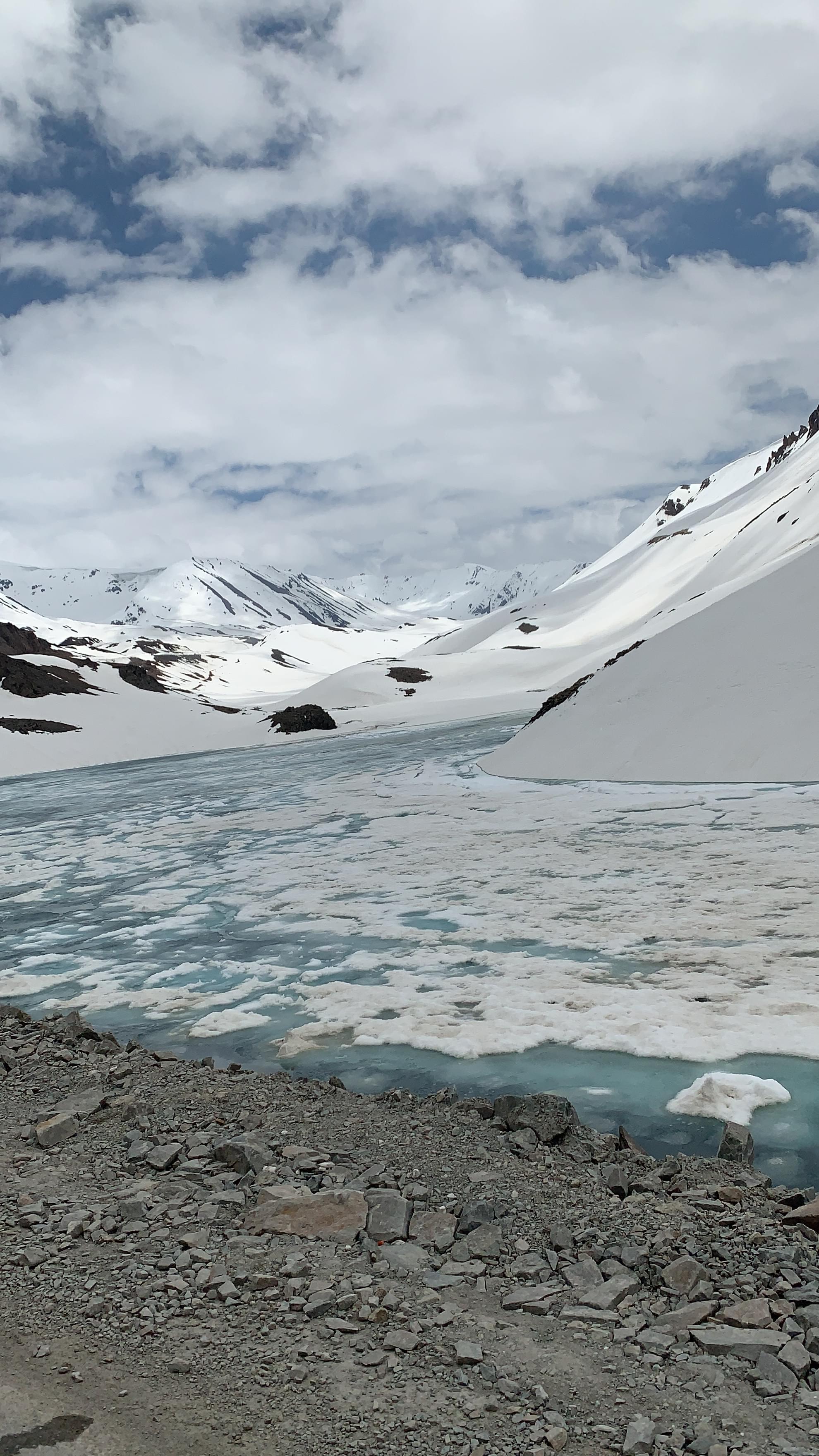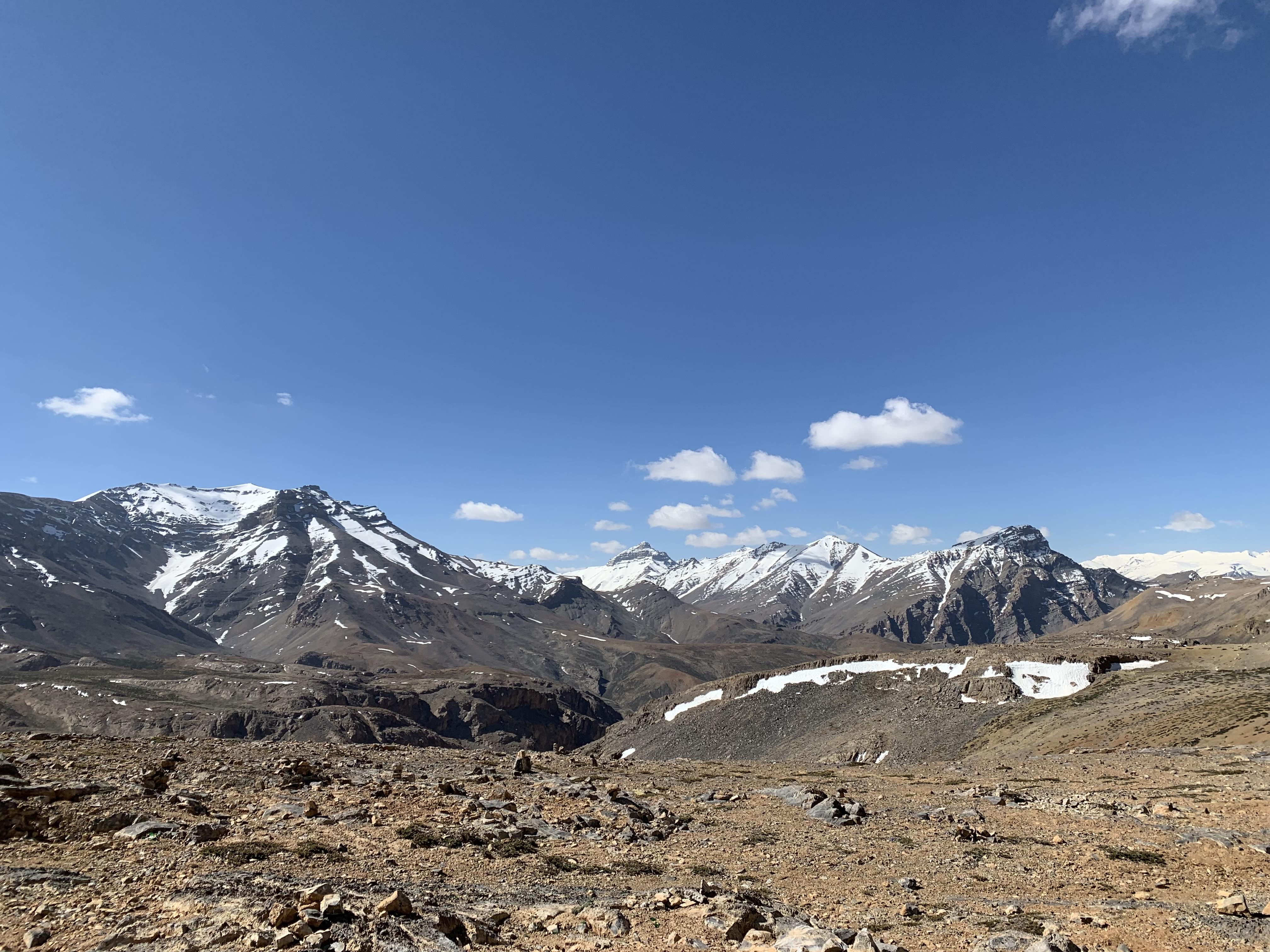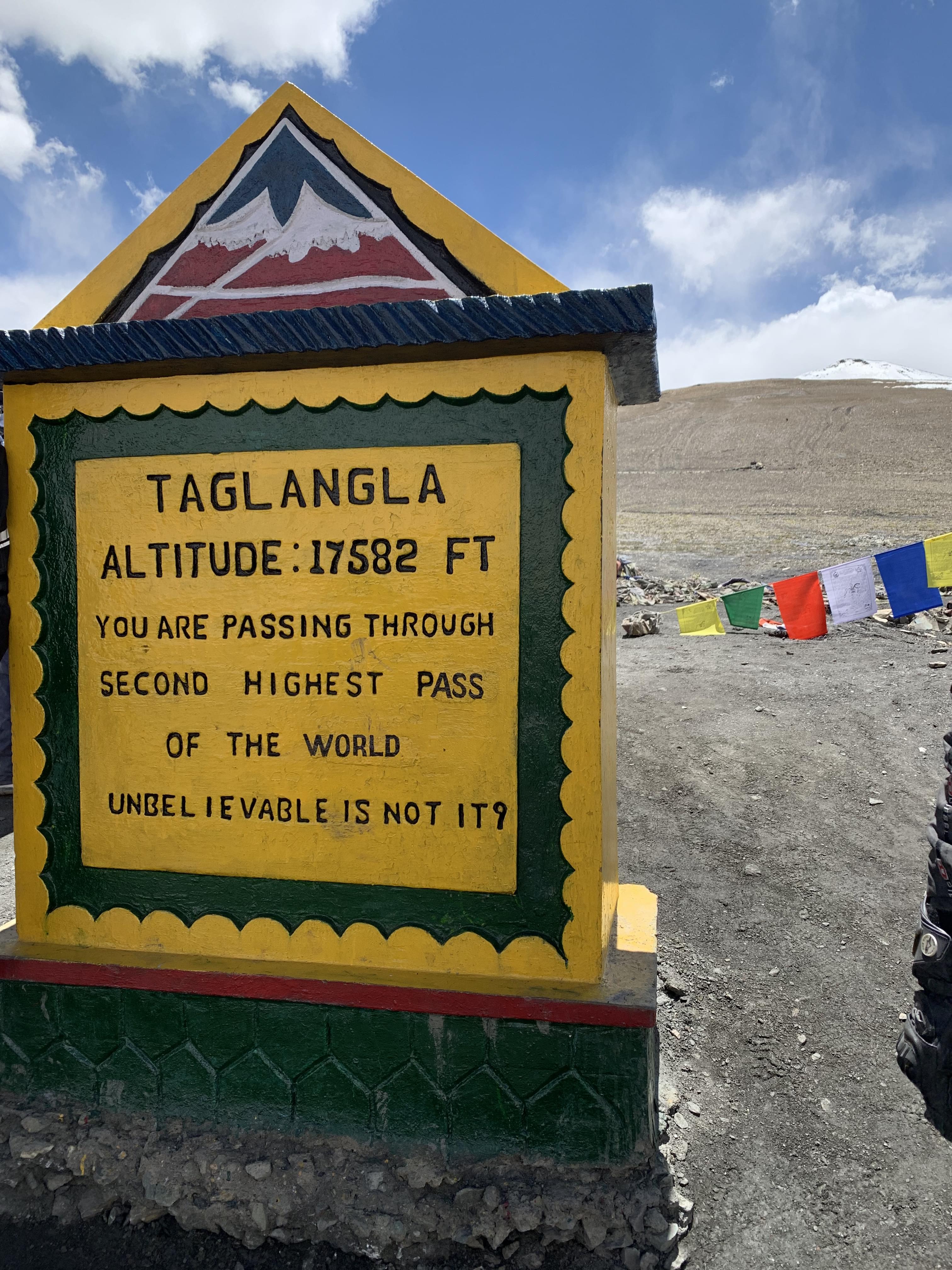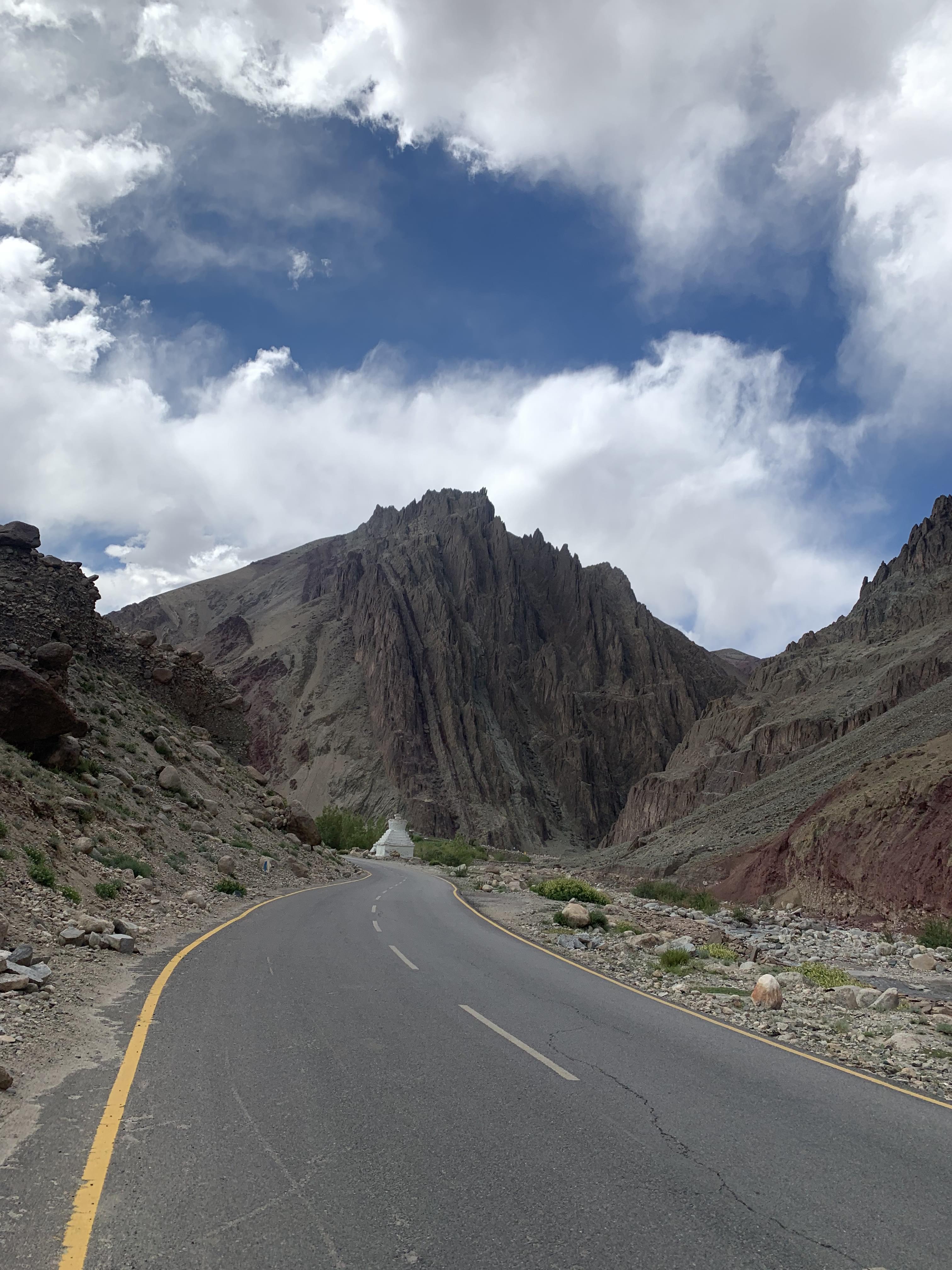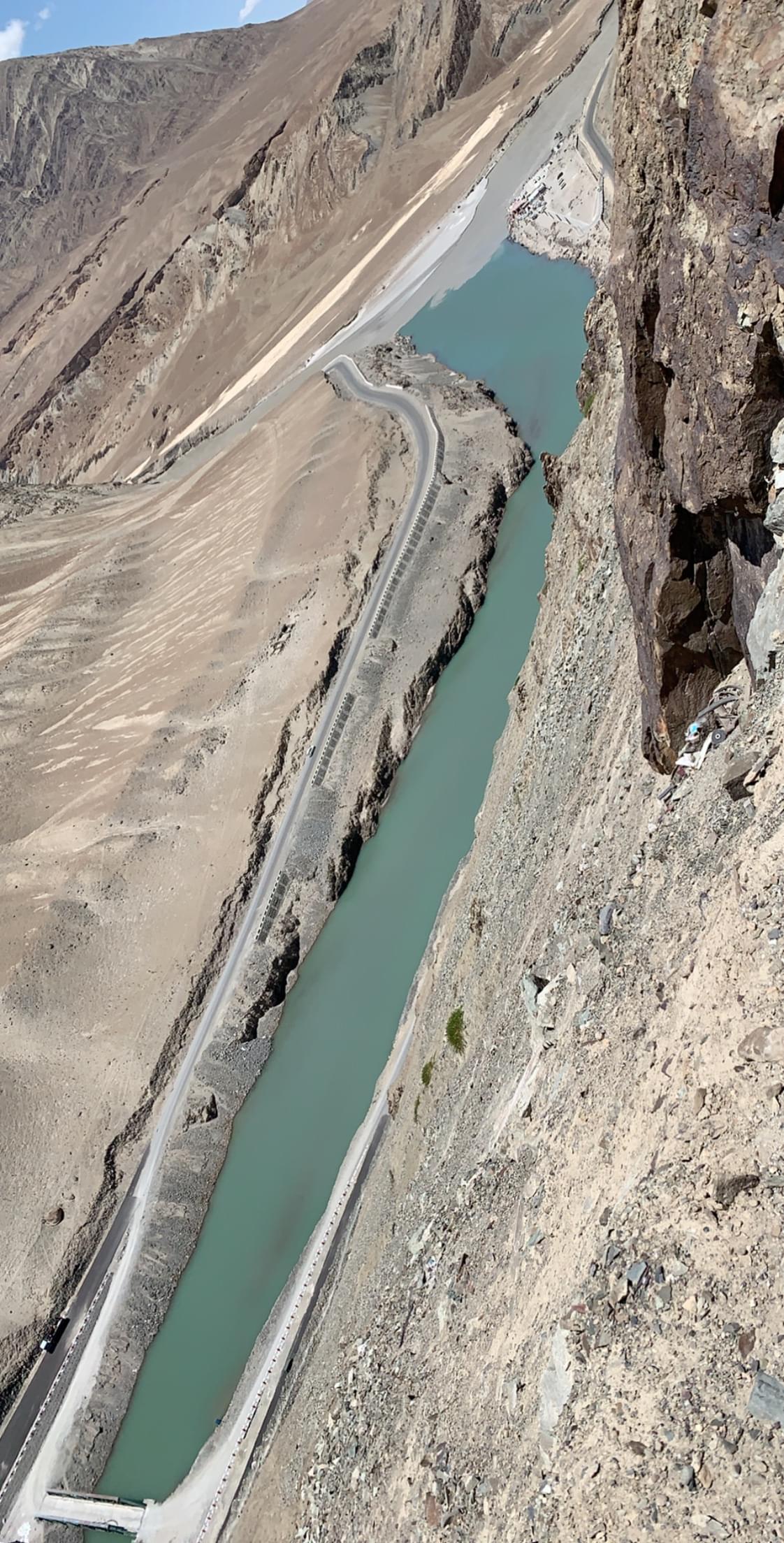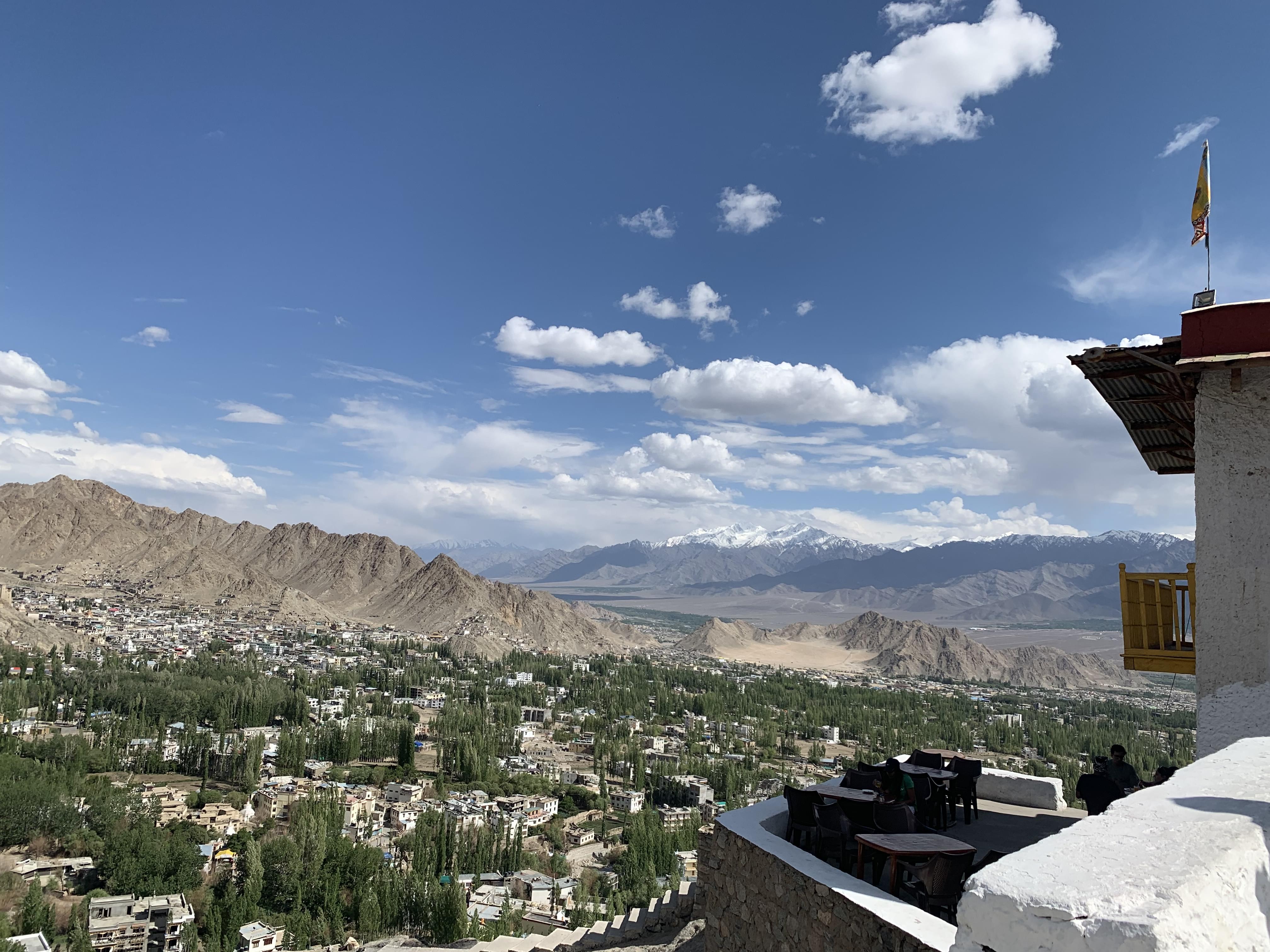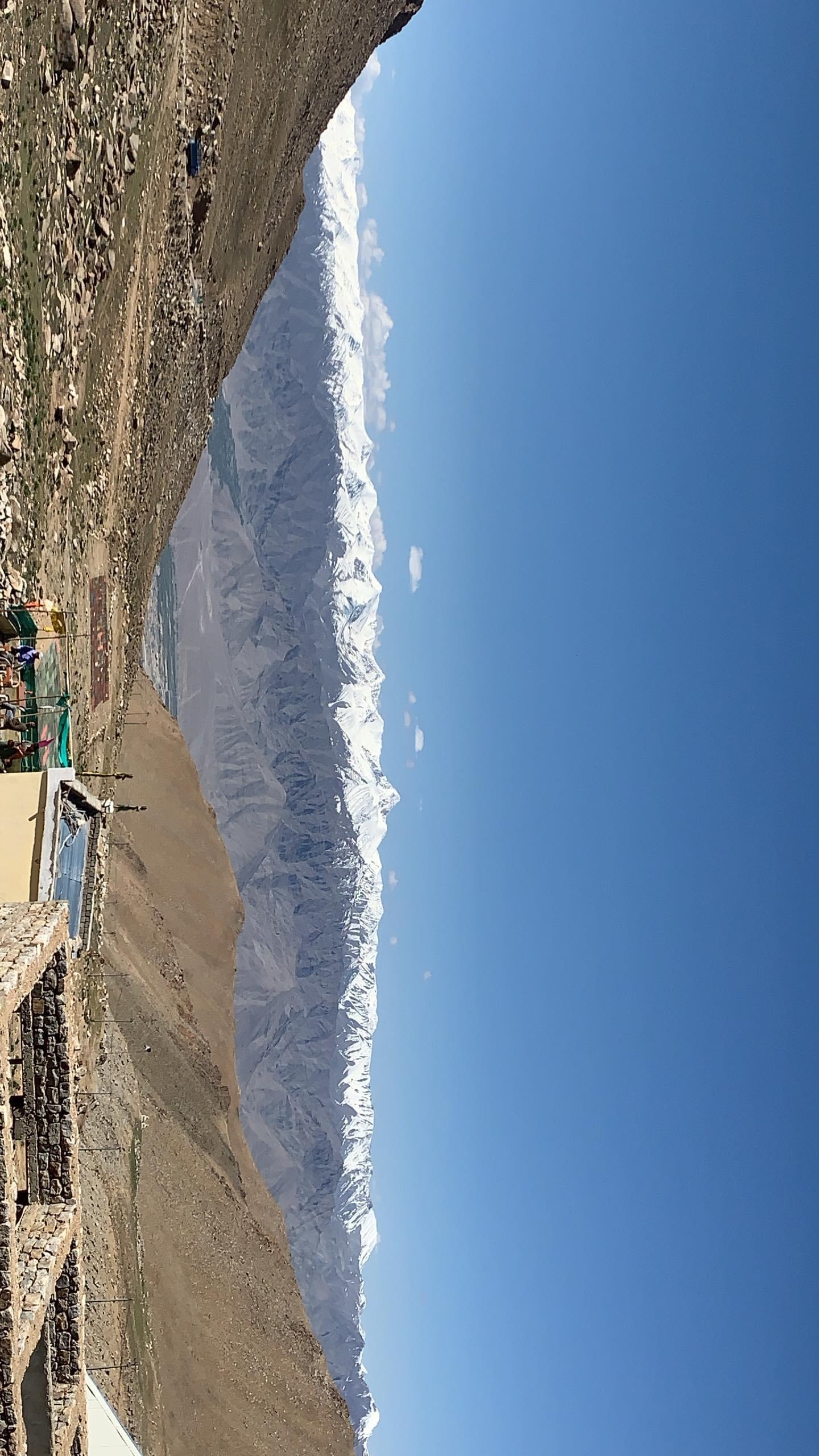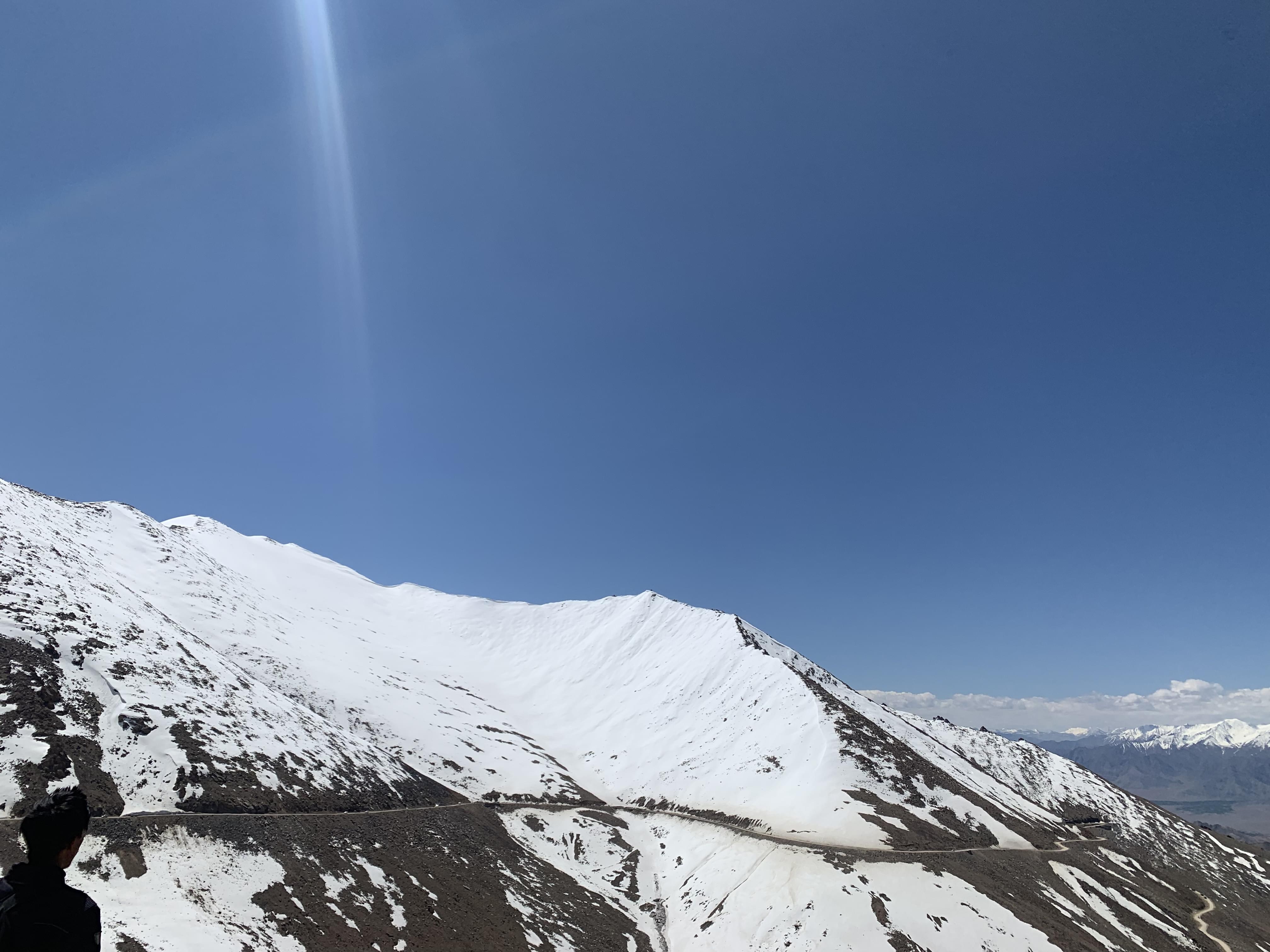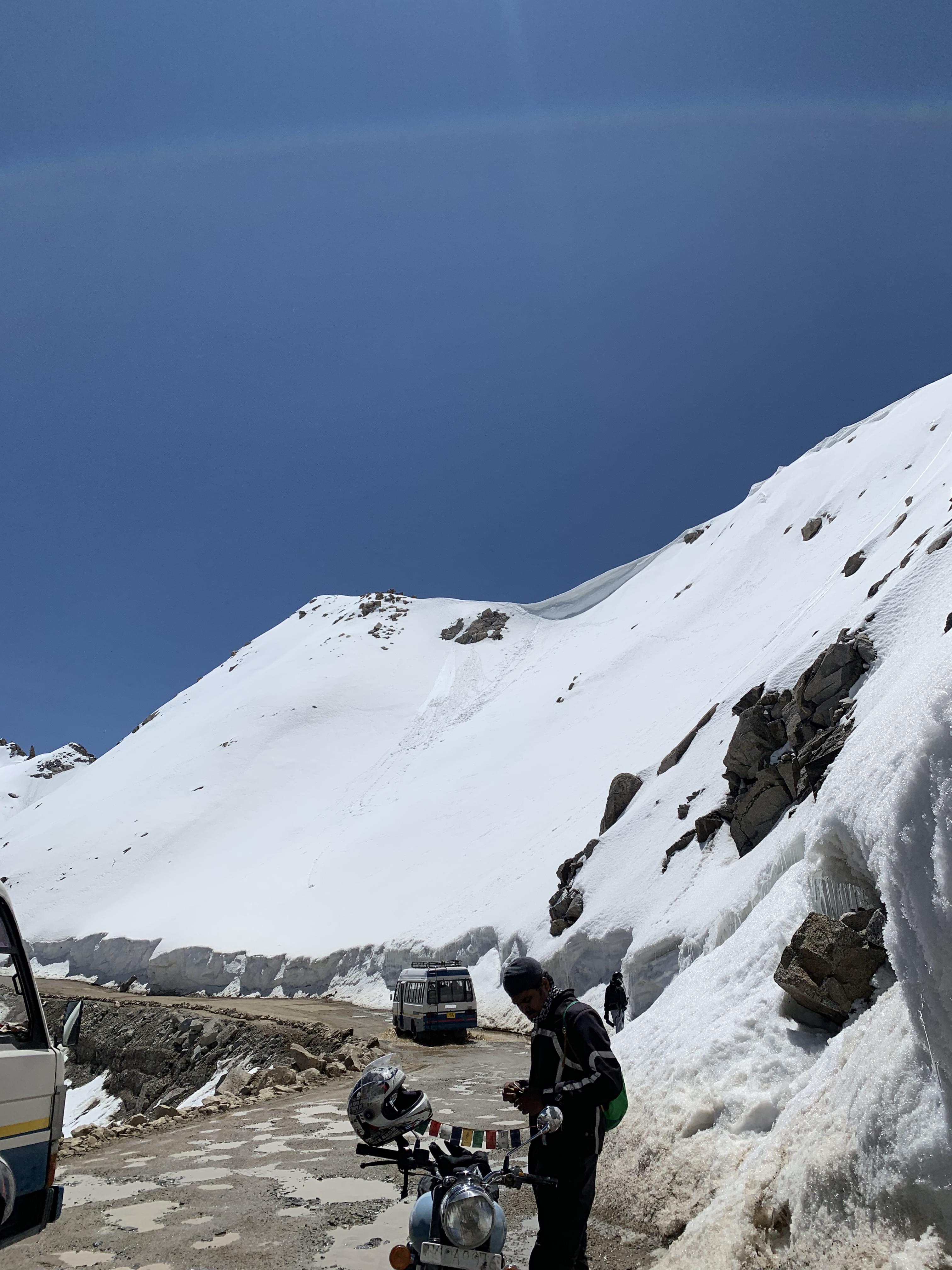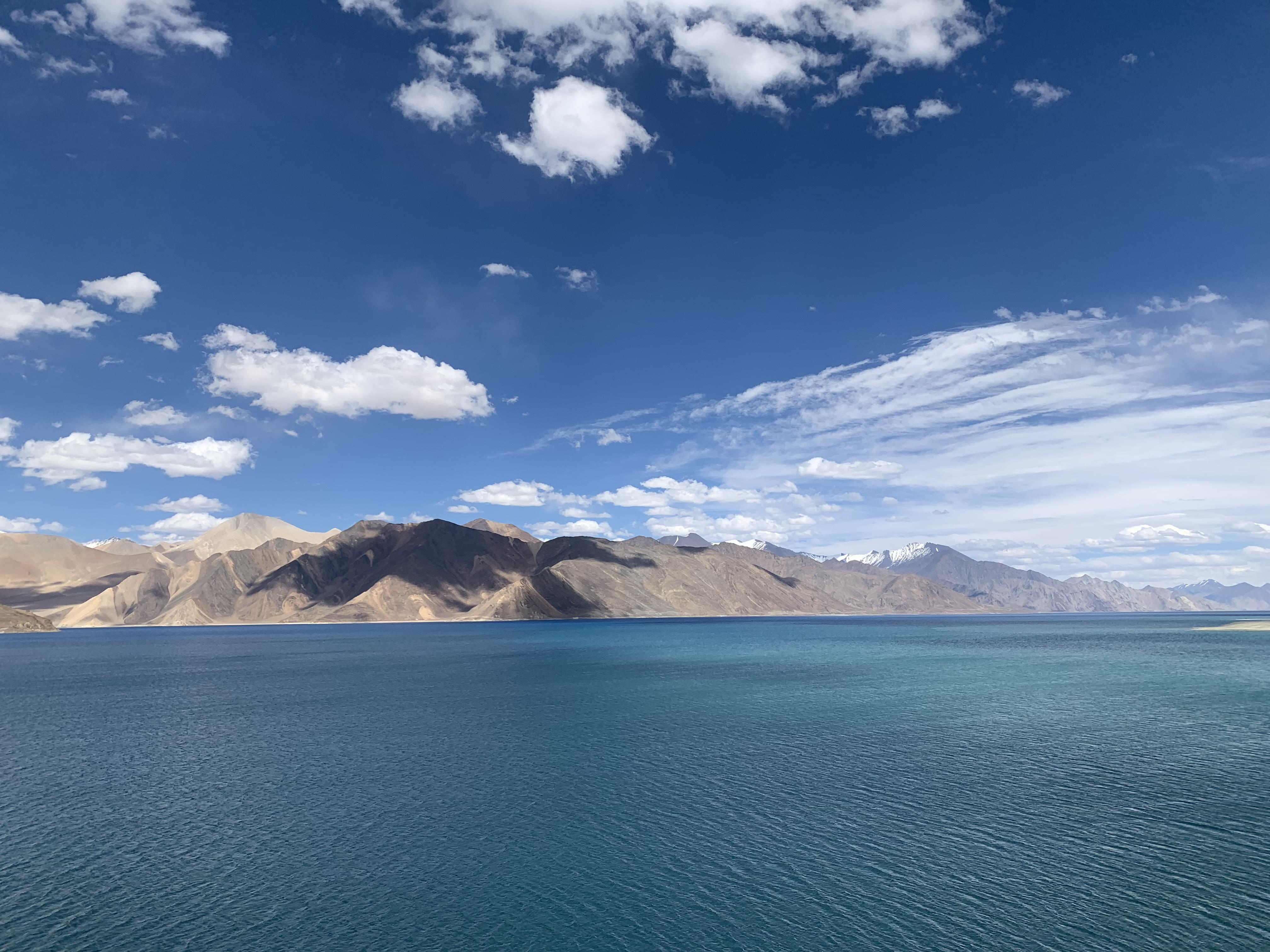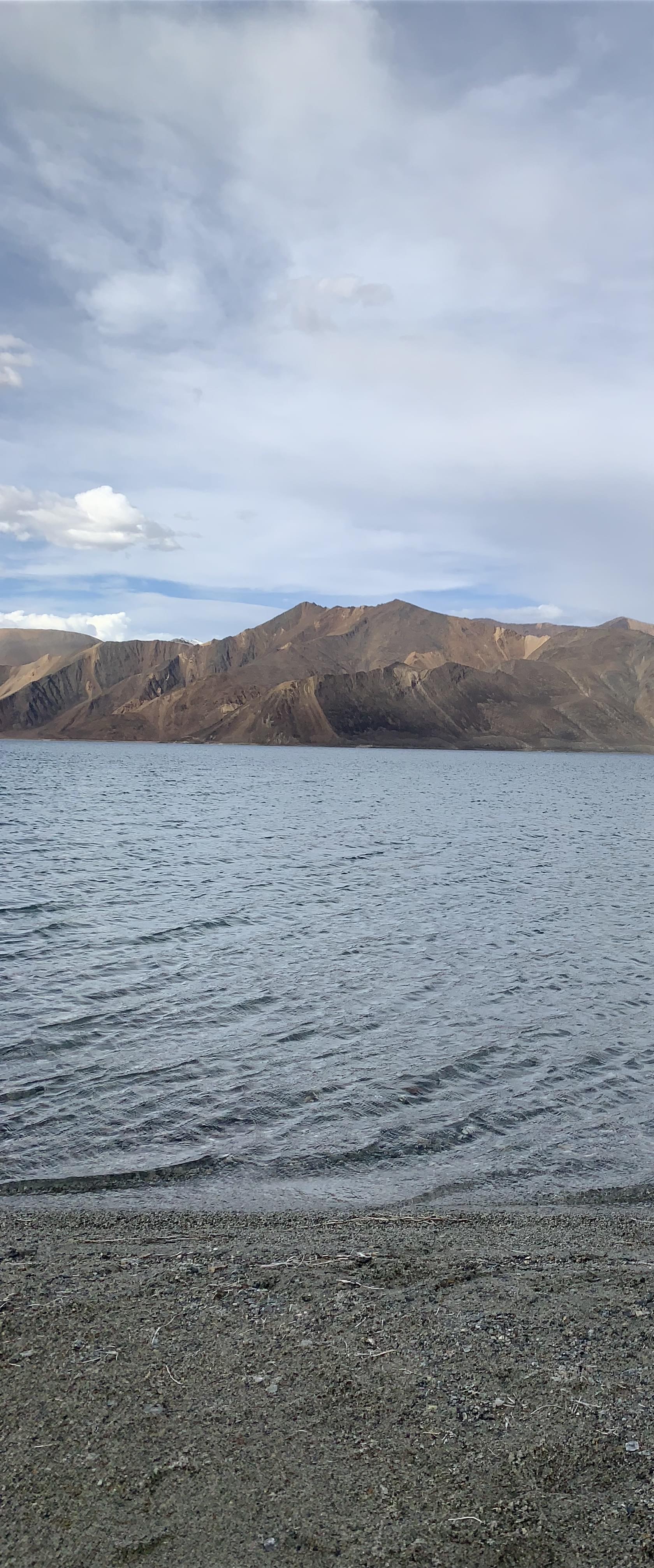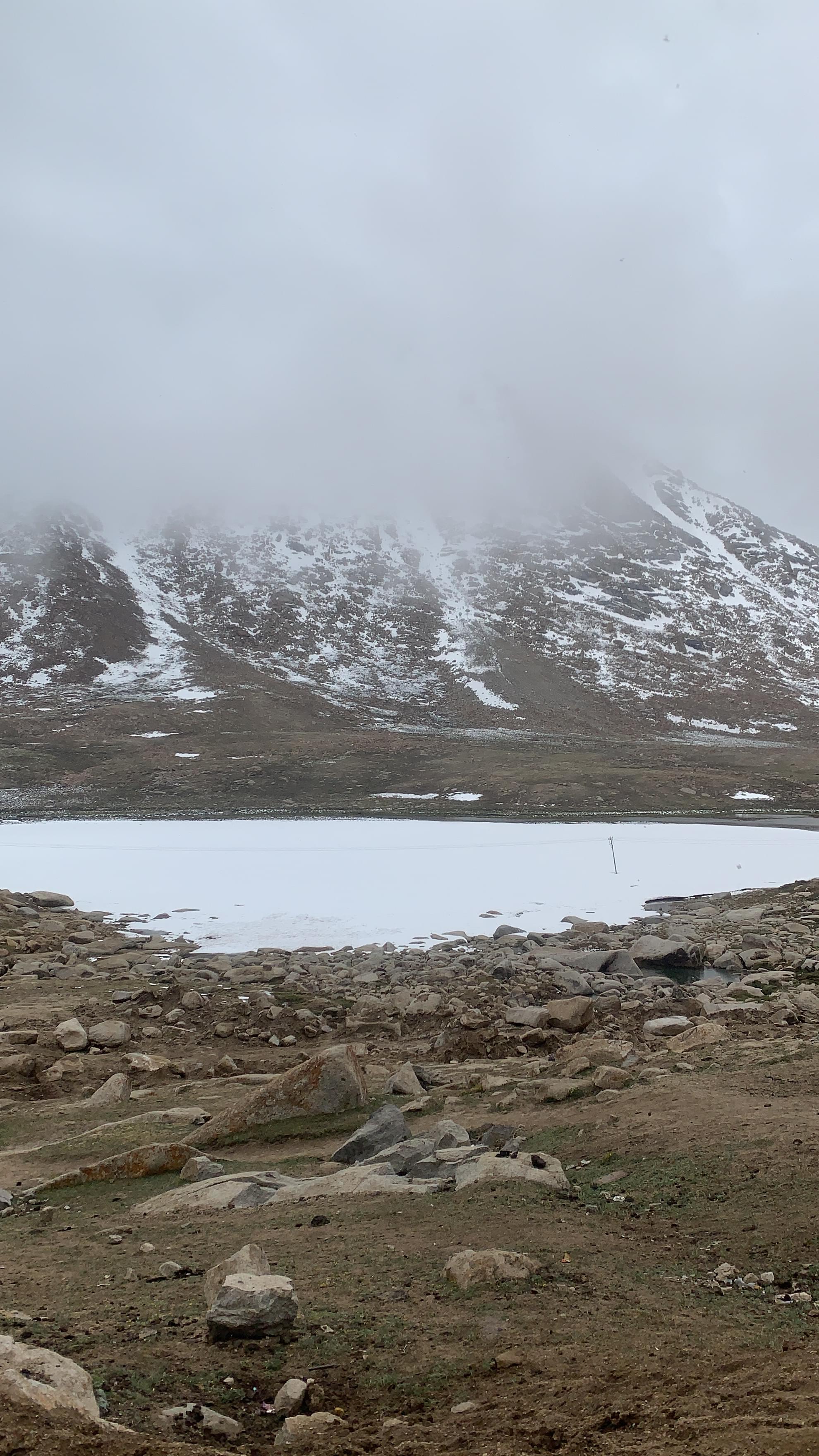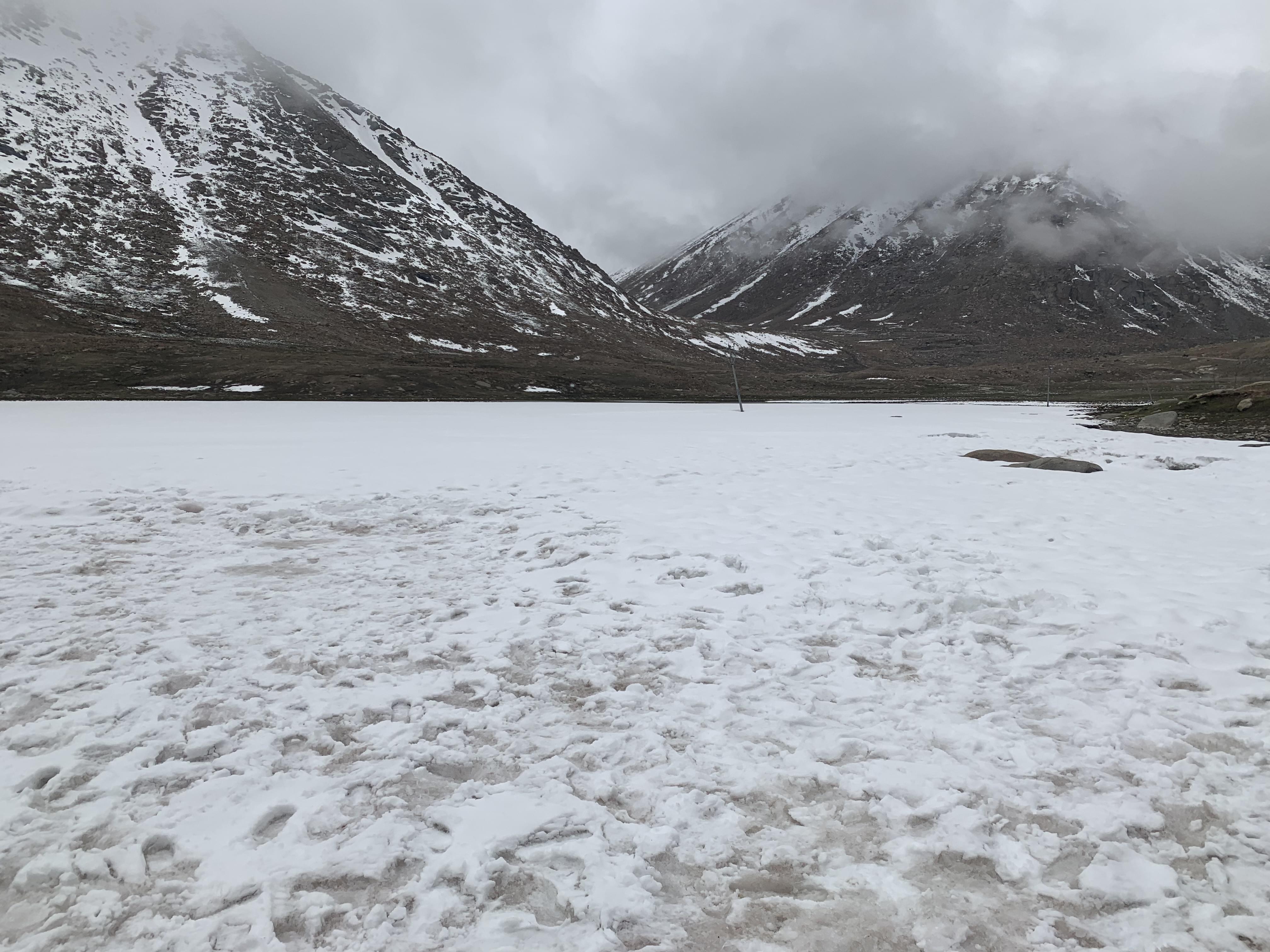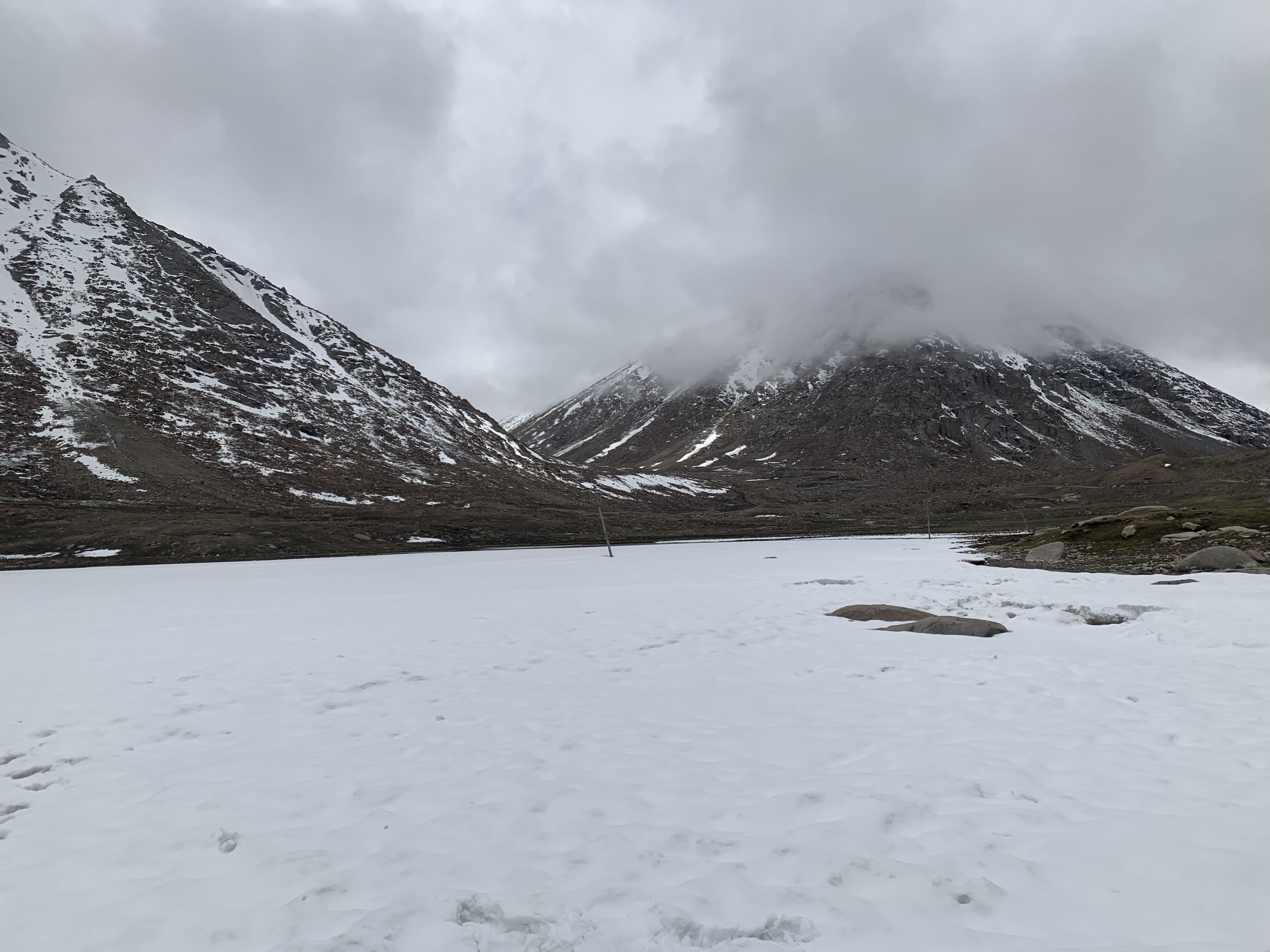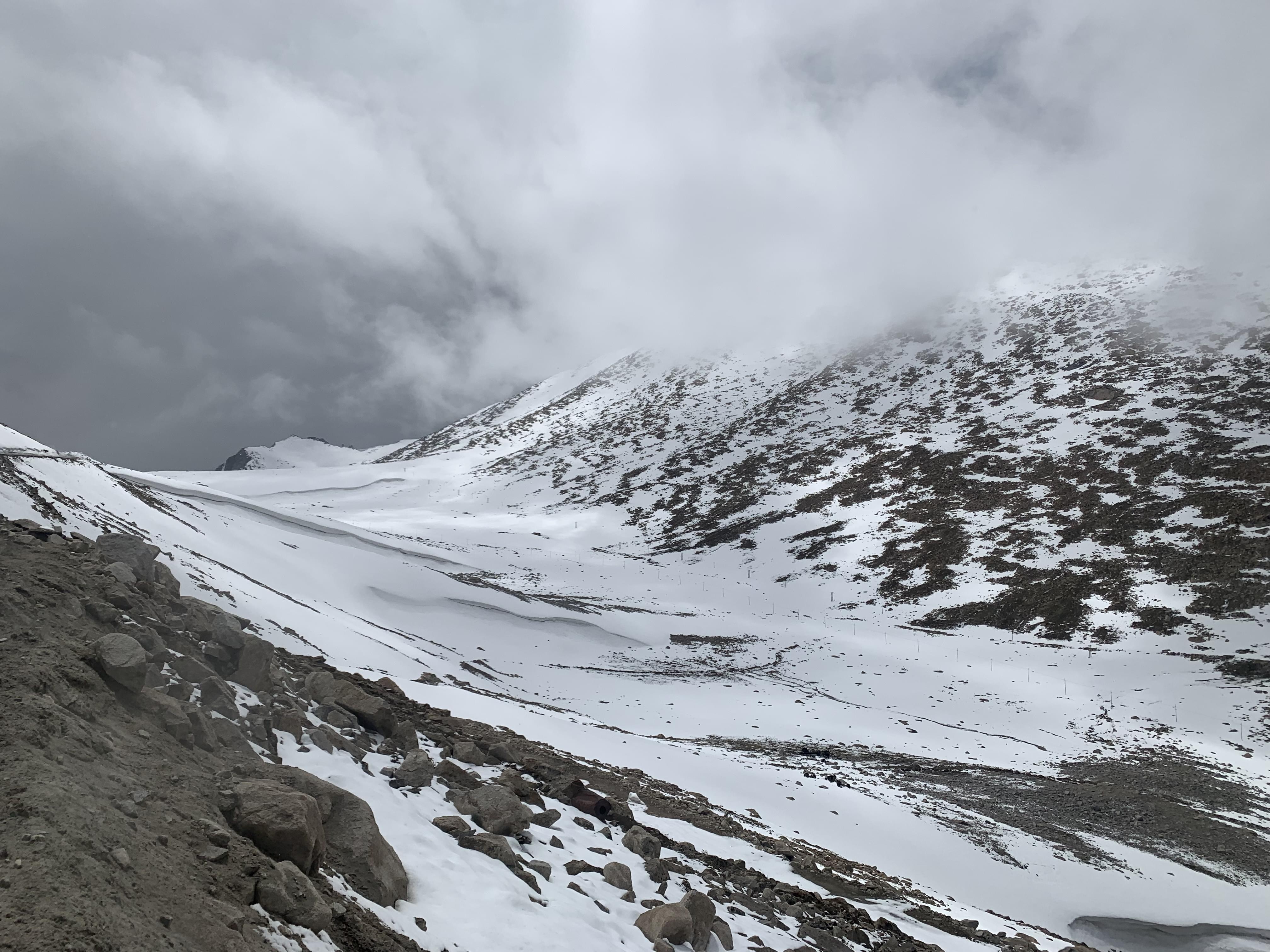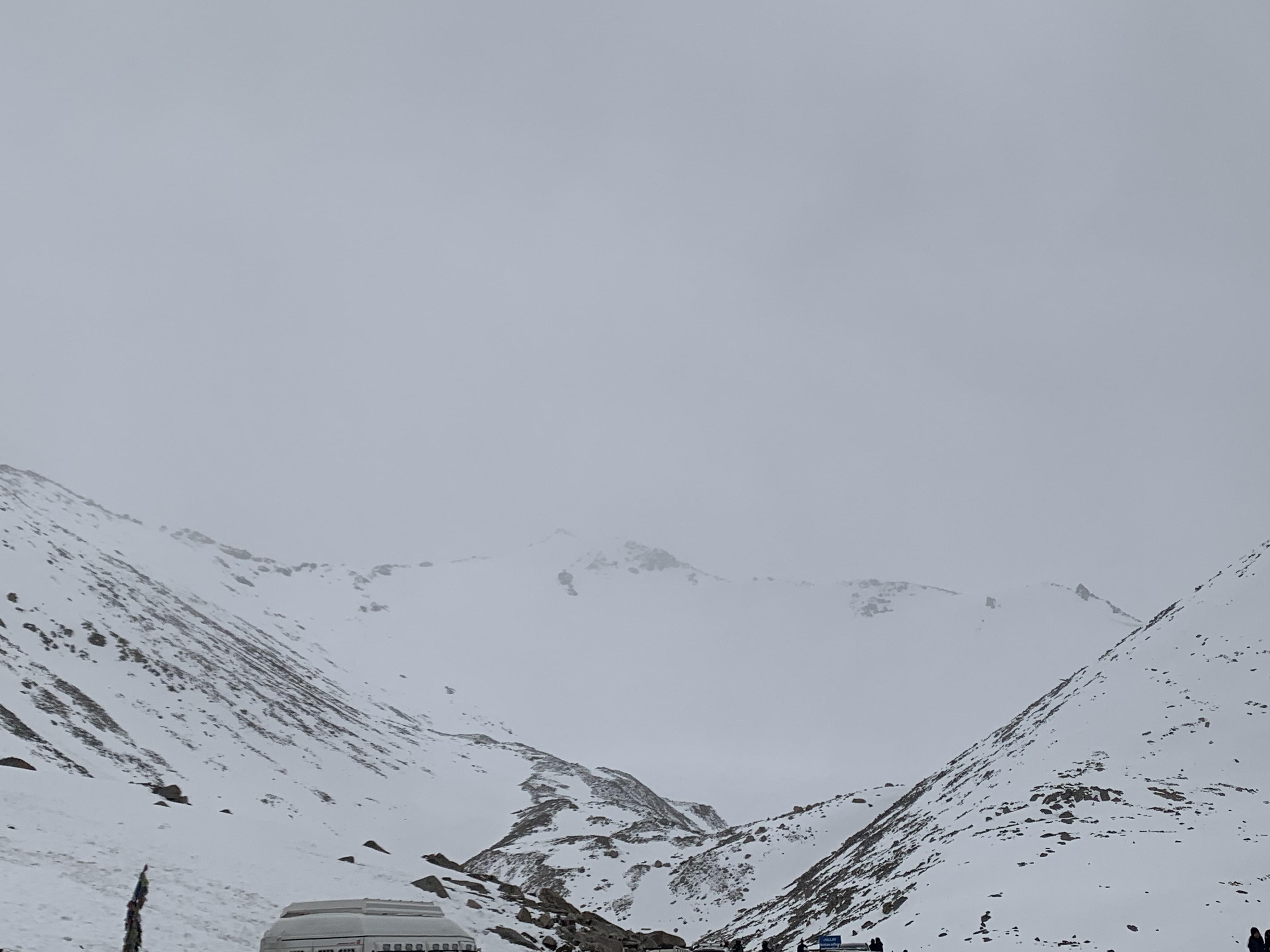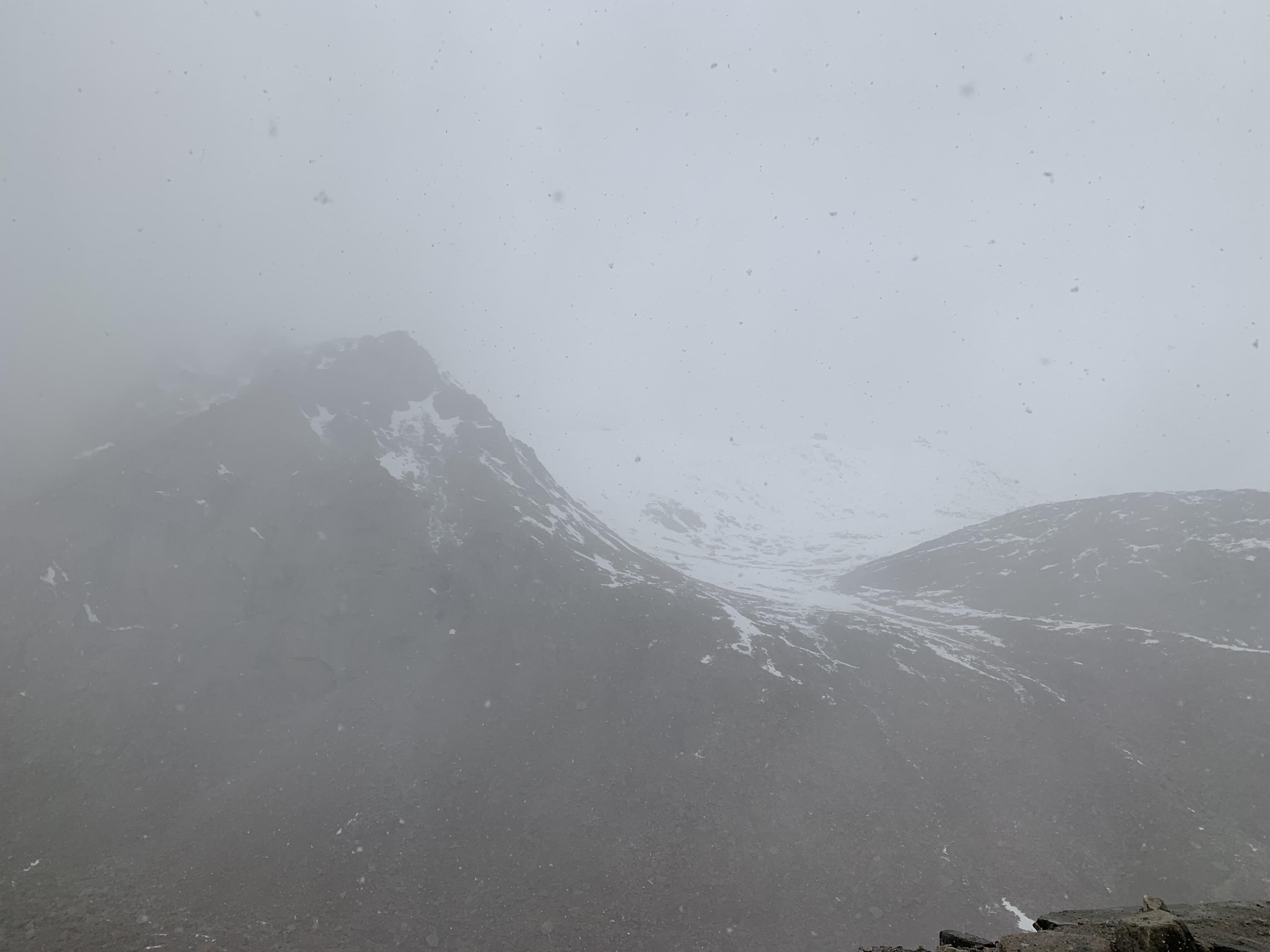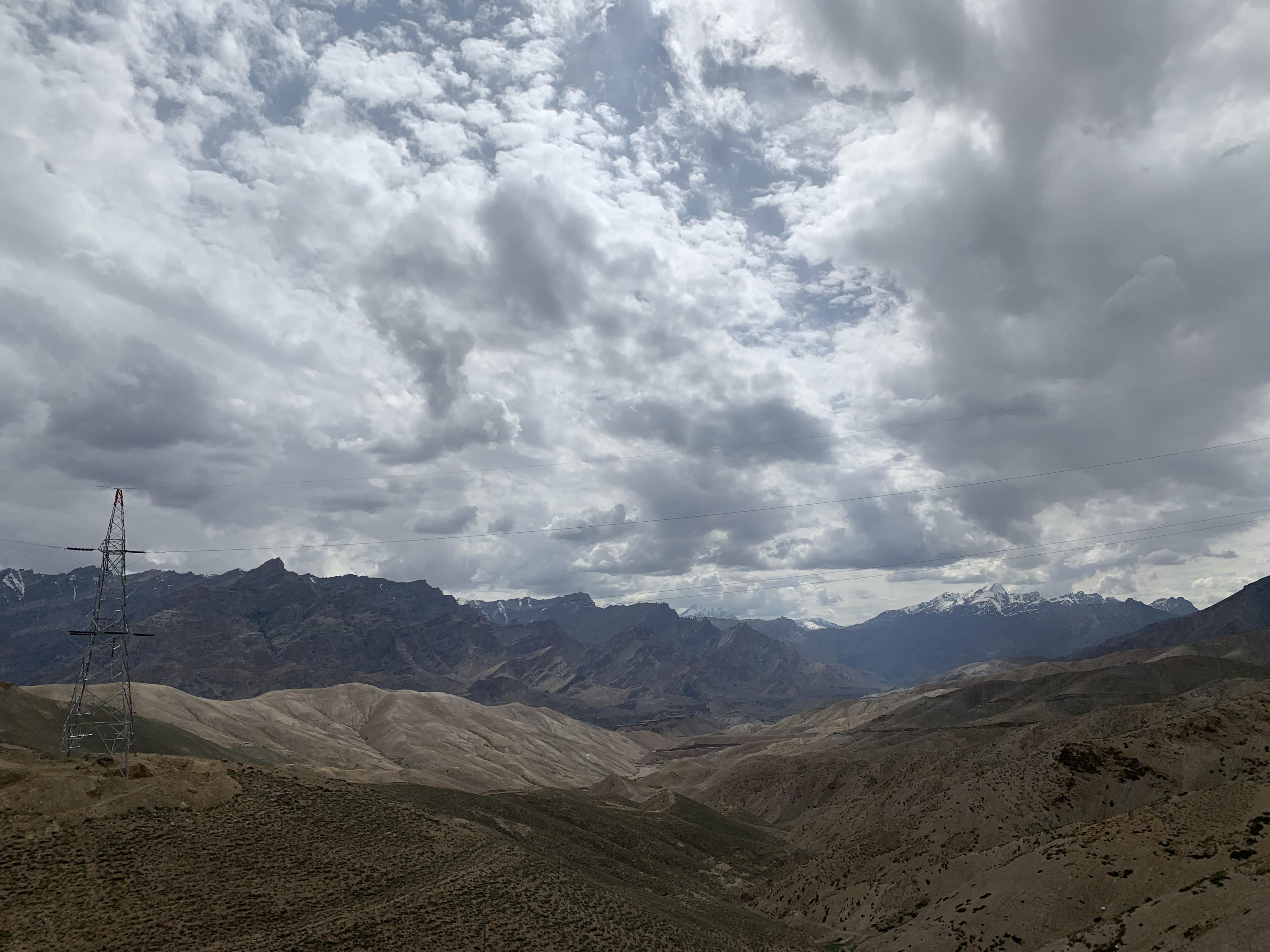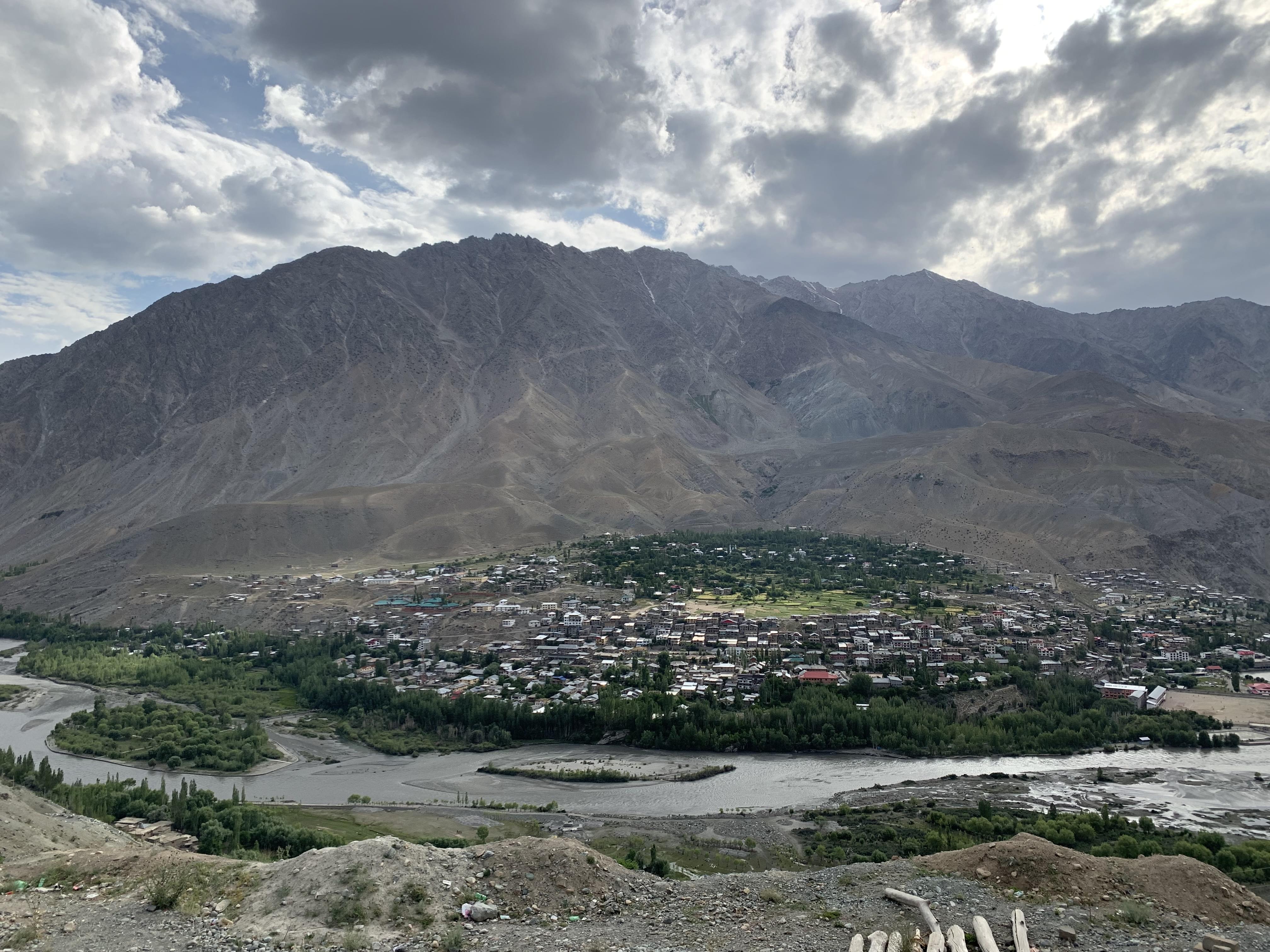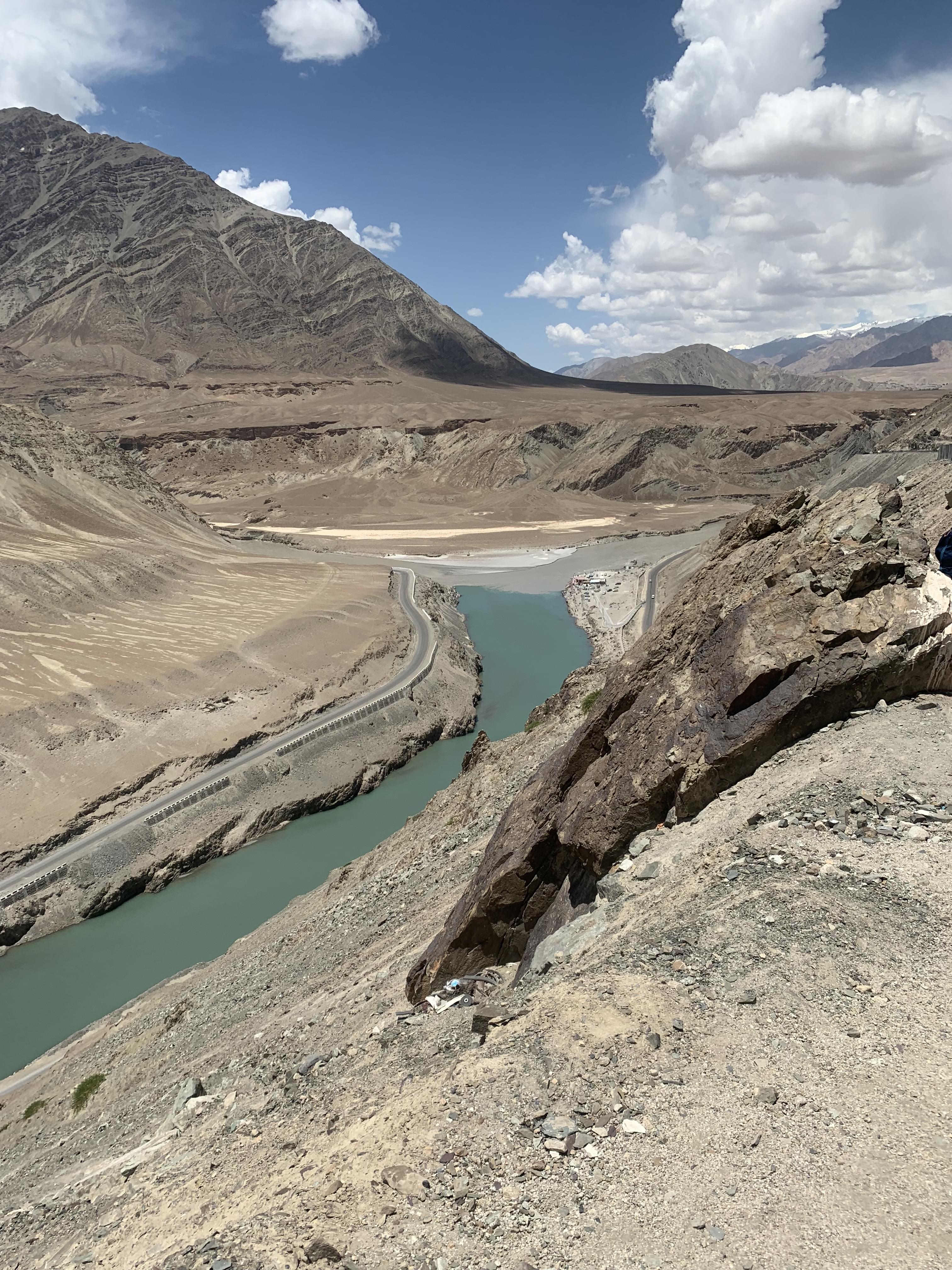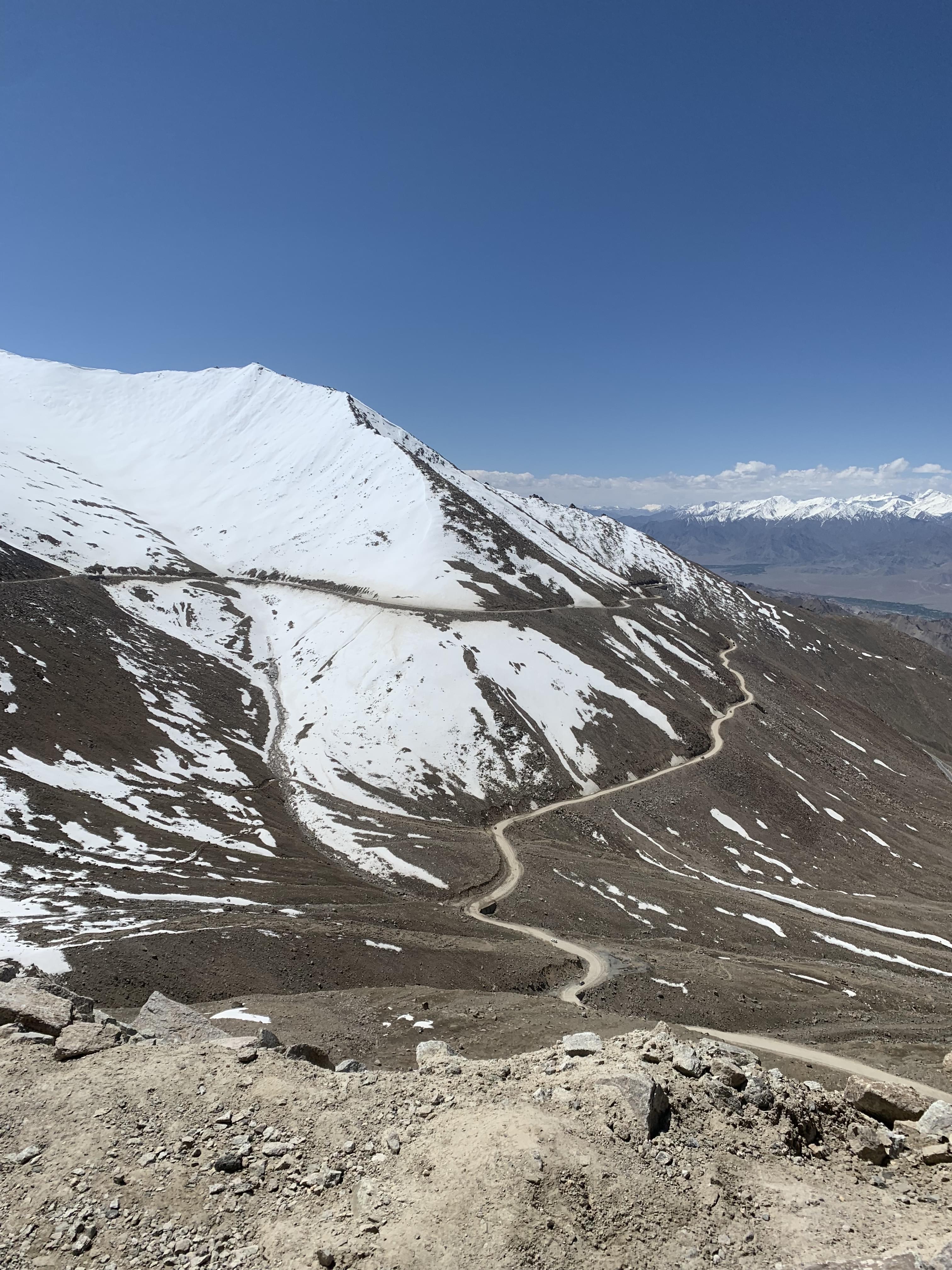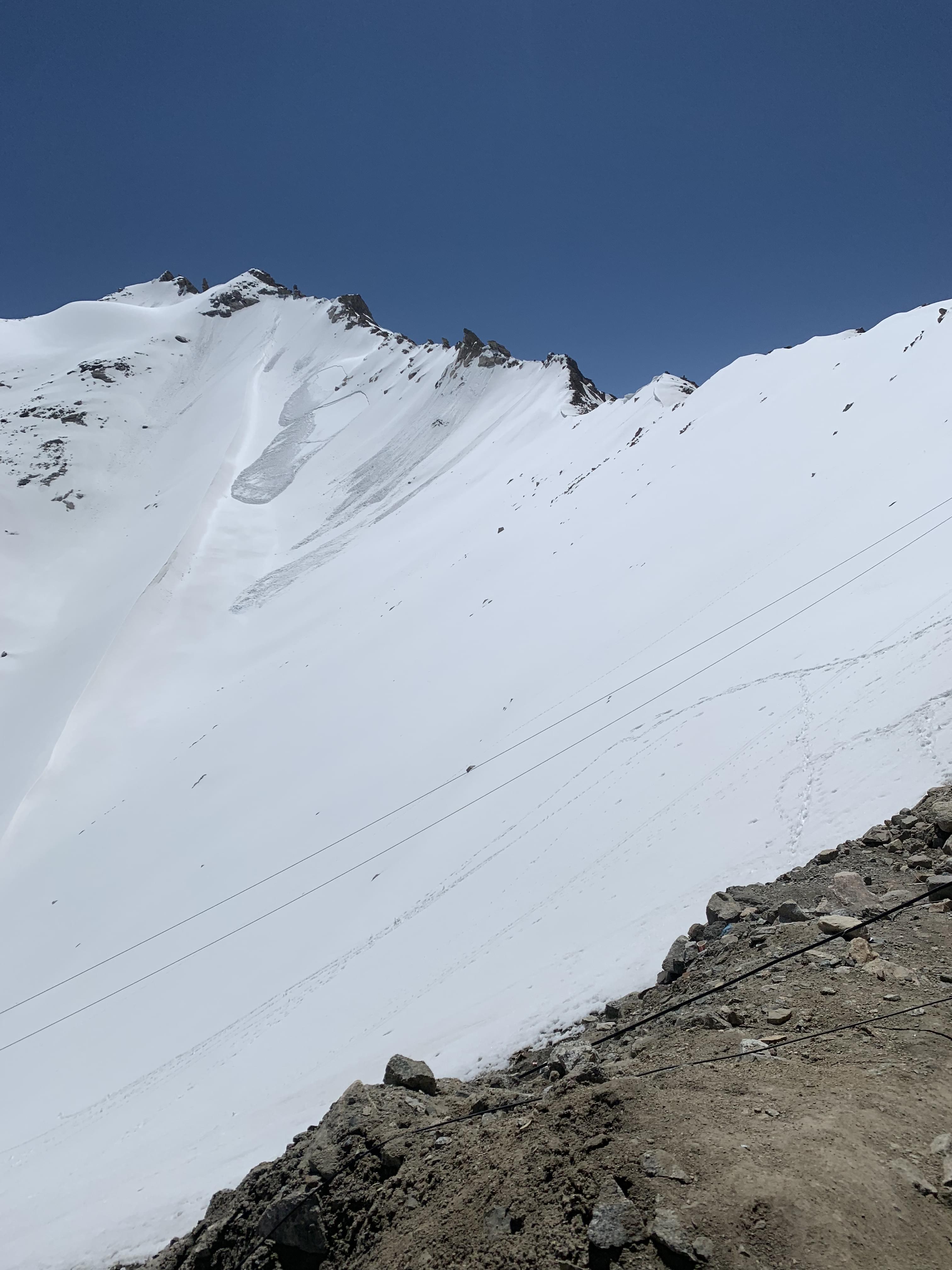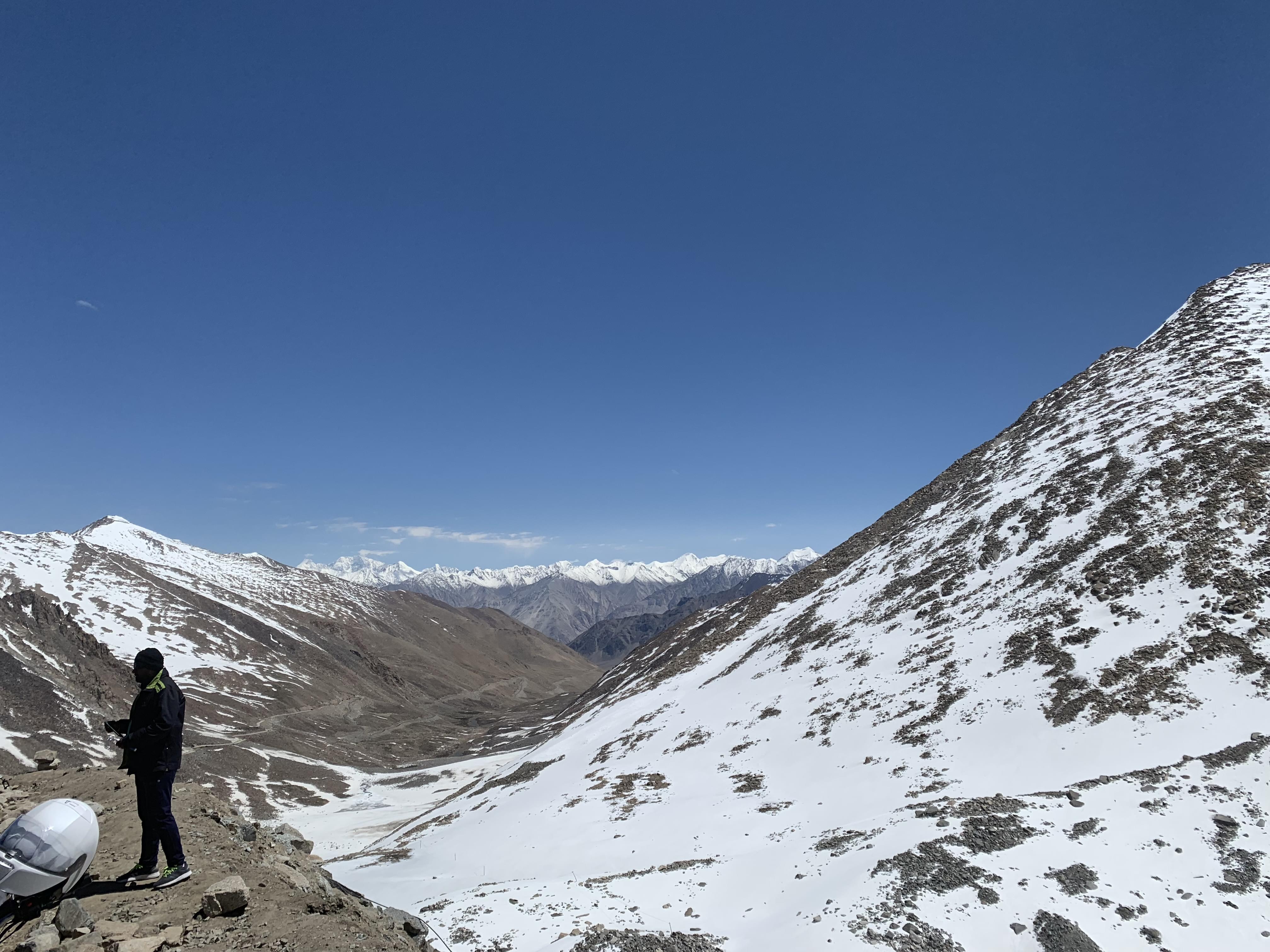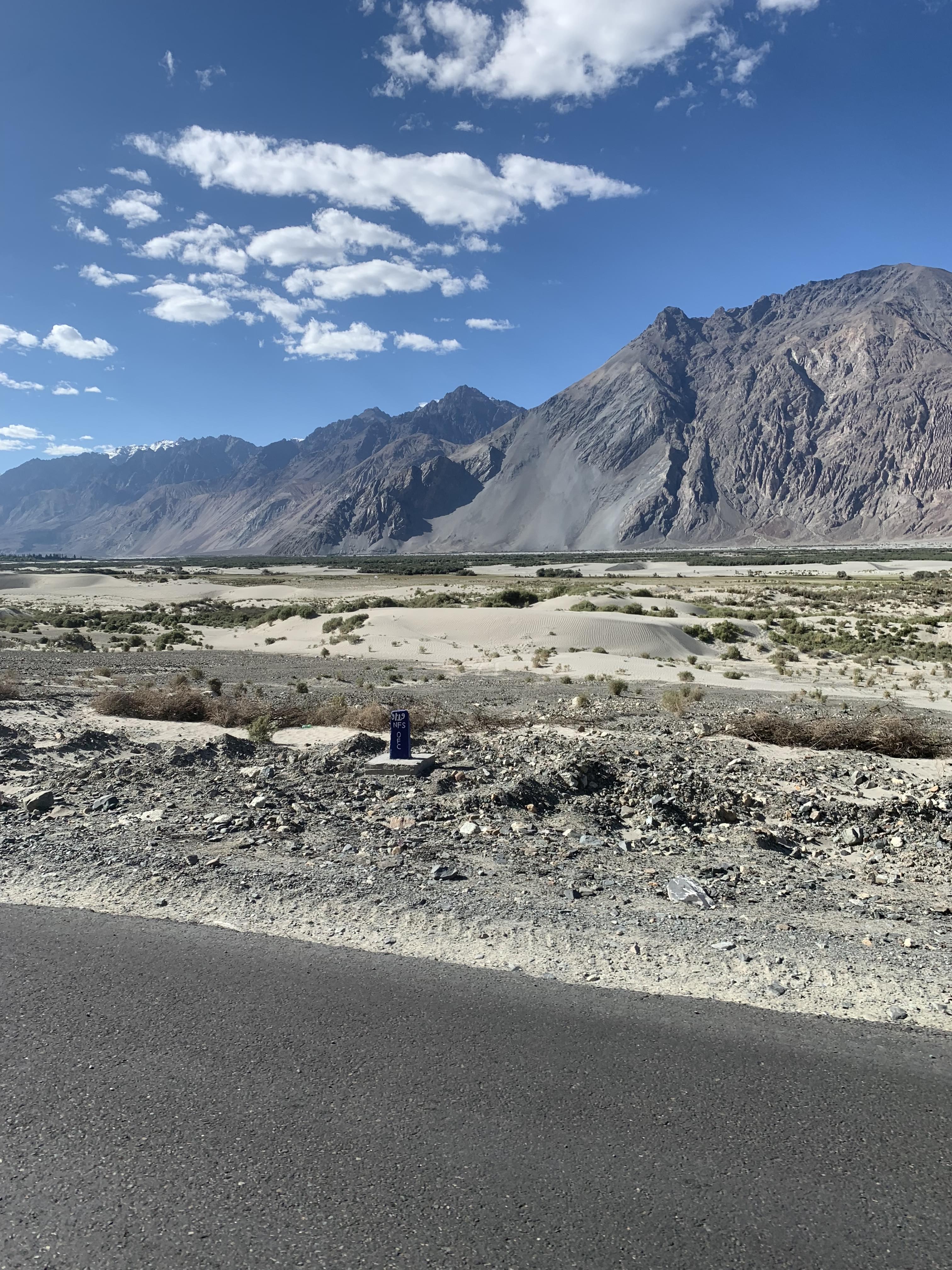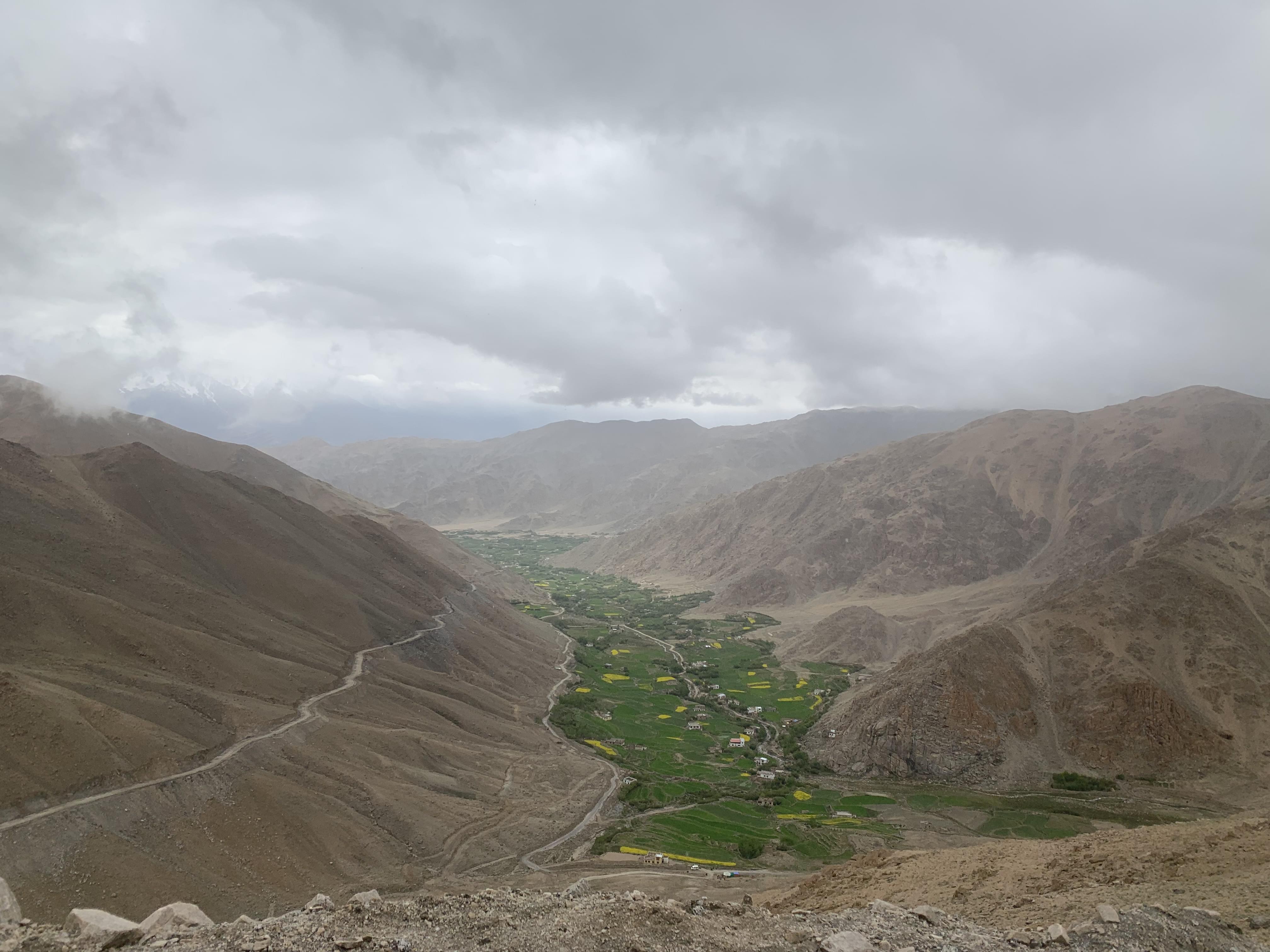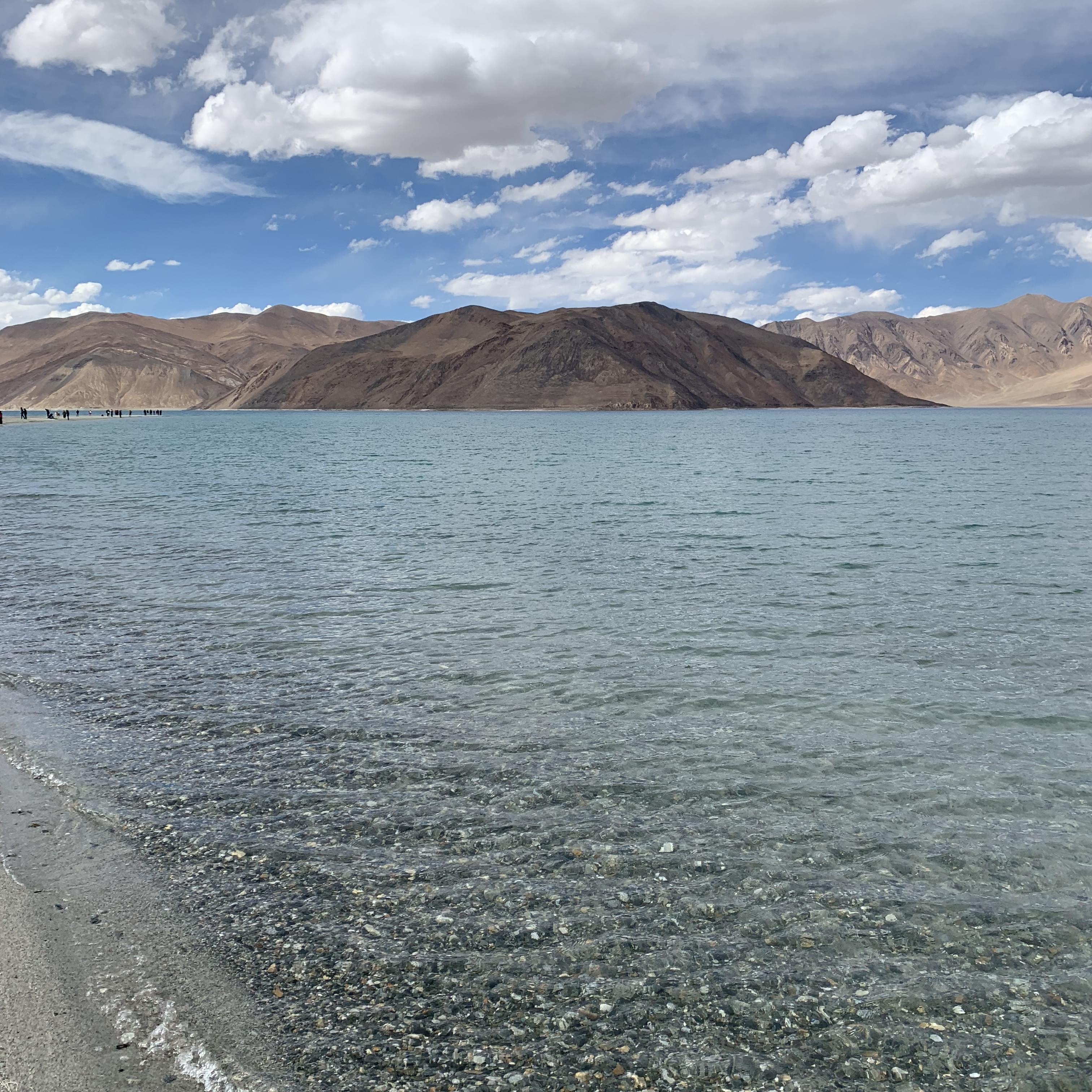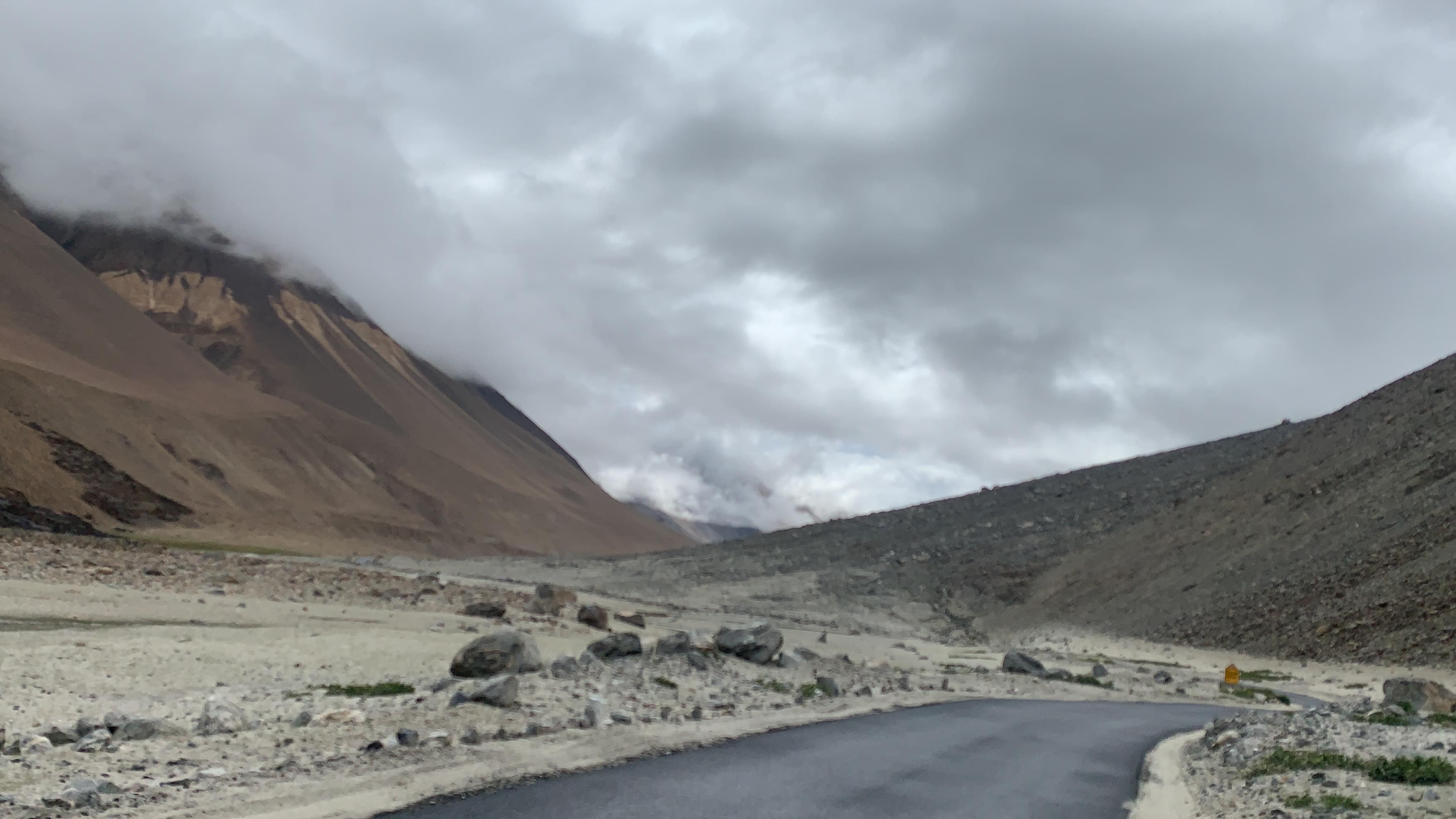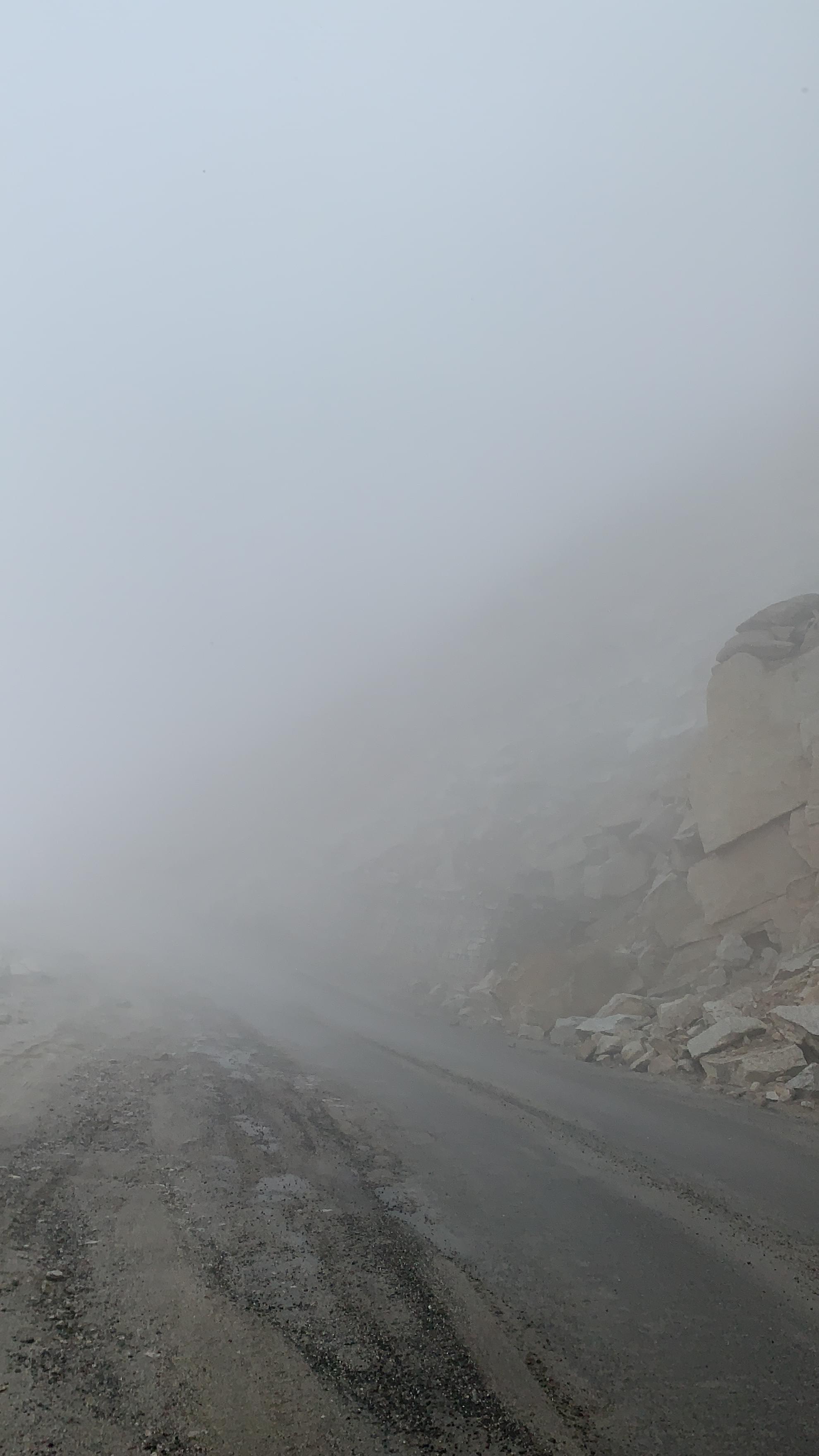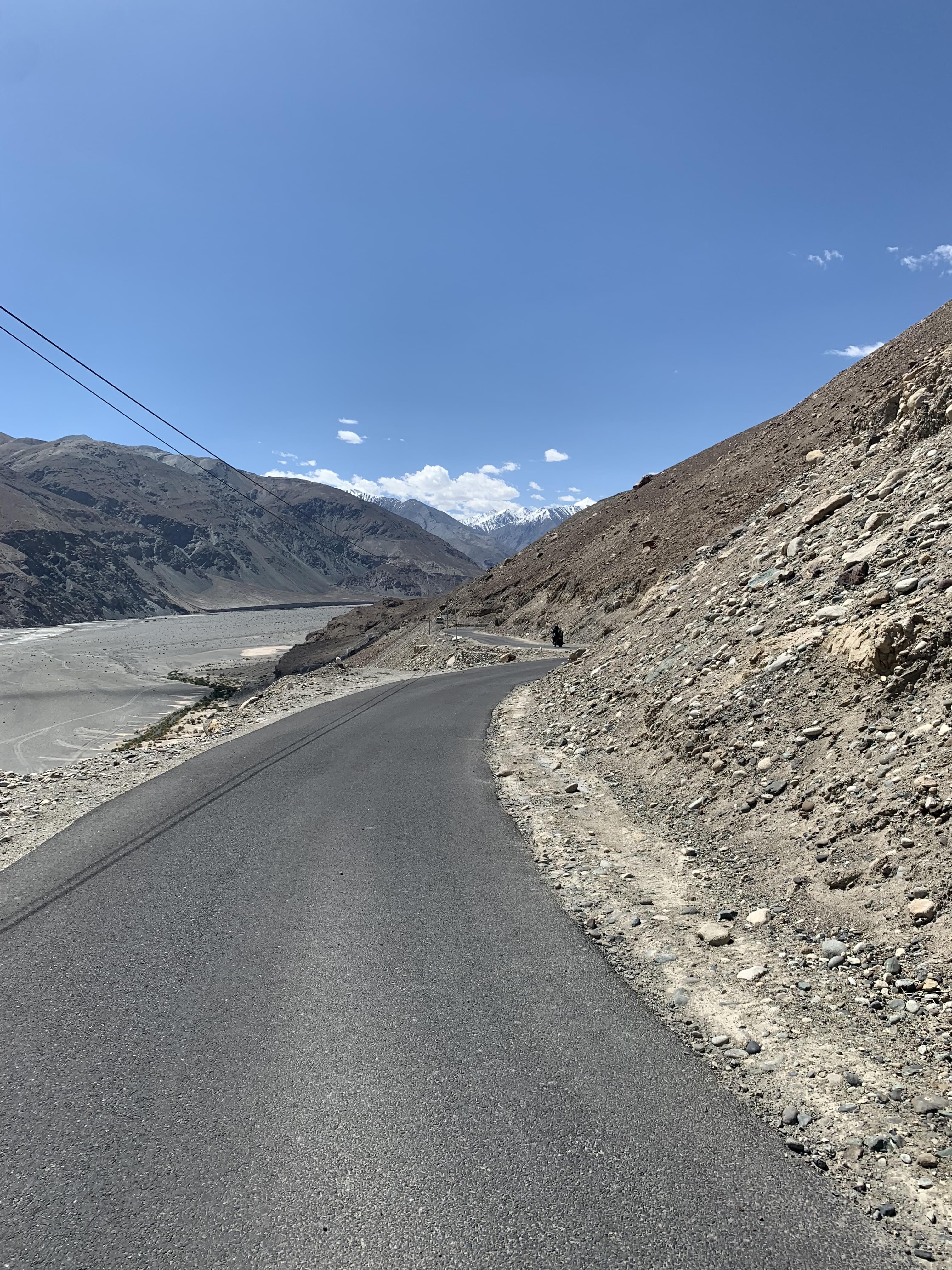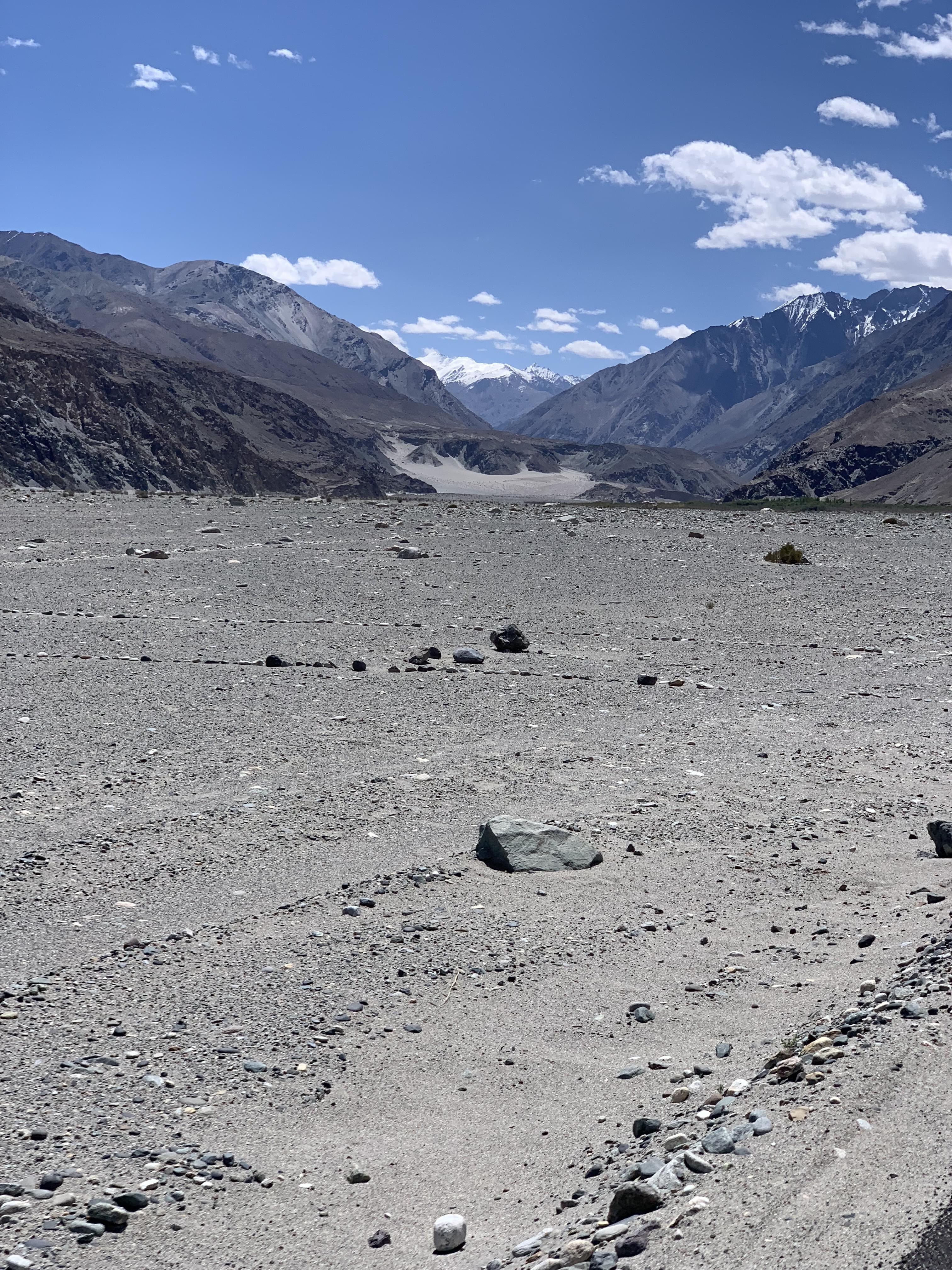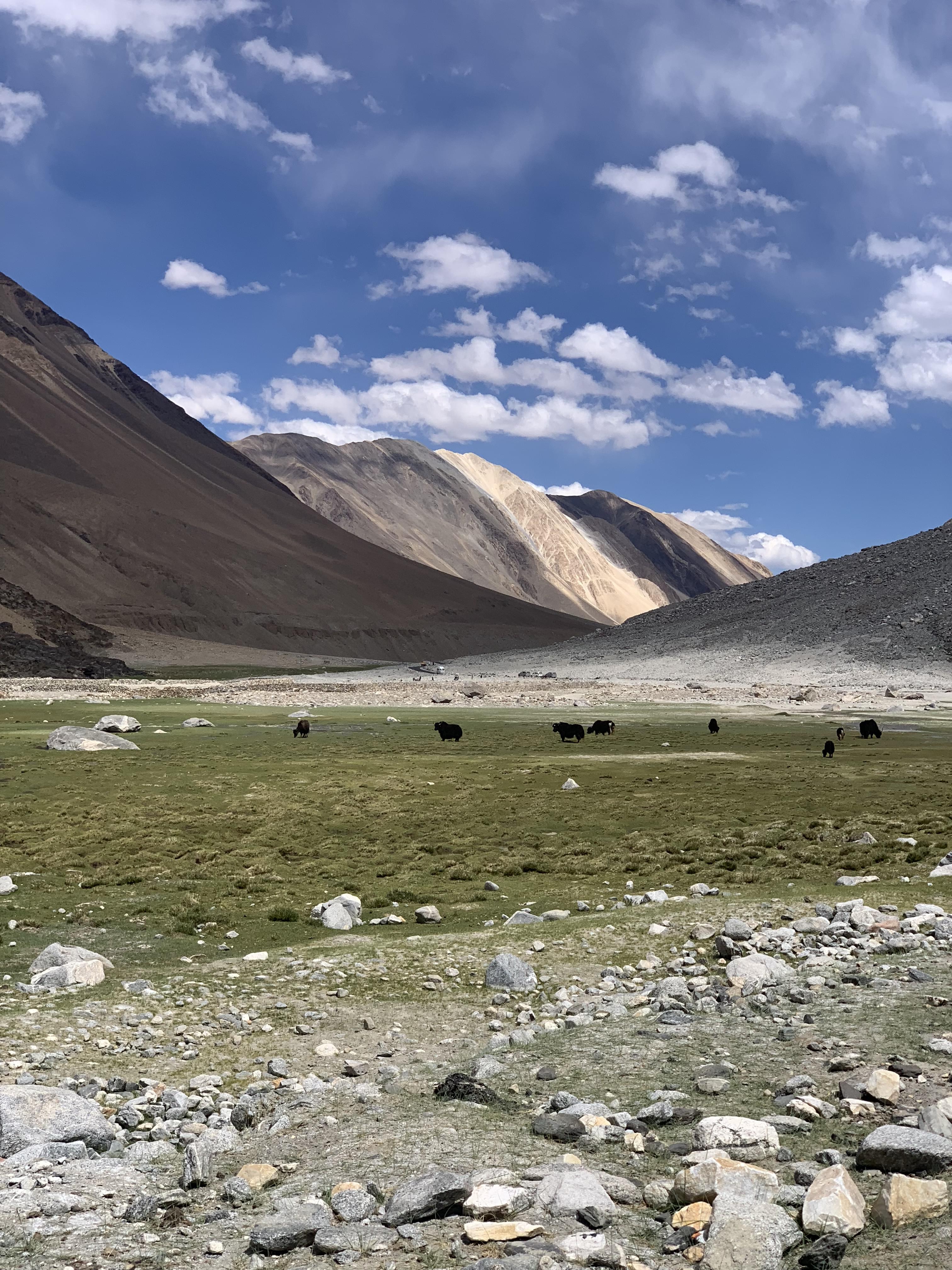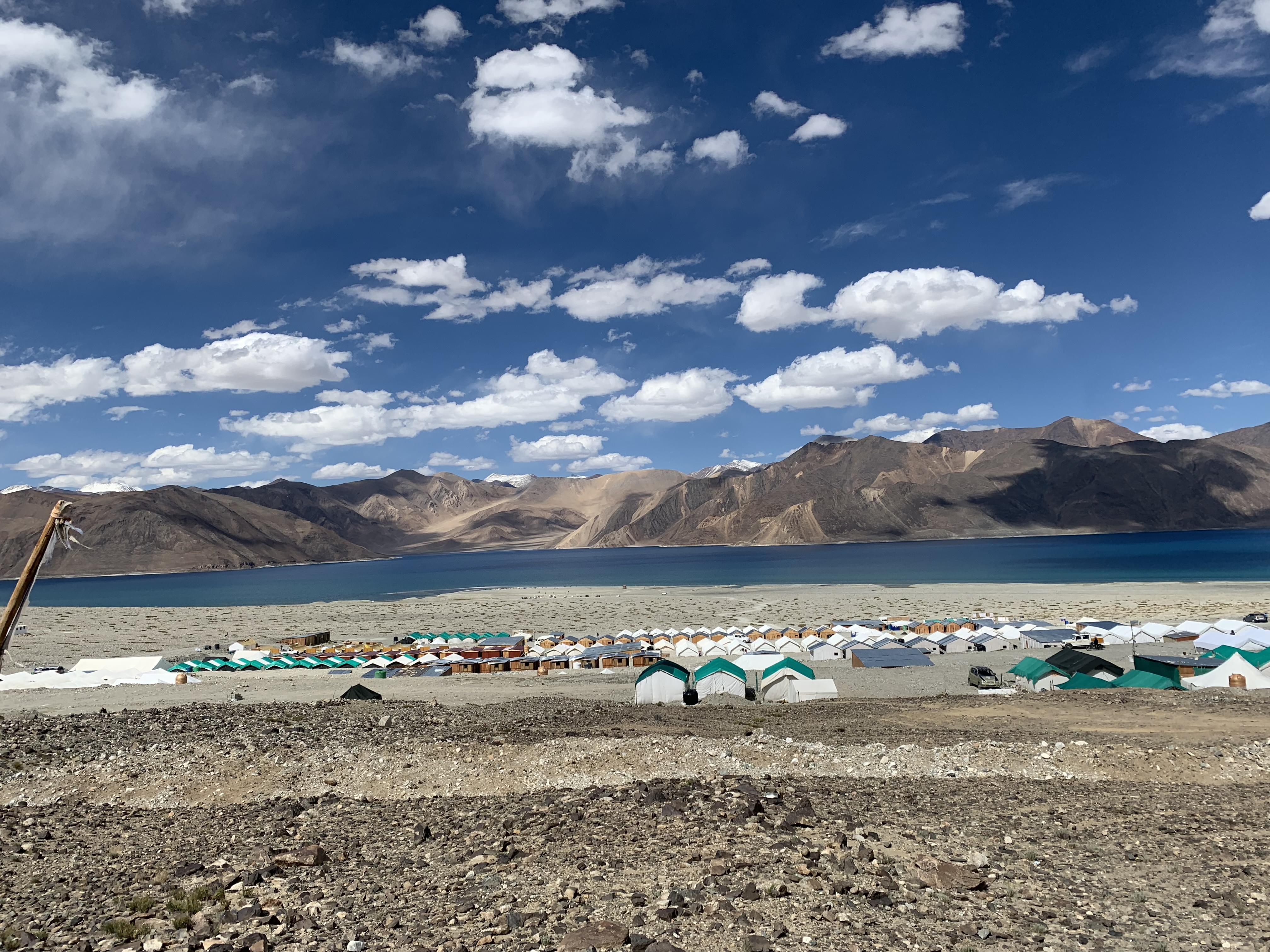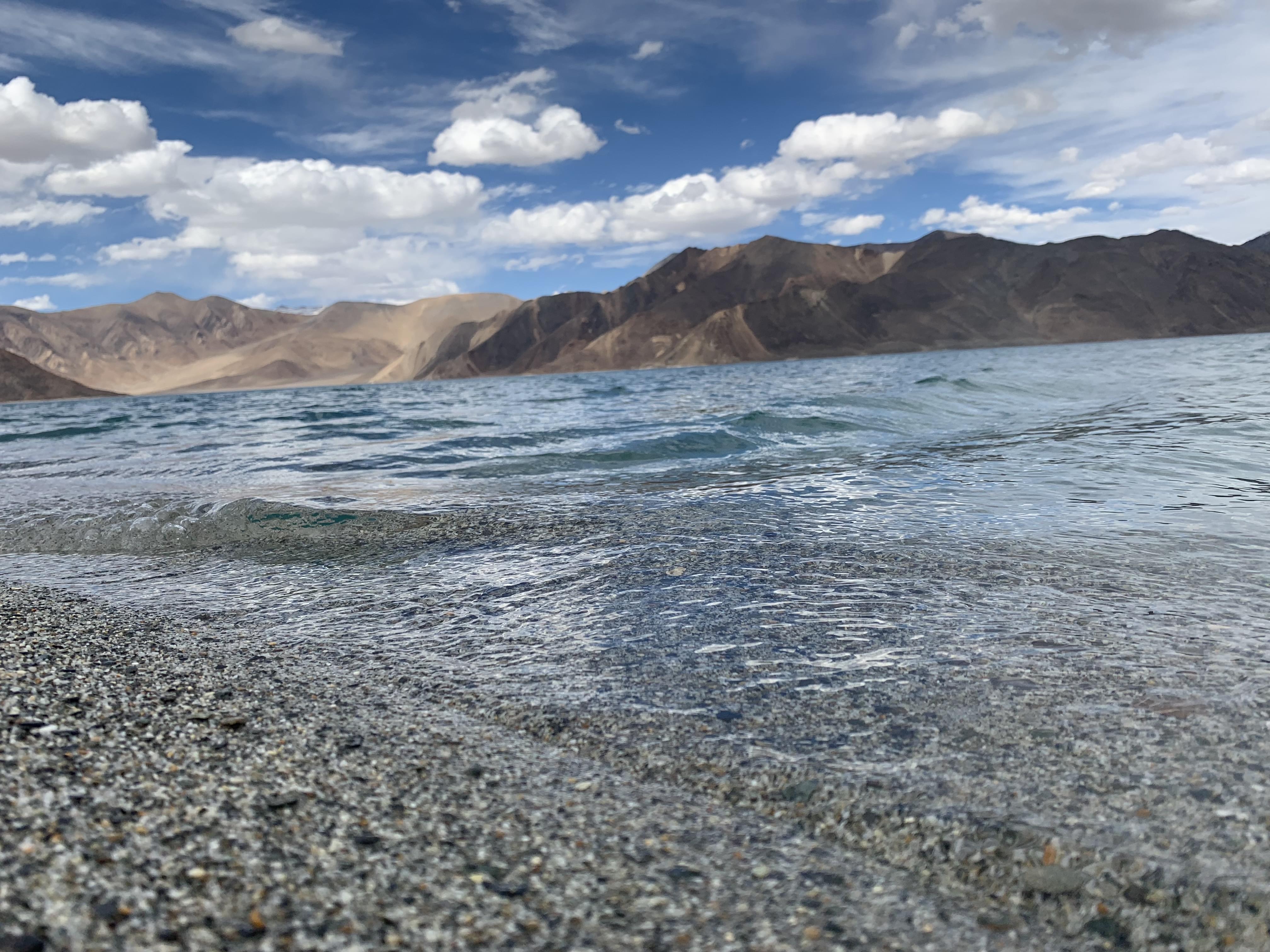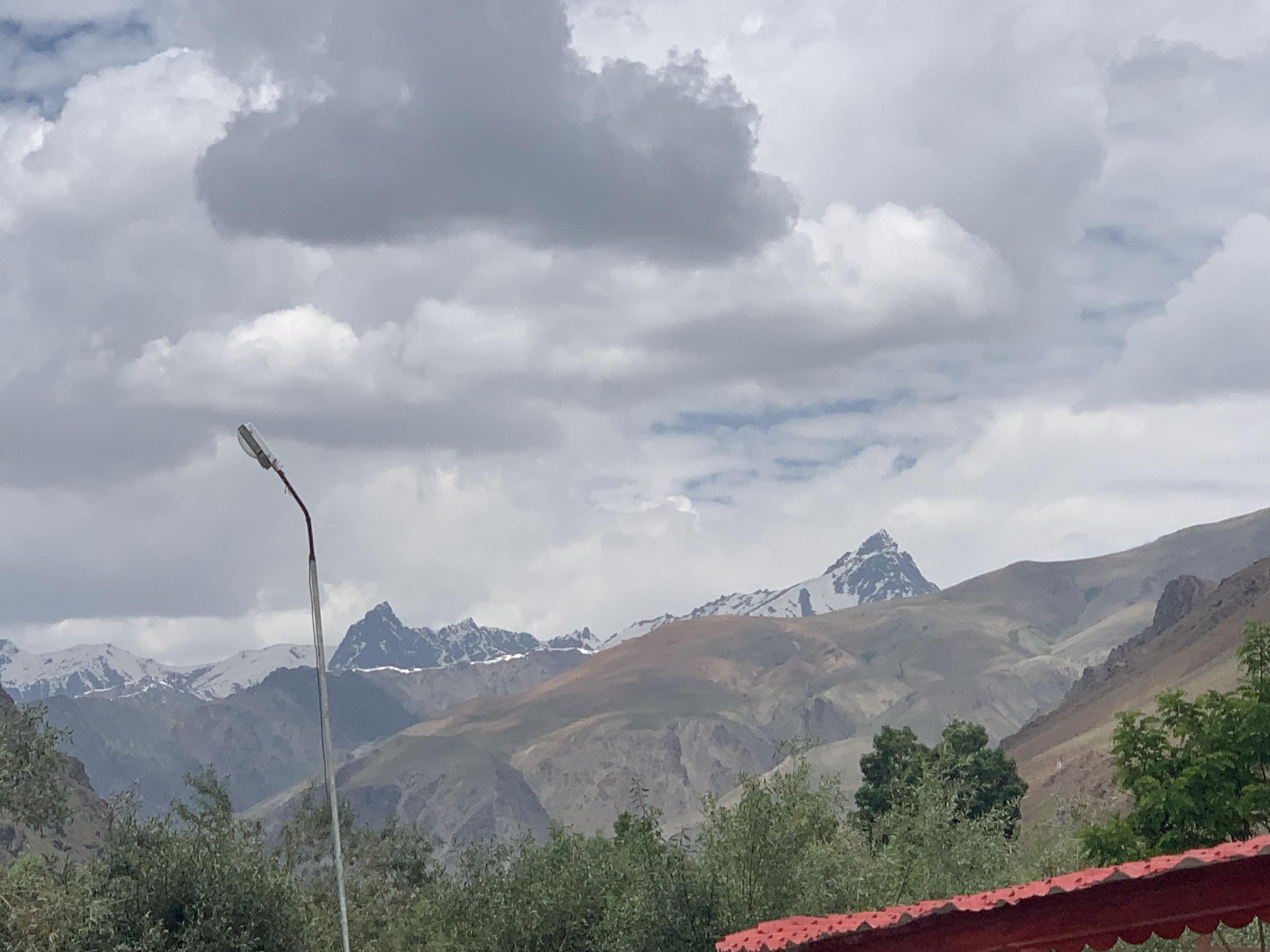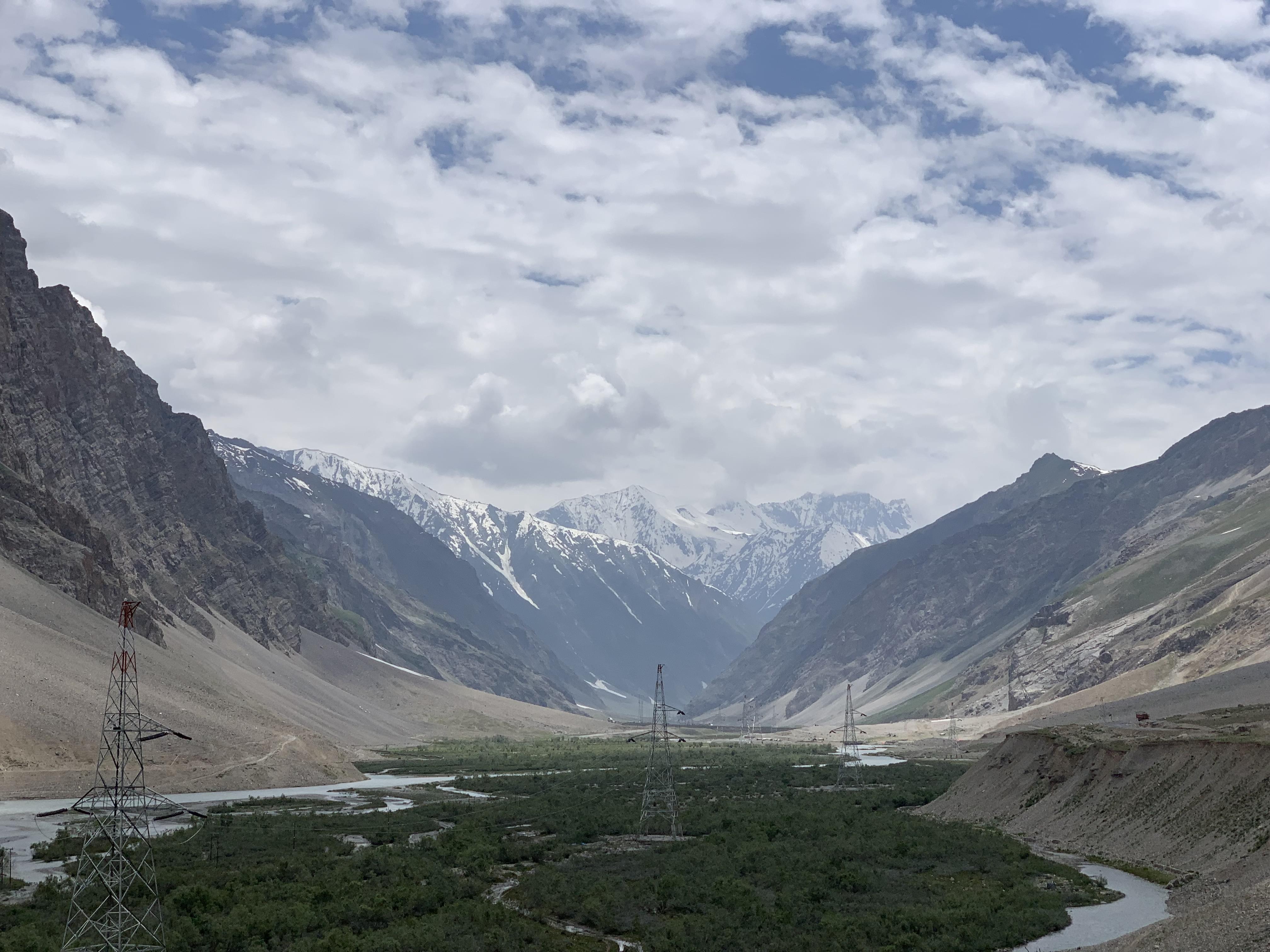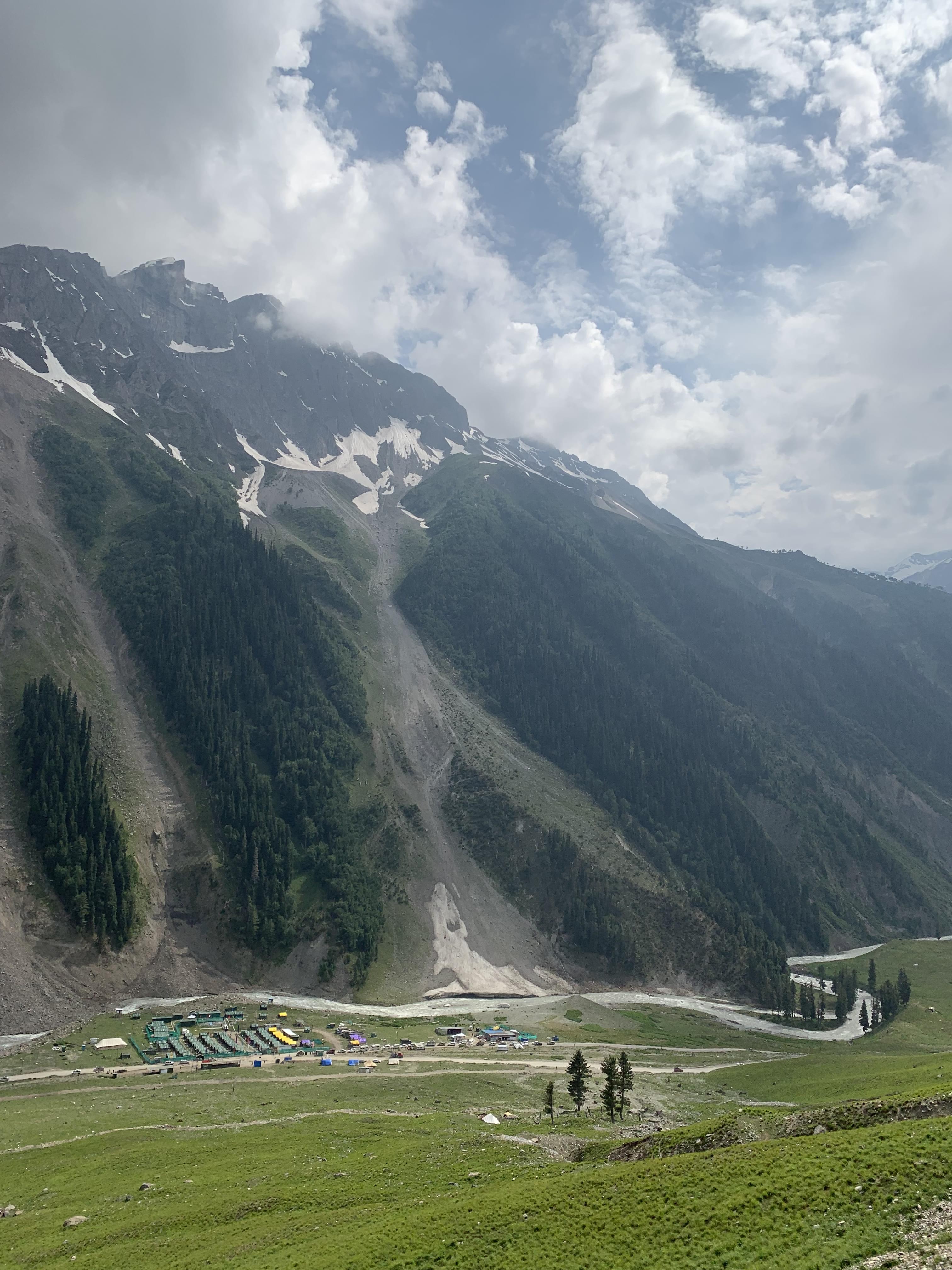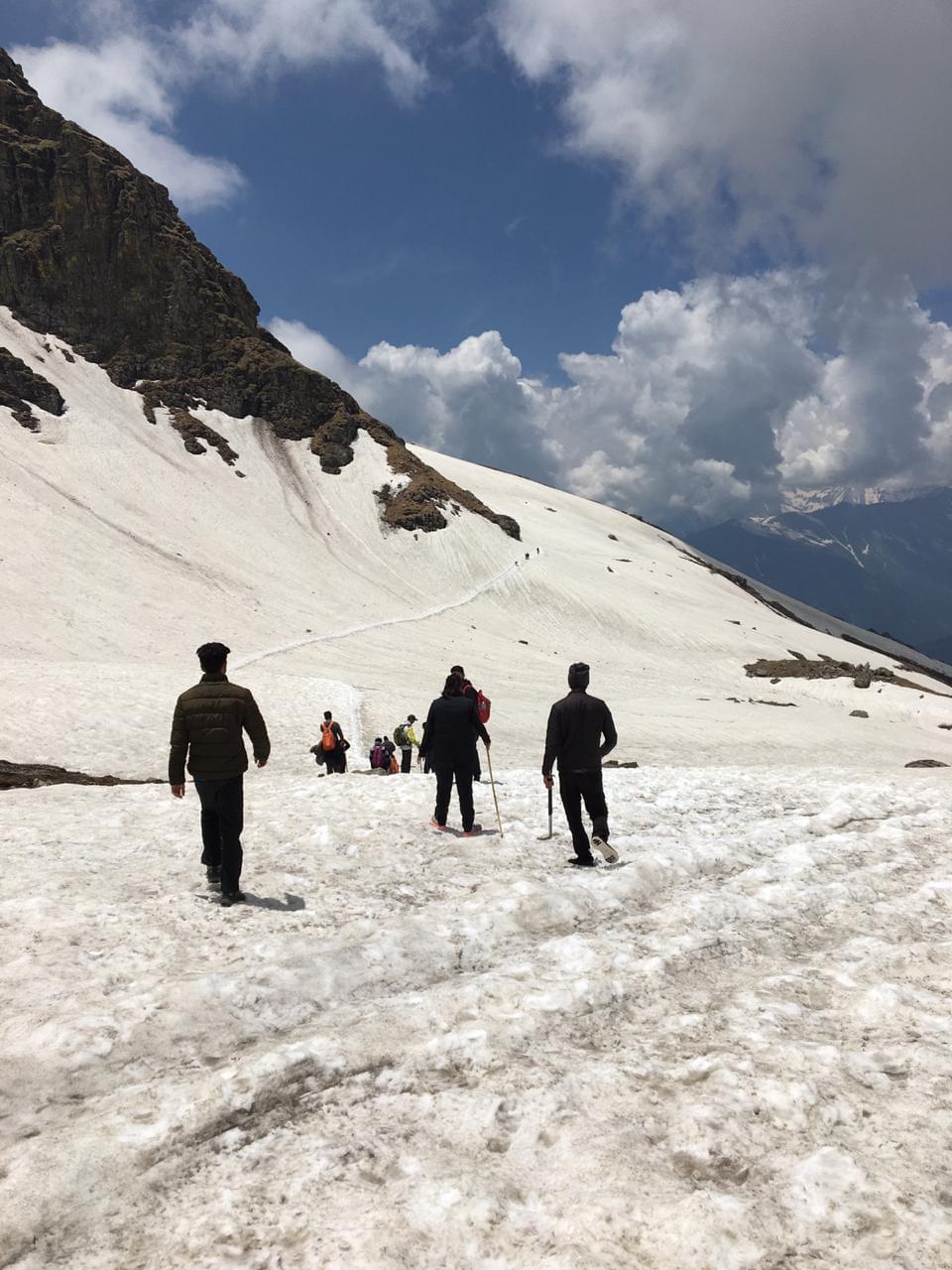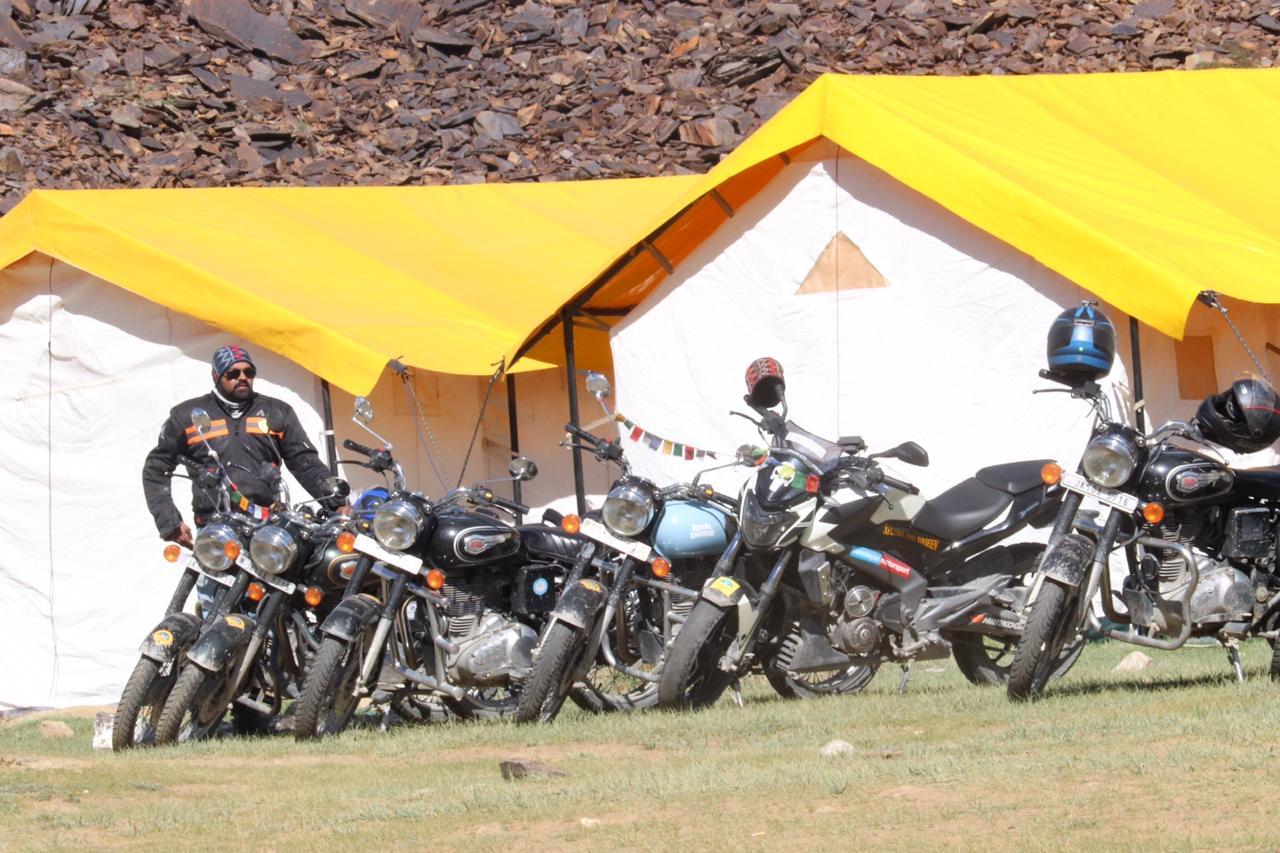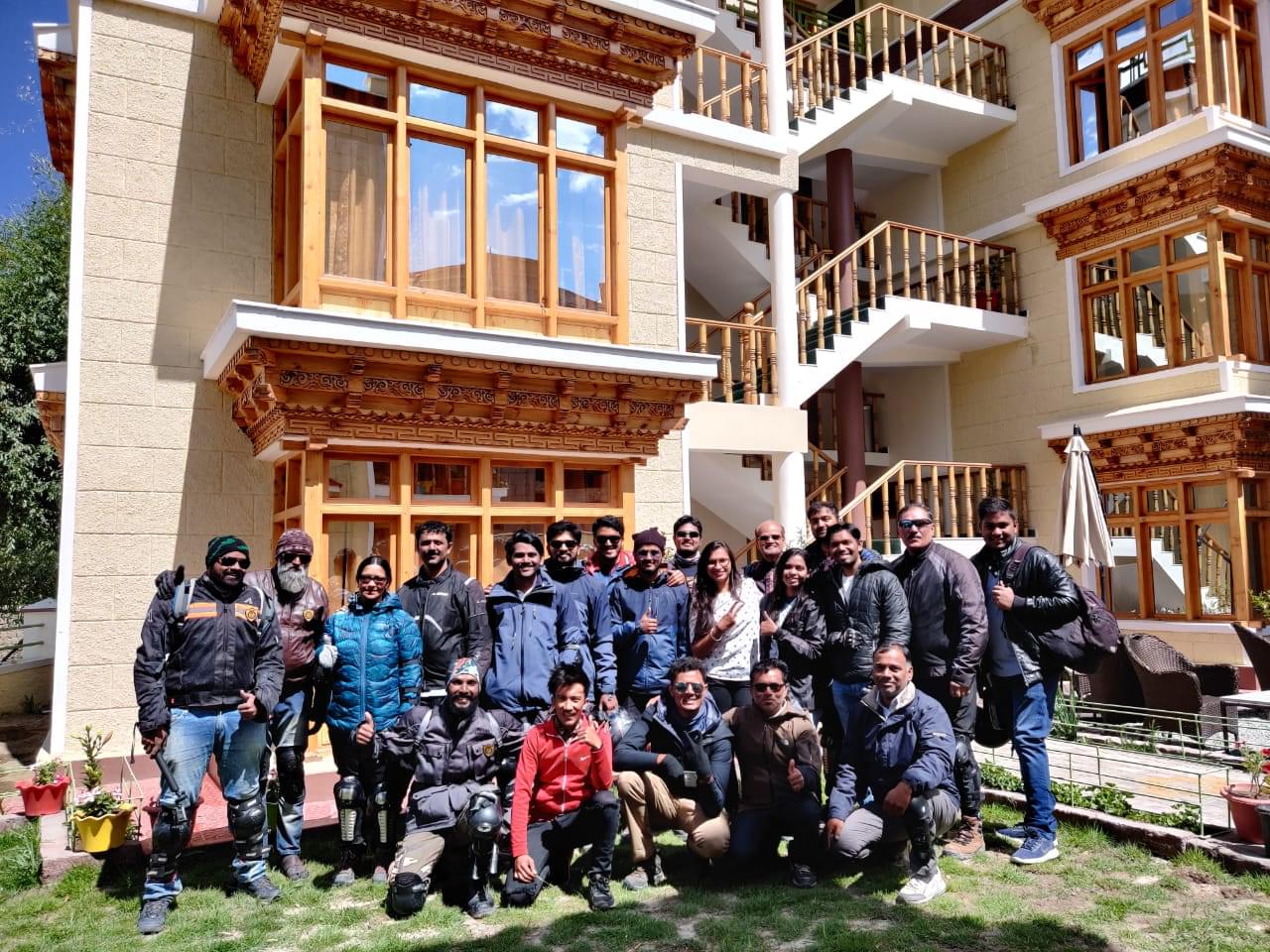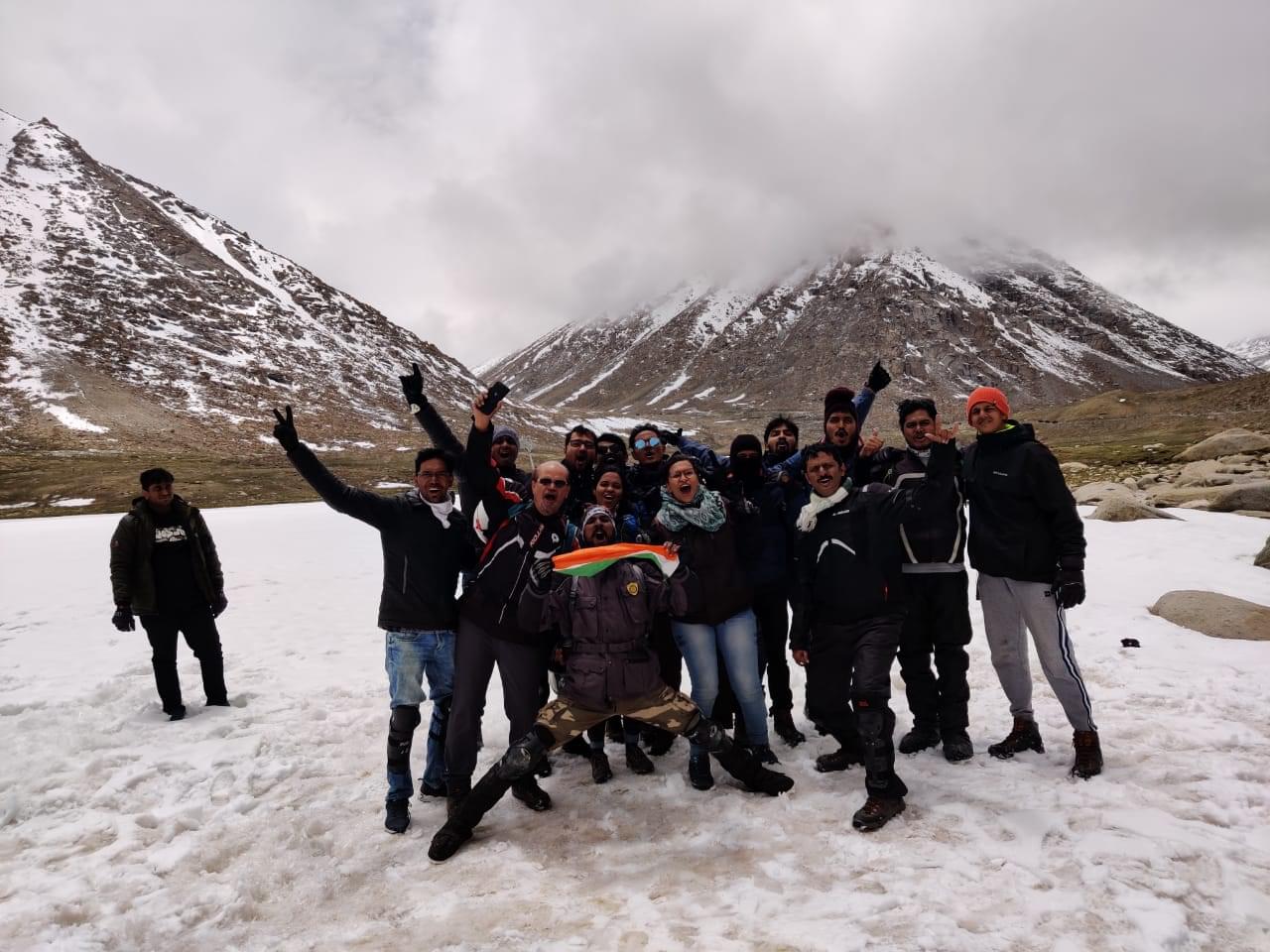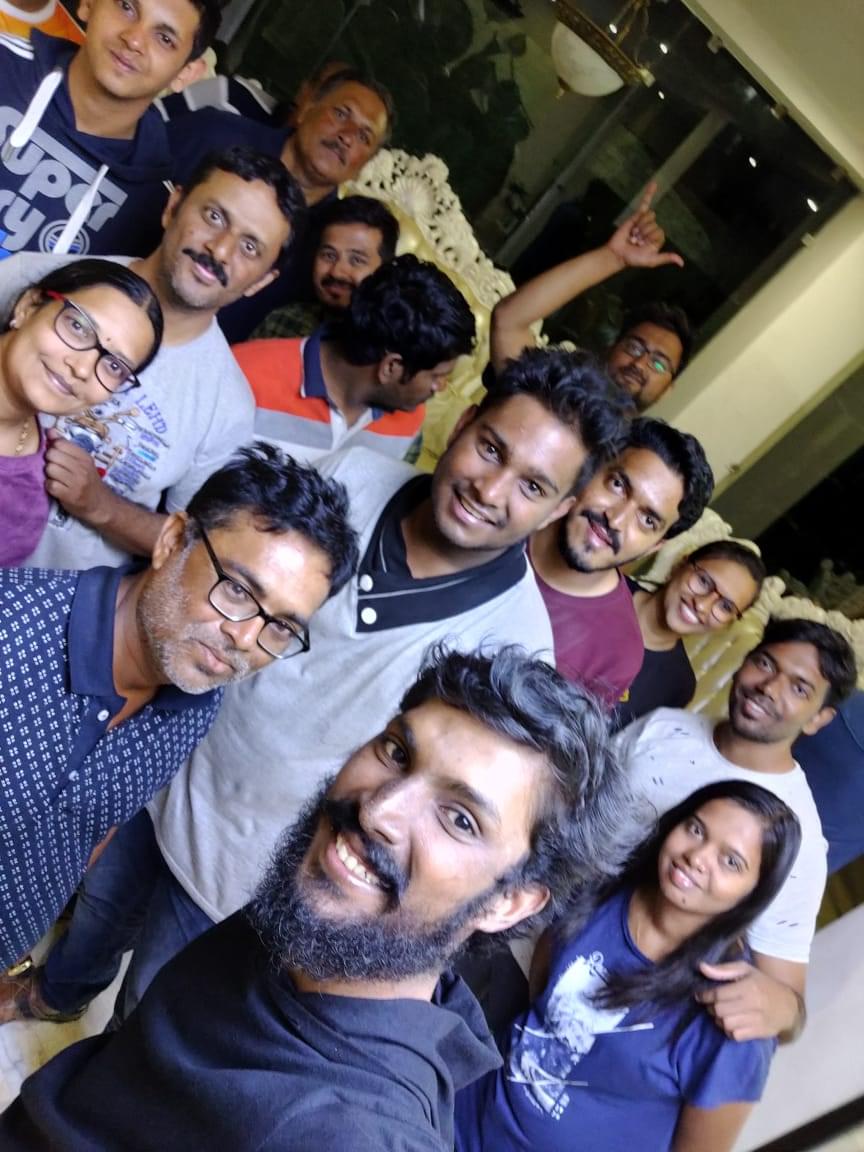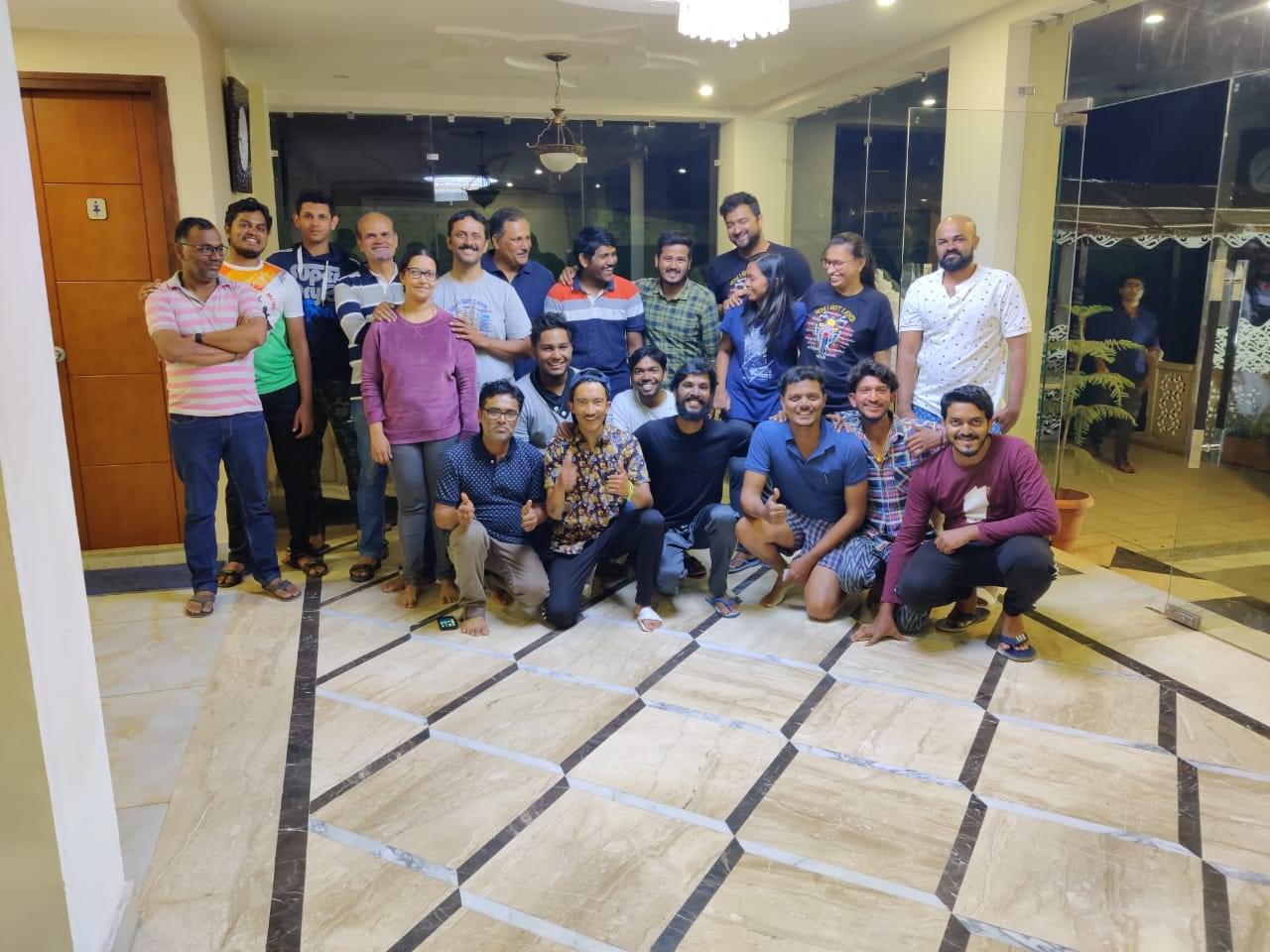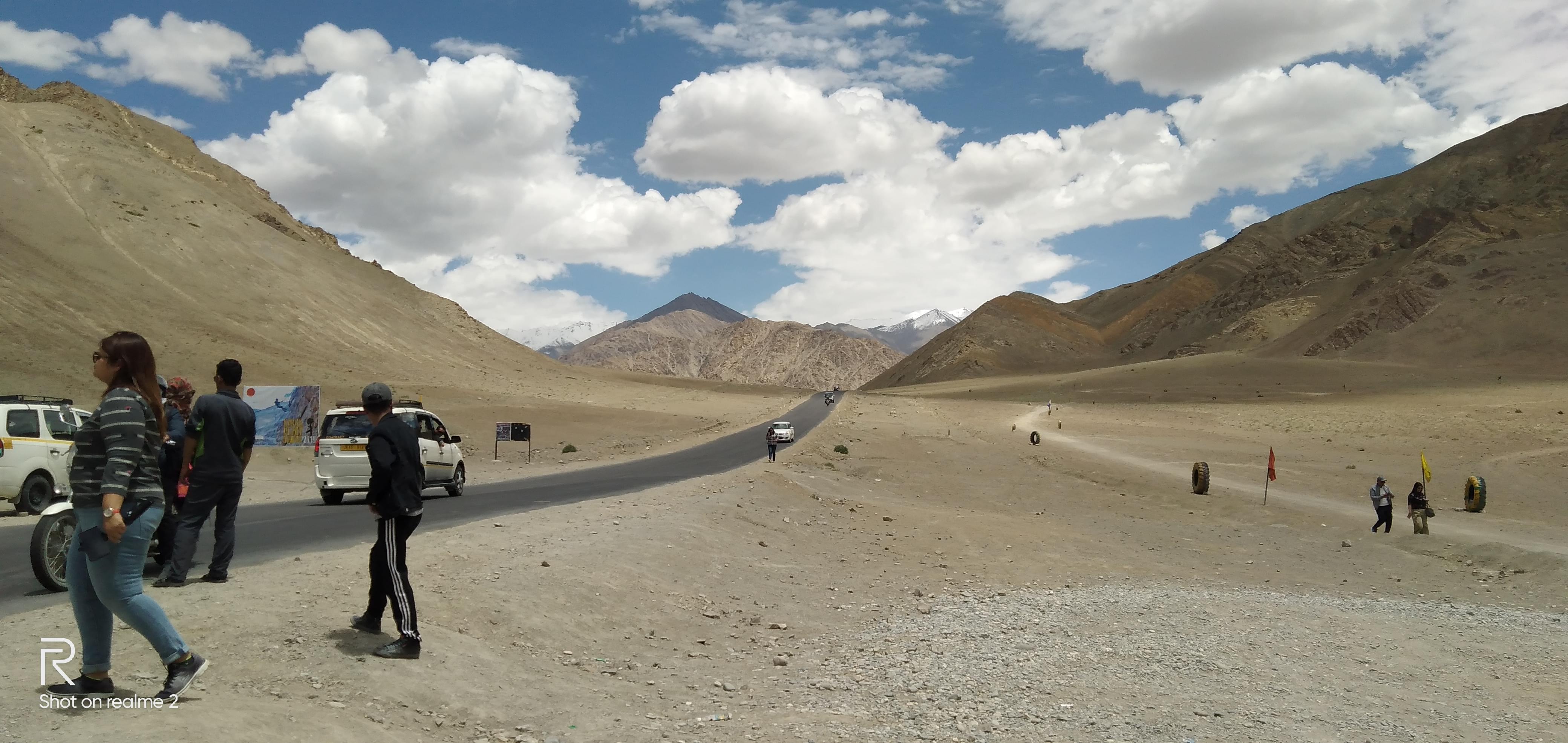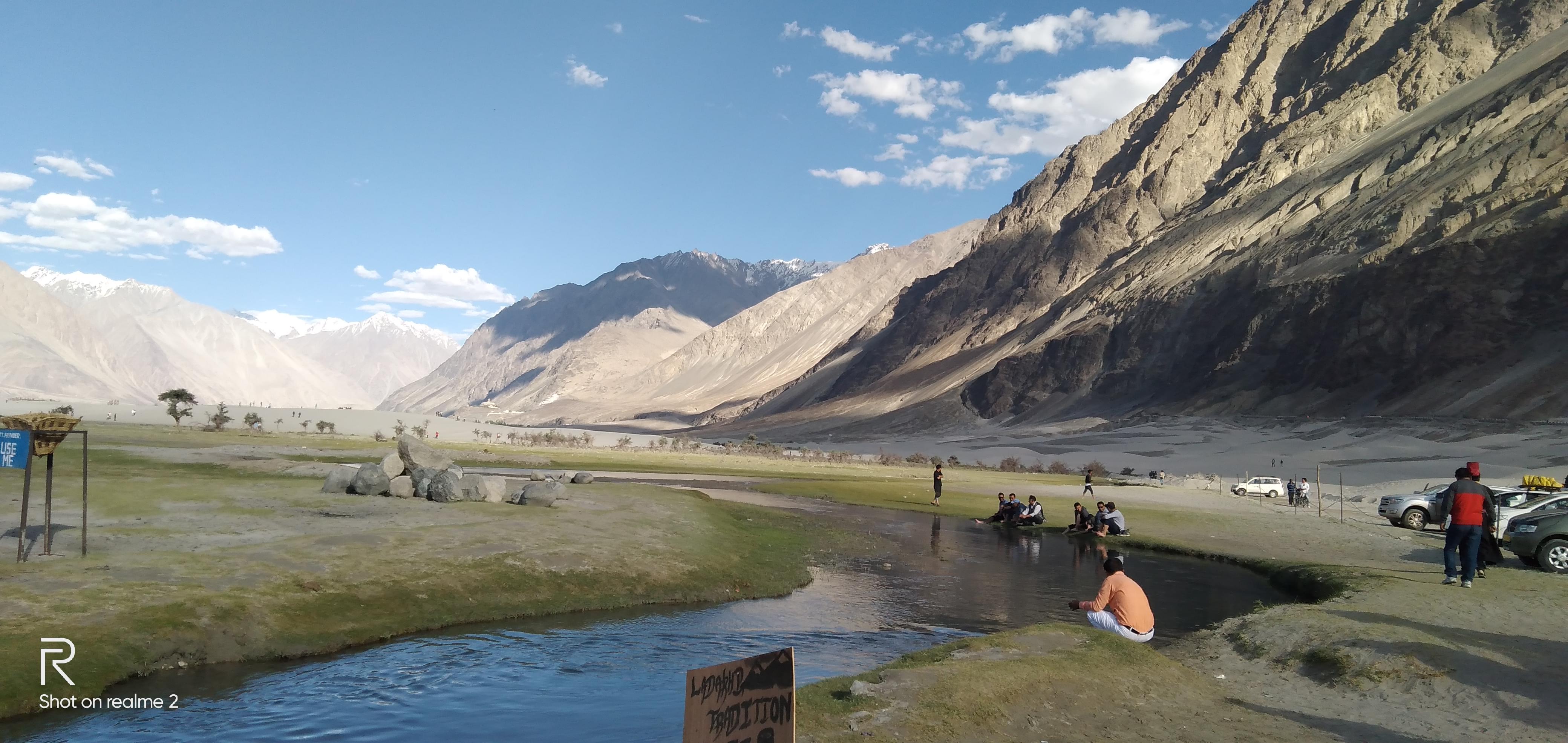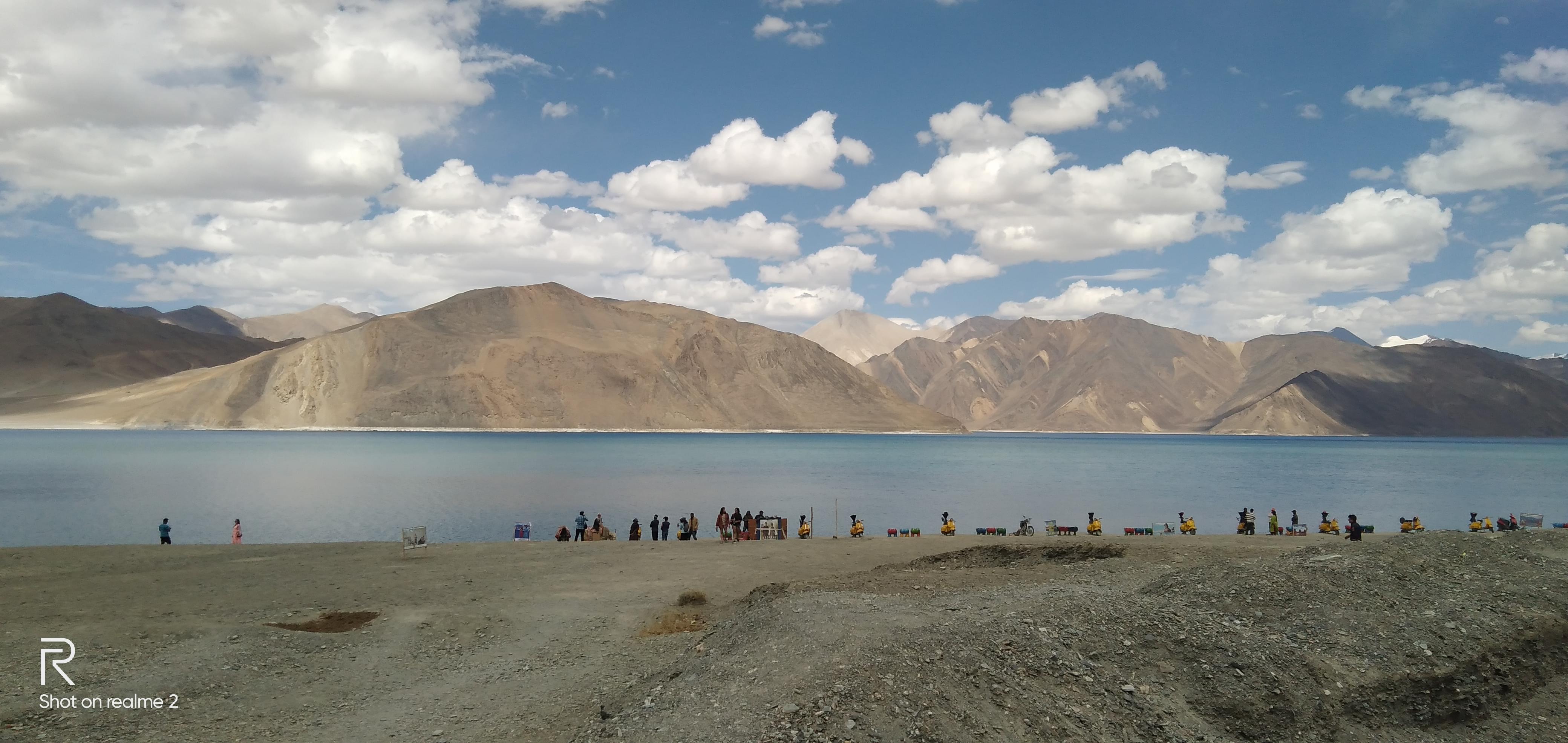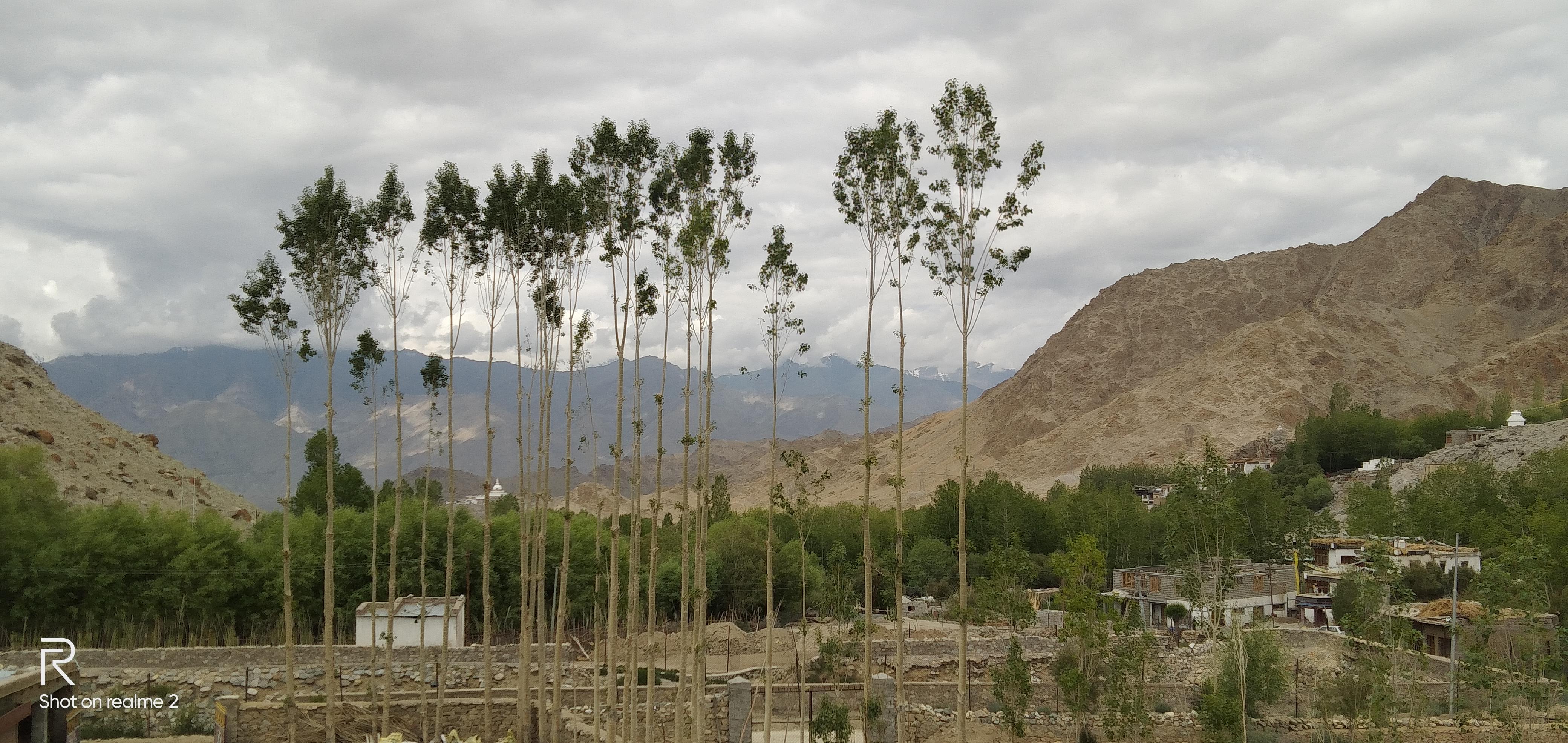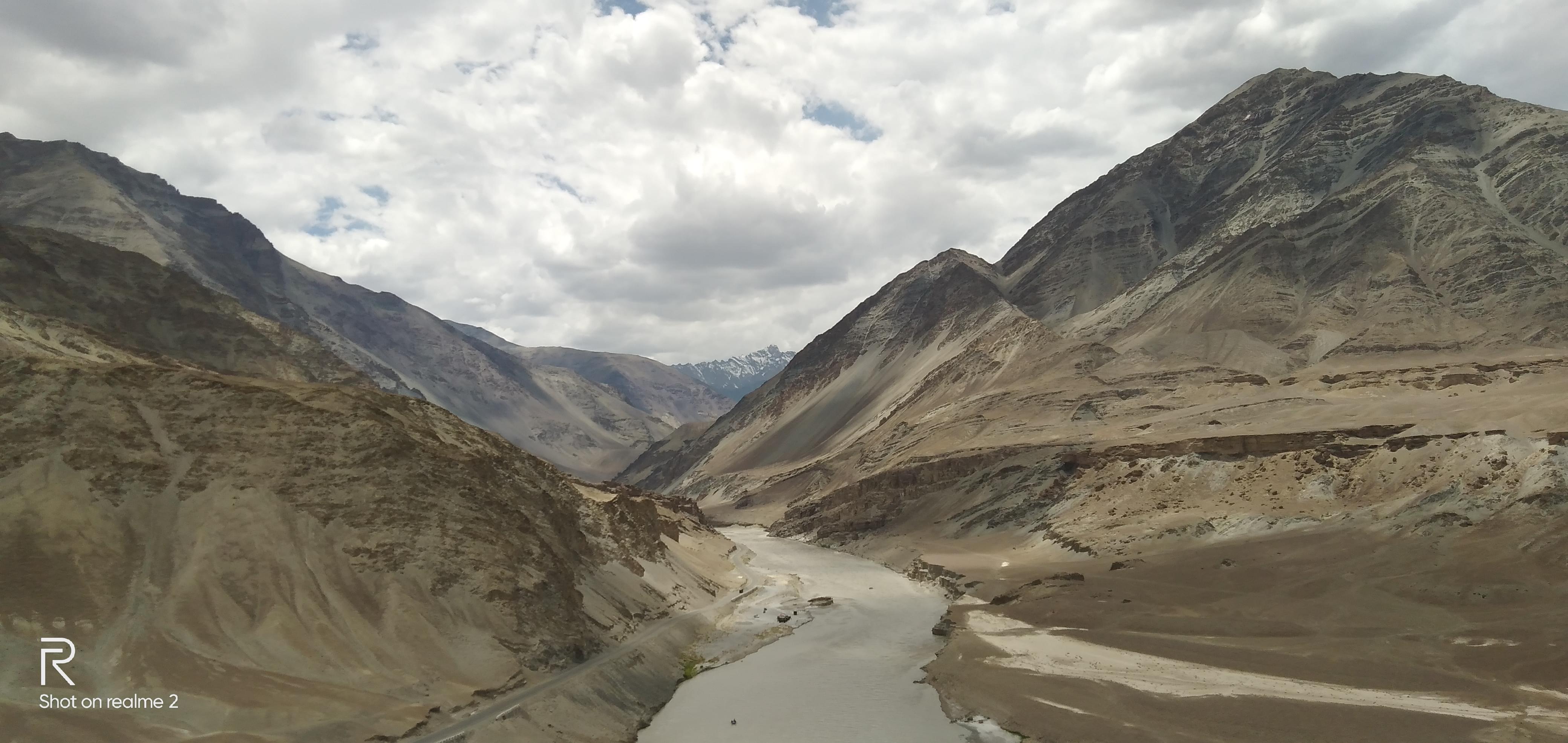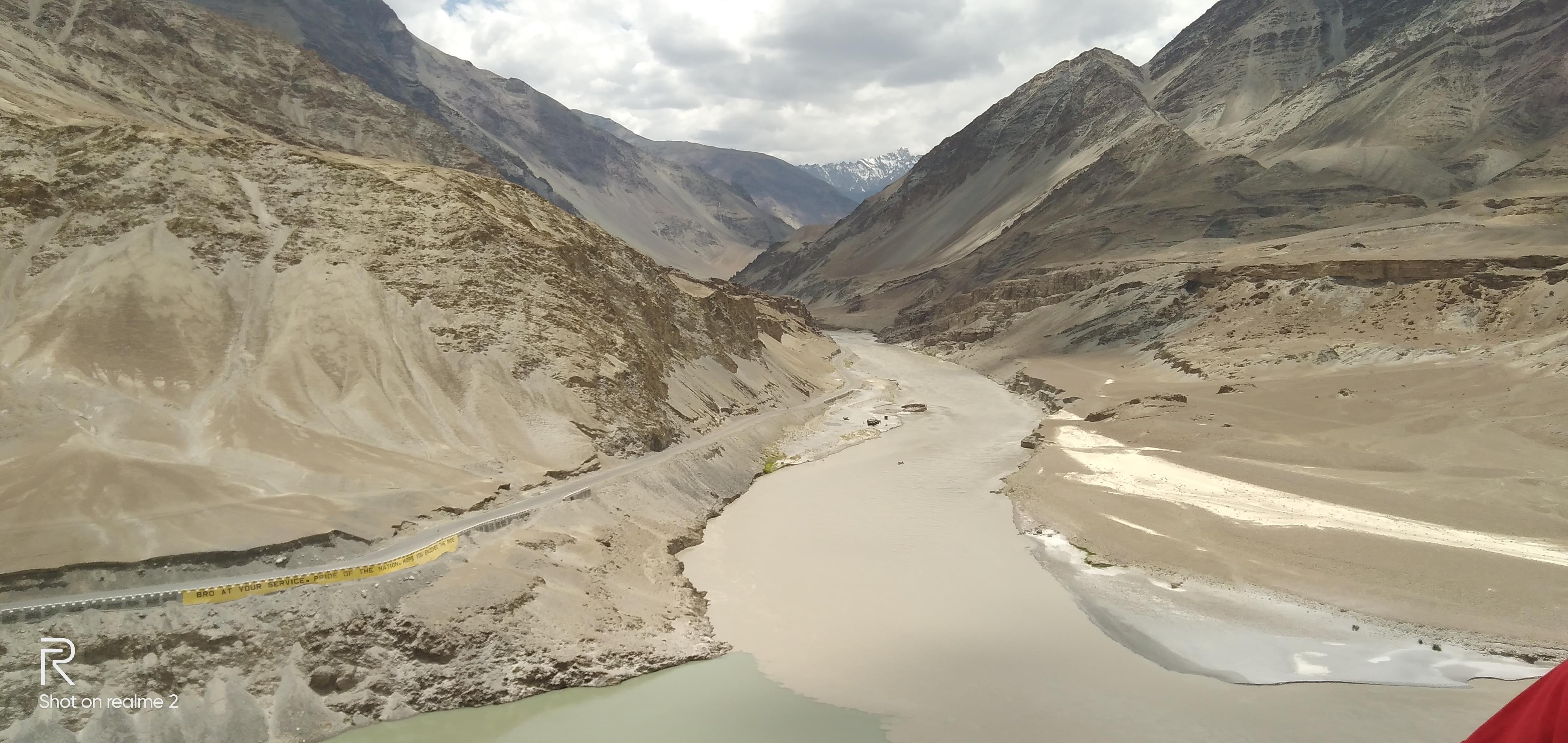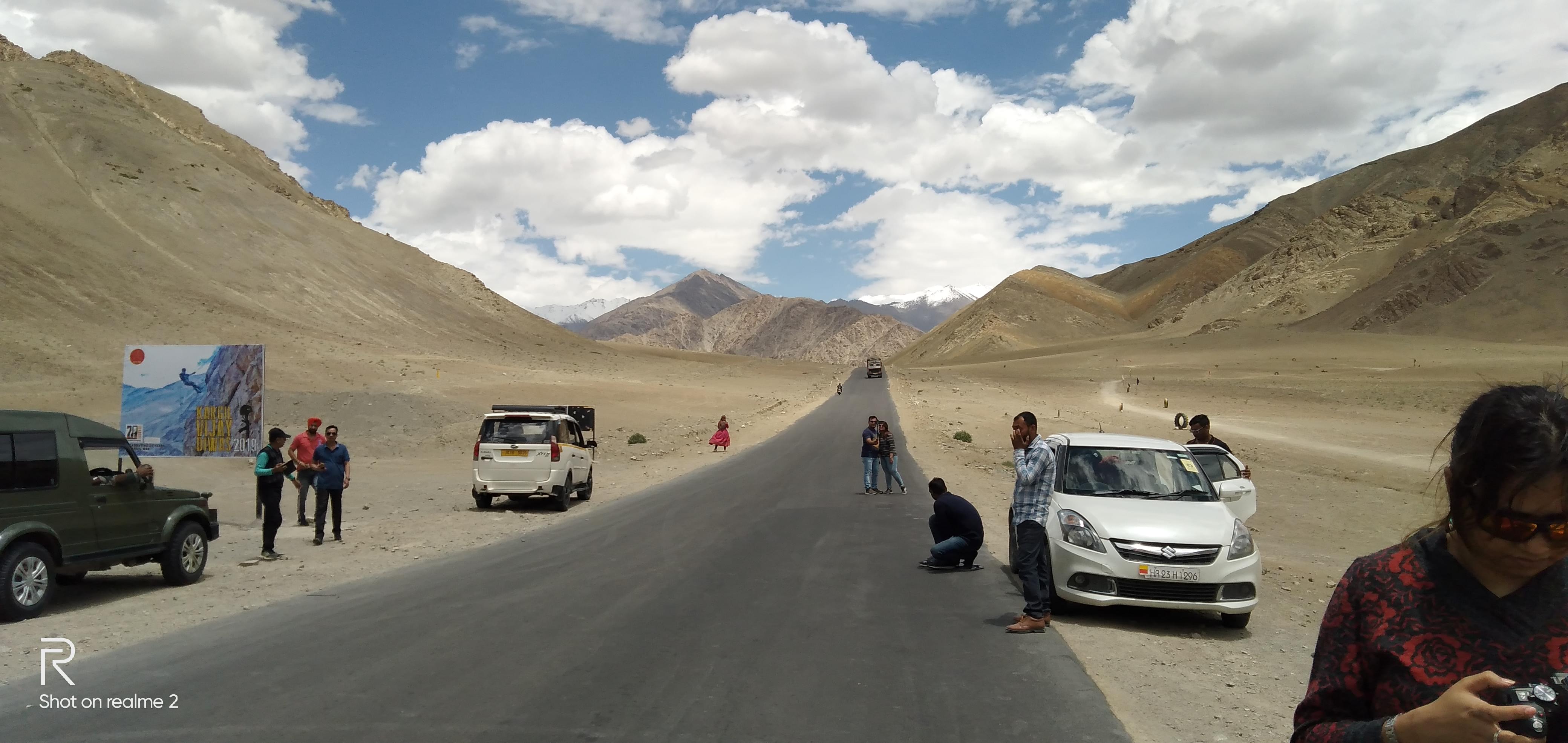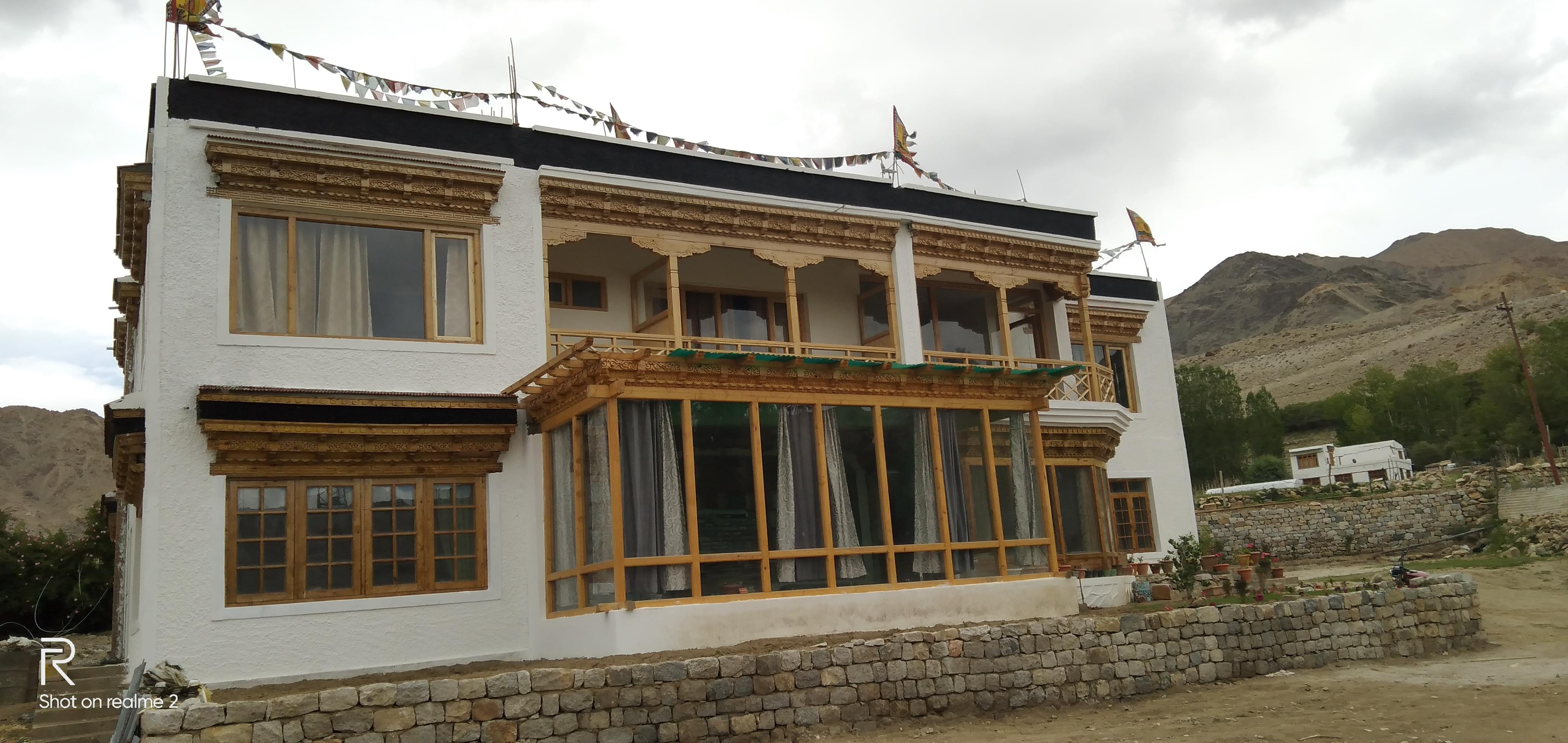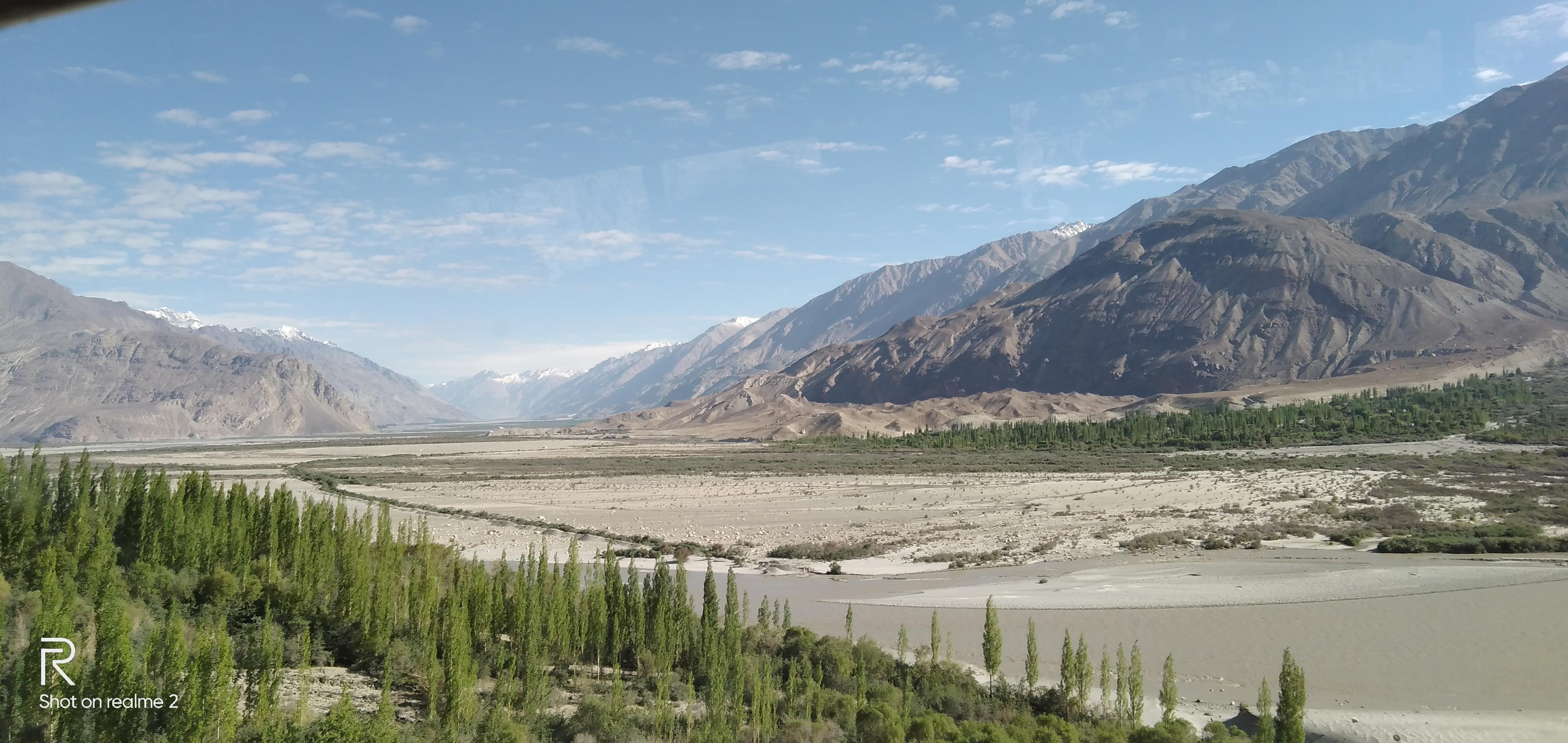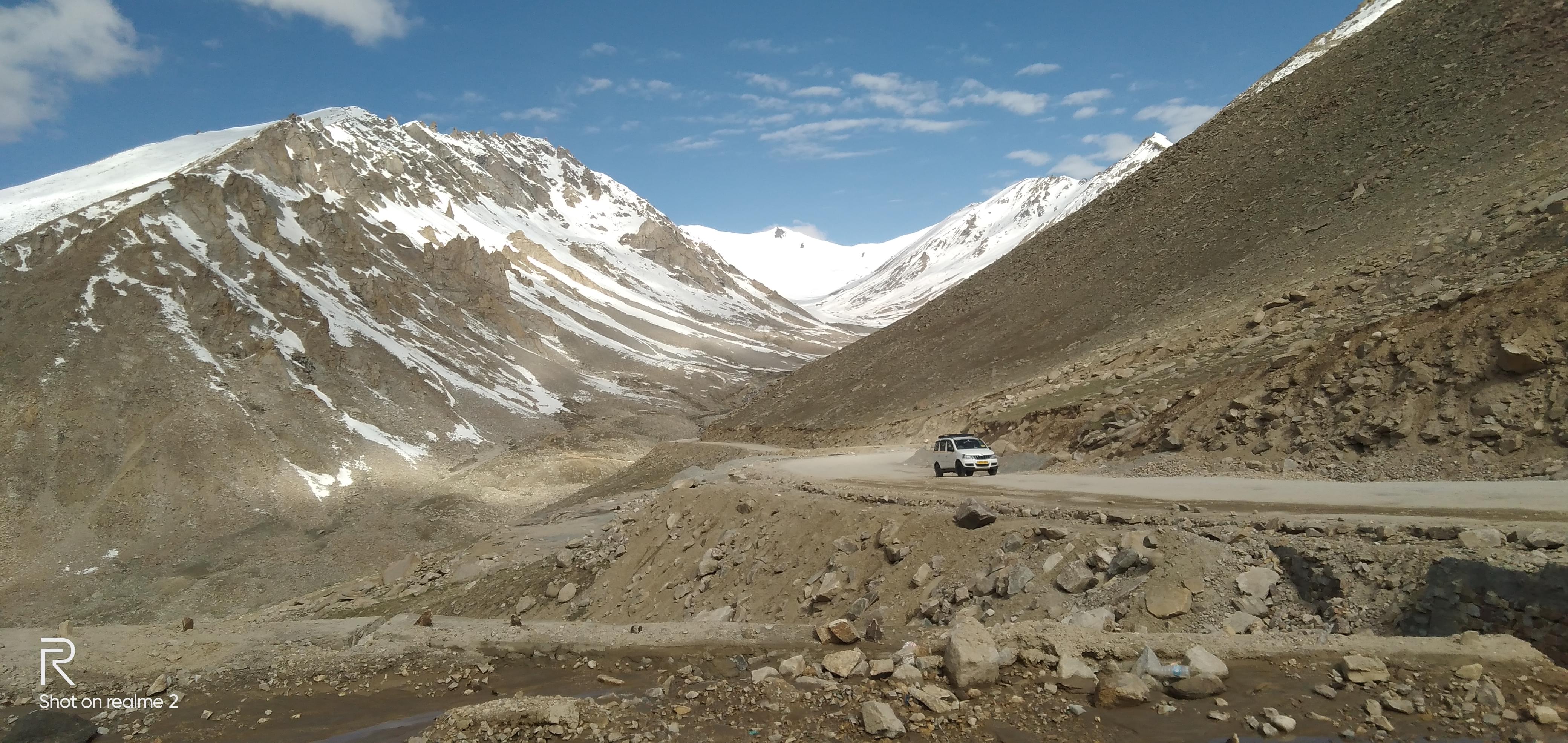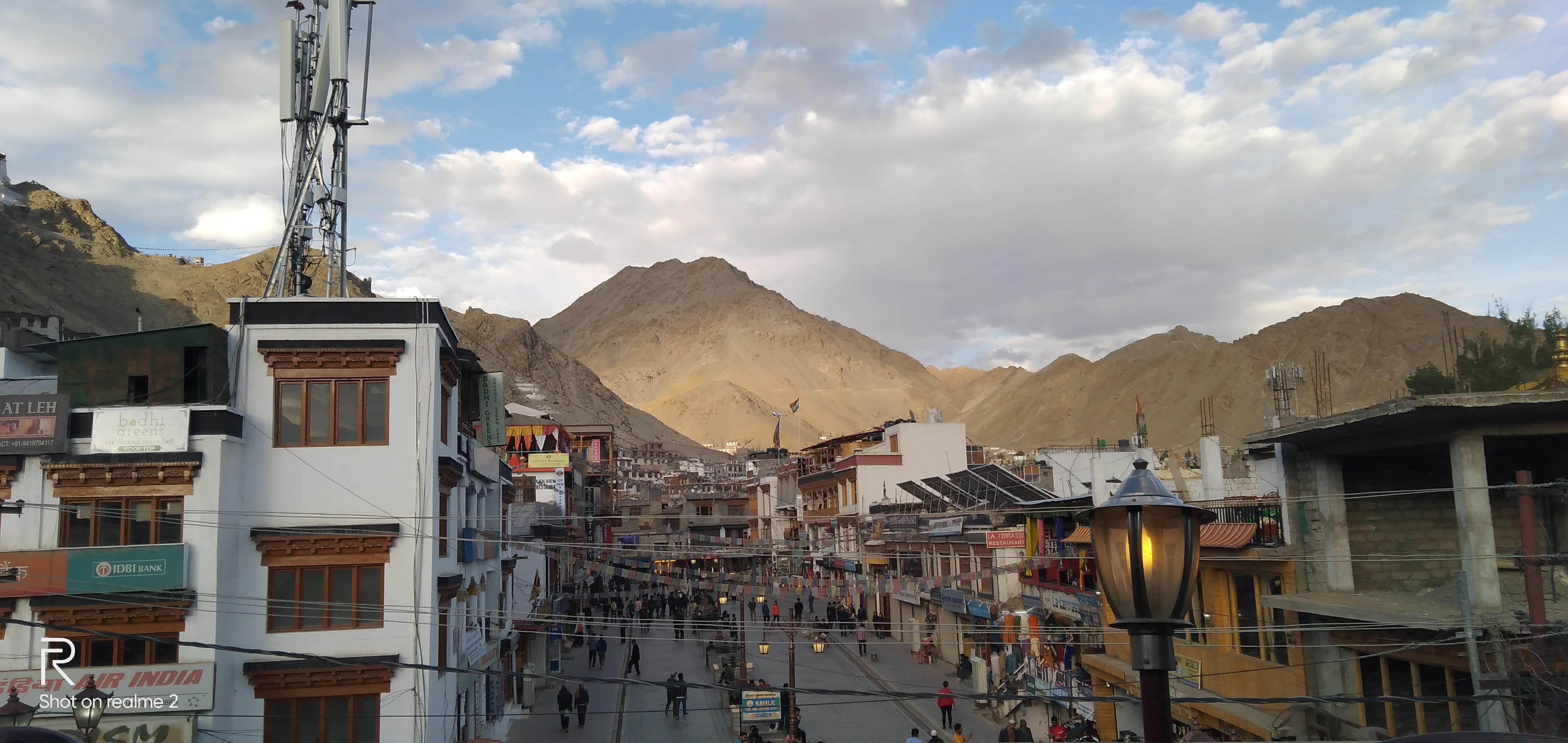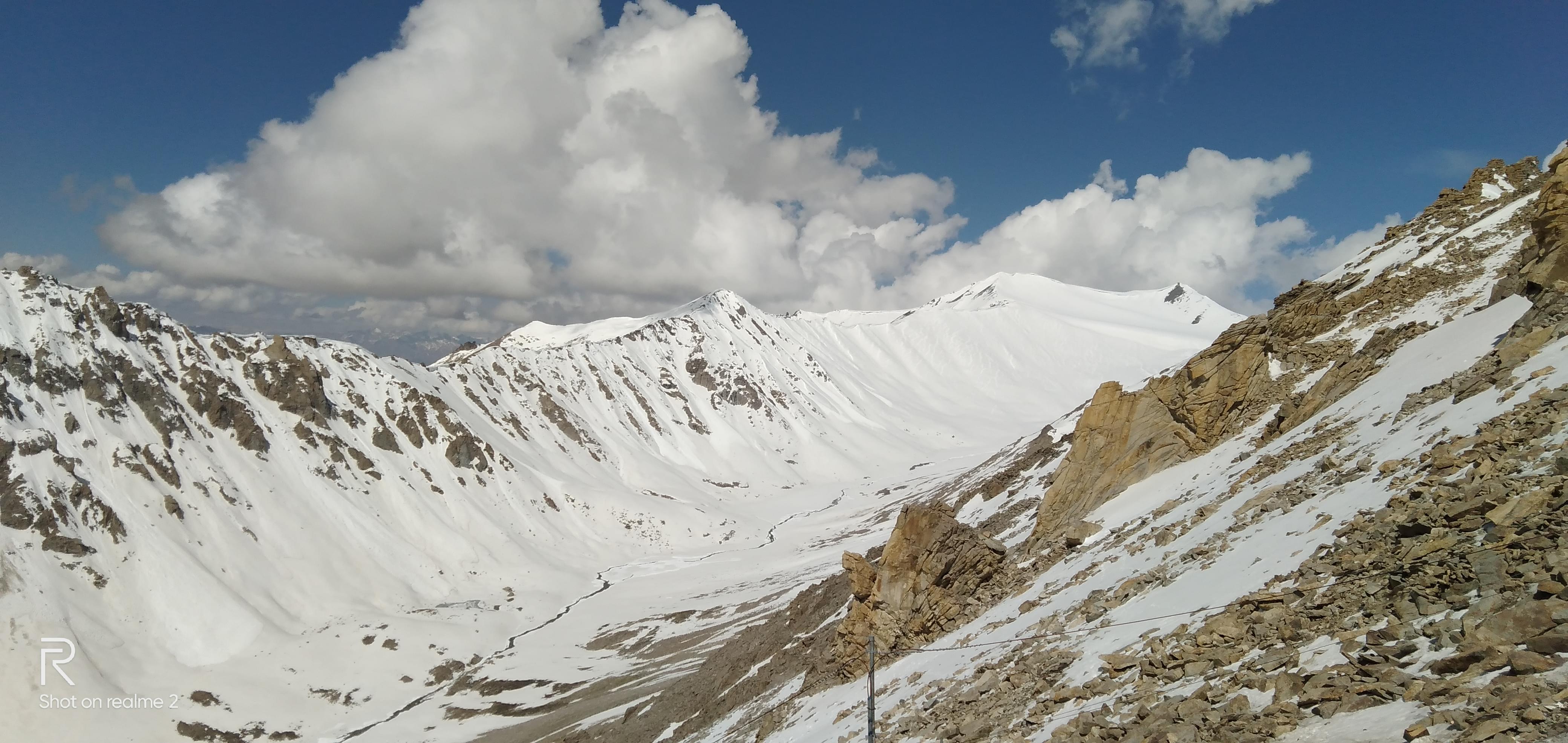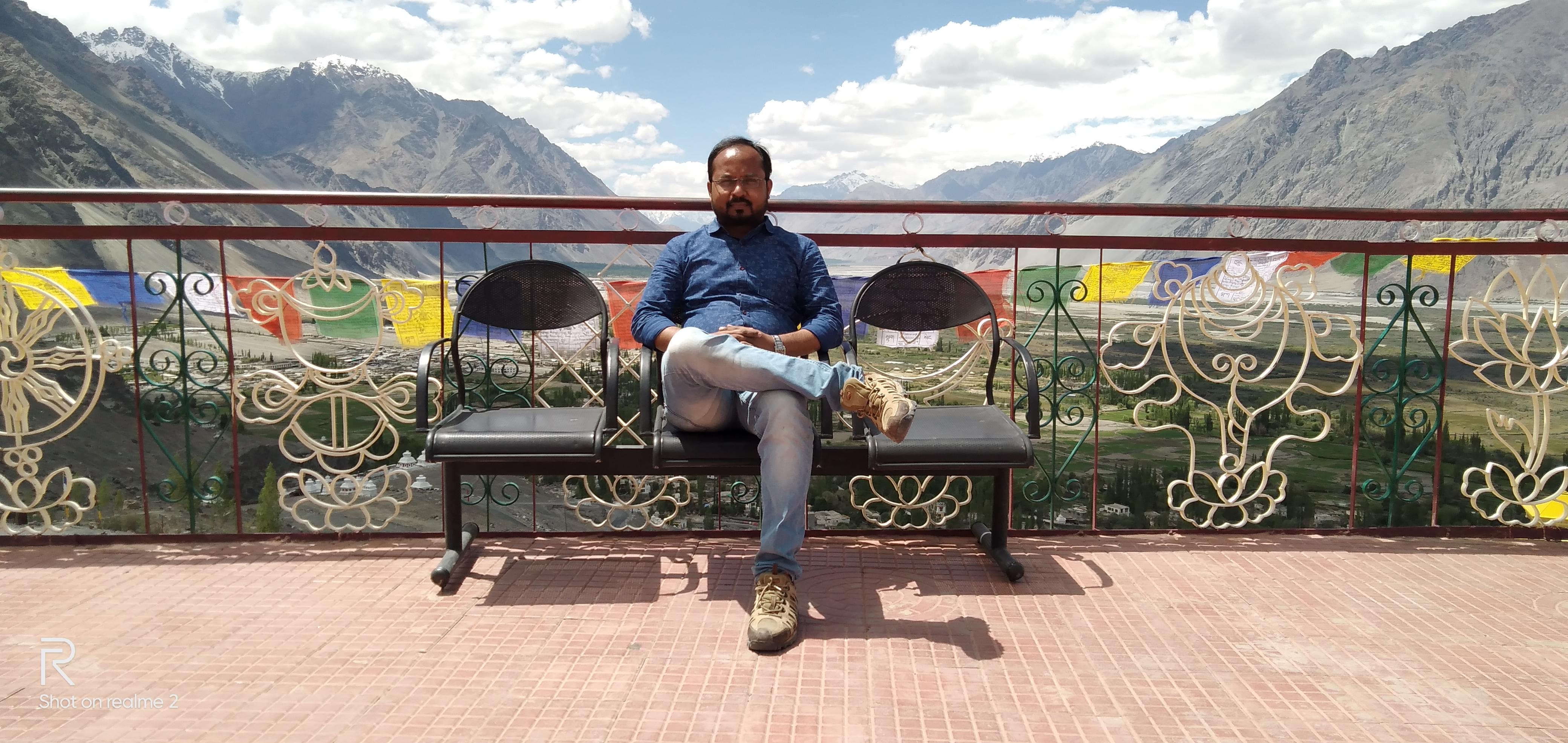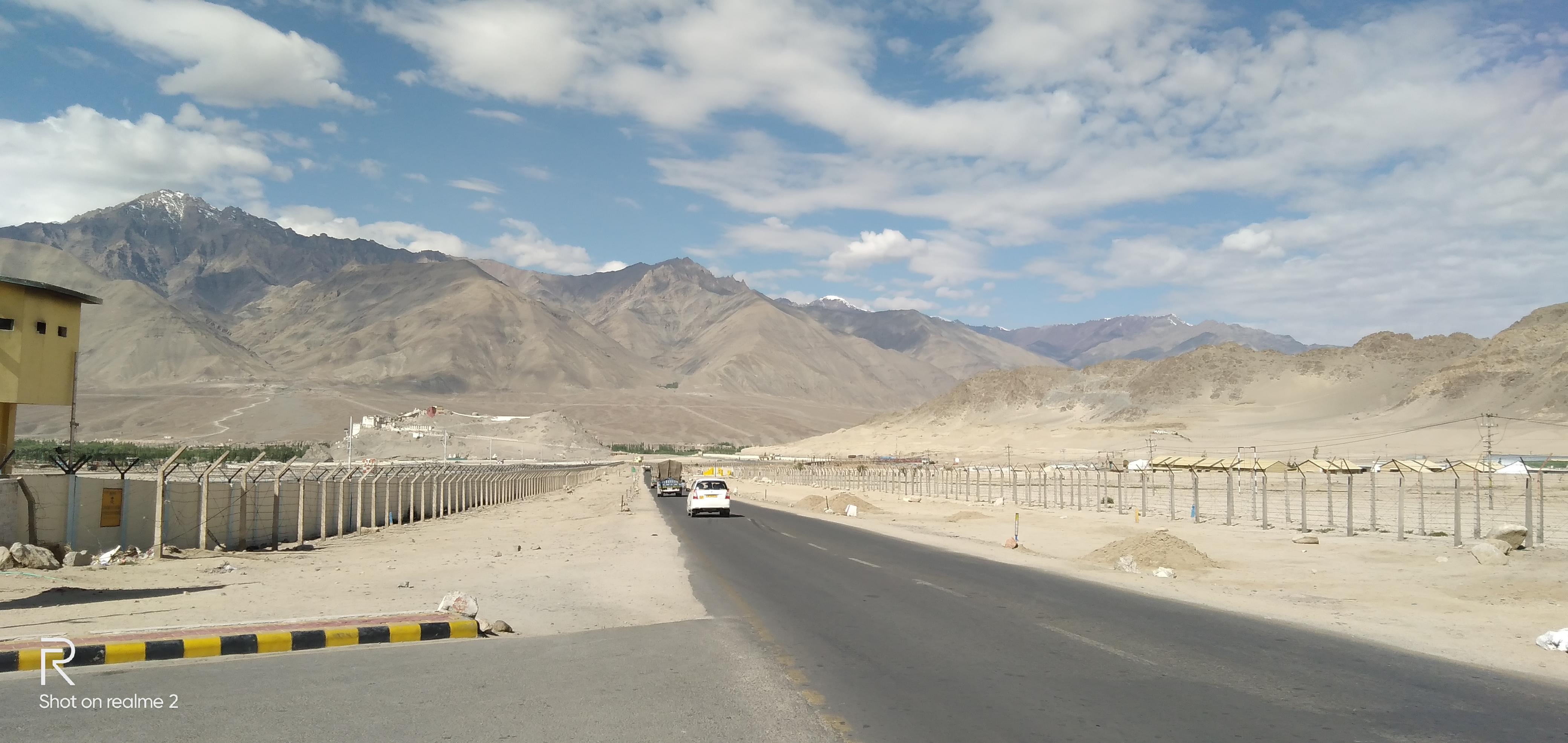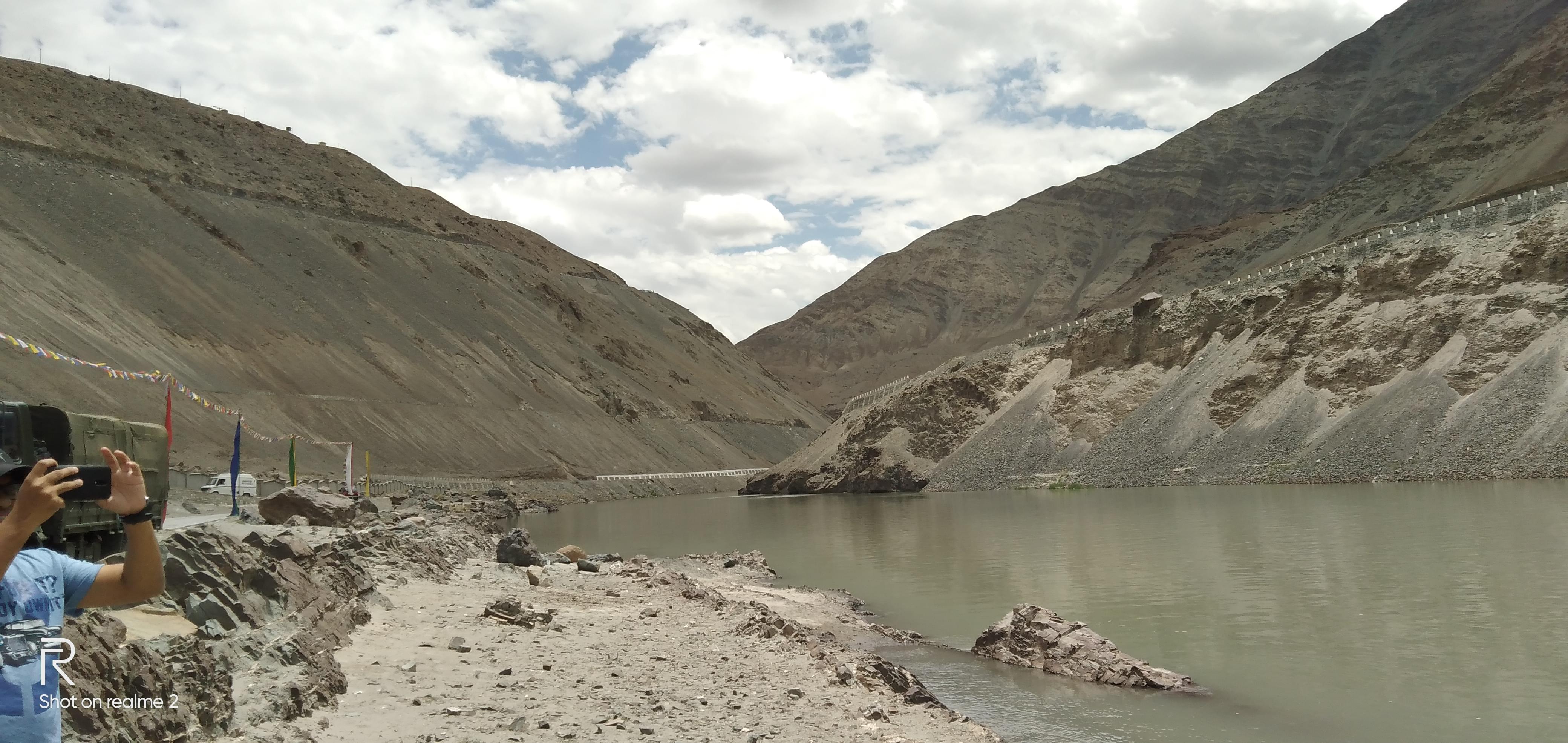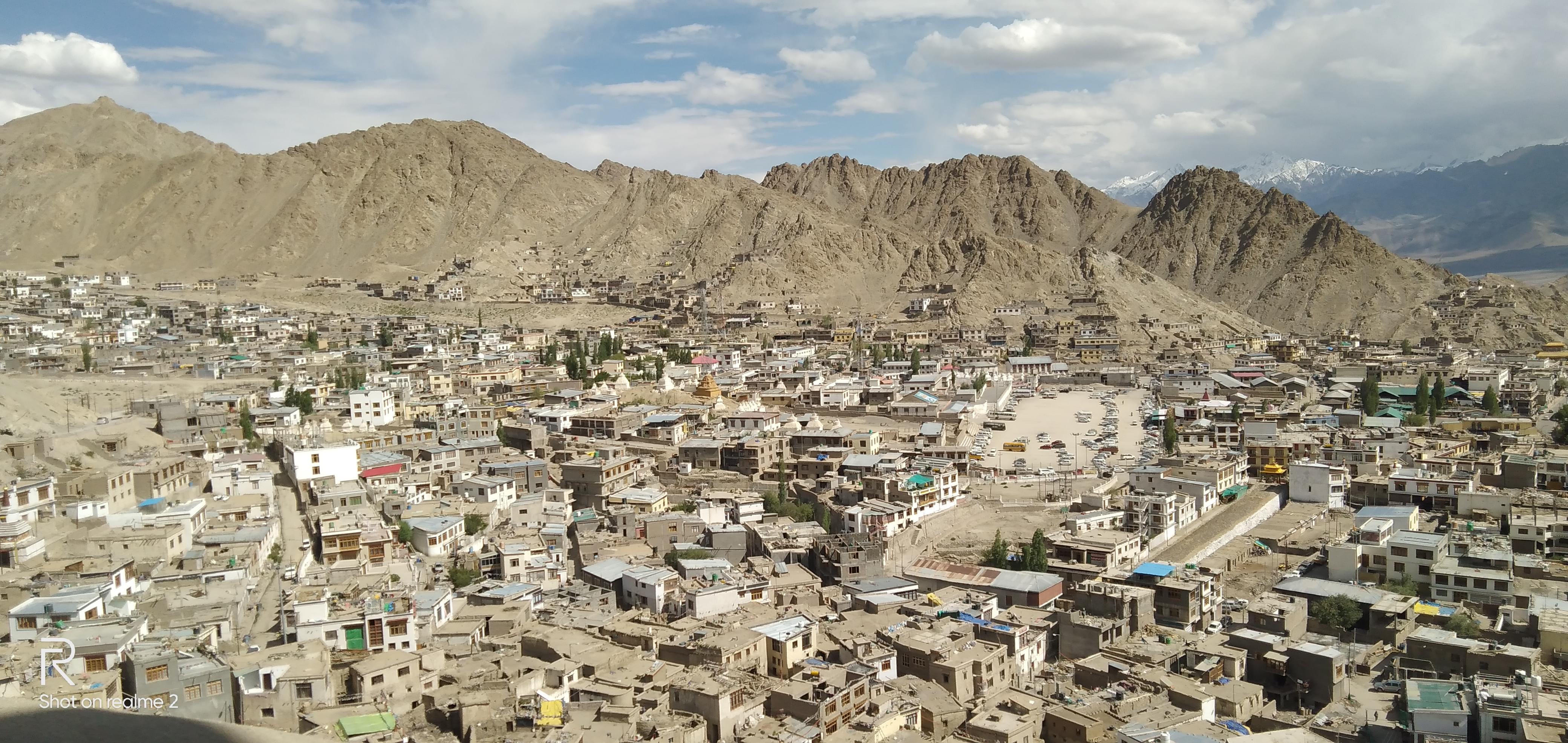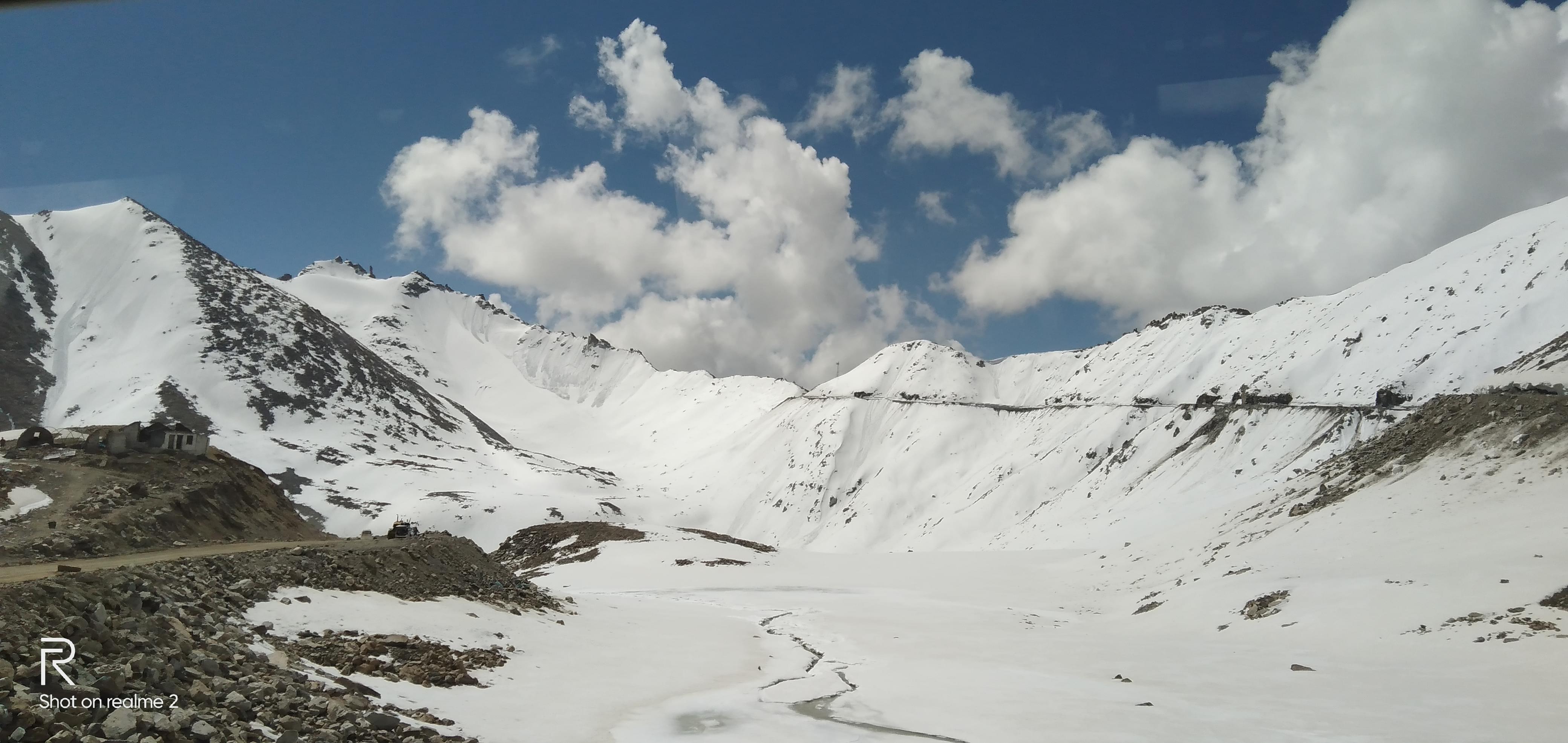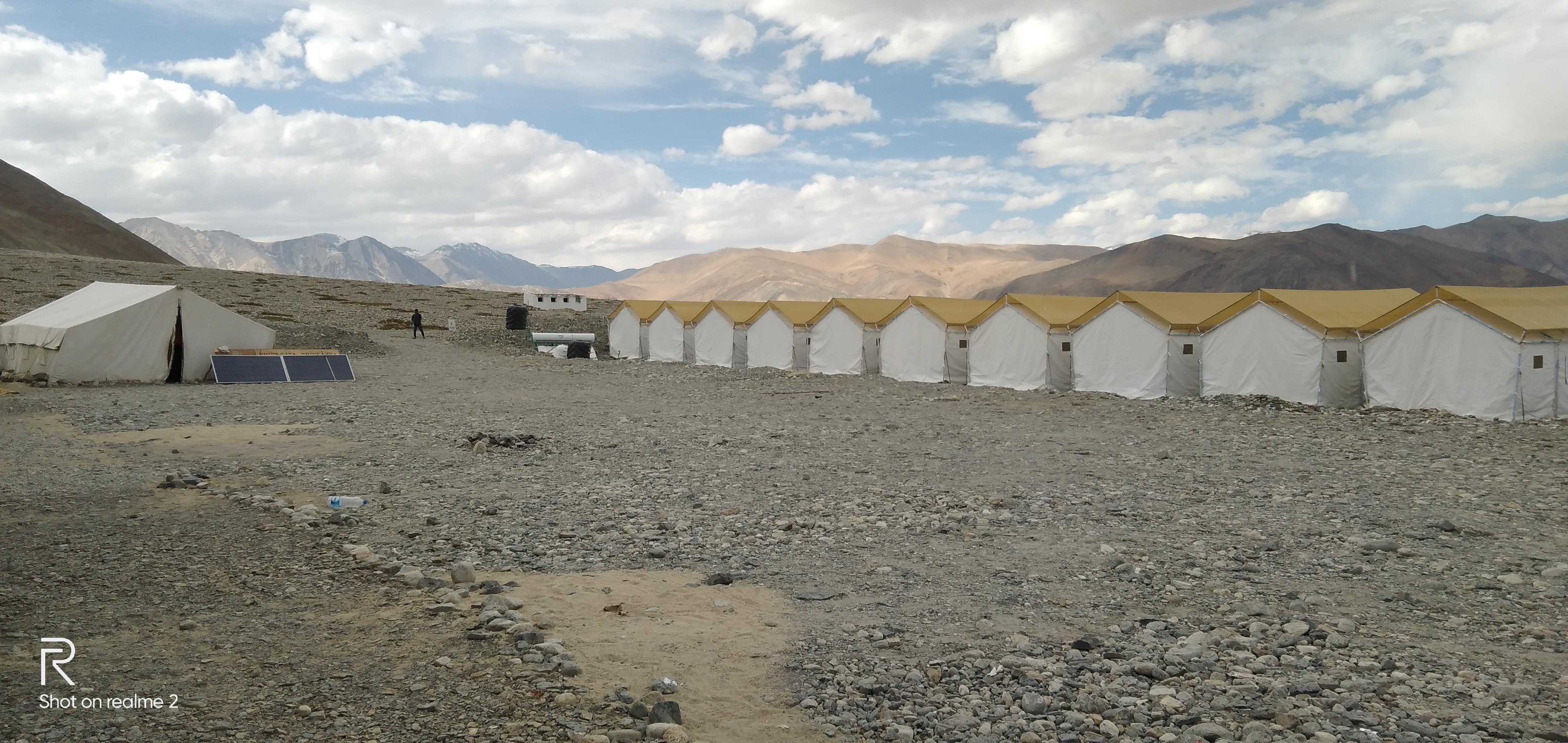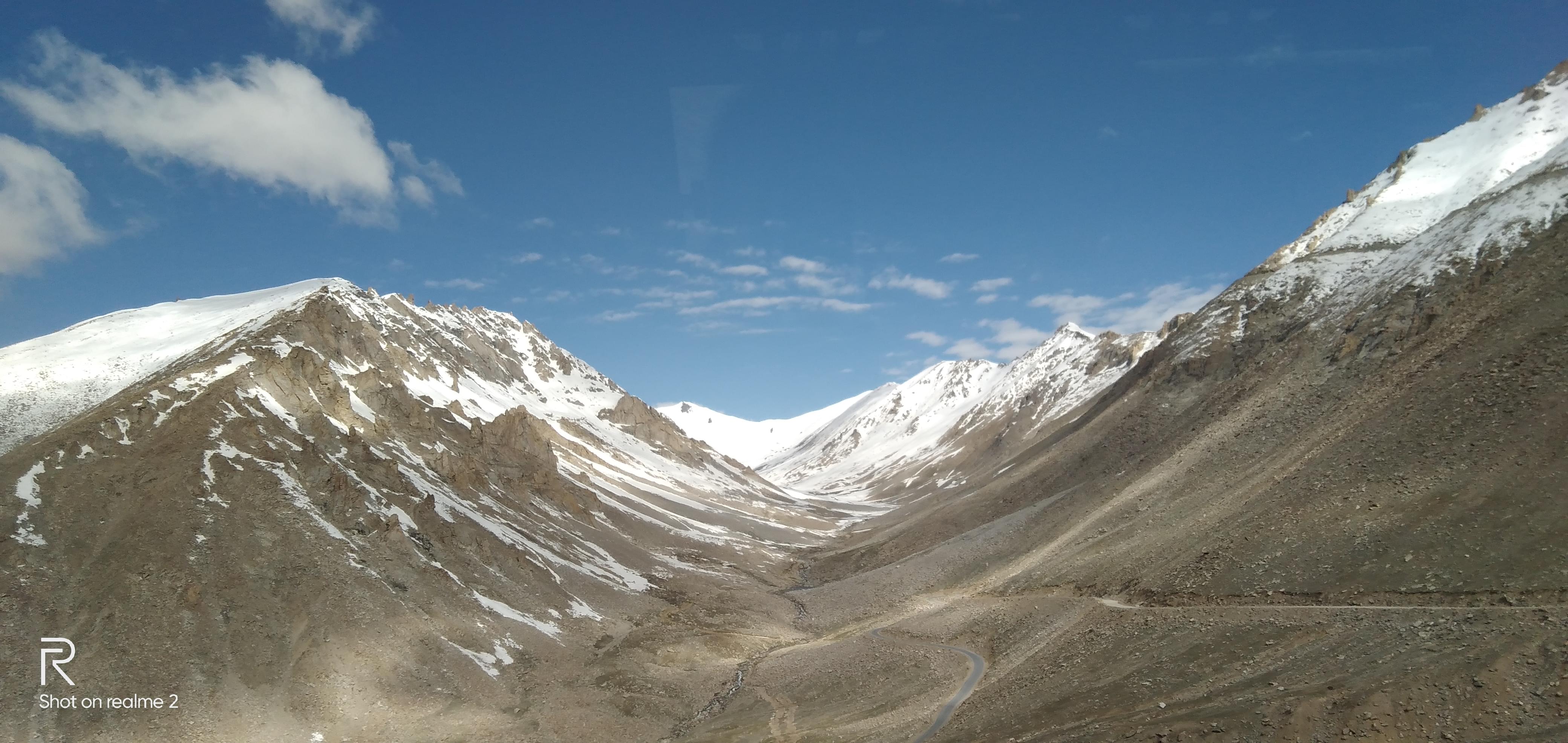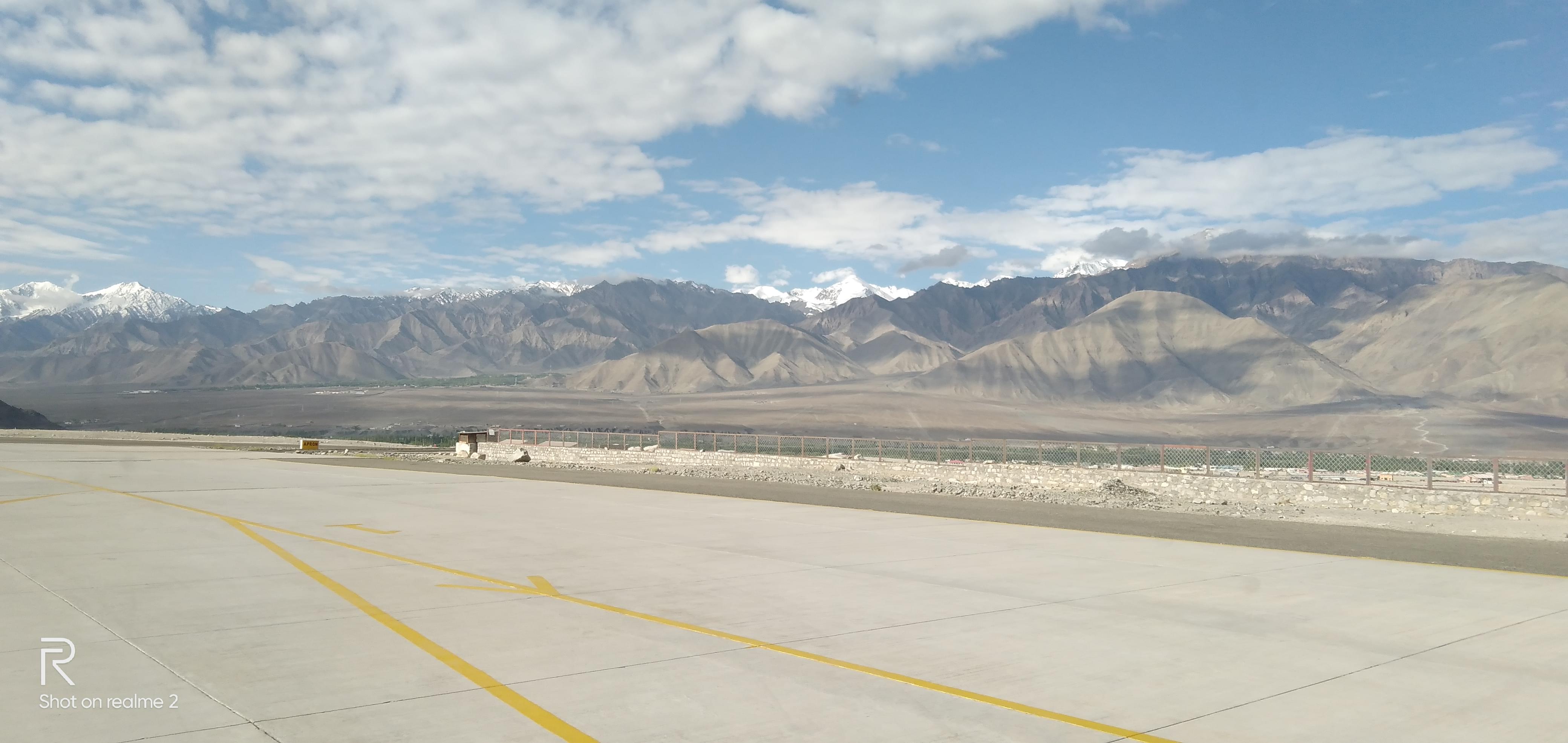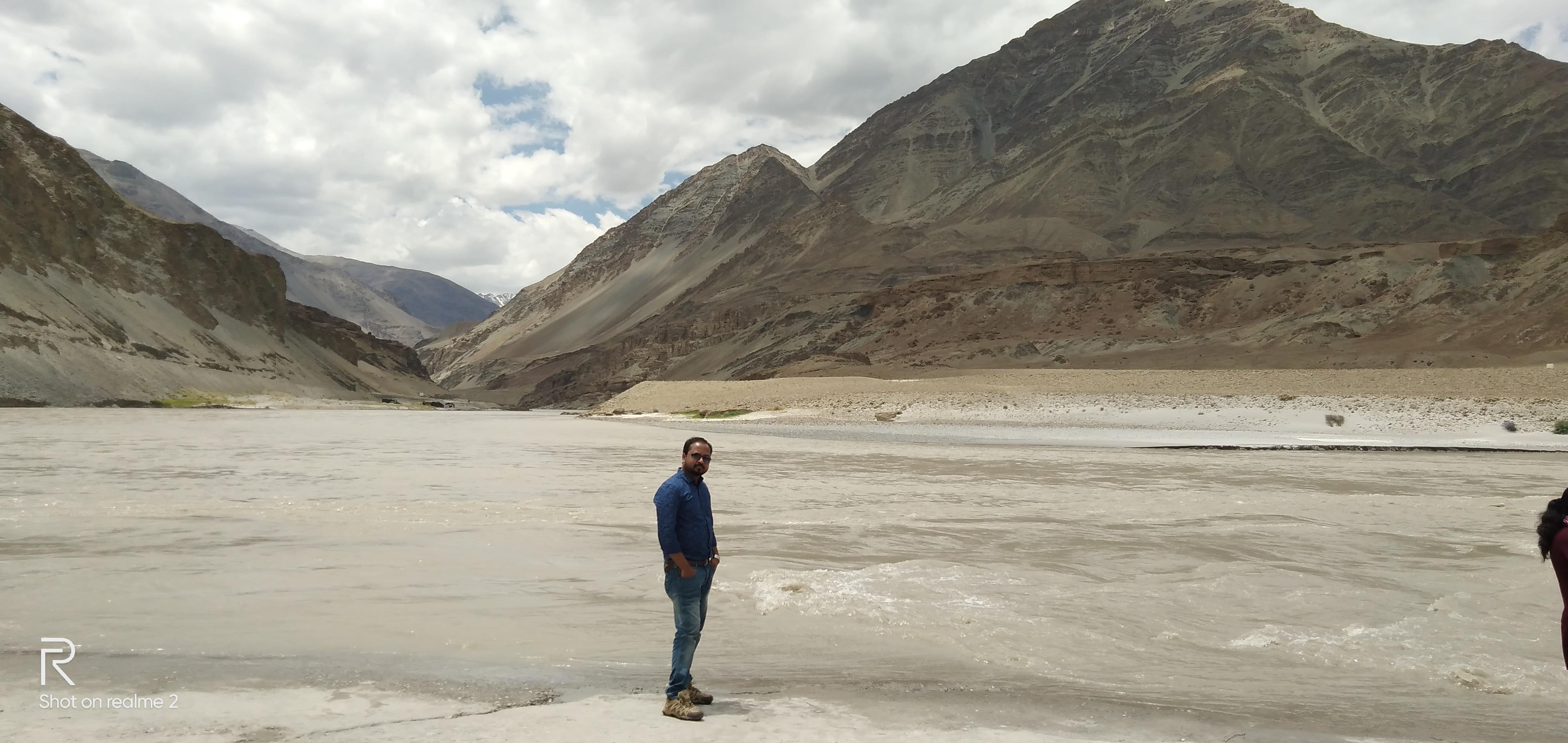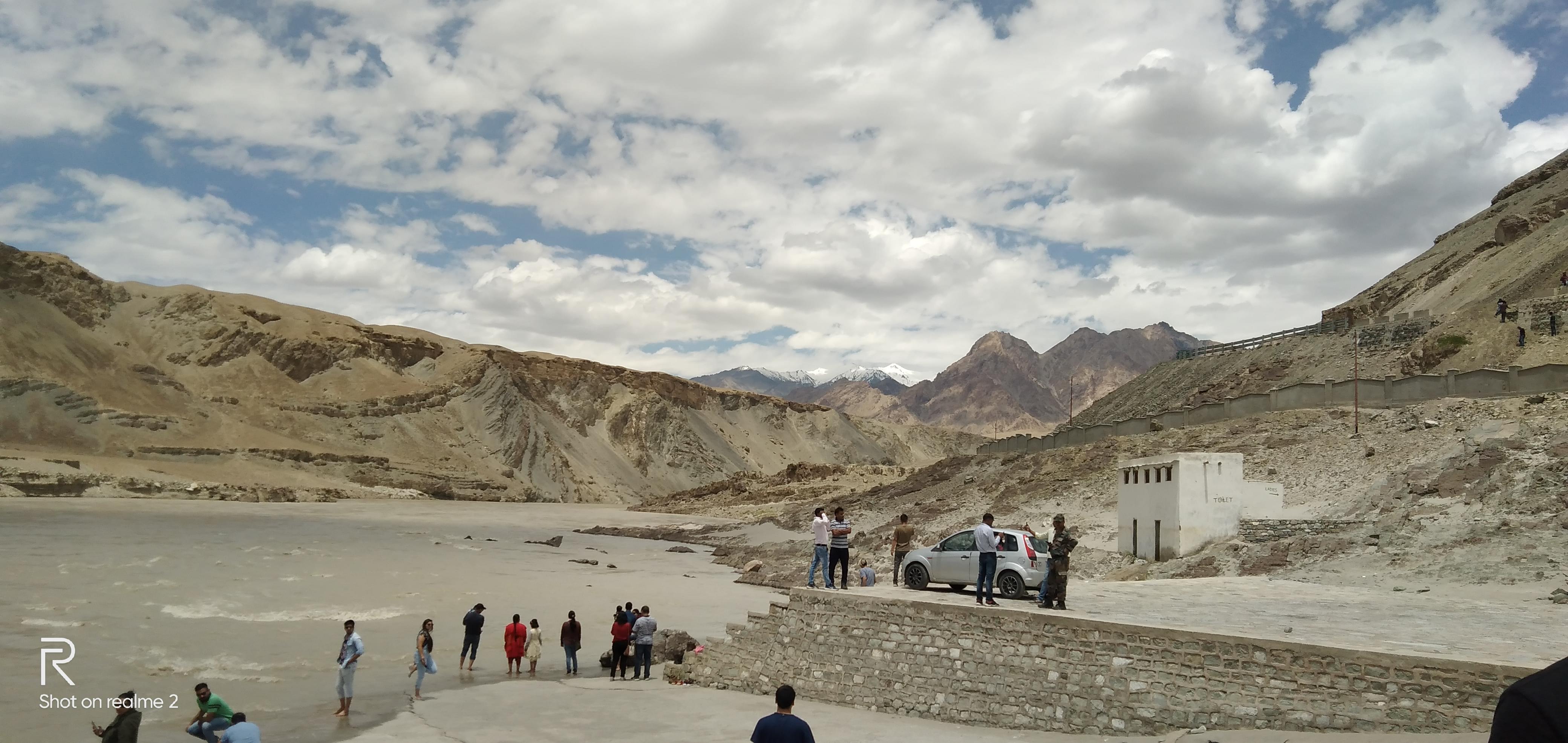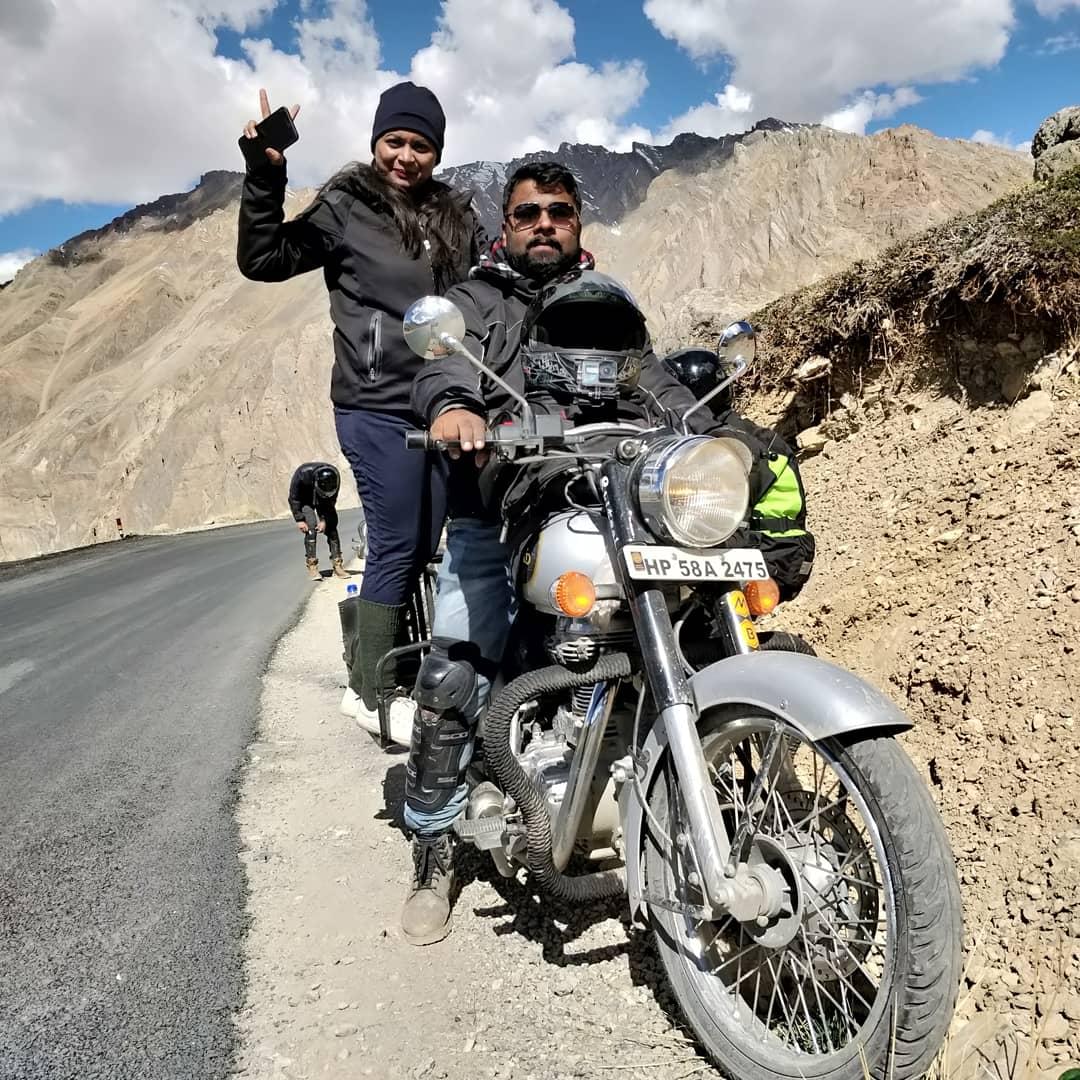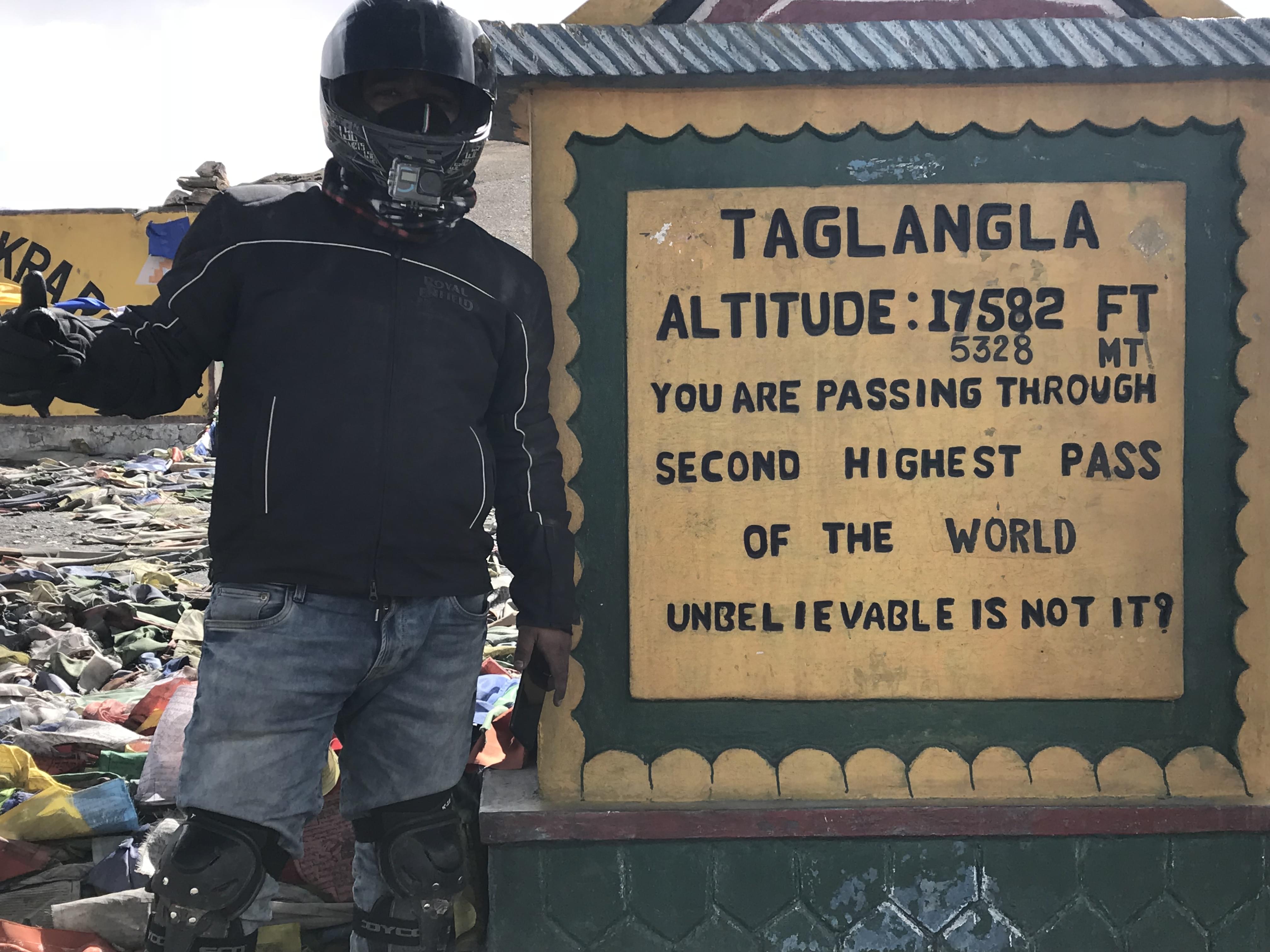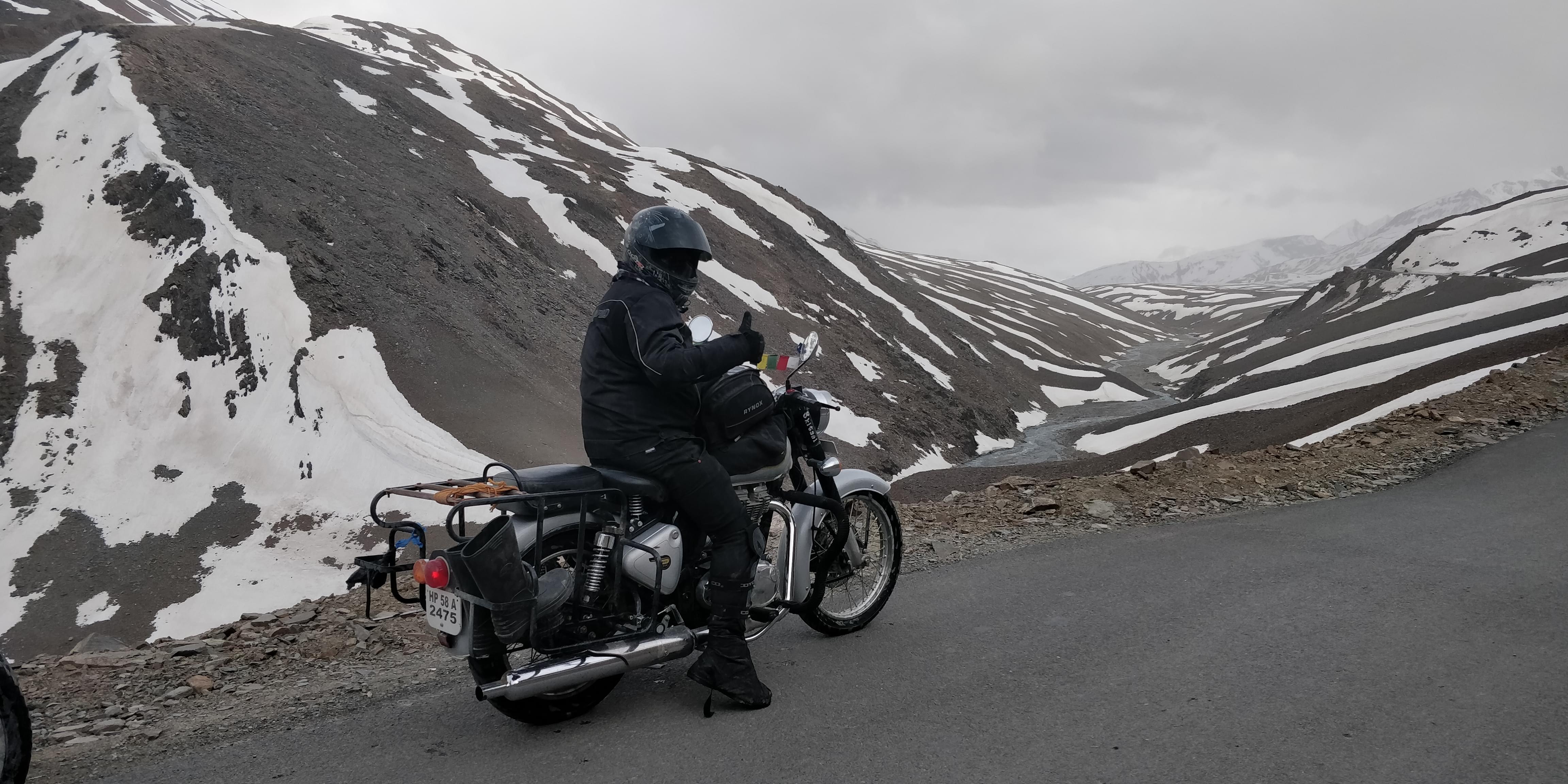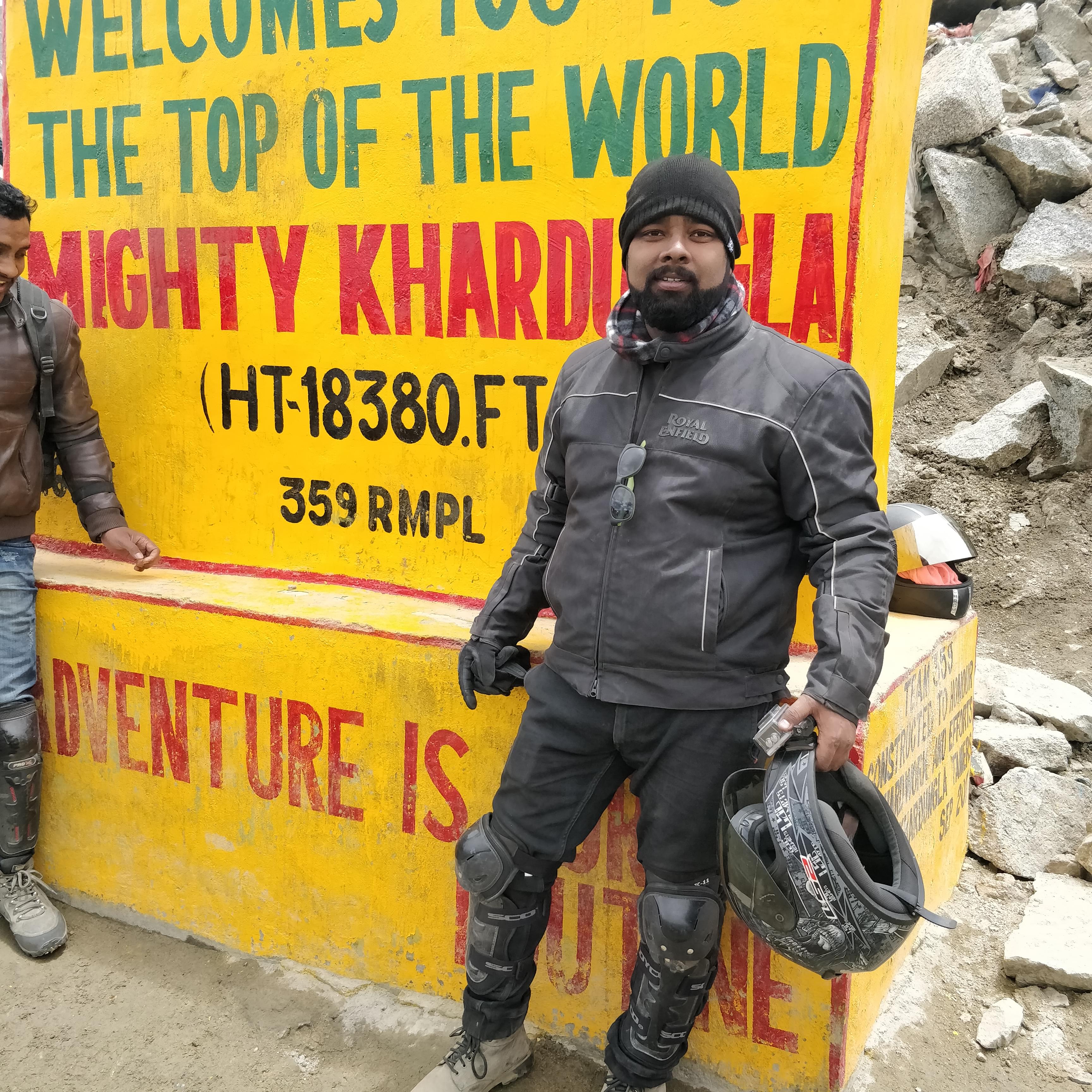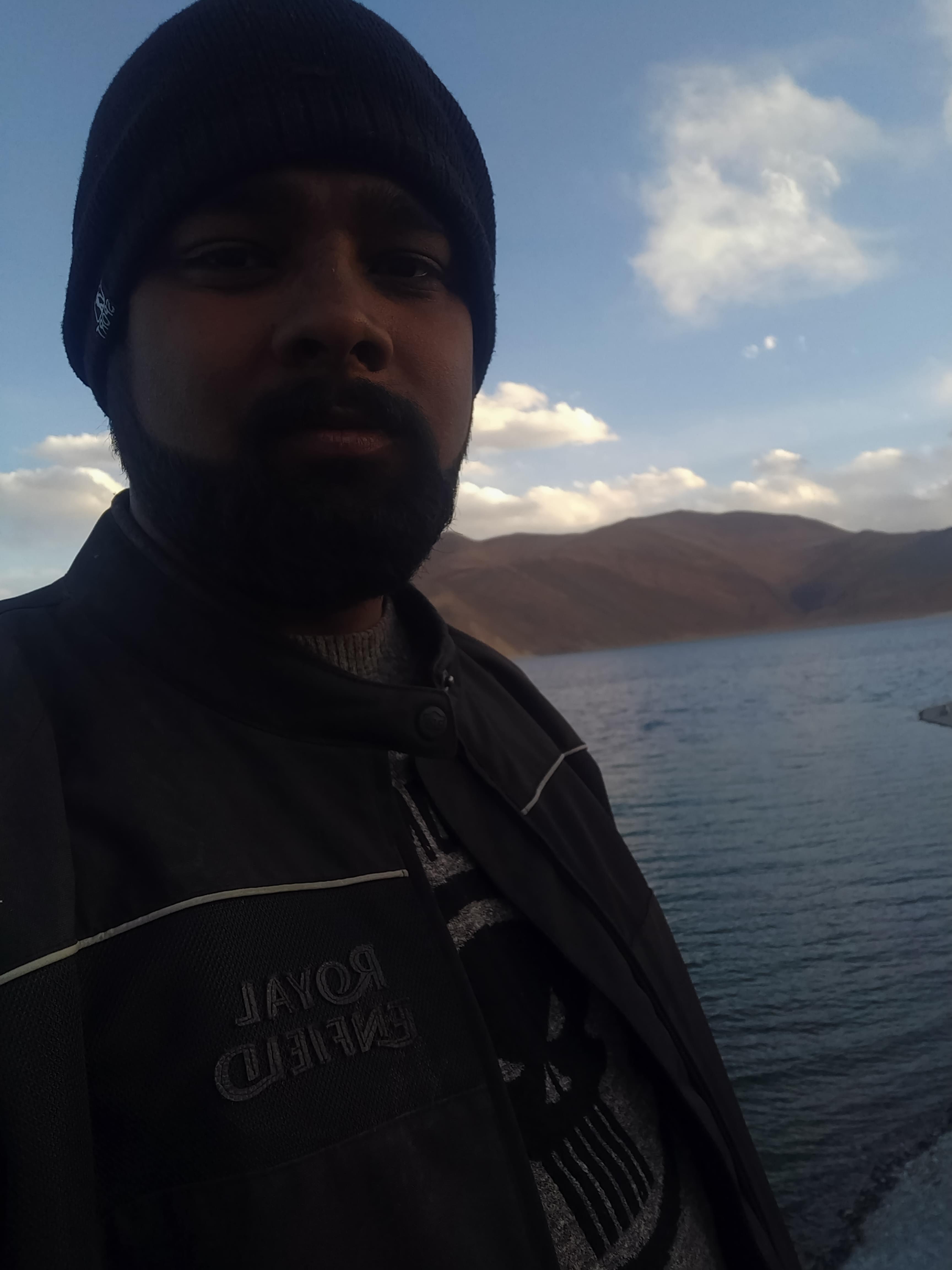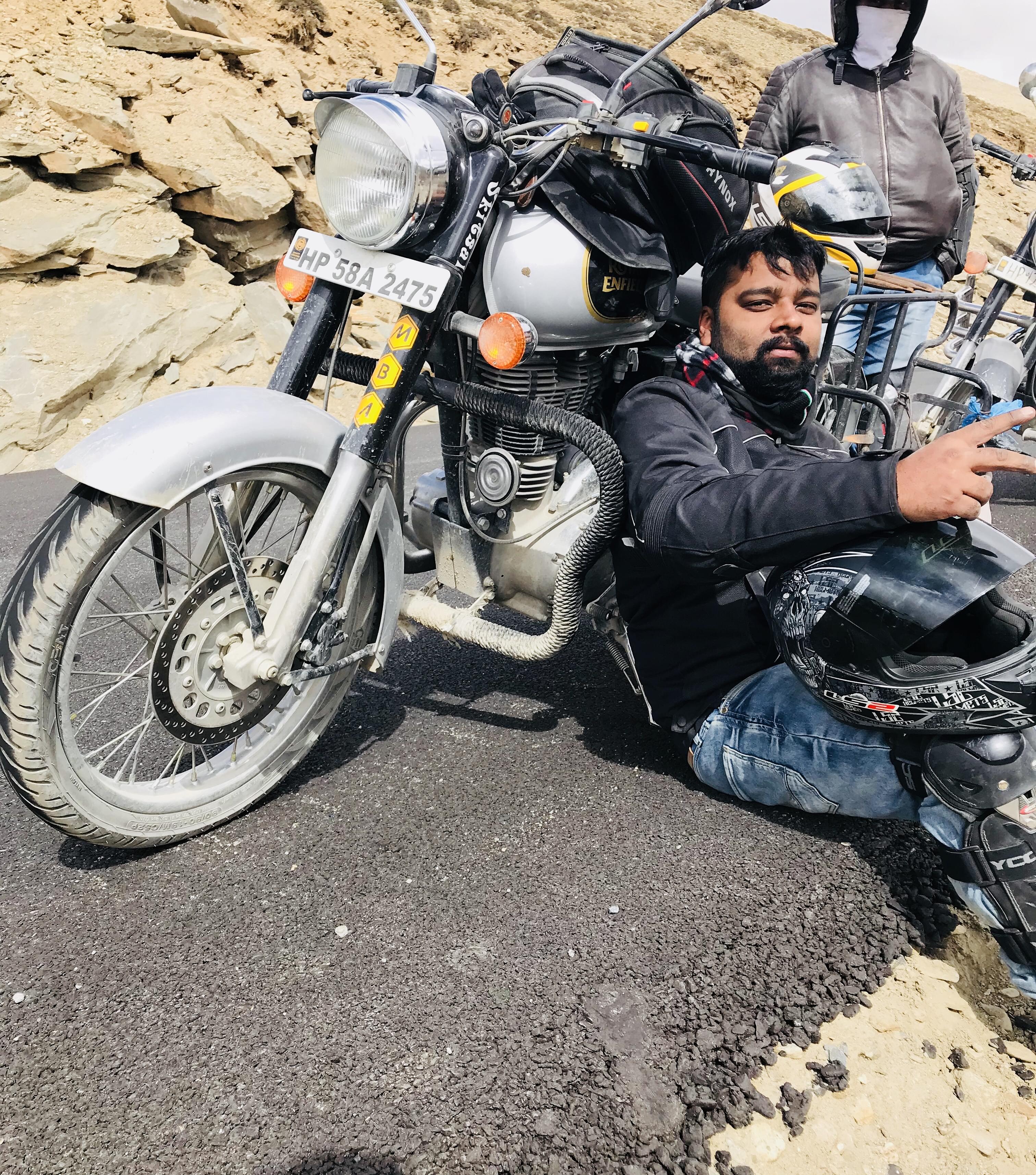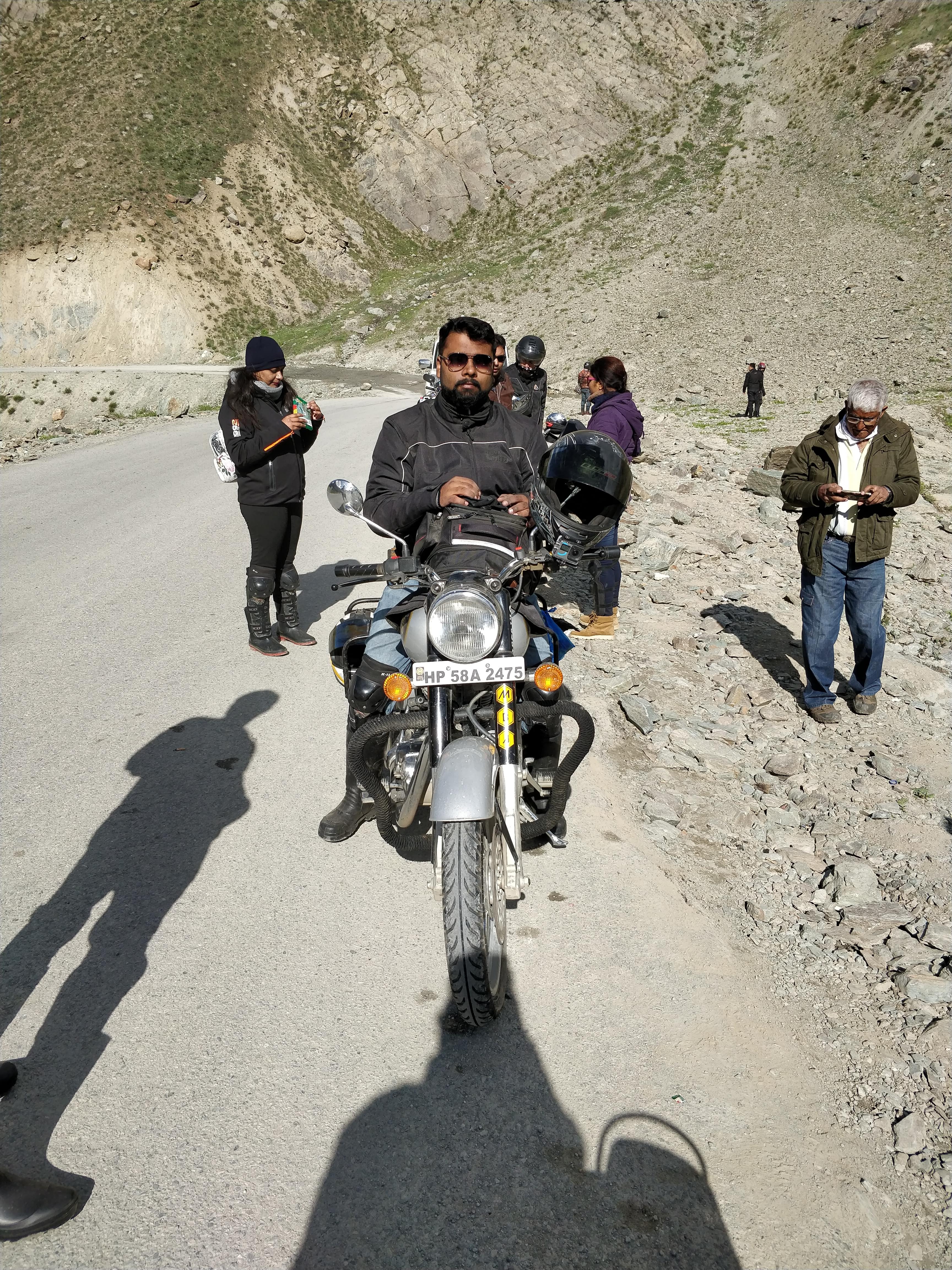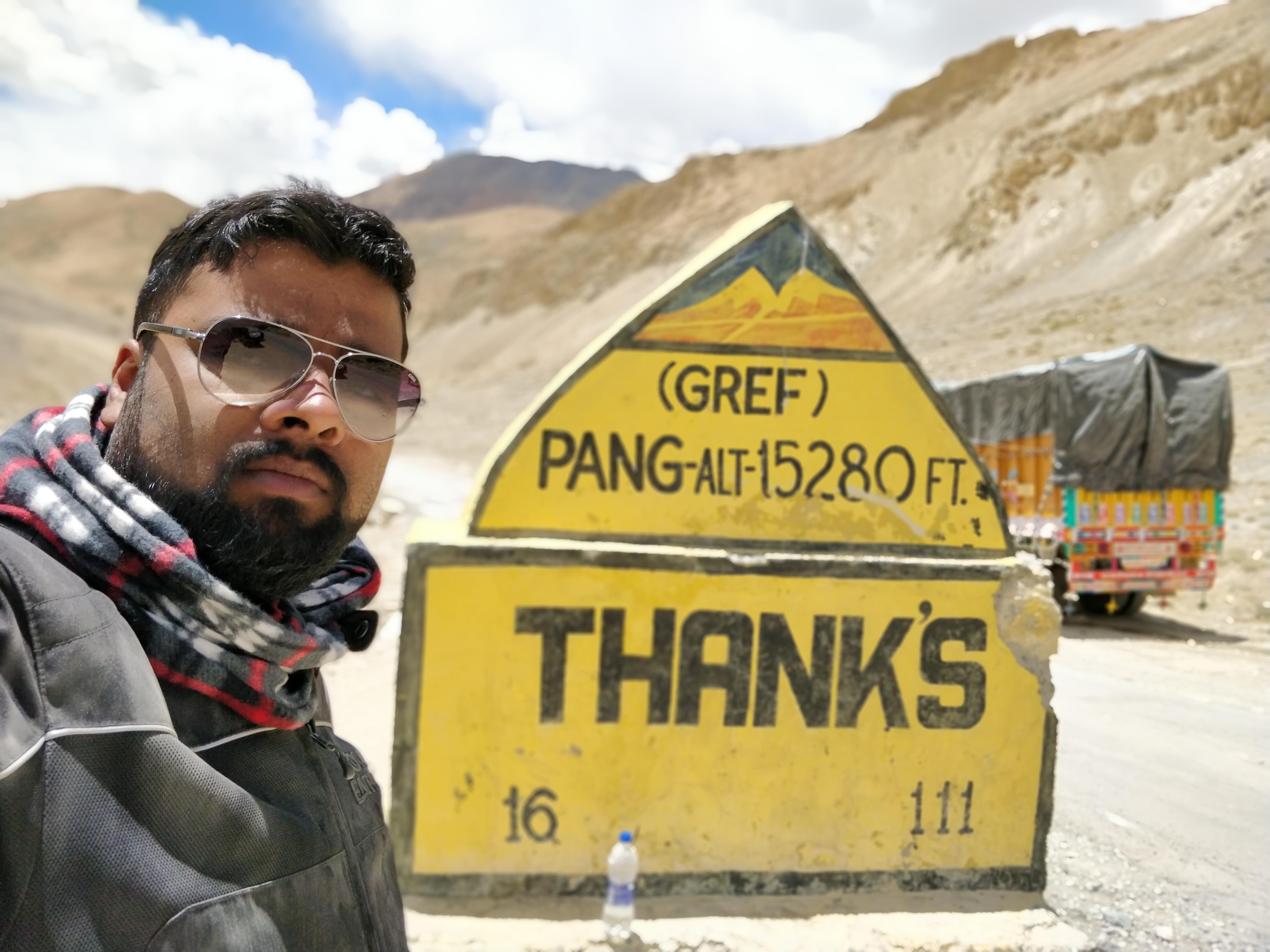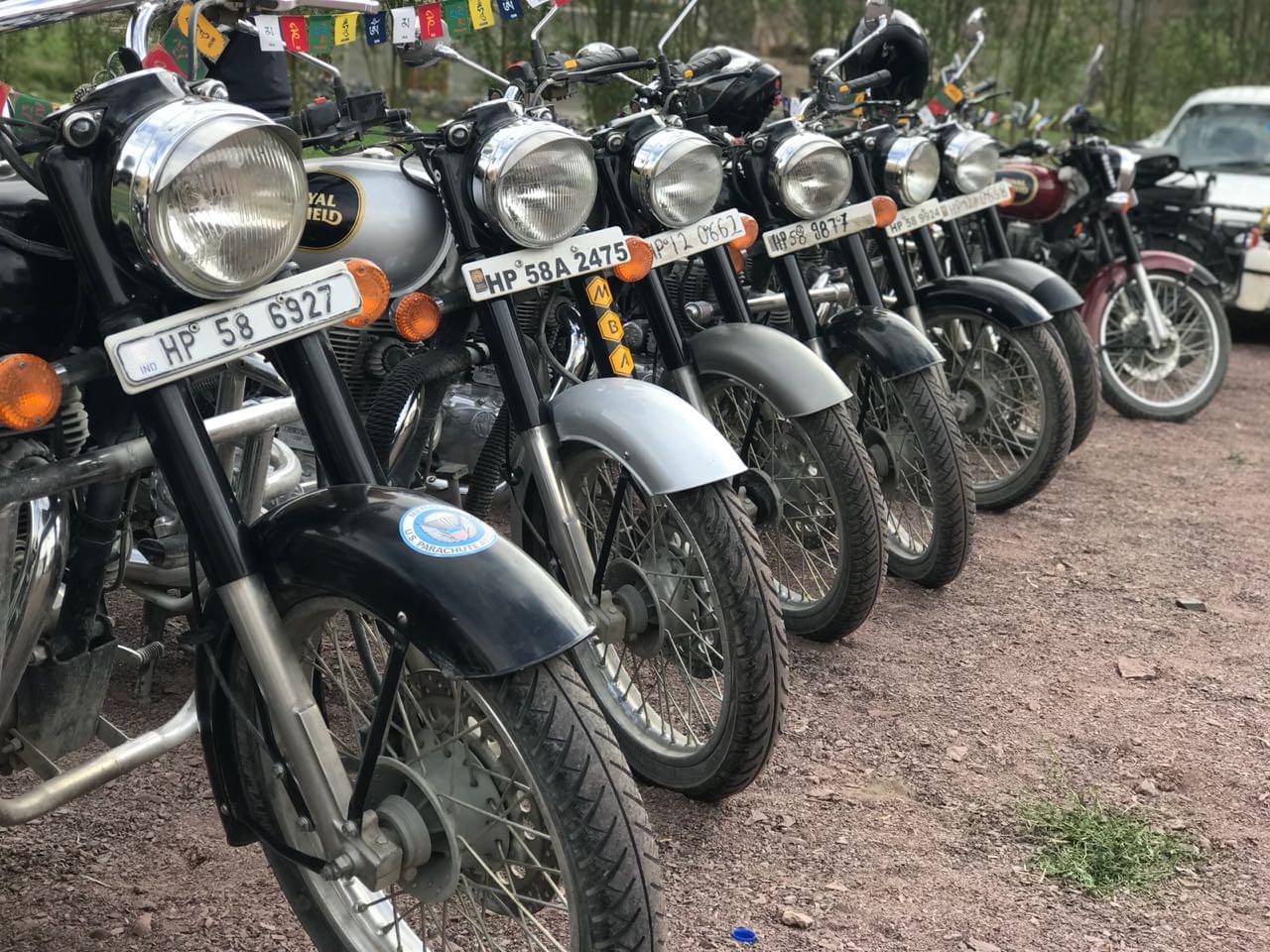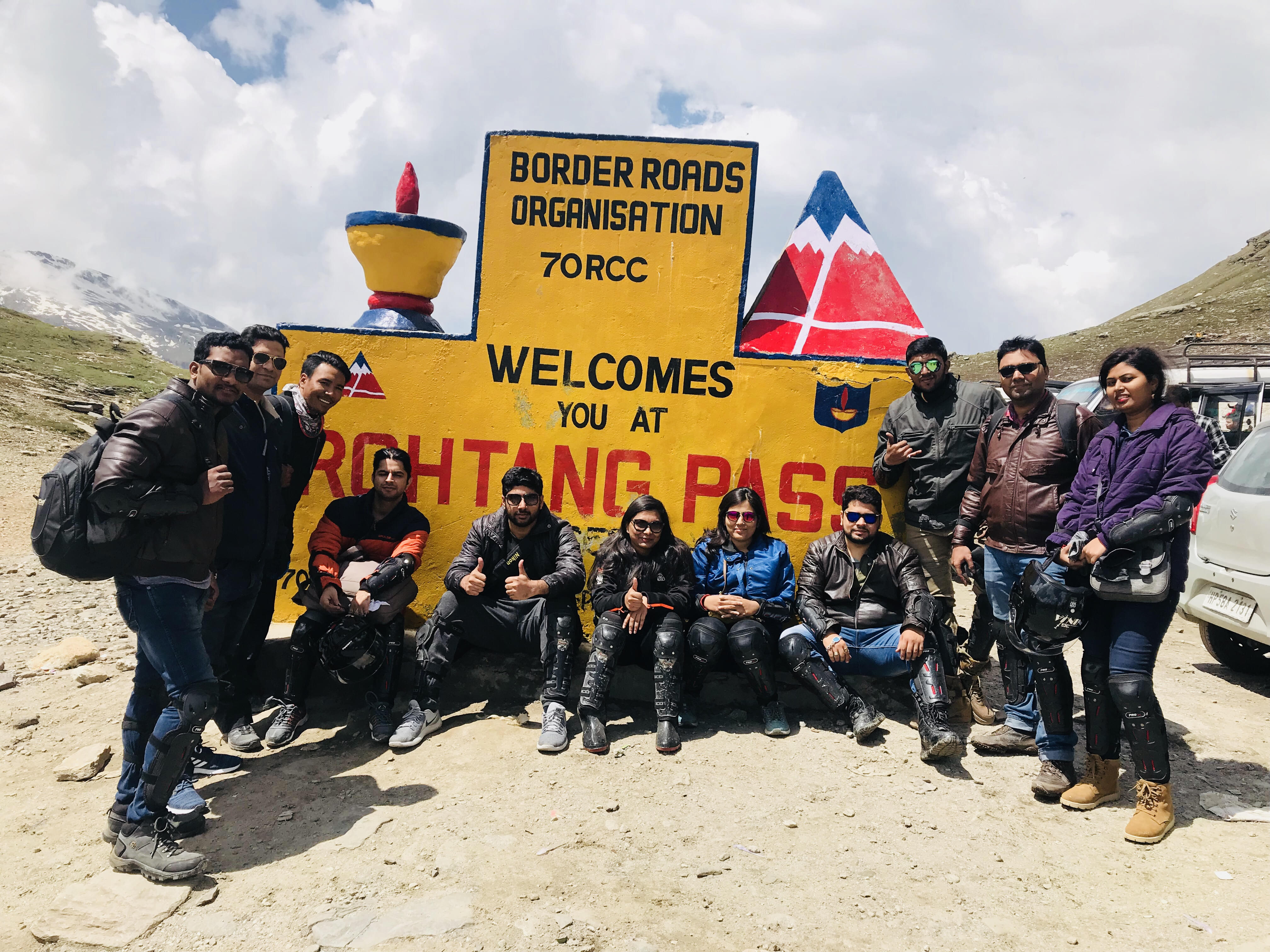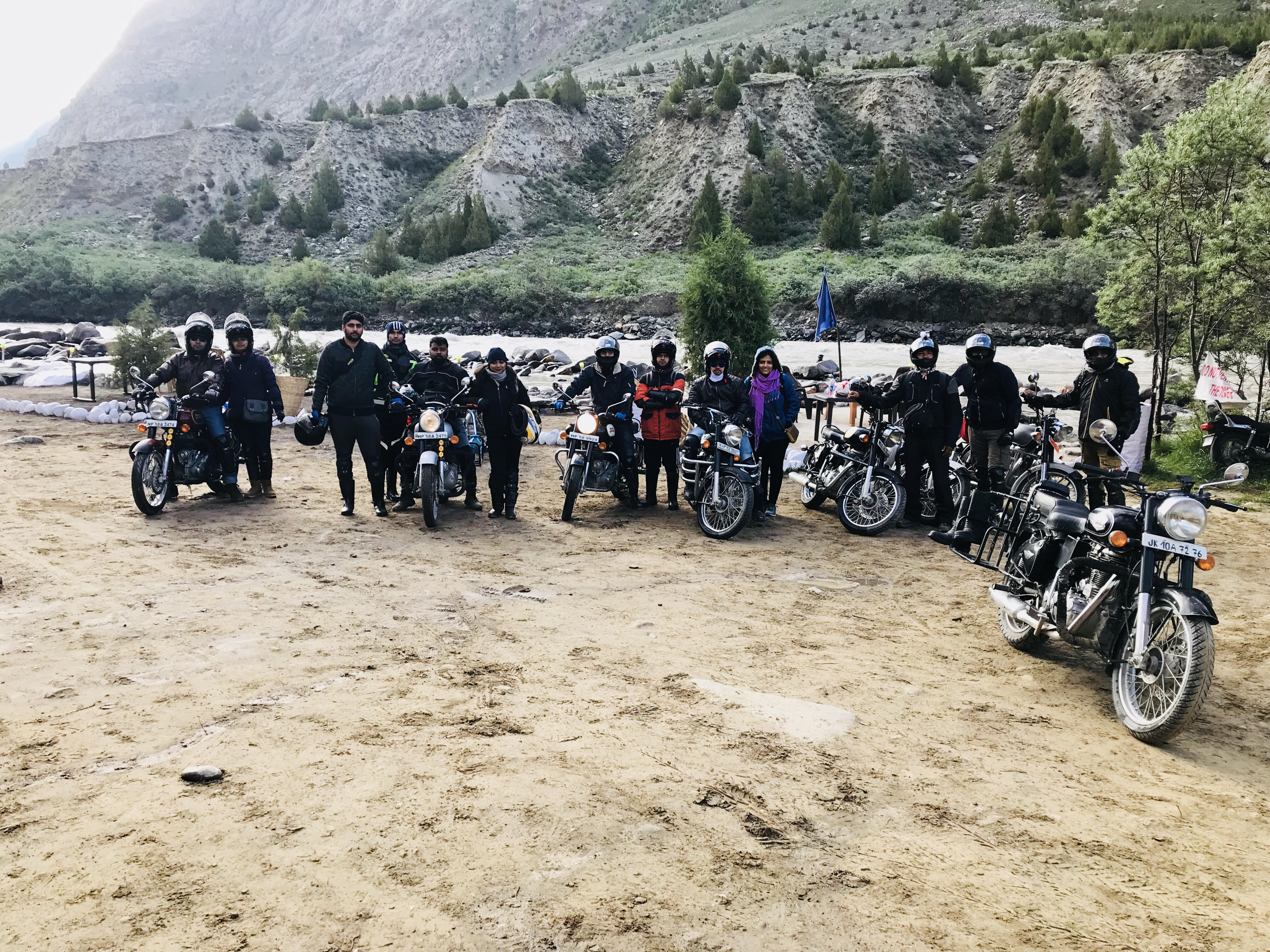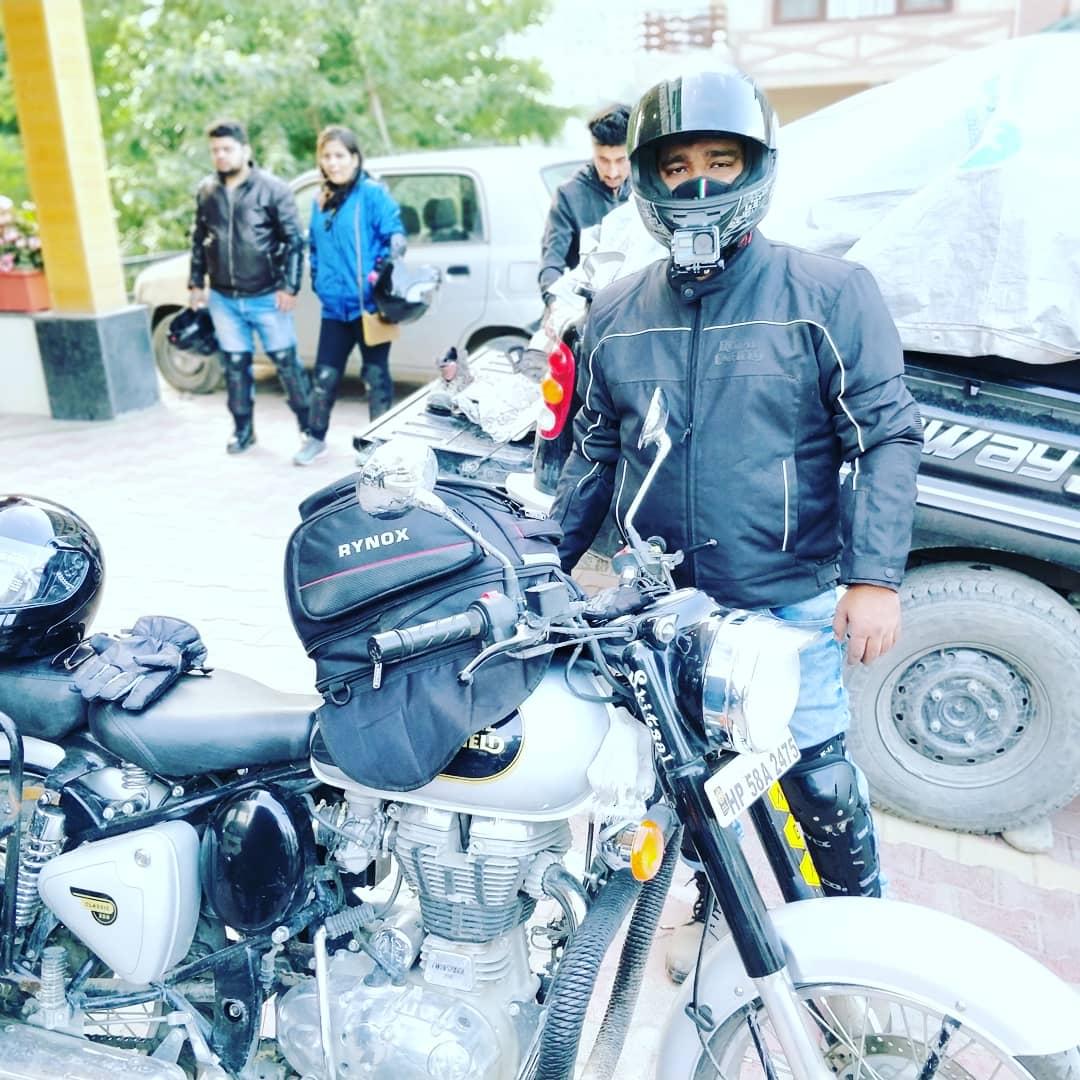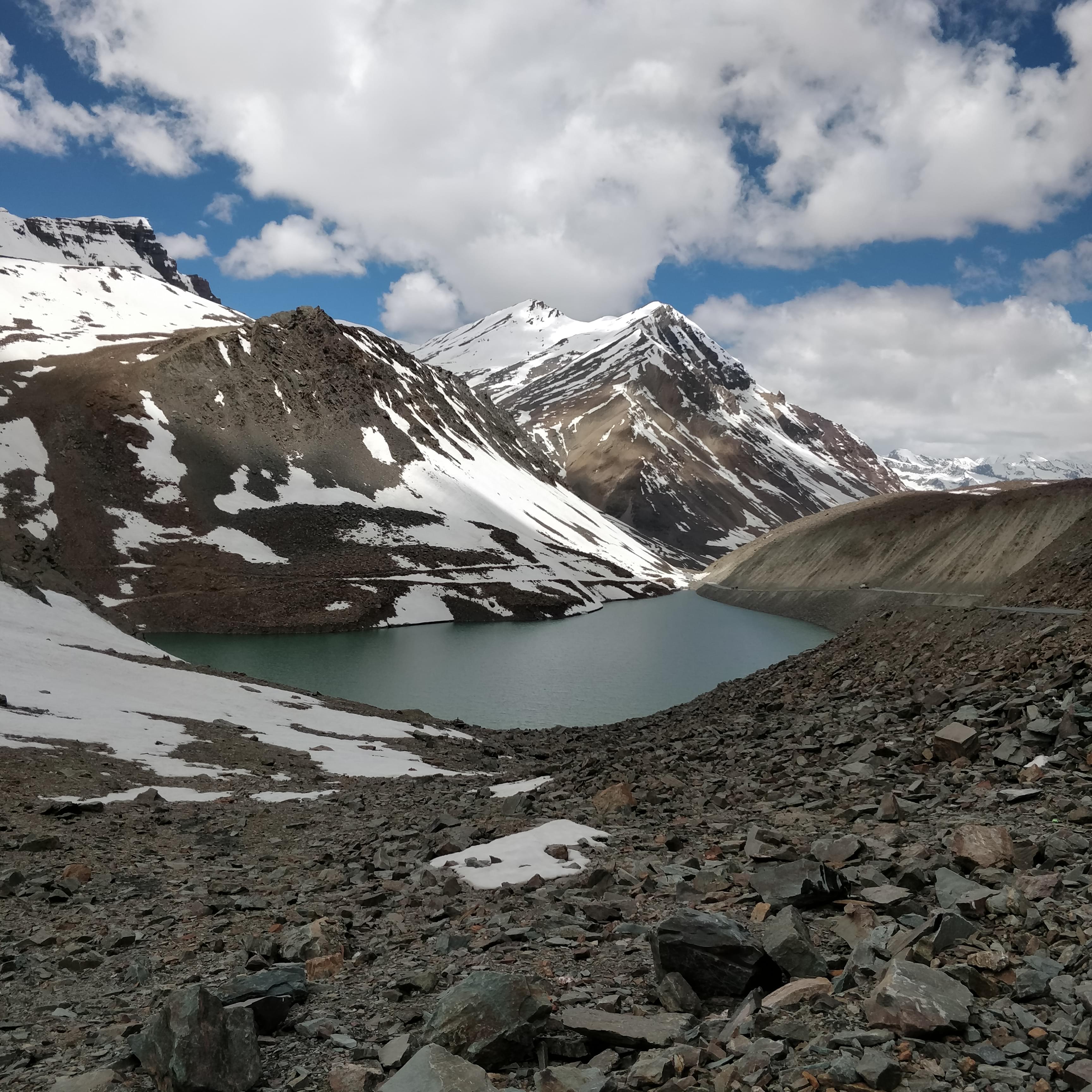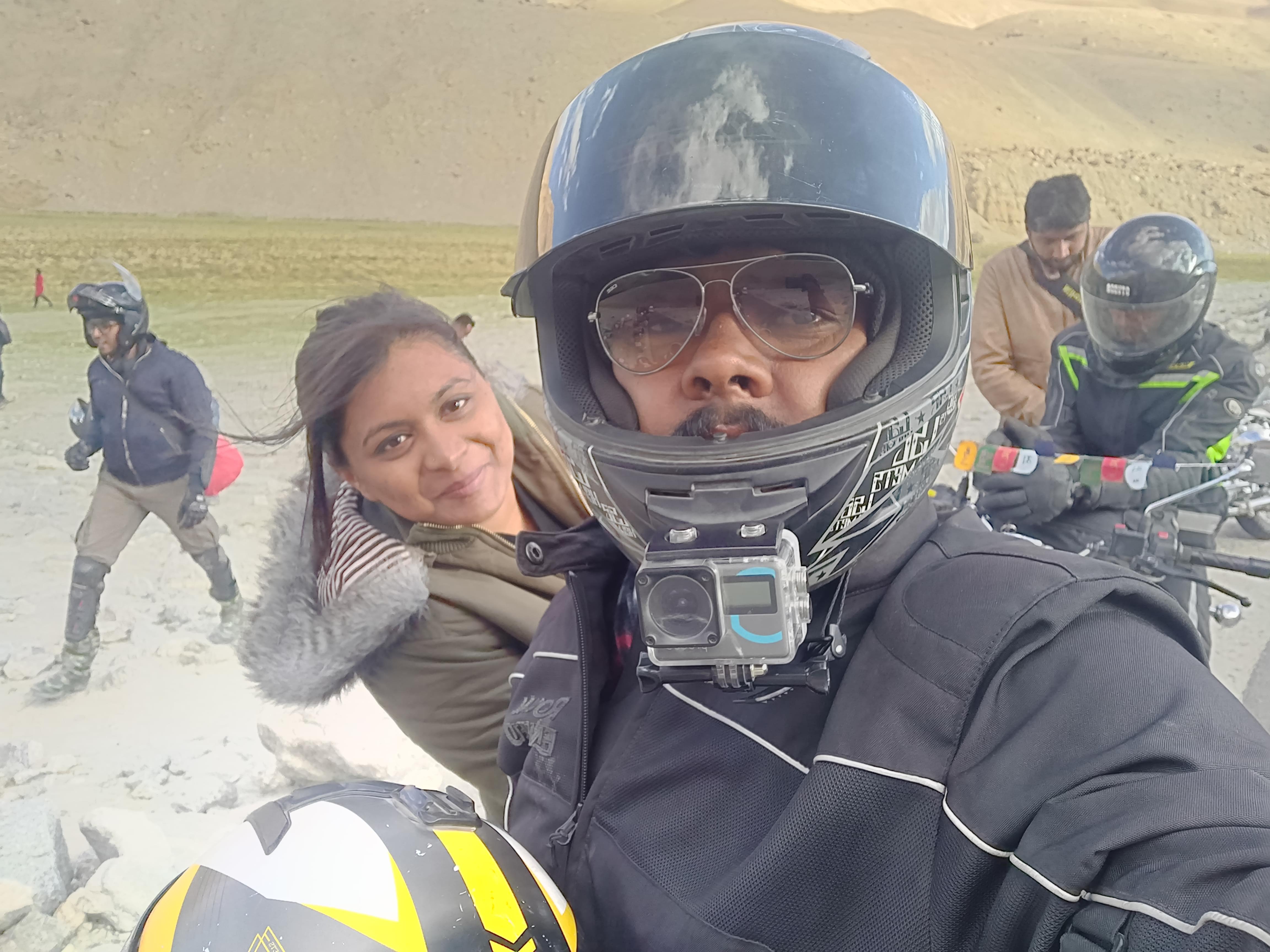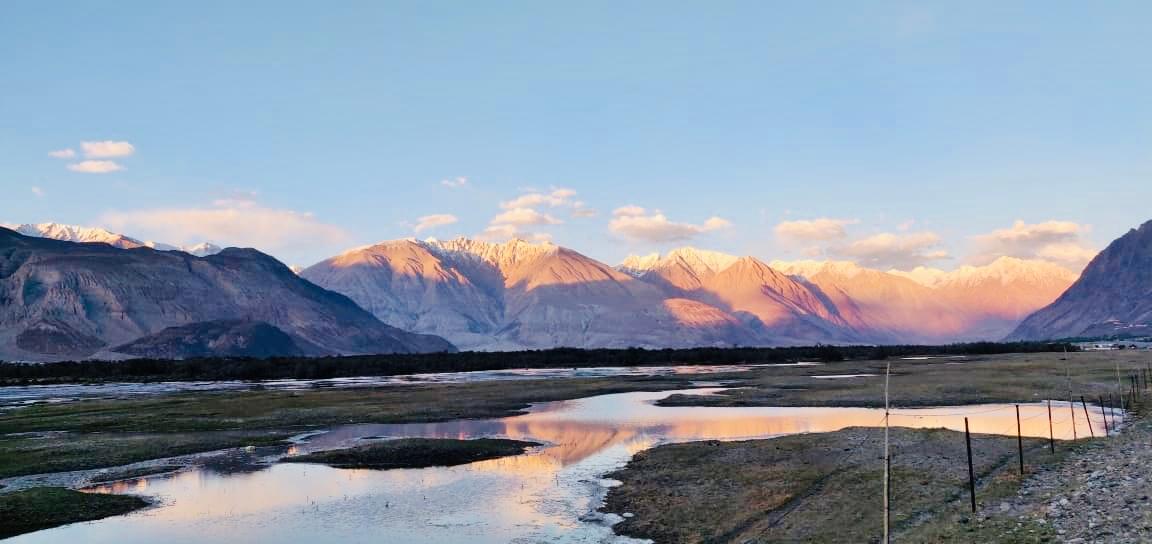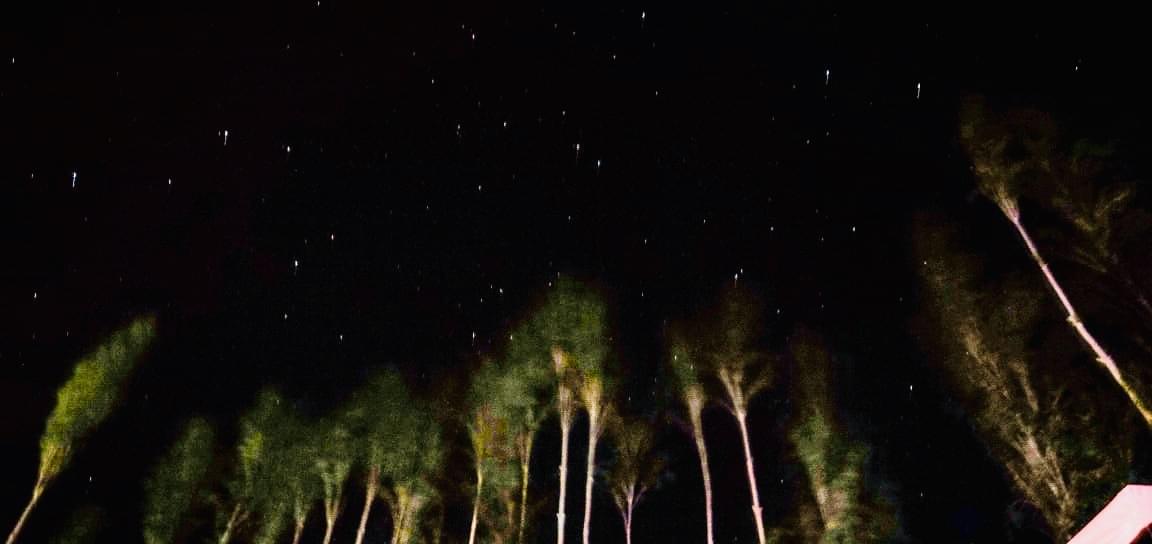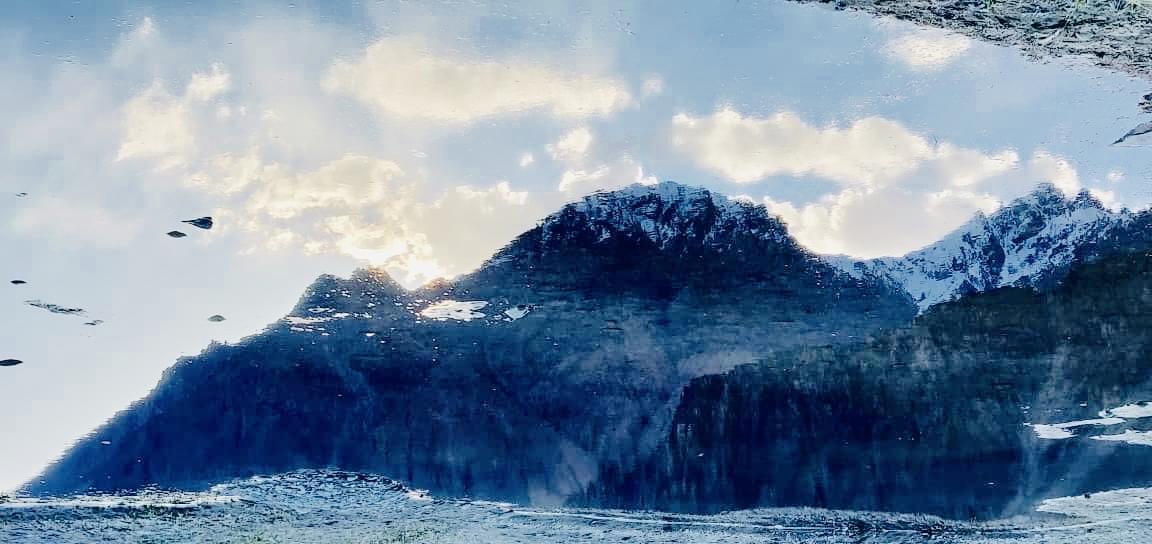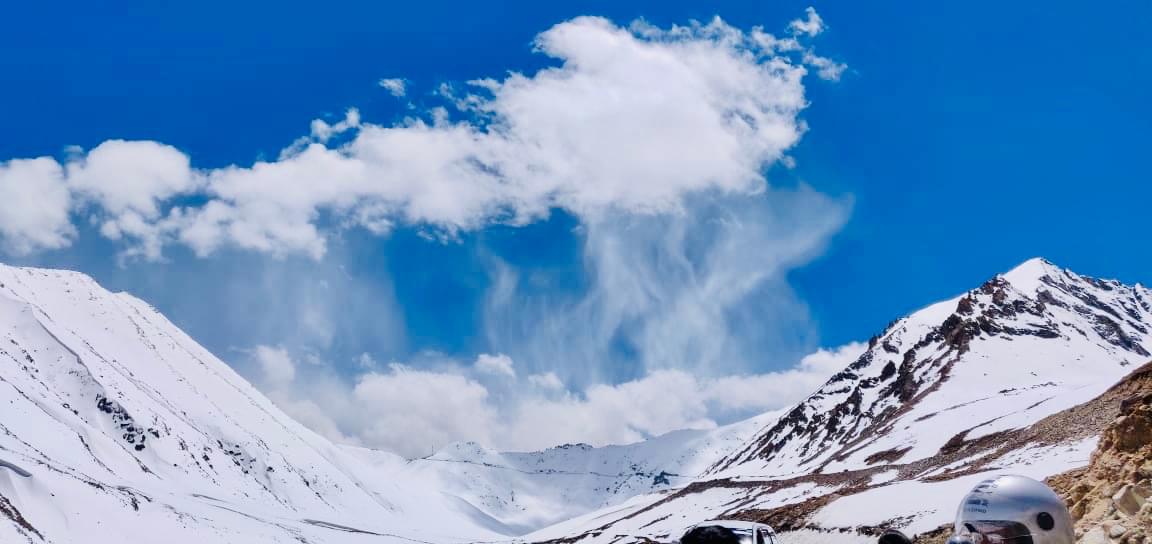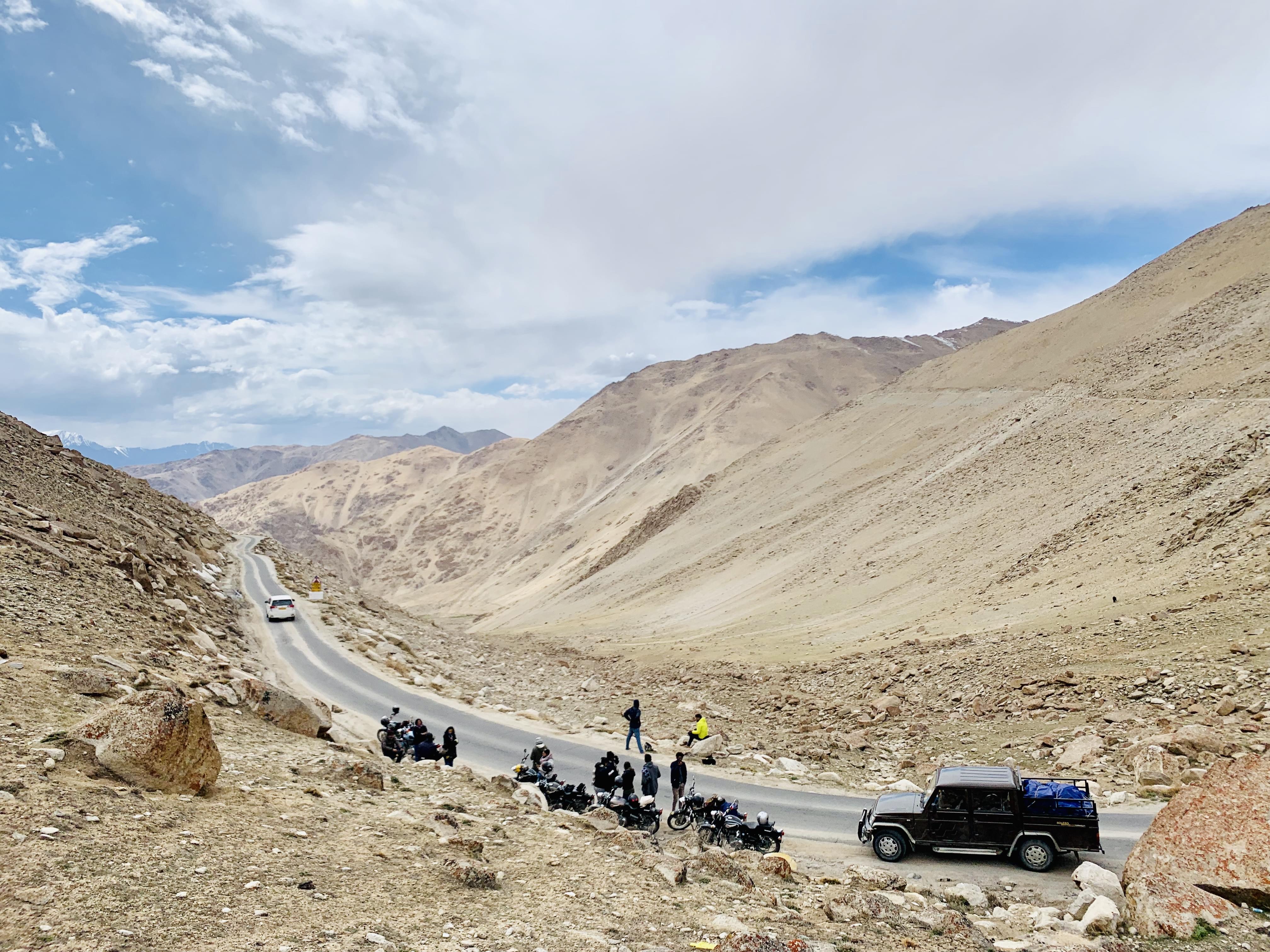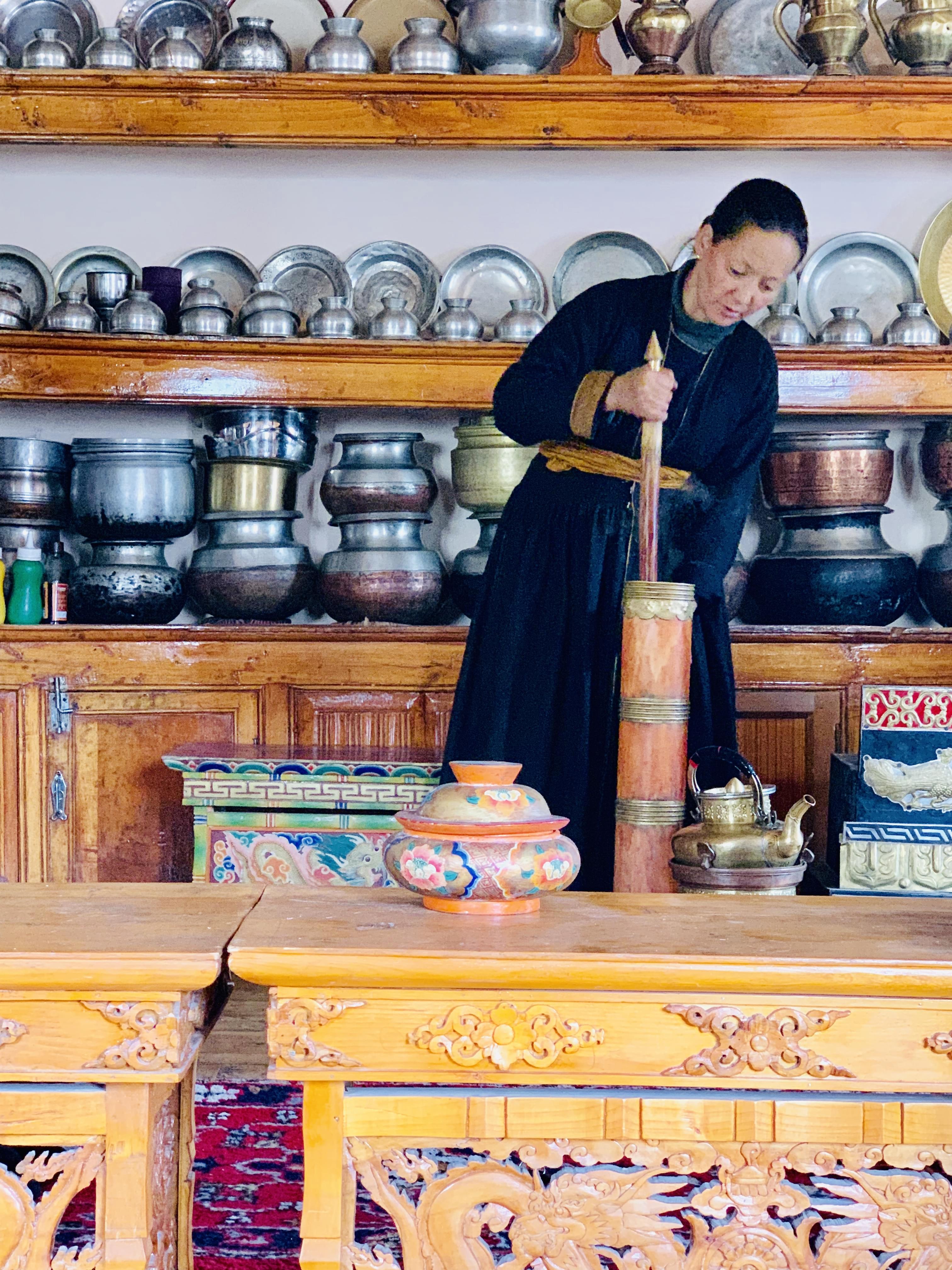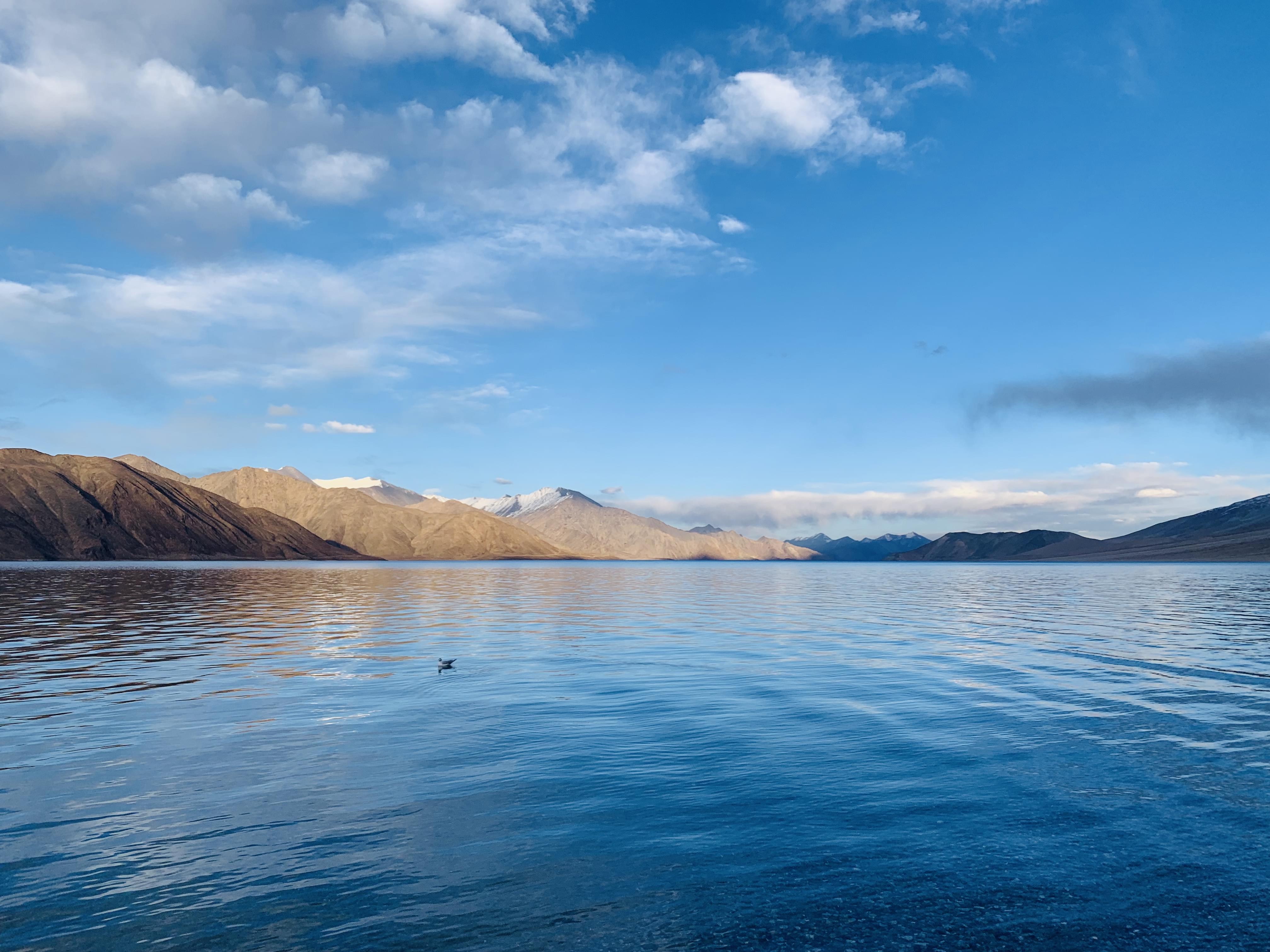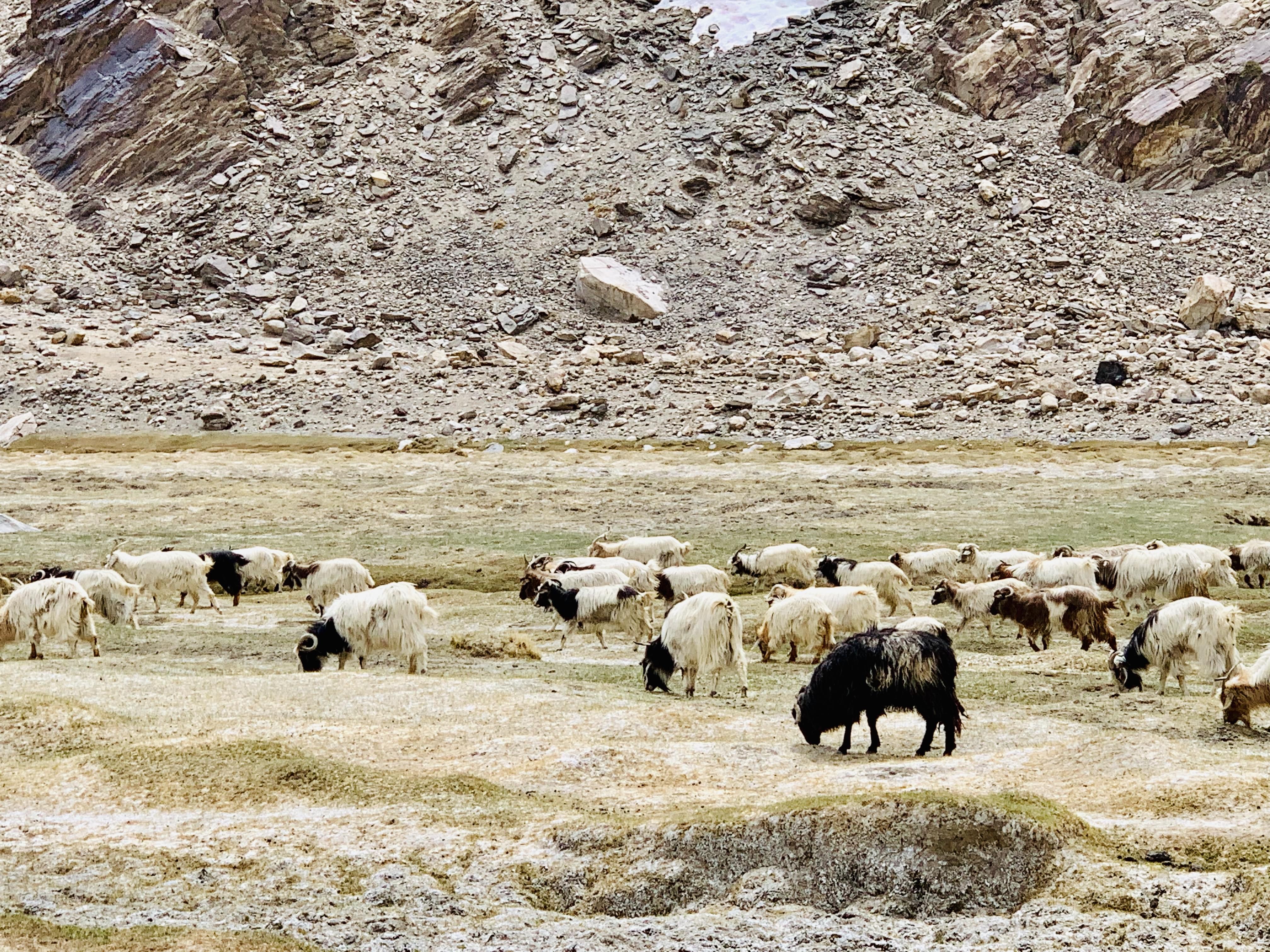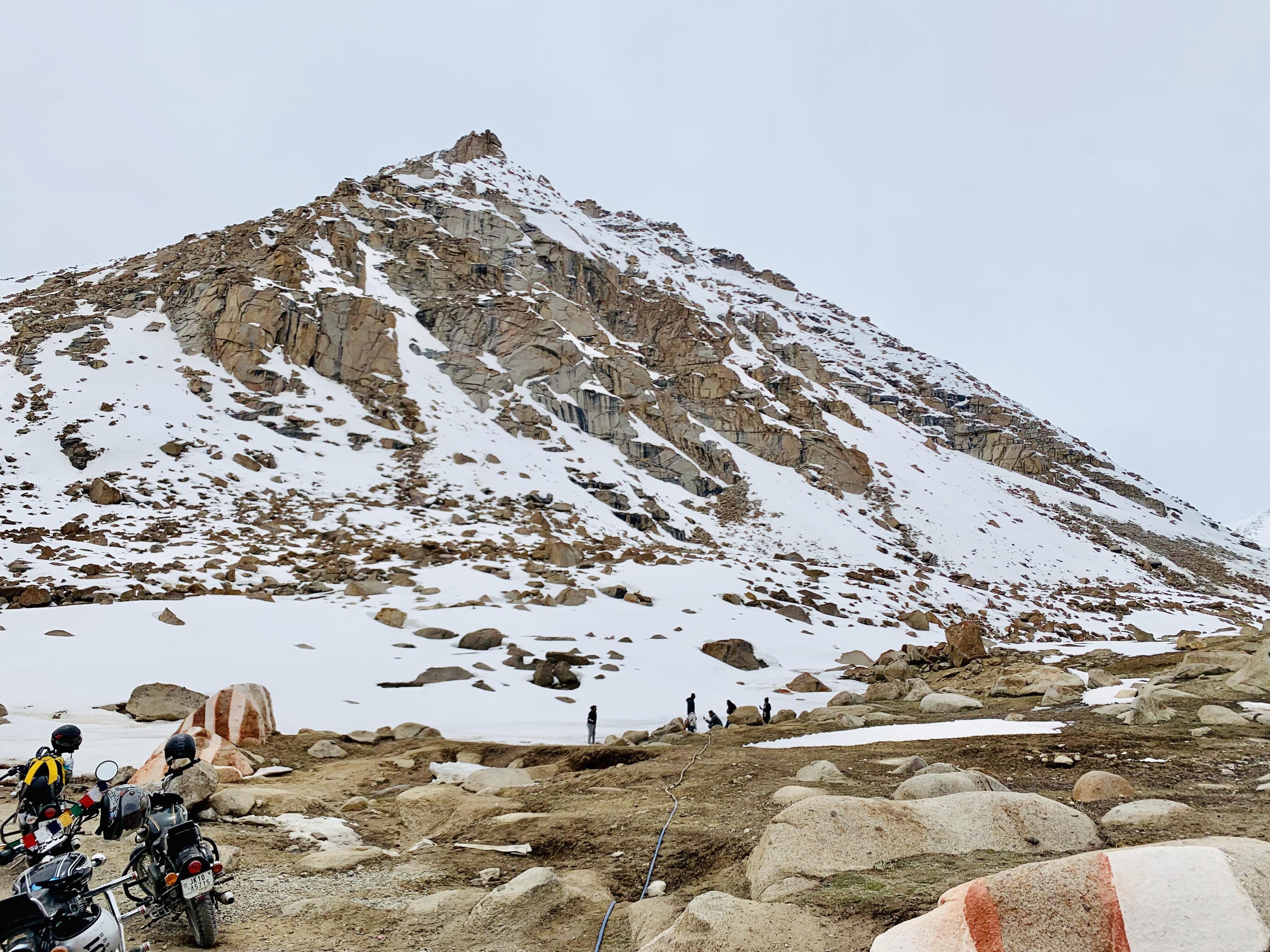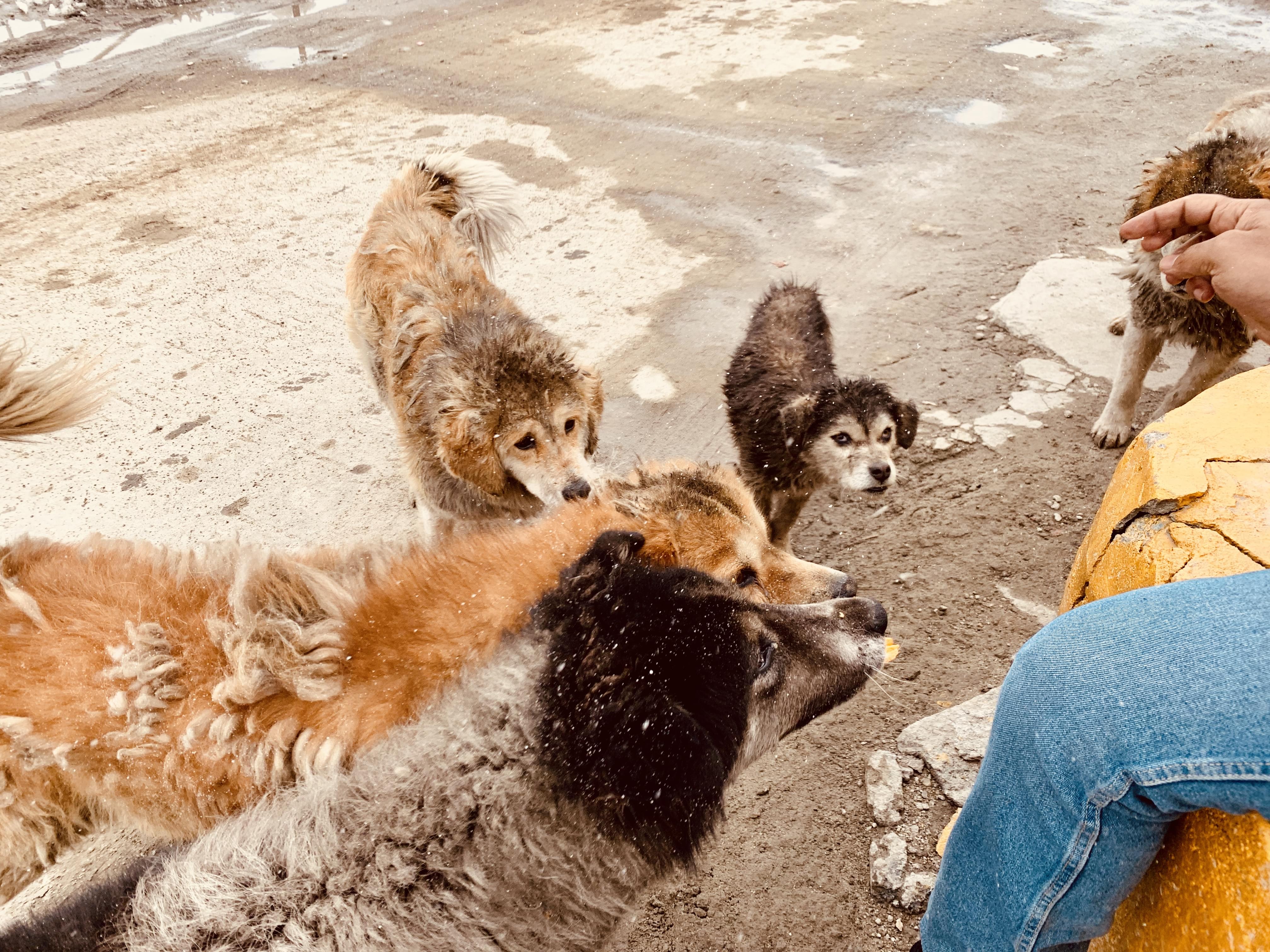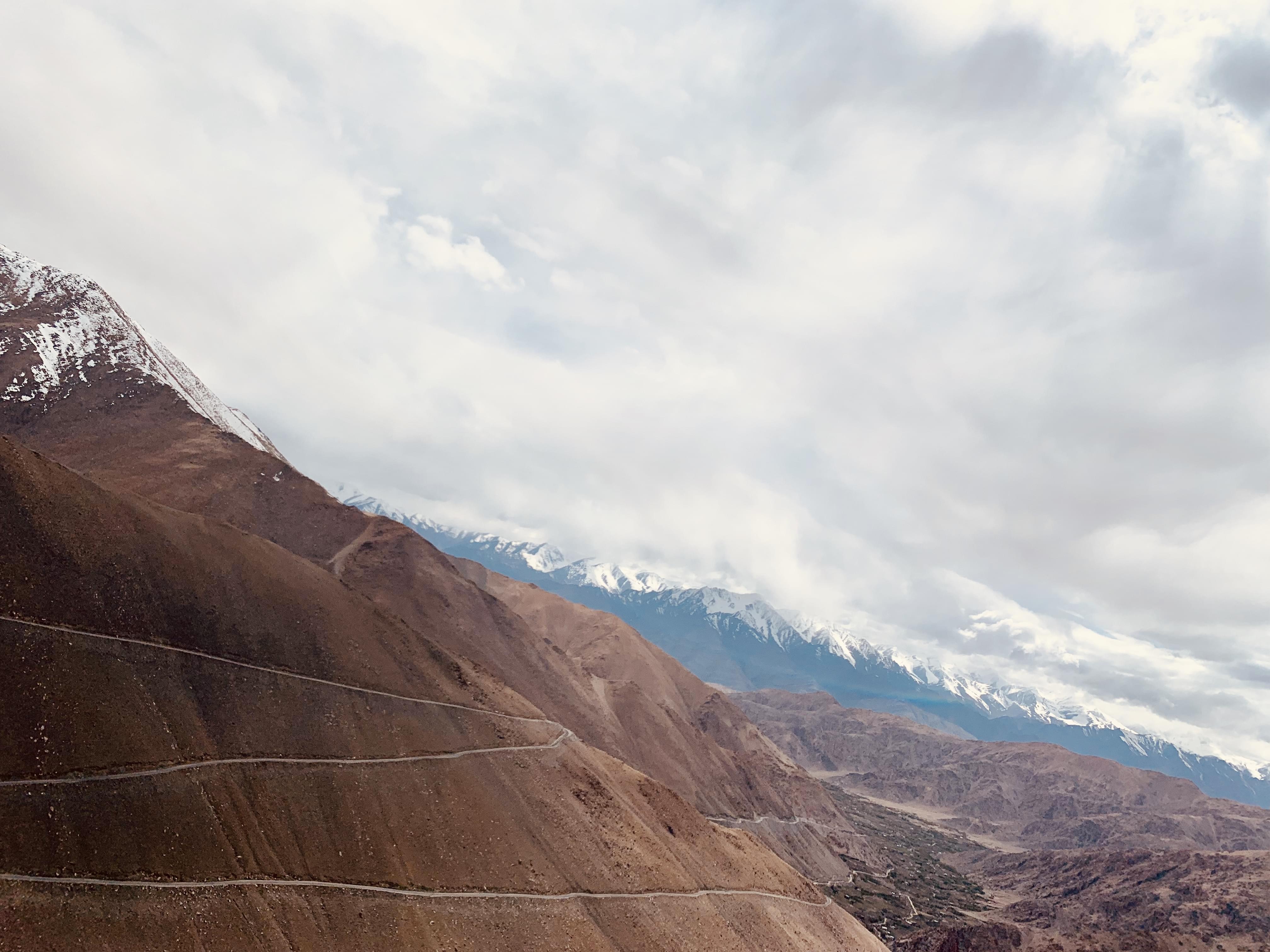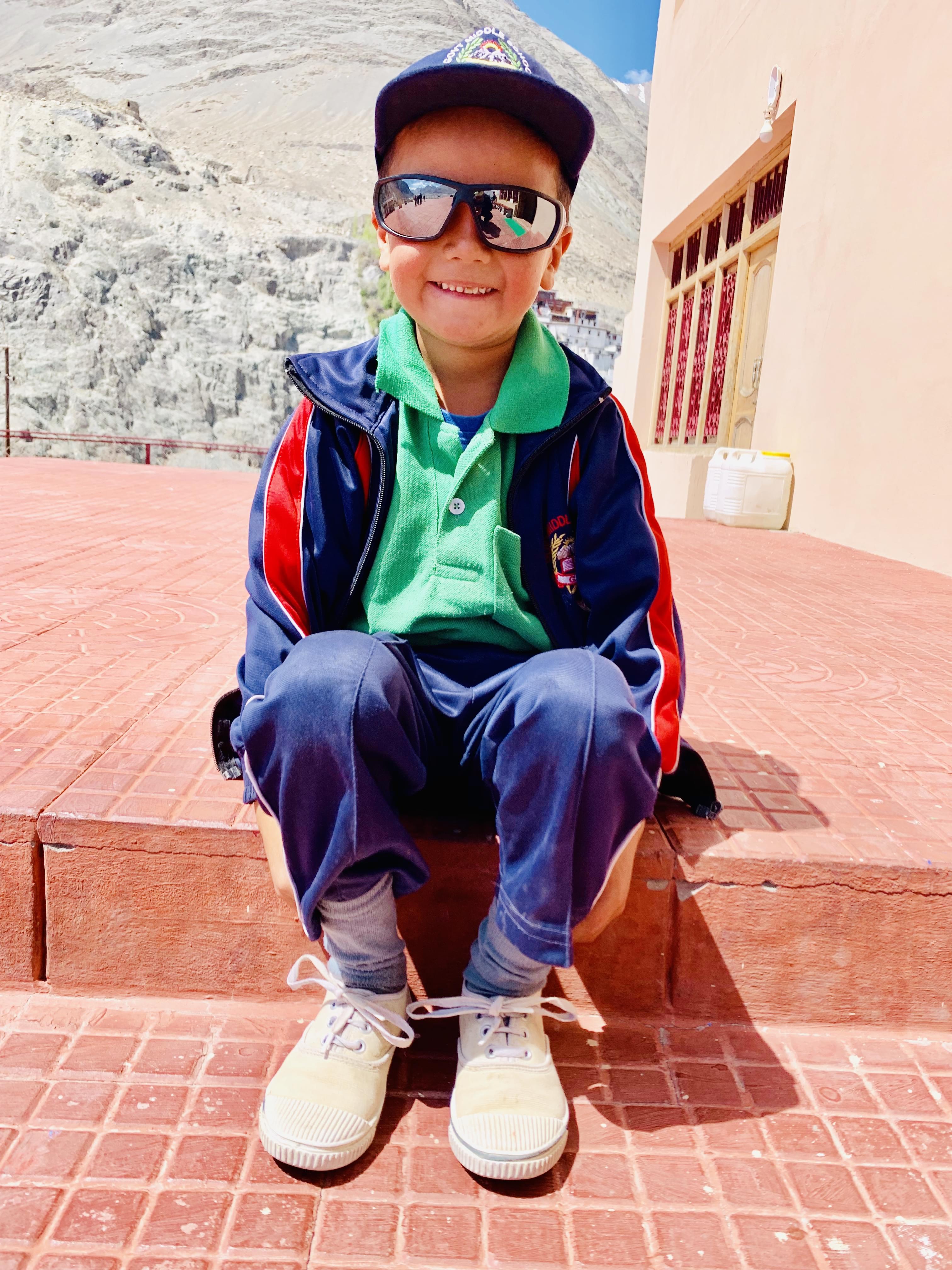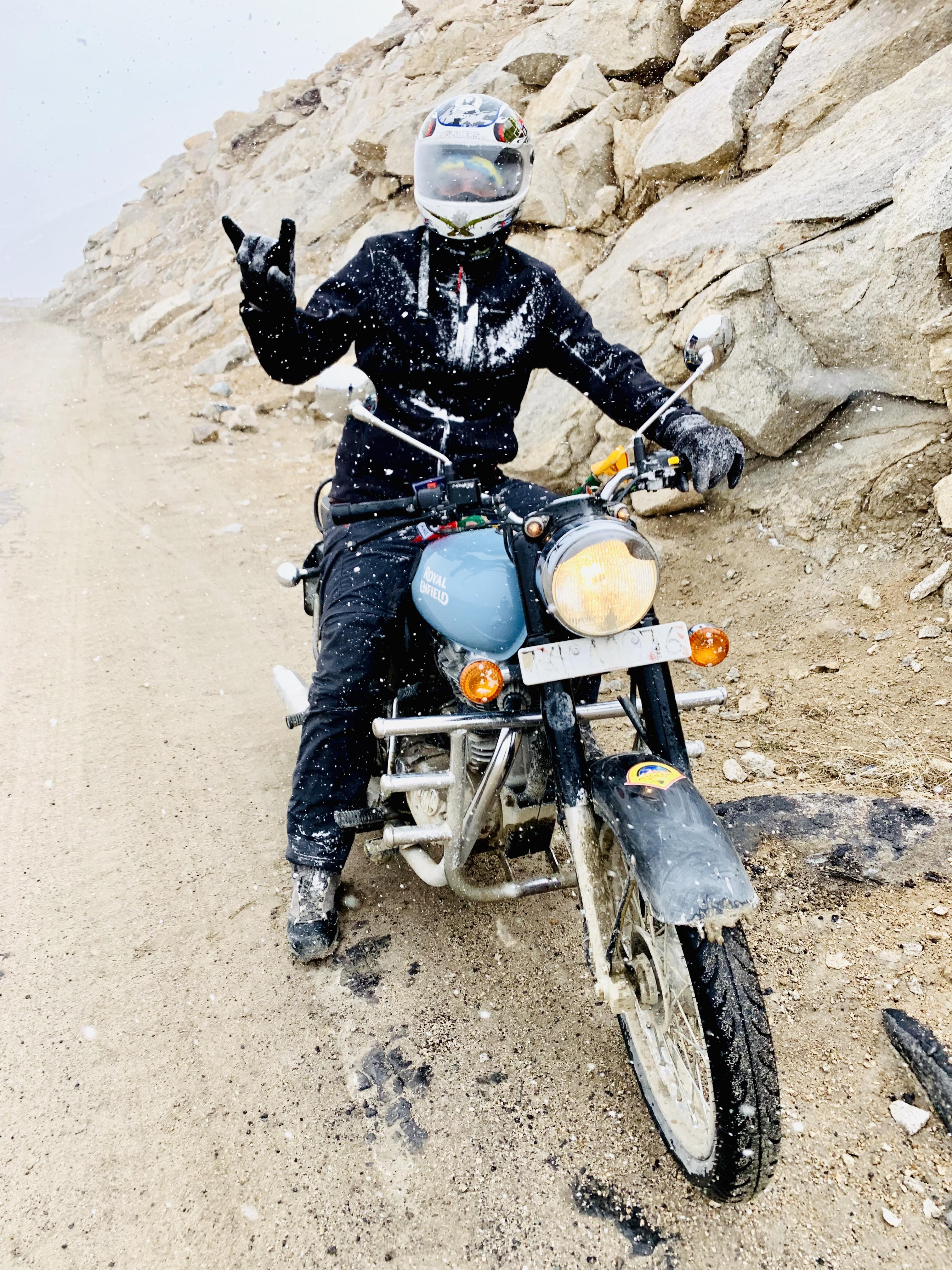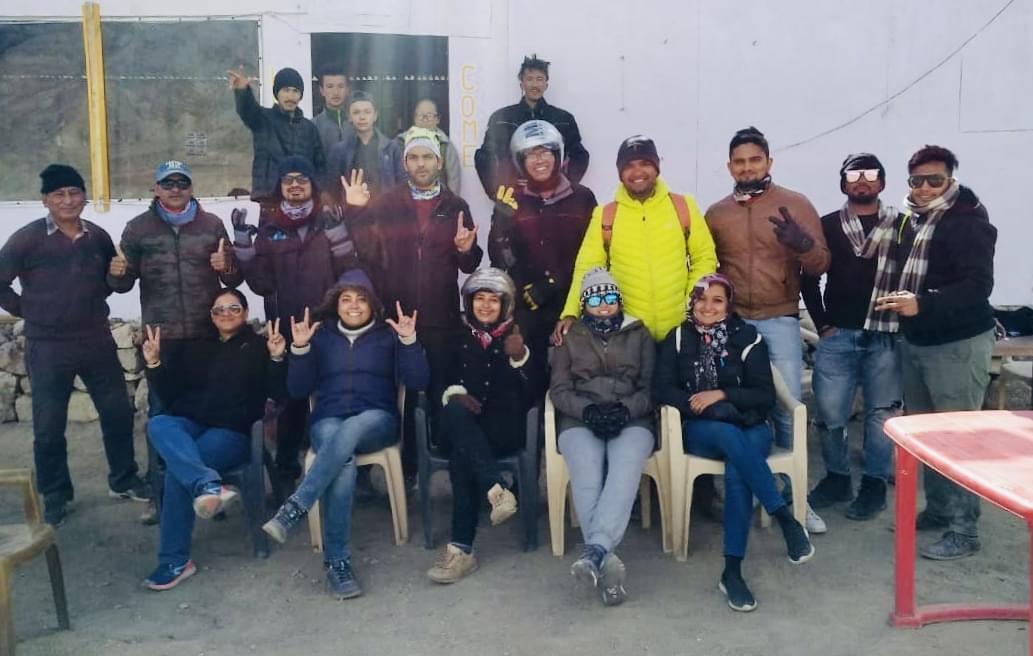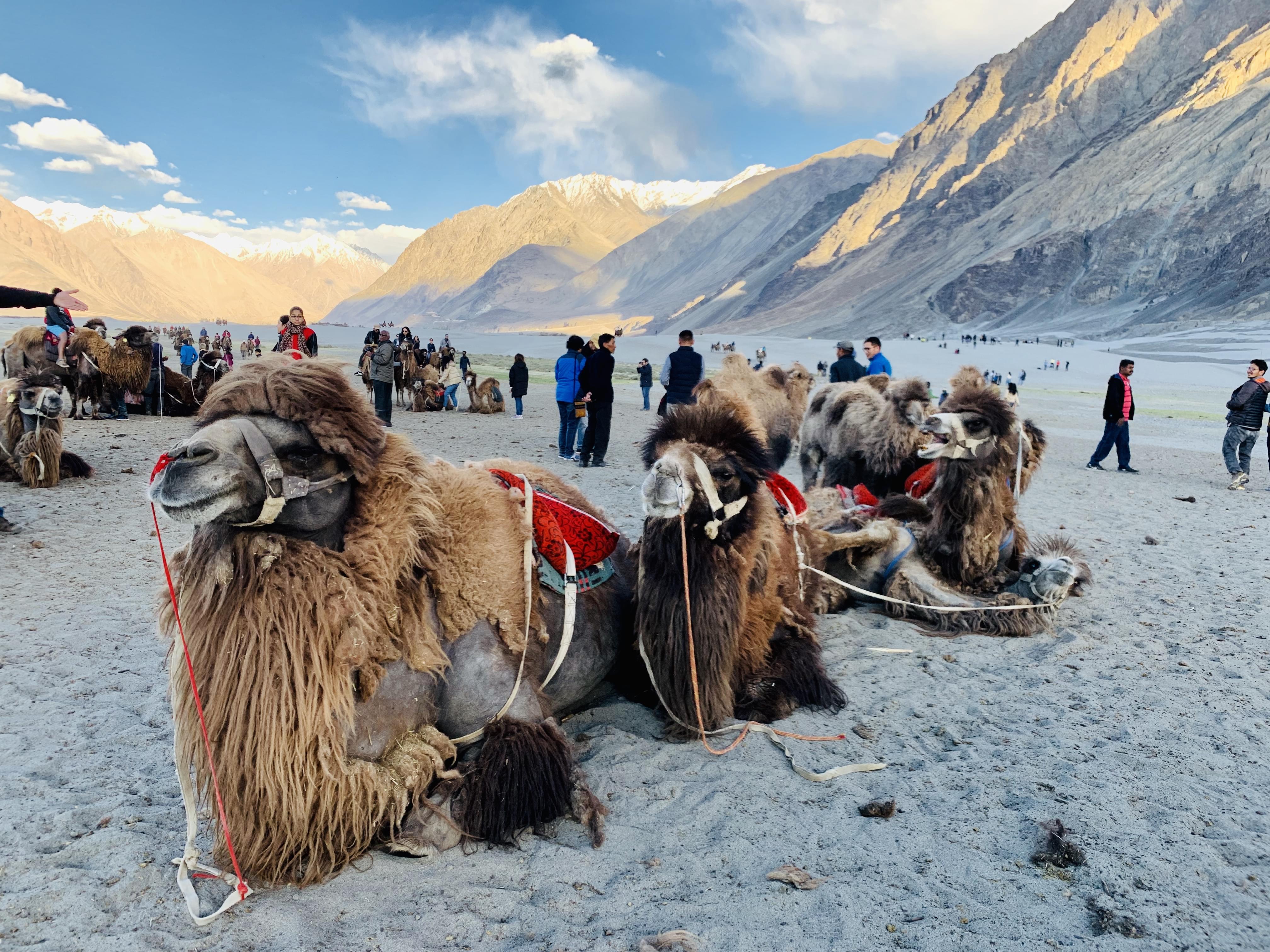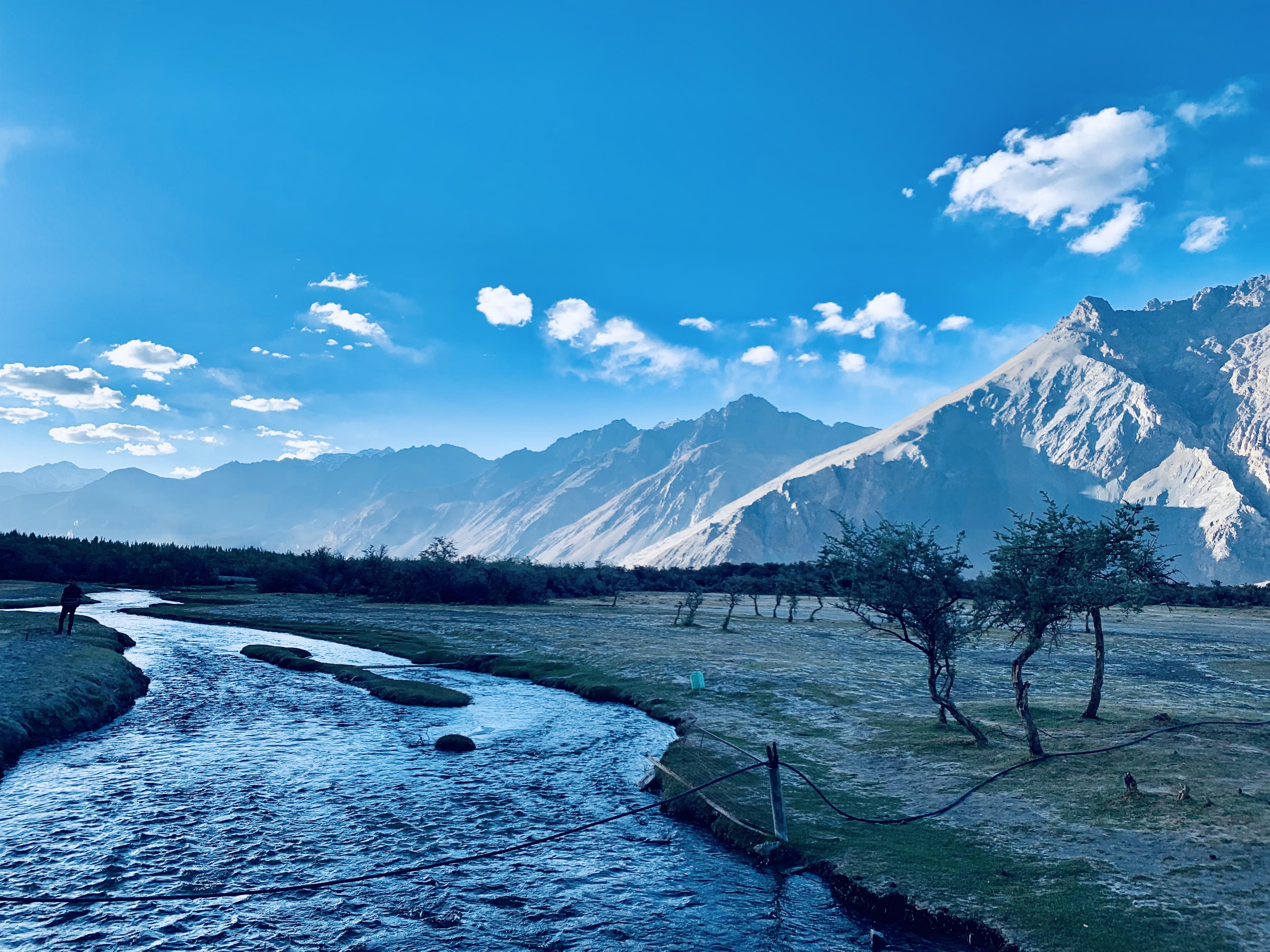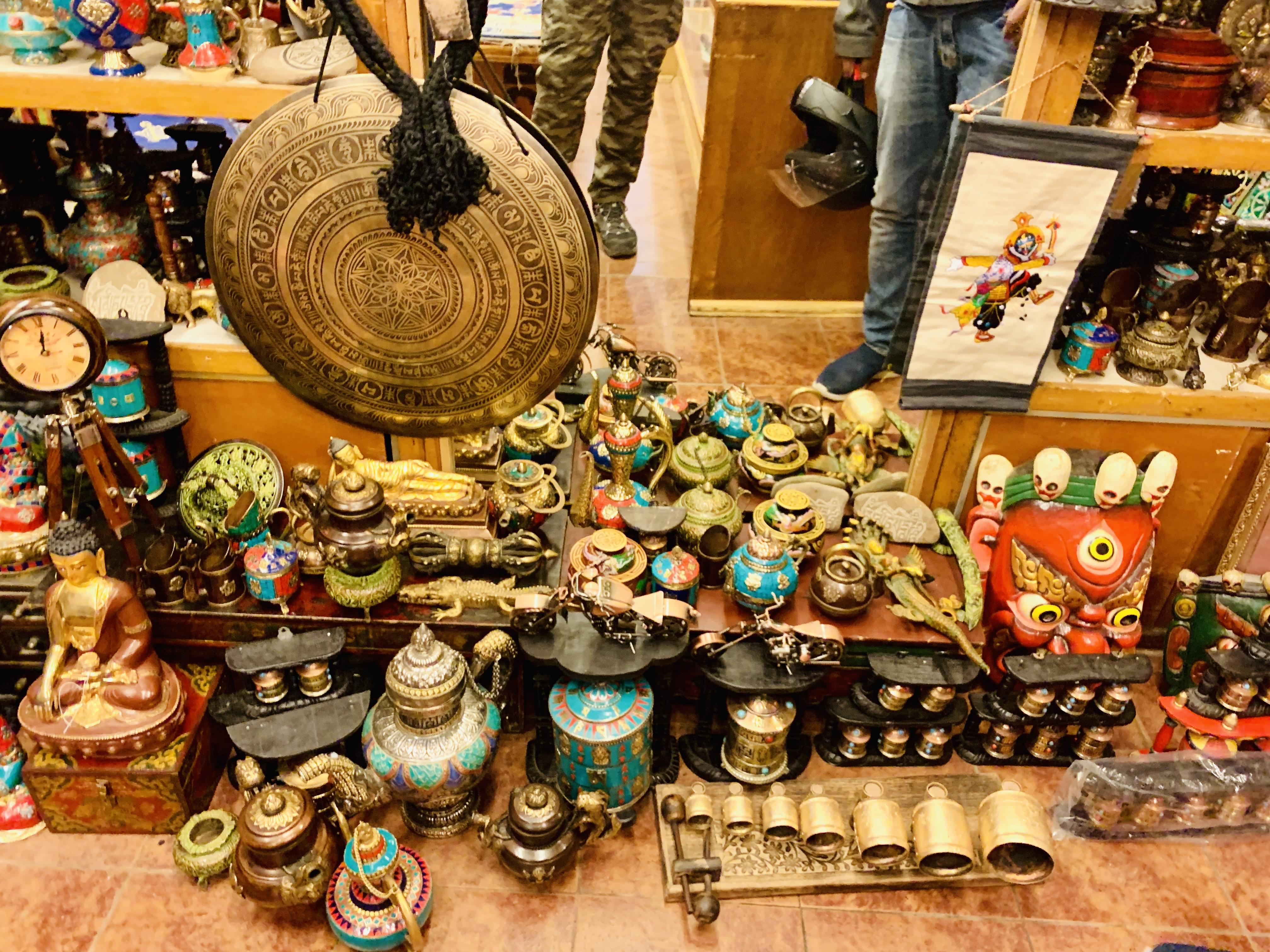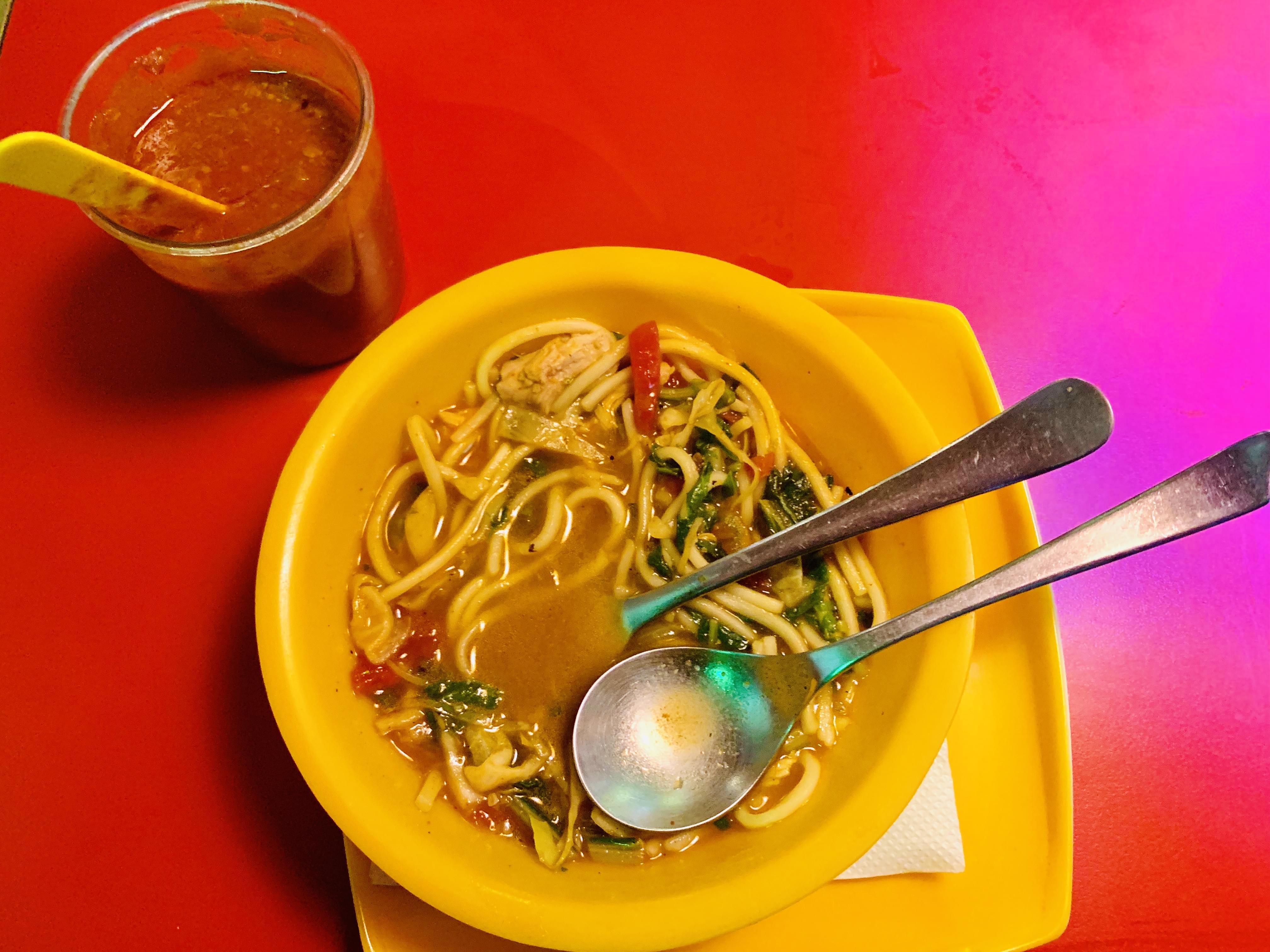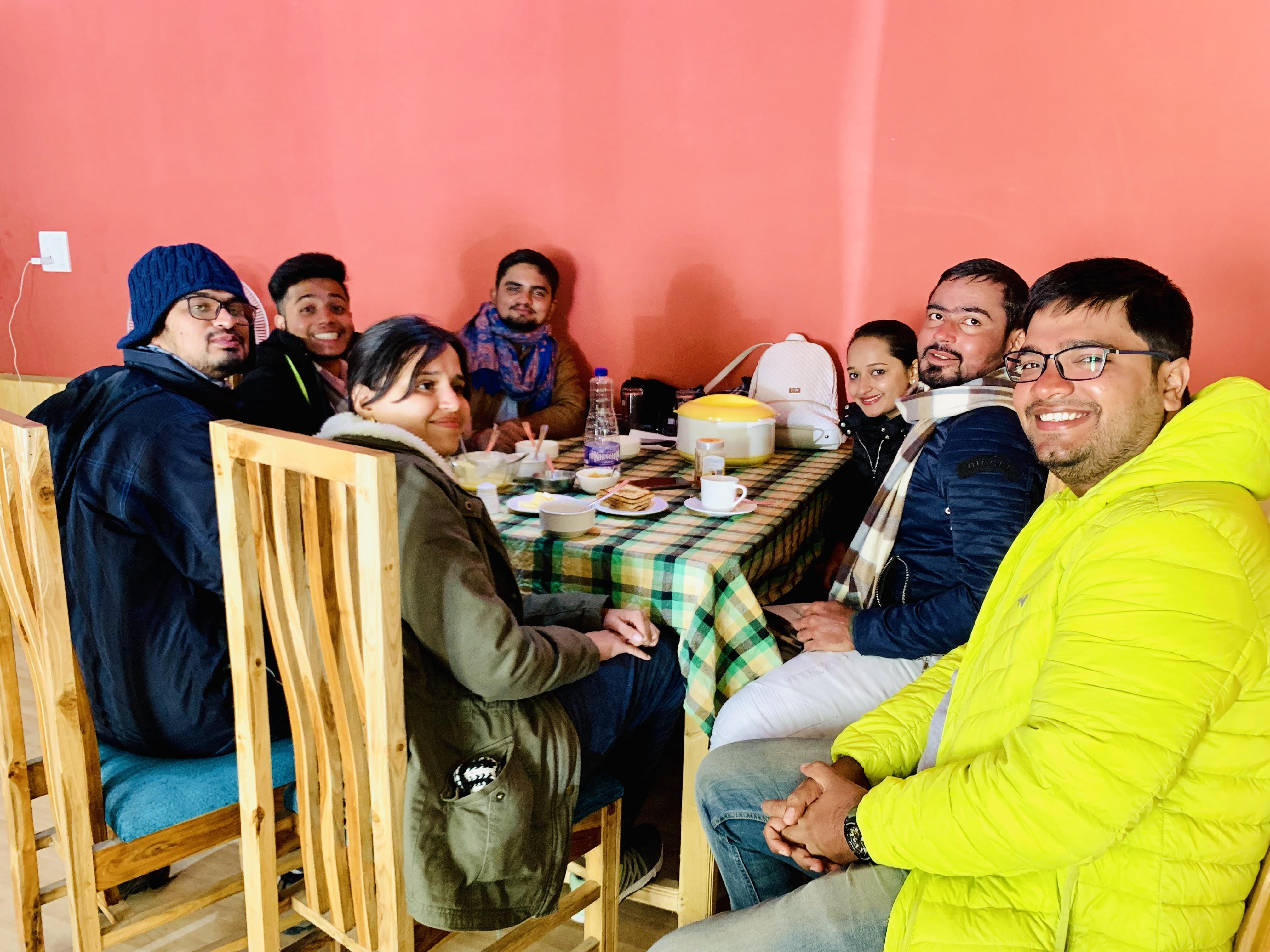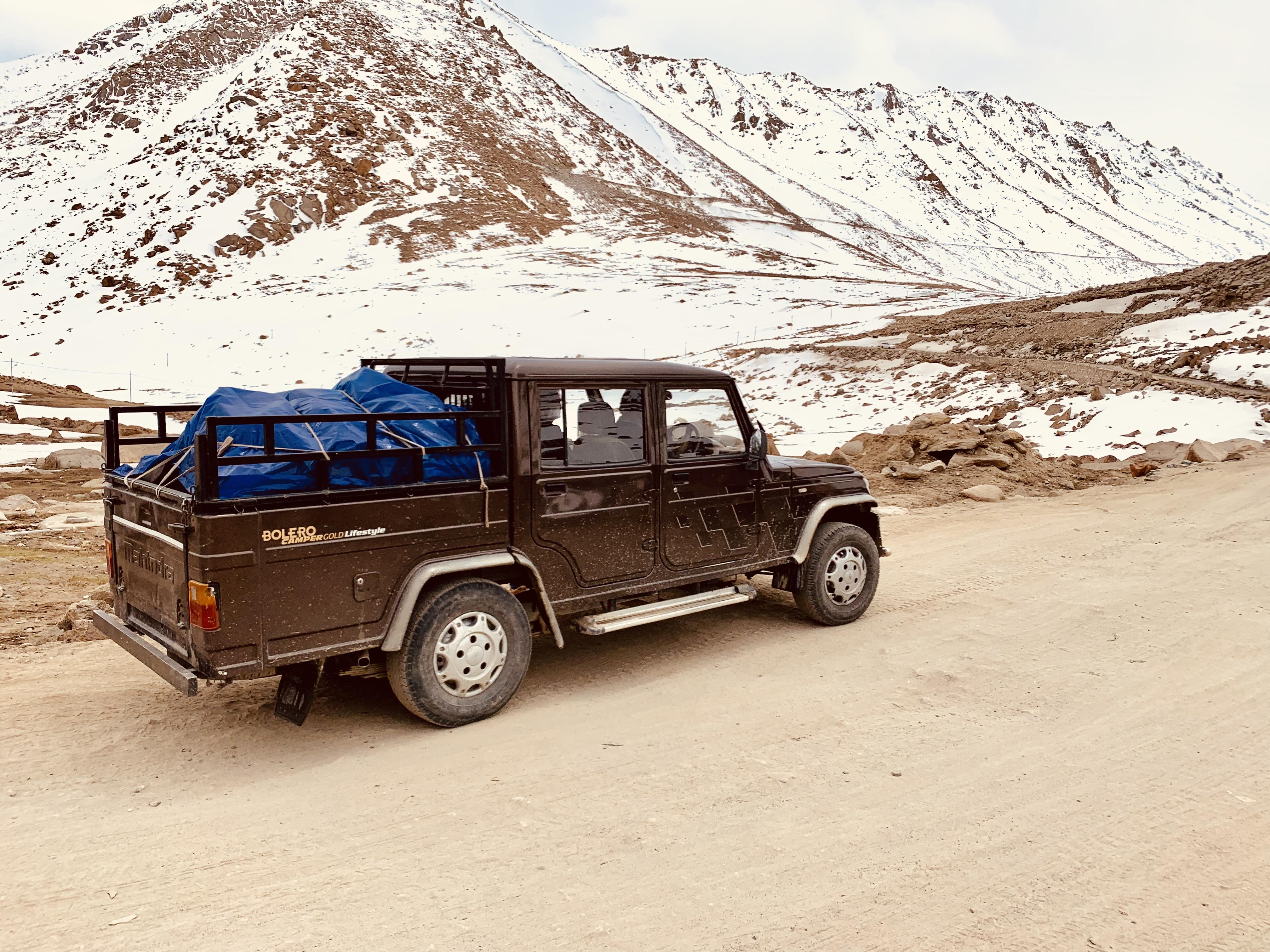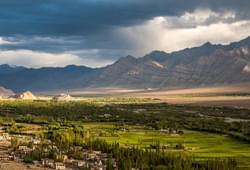Hemis Festival

The Hemis Gompa being the largest and richest Buddhist monastery in Ladakh hosts its annual Hemis festival on the 10th day of the Tibetan lunar month. Celebrated to commemorate the birth of Guru Padmasambhava, the founder of Tantric Buddhism in Tibet.
During the festival, the locals and monks dress up in traditional clothes, where men wear cummerbunds and women wear vibrant headgears and ample jewellery. During the monkey year, which comes in a cycle of 12 years, the four-storey thangka of Guru Padmasambhava is hung in the courtyard with other precious thangkas out on display.
The Lamas perform the sacred masked dance known as Chaam while being accompanied by musical drums, longhorns and cymbals. The mystic mask dances performed here to form an important part of the Tantric tradition. Synchronisation of the dances with traditional instruments in the background makes the festival a lively and entertaining affair attracting tourists and Buddhism believers from all over the world, even in harsh and cold conditions.
When is it celebrated: It is a 3-day festival that is celebrated from the 9th - 11th June.
Where is it celebrated: It is celebrated in the Hemis Gompa or Monastery located 45 km towards the south-east of the main city of Leh.Losar Festival

The Losar festival goes on for a month during which the Gods, deities, ancestors and even animals are fed scrumptiously prepared food. It is celebrated as the New Year two months ahead of the Tibetan New Year. In the early 17th century, King Jamyang Namgyal decided to lead an expedition against the Baltistan forces in winter; therefore he decided to celebrate the festival two months before.
Later it became a tradition and being celebrated in the eleventh month. People illuminate their houses and offer sacrifices and offerings during these celebrations. The pictures of an Ibex are put up as an auspicious symbol with walls of the kitchens being dotted which are believed to bring prosperity in the coming year.
Then a procession of fire or Metho is organised with people chanting slogans to chase away ghosts and evil spirits. Some villages also keep up the tradition of making snowmen, which lasts for a week. People of all ages celebrate this festival with family members getting together and the tradition of drinking a cup of tea with their name on it. These cups are made even for members who are absent, and that makes it one of the best things to include in the package during planning a tour to Ladakh. In fact, many travellers prefer scheduling their 9 days Ladakh package to coincide with the festive celebrations to witness Ladakh's rich cultural heritage.
This festival is very entertaining and sees the enactment of a lot of ancient rituals like stage fights between good & evil, the dance of the Ibex deer, dramatic battles between the Kind and his ministers. Sees the re-enactment of a lot of ancient rituals as a part of the celebrations like the stage fights between good & evil, a dance of the Ibex deer, dramatic battles between the King & his ministers etc.
When is it celebrated: The Losar festival is celebrated in the eleventh month of Tibetan calendar, two months ahead of Tibetan New Year, either in the month of December or January.
Where is it celebrated: It is celebrated in all of Ladakh.
Sindhu Darshan

Sindhu Darshan is a three-day festival organised on a full moon night in the month of June to commemorate the river Indus as a symbol of communal harmony and unity in India. Whilst promoting tourism in Ladakh, it is also revered as a proud salute to the brave soldiers who have been fighting bravely for our safety. When you are on your Ladakh bike trip, this festival is a must-attend, offering a vibrant cultural immersion amid your adventurous journey.
Local artists from all over the country perform unique dance performances and people from different religions, castes and religions become a part of this festival.
The most distinct part is that people bring water from their own state in a pot and immerse it in the Sindhu River. On the first day of the festival, a reception for all the participants takes place, organized on the banks of river Sindhu at Shey.
Prayers are also offered on the banks of the rivers by the 50 senior lamas who reside here. A bonfire also takes place at night. On the second day, a cultural program and sightseeing trip is organized, which is further followed by a Puja. The third day remains jam-packed with many tourists as some grand celebration takes place on this day.
When is it celebrated: Sindhu Darshan is a three-day festival held from 1st to 3rd June, in Shey Manila around 8 km.
Where is it celebrated: It is celebrated on the banks of River Sindhu.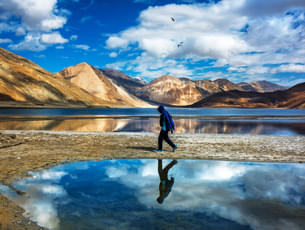
- 5D/4N

- 6D/5N

- 6D/5N
Phyang Tsedup Festival

The Phyang Tsedup Festival happens on the 2nd and 3rd day of the 6th month of the Tibetan Calendar, which usually falls in the months of July or August and these months are ideal for Leh Ladakh bike trip. During the Phyang Tsedup festival celebrations, you’ll see monks wearing colourful brocade robes and masks to perform traditional dances with rich costumes to venerate and worship their deity.
This festival in Ladakh is especially marked for the enthusiasm, energy,y and their constant smiling faces of the monks throughout the festival which uplifts the air and aura of the place. A huge Tibetan Buddhist painting on cotton, or silk appliqué, usually depicting a Buddhist deity, scene, or mandala, also known as a Thanka of Skyoba Jigten Gombo, founder of the Degungpa way of teaching and the Dringumpa Monastic Dynasty, is hung in the courtyard during the festival.
For those on a Ladakh group trip, witnessing this unique display of heritage and spirituality adds a deeper connection to the journey. Rituals like the burning of offerings and the ceremonial Stroma mark the festival's conclusion. Tourists from all over the world come together to witness and participate in this captivating celebration.
When it is celebrated: The Phyang Tsedup Festival is held on the 2nd and 3rd day of the 6th month of the Tibetan Calendar, which usually falls in July or August.
Where it is celebrated: It is celebrated in Phyang Monastery in Ladakh (19.1 km from Leh)Dosmoche Festival

The Dosmoche Festival is an annual two-day event that is celebrated as the last festival of the Tibetan New Year celebrations, initially started by the royal families in Ladakh to eradicate evil around them. It is celebrated in the Leh, Likir and Diskit Monasteries, however, the Leh Dosmoche festivals of Ladakh is the most well known.
Monks from different monasteries take part in this celebration by performing Chams or the sacred dance every year in turns. These traditional dance performances take place in the chapel below the Leh Palace where traditional offerings are burnt. If you are on your honeymoon trip to Ladakh during this festival, don't forget to enjoy the vibrant celebrations with the locals — you and your loved one will definitely experience something truly unforgettable and heartwarming.
The monks of the Takthok monastery prepare offerings of thread crosses that are believed to ward off all evil and guard the place against any natural disaster. Senior monks who have the expertise and skill in tantric practices make the intricate thread crosses to trap evil spirits, hungry ghosts and demonic forces.
Generally, this festival falls between November and March. And the main highlights are the decorations of the Leh Palace, the alluring music of the drums, a masked dance that shows drama and the unique rituals performed by the lamas.
Where is it celebrated: It is celebrated in Likir (lower Ladakh), Leh (Leh Palace) and Nubra Valley’s Diskit monastery, but the Leh Palace celebration is the grandest and best of all.
Saka Dawa Festival

The important and famous festivals of Ladakh is noted to be one of the holiest Buddhist holidays. It is celebrated on the fourth month in the Tibetan calendar which comes in June, it is said to be the month when Buddha was born and received spiritual awakening or Nirvana. Attending this festival is amongst the best things to do in Leh.
The word ska means month and data means star which is strongly associated with the full moon of the fourth lunar month. On this very day, every year, the lamas of nearby monasteries change the Tarboche flagpole, that is located in the South of the mountain, Kailash Kora. It is believed that if after the pole is changed, it does not stand erect, it is not auspicious by Tibetans.
The people refrain from doing certain things on during this festival like the killing of animals, instead, they set them free for the day. You will even notice lamas chanting the mantras 'Om Mani Padme Hum’ which means hail to the jewel and the lotus.
During this festival of Ladakh, they follow Dharma practices like reciting mantras, performing sadhanas, offering mandalas, taking precepts and saving animals to commemorate the prestigious enlightenment of Sakyamuni.
If you’ve decided to book a Ladakh package during this time, try to plan at least a 5-day Ladakh trip so that you can enjoy this festival of Ladakh along with the other experiences included in your package.
When is it celebrated: Saka Dawa is celebrated on the fourth month in the Tibetan calendar which is held during the month of June, on a full moon night.
Where is it celebrated: It is celebrated in all of Ladakh.

- 7D/6N

- 5D/4N

- 7D/6N
Tak Tok Festival

The Tak Tok Festival is celebrated at a cave of the Tak Thok Gompa and is among the major festivals of Ladakh. The festival is celebrated with great pomp and fanfare and locals as well as tourists from far-flung areas storm the place on this occasion.
It is celebrated on the 10th day of the 5th and 10th month of the Tibetan Calendar which the birth anniversary of Padmasambhava, founder of Tibetan Buddhism and the patron saint of Tibet. This festival is celebrated with great enthusiasm by the locals and visitors to the city, and being in the month of May, sees a large majority attending the celebrations.
This Tak Tok festival is held in the Gompa situated at Tak-Tok. It is commemorated by the dances of lamas, the mask dance and the religious offerings that are made to the Lord. Prayers are offered in the early morning hours.
A lot of cultural programs are organized throughout the day and as the day ends with, a feast is organized for all. Visitors to this city are treated as the guests at the festival. You can also take part if the festivity by wearing ethnic clothes and make your Manali to Leh trip more exciting. This festival is celebrated with lots of devotion and fun.
Where is it celebrated: The festival is celebrated and organised in the Tak Tok Gompa in Leh.
When is it celebrated: It is celebrated on the 10th day of the 5th & the 10th month of the Tibetan Calendar which also marks the birth anniversary of Padmasambhava, founder of Tibetan Buddhism and the patron saint of Tibet.Matho Nagrang Festival

The Matho Nagrang Festival is celebrated on the 15th day of the first month of the Tibetan Calendar, which is a 2-day event. This monastery is the only gompa in Ladakh that belongs to the Sakya Sect or School of Tibetan Buddhism. During this festival, masked danced performances are put up by the monks of the monastery wearing colourful silk brocaded robes and masks in the form of different Gods and Goddesses.
The main highlight of this festival in Ladakh is the presence of two oracles who attend the festival after completion of one month in solitude and deep meditation. The two oracles appear in the courtyard accompanying the masked dancers and have the power to predict future events that would befall the place or people.
Locals, even from faraway places, come here so that they can get a piece of advice regarding rituals that need to be performed to warding off disasters.
Check out the Delhi to Leh guide and start planning your dream trip.
When is it celebrated: This festival of Ladakh is celebrated on the 15th day of the first month of the Tibetan calendar, the Matho Nagrang festival is a 2-day event.
Where it is celebrated: It is celebrated at Matho Nagrang Monastery which is situated on the banks of the Indus River about 20 km south of Leh.Ready to ride the ultimate adventure? Click here to book your Manali to Leh bike trip!
Ladakh Festival

This festival in Ladakh brings you the festive ambience of sports and cultural ambience full of immense warmth and joy, where hundreds of visitors from across the globe come here to witness the grand procession. The procession sees a large number of cultural troupes from different parts of Ladakh as they pass through the markets and streets singing and dancing to traditional tunes.
The procession includes local leaders, school kids and dancers who perform assorted dances on the conventional tunes played by the orchestra. While the local lads and women wear breathtaking outfits to divert your attention and walk in a line to give you a complete carnival-like feel.
This is a must-visit festival, so if your Ladakh trip coincides with this vibrant celebration—whether you're on a solo adventure, a group trip to Ladakh, or enjoying a Ladakh family tour—don’t miss the chance to experience this once-in-a-lifetime cultural extravaganza!
The highlight of the fest includes wild lion and yak dancing to music presentations and craft exhibitions to yummy dining and tasting intoxicating barley beer called Chang. Finally, the procession ends at the polo ground where interesting folk songs and dance performances are staged like non-stop musical concerts, lama dances and folklore ceremonies. The best part of this festival of Ladakh is the Archery and Polo competitions held which are fun and interesting to watch.
When is it celebrated: The Ladakh Festival is held for a duration of 15 days from the 1st to 15th of September.
Where is it celebrated: This festival in Ladakh is held in the town of Leh and its various villages.
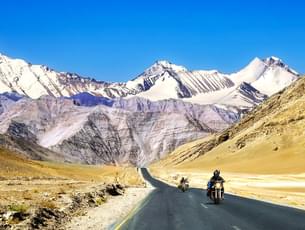
- 7D/6N
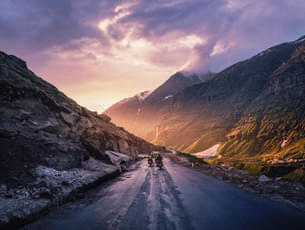
- 12D/11N
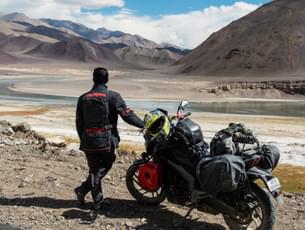
- 6D/5N
Stok Guru Festival

Beginning on the 9th and 10th day of the first month of the Tibetan calendar, the Stok Guru is annual festival hosted in Stok Village, the present seat of the Ladakhi Royal Family. The Buddhist monks show immense faith and zeal in this festival in Ladakh, as they perform sacred masked dances mainly featuring priests from the Spituk monastery.
The festival also sees the presence of oracles who are laymen trained by priests to receive the spirit of the deities and the predictions made by these oracles are firmly believed by the local people of this region.
A lot of exhibitions and fiestas are also organised during this time and the Ladakhi people take pride in all the celebrations as they joyously come to watch and be part of each event.
So plan your Manali to Leh jeep safari and attend this festival to make your time in Leh memorable.
When is it celebrated: This Ladakh Stok Guru festival is celebrated in the 9th and 10th day of the 1st month of the Tibetan Lunar calendar every year.
Where is it celebrated: The Stok Guru Tsechu is celebrated in a small monastery called Gurphug, about 20 km south of Leh a subsidiary of the Spituk Monastery.
Also Checkout: Ladakh Tour Packages From Kolkata
Yuru Kabgyat Festival

In the month of July or August, the Lamayuru monastery or also known as Yuru Gompa hosts an annual two day festival of celebration and devotion. The Yuru Kabgyat festival of Ladakh is a wonderful opportunity to see a wonderful and ancient place beaming with a lively environment and celebrations.
During the festival, the monks perform mask dances, prayers and rituals in order to ward off any kind of disaster and to bring peace to the world.
Going by the holy scriptures, the mask dance dates back to 8th century and is performed to protect the people from natural calamities, and epidemics. Lamas dance in a circle formation on the beats of the drum, with long pipes and cymbals. The festival is of cultural importance not only in India but also for people in China, Japan and Bhutan who participate in it. This festival hosts many travellers who are on their Manali Leh Srinagar biking trip.
When is it celebrated: This festival in Ladakh takes place in July or August annually. It is a 2-day festival celebrated with great pomp by the local people and 200 lamas residing in the monastery.
Where is it celebrated: The Lamayuru monastery hosts the Yuru Kabgyat festival around 125 km from the city of Leh.
Ladakh Harvest Festival

The Ladakh harvest Festival is a major event organised in Leh by the Jammu and Kashmir Tourism Department, from 1st September and lasts until September 15th. It is a colourful celebration of the rich and cultural diversity of the Ladakhi people.
Week-long festivities are held all over the region where various cultural troupes and villages participate in this extravaganza of ceremonial costumes, skilful dances and traditional songs. You can also enjoy the entertaining polo and archery competitions held for the local people to participate in.
Archery competitions only allow the entry of males while there are various dance opportunities and competitions for the women. A polo tournament by the name of "Ladakh Festival Cup" is also hosted, and a Central Asian trade mart is held in Leh Bazaar. The monks perform the masked dance and the festival concludes with a final carnival parade passing through the streets of Ladakh.
You can also be part of and watch various theatrical performances and wedding ceremonies being blessed the traditional way with great pride and celebration during this auspicious time.
There are many trekking trails in Ladakh making it the favourite region for adventure seekers.
When is it celebrated: This festival of Ladakh generally starts from 1st September and continues till 15th September and thus, it lasts for 15 days.
Where is it celebrated: It is organised and set up mainly in Leh where it sees a strong influx of tourists and hordes of locals attending the festivities.
Detailed Travel Guide for Mumbai to Ladakh.

- 7D/6N

- 8D/7N
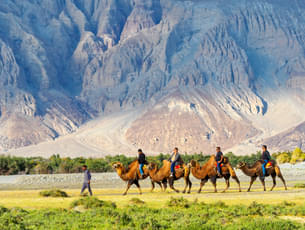
- 12D/11N
Spituk Gustor
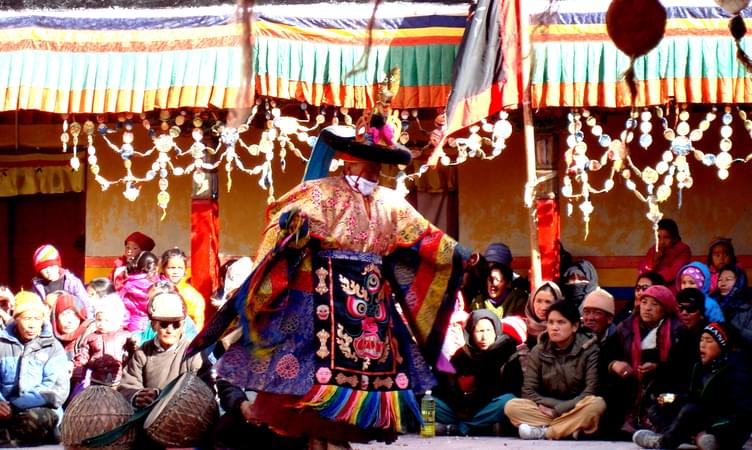
Spituk Gustor is an early winter festival of Ladakh held at Spituk Monastery, a short drive from Leh on the popular Leh to Pangong Lake route. It falls on the 28th and 29th days of the 11th month of the Tibetan lunar calendar, typically in January, when the region is locked in sub-zero temperatures and movement is limited. Yet, locals begin arriving before sunrise, undeterred by the cold, to take part in rituals that have long been part of community life.
A giant thangka of Je Tsongkhapa is also unfurled for public viewing during the festival. People wait in queues at the entrance of the Gonkhang (inner temple) to seek blessings from protector deities Mahakala and Palden Lhamo, whose faces are revealed only during this festival.
At the centre of the festival is the cham dance. Monks arrive at the monastery courtyard, dressed in layered robes and elaborate masks, each one representing a guardian or deity. The dance though is deeply symbolic and the performance ends with the cutting of a dough figure. This act is believed to remove bad energy and restore balance, something the locals take seriously, year after year.
When is it celebrated: 28-29 January
Where is it celebrated: Spituk Monastery
Shey Doo Lhoo

Shey Doo Lhoo is one of the early agricultural festivals in Ladakh, held at Shey Monastery near Leh. Observed annually on the 26th and 27th days of the first month in the Tibetan calendar, usually in July or August, the festival marks the beginning of the sowing season in the region. This festival is called ‘Shey Doo Lhoo’ to mark the beginning of the sowing season.
Monks conduct special prayer ceremonies to invoke blessings for a fruitful harvest, and locals gather in large numbers to take part in these rituals. A key part of the festival is the arrival of an oracle on horseback (a medium believed to channel divine messages), who undergoes a trance after days of chanting and meditation. The oracle’s prophecies are considered spiritually significant by the community.
The festival coincides with Saka Dawa (a sacred month marking the birth, enlightenment, and death of Buddha), adding deeper religious value to the celebration.
When is it celebrated: 26th and 27th days of the first month in the Tibetan calendar
Where is it celebrated: Shey Monastery
Shachukul Kabgyat

Where is it celebrated: Shachukul Monastery (Changthang region of Ladakh, near the villages of Durbuk and Tangtse)

- 7D/6N

- 12D/11N

- 6D/5N
Stongde Gustor
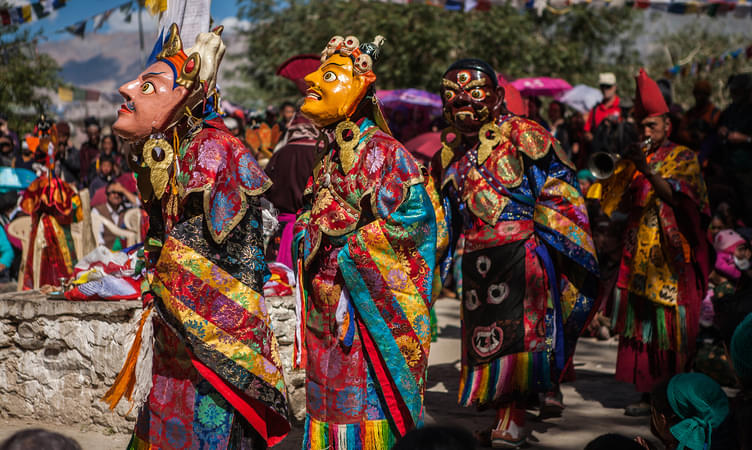
Stongdey Gustor is one of the traditional festivals celebrated in Ladakh, held every July at the Stongdey Monastery in the remote Zanskar region. It is held for 2 days and includes prayers, rituals, and Cham dances performed by monks from the Gelugpa school of Tibetan Buddhism. These masked dances tell stories from Buddhist teachings, often showing the fight between good and evil.
The monastery is located at a height of over 500 metres and is the second-largest in Zanskar. During the festival, it becomes a hub of all the celebrations, with locals from nearby villages gathering to take part. Many travellers plan their 6-day Ladakh trip around these festivals to get a closer look at the region’s cultural roots and traditions.
When is it celebrated: July 13-14
Where is it celebrated: Stongde Monastery (in Zanskar)
Karsha Gustor

Karsha Gustor is one of the festivals in Ladakh held every summer at Karsha Monastery, the largest gompa in Zanskar, around 8 kilometres from Padum. Celebrated on the 28th and 29th days of the fifth Tibetan lunar month, this Leh Ladakh festival marks the victory of good over evil. One of its defining aspects is the selection of a layman rather than a traditional oracle, to predict the future. Chosen and spiritually prepared by the monks, this individual plays a central role in the ritual proceedings.
The festival includes sacred Cham dances performed by monks of the Gelugpa order, with the Black Hat dance(form of Zhanak Cham), being one of the key highlights. These rituals are believed to ward off negative energies and the festival is concluded with the destruction of the Storma, a sacrificial cake that represents evil. Local residents also join the celebrations with folk performances and the monastery turns into a centre of devotion, tradition, and cultural unity in the heart of Zanskar Valley.
When is it celebrated: 22nd–23rd July
Where is it celebrated: Karsha Monastery (Padum Valley of the Zanskar region)
Korzok Gustor

Korzok Gustor is a unique Ladakh festival celebrated at the centuries-old Korzok Monastery, set against the pristine backdrop of Tso Moriri Lake in the Changthang region. Founded by Kunga Lodro Ningpo over 300 years ago, the monastery belongs to the Drukpa lineage of Tibetan Buddhism. One of the many two-day festivals of Ladakh, usually held in July or August, features sacred Cham dances performed by monks wearing traditional masks that represent guardian deities.
A highlight of the festival is the attendance of Changpa nomads, who arrive in large numbers, dressed in traditional attire, bringing with them the essence of Ladakh’s nomadic culture.
The festival concludes with the destruction of the Storma, a ritual symbolising the victory of good over evil. If you're booking a 12-day Ladakh tour package around this time, make sure it includes Korzok Gustor, it's a great way to experience local culture, and the stark beauty of Ladakh in one trip.
When is it celebrated: 27-28 July
Where is it celebrated: Korzok Monastery (located on the shores of Tso Moriri)
Sani Naro Nasjal

When is it celebrated: 08-09 August
Where is it celebrated: Sani Monastery (Near Sani Village, North of Padum)
Diskit Gustor
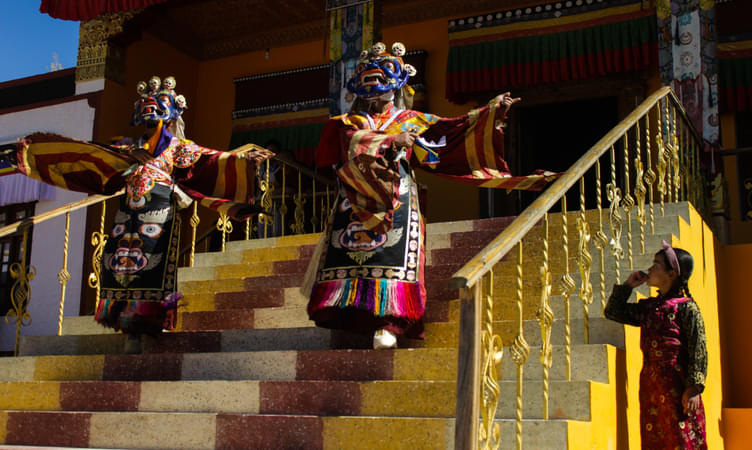
Diskit Gustor is one of the major festivals celebrated in Ladakh, held annually at Diskit Monastery in Nubra Valley. As the largest and oldest surviving monastery in the region, Diskit Monastery overlooks the valley and the Shyok River. During the two-day celebration in October, it becomes the centre of local life. Residents from across the valley gather here to mark the age-old ritual of good triumphing over evil. Monks from the Gelugpa order perform the Cham dance. Songs are played and sung throughout the festival, with both locals and travellers joining in. The sound of longhorns and cymbals echoes through the valley, played not just by monks but also by those who come to be part of the celebration. Towards the end of the festival, the Storma effigy is burned, symbolising the defeat of evil and the arrival of peace and good fortune.
Around 5.5+ Lakh devotees attend this festival, making it one of the largest gatherings in Nubra. If you’re in Ladakh in October, attending Diskit Gustor is your chance to witness the spirit and strong community bonds of the region.
When is it celebrated: 19-20 October
Where is it celebrated: Diskit Monastery (in Nubra Valley)
Thiksey Gustor
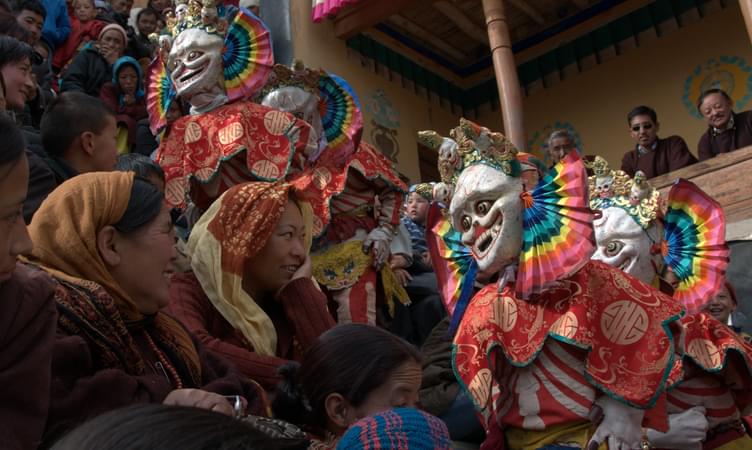
Thiksey Gustor is a main festival of Ladakh, observed each year at Thiksey Monastery, approx. 19 kms from Leh. Thiksey Gustor is among the main festivals of Ladakh, held at Thiksey Monastery, approx. 19 kms from Leh. It usually takes place in late October or early November in Ladakh, just before the Losar celebrations begin. The two-day event draws locals from nearby villages and a fair number of travellers who are keen to understand how deeply traditions run in this part of the country.
The day starts early with prayers by the monks. Soon after, the courtyard fills up as monks perform Cham dances (elaborate masked and costumed dance). Wearing silk robes and heavy masks representing protectors from Buddhist texts, they move to the beat of longhorns, cymbals, and drums. One of the more talked-about performances is the Black Hat dance, which builds up to the burning of the Storma, an effigy meant to cast away negativity.
What also stands out during Thiksey Gustor is the careful construction of sand mandalas. These intricate artworks represent deities like Chakrasamvara and Vajravairava and are made using coloured powdered stone. It’s a slow and detailed process, carried out with patience and focus. Once complete, they wipe off the mandala as the final ritual, a reminder that nothing lasts forever.
When is it celebrated: 08-09 November
Where is it celebrated: Thiksey Monastery ( Southeast of Leh, on a hill above the Thiksey village)
Chemrey Wangchok
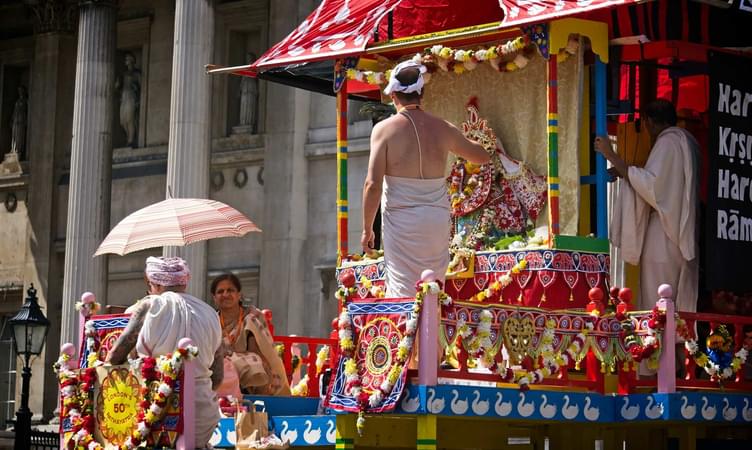
A lesser-known yet culturally significant Ladakh festival, Chemrey Wangchok is held at the 15th-century Chemrey Monastery, about 40 km from Leh. This two-day festival usually falls in November, on the 28th and 29th days of the ninth month of the Tibetan lunar calendar. Unlike the more touristy festivals, Chemrey Wangchok is just as important to the locals and closely tied to daily monastic life. The festival is preceded by a week-long period of silent meditation by the monks of the Drukpa lineage, setting the tone for the rituals that follow.
Over the course of the festival, monks perform Cham dances in the monastery courtyard. These ritual dances, carried out in elaborate robes and masks, are rooted in centuries-old teachings. They symbolise the clearing of obstacles and the triumph of good over harmful forces.
Chemrey Wangchok isn’t grand in scale, but it’s deeply tied to the daily life and traditions of the monastery. For those planning a trip from Delhi to Leh Ladakh, attending this festival offers a chance to experience a quieter, more rooted side of the region’s traditions.
When is it celebrated: 18--19 November
Where is it celebrated: Chemrey Monastery (East of Leh, north of Hemis Monastery)
Galdan Namchot
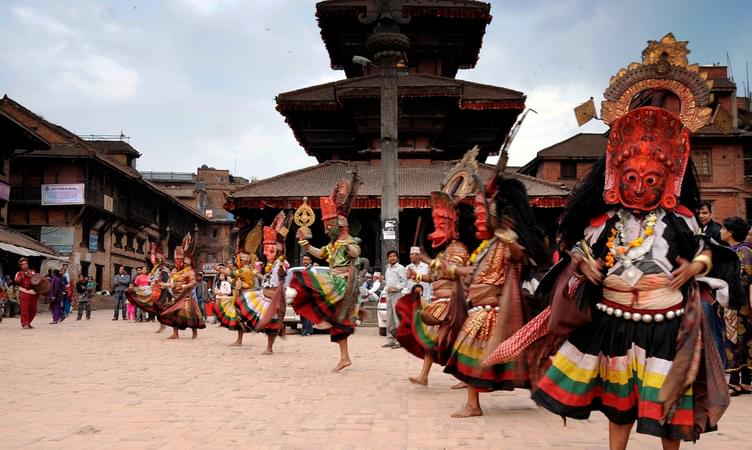
Galdan Namchot is one of those winter traditions festival in Ladakh that brings people together to celebrate once the harsh winter sab subsided. Observed on the 25th day of the tenth month in the Tibetan calendar, Galdan Namchot is Ladakh’s own ‘festival of lights’. This Leh Ladakh festival is celebrated in December and marks the birth and enlightenment of Je Tsongkhapa, the man behind the Gelugpa school of Tibetan Buddhism. More than just a religious day, it also signals the beginning of the New Year celebrations in Ladakh.
Butter lamps flicker on windowsills, in monasteries, and across rooftops. You’ll find families prepping bowls of thukpa, shaping momos, some even pulling out old recipes that only surface during winter. People make their rounds of visiting relatives, eating together, and exchanging khataks (scarfs) as a gesture of goodwill.
There are no loud drums or elaborate processions, but people do exchange warm wishes and greetings. Galdan Namchot, a Leh Ladakh festival? that brings together community, food, and faith, making it a celebration that stays in people’s memories.
When is it celebrated: 14 December
Where is it celebrated: Across Ladakh
Ladakh Monlam Chenmo Festival

Where is it celebrated: Across Ladakh








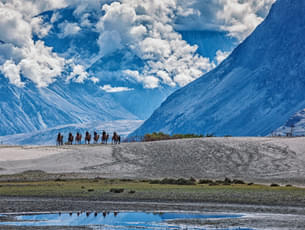



.jpg?w=305&h=230&dpr)
_jpg_auto_x2_colored_toned-transformed.jpeg?w=305&h=230&dpr)
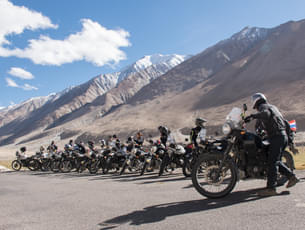

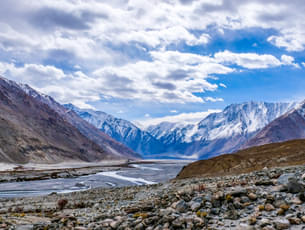
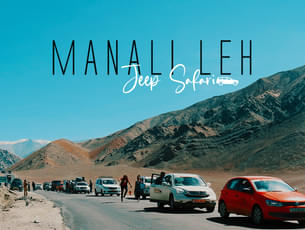

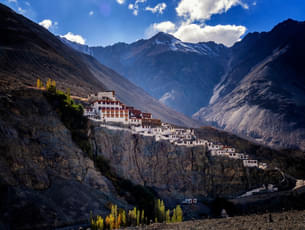

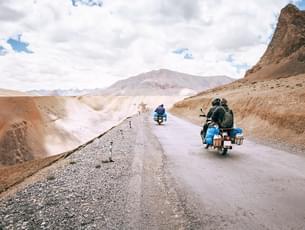
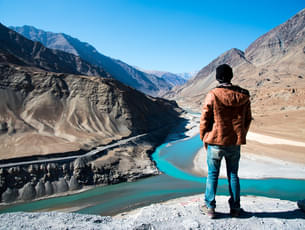
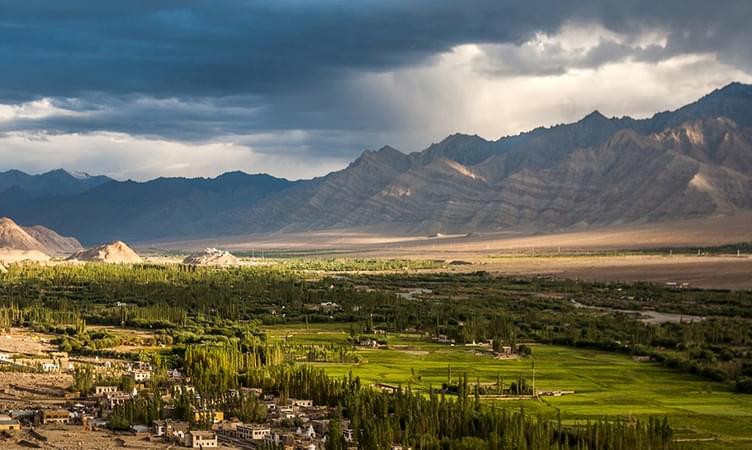






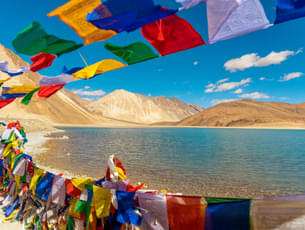


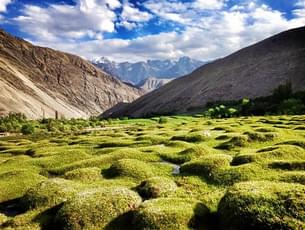
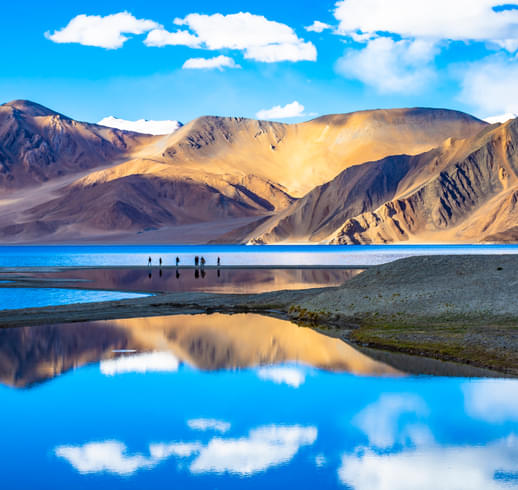

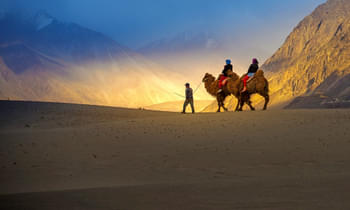
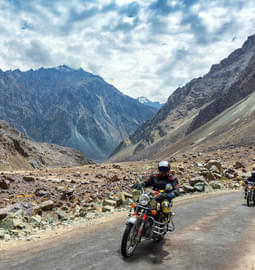










.jpg?gravity=center&width=255&height=270&crop=fill&quality=auto&fetch_format=auto&flags=strip_profile&format=jpg&sign_url=true)










